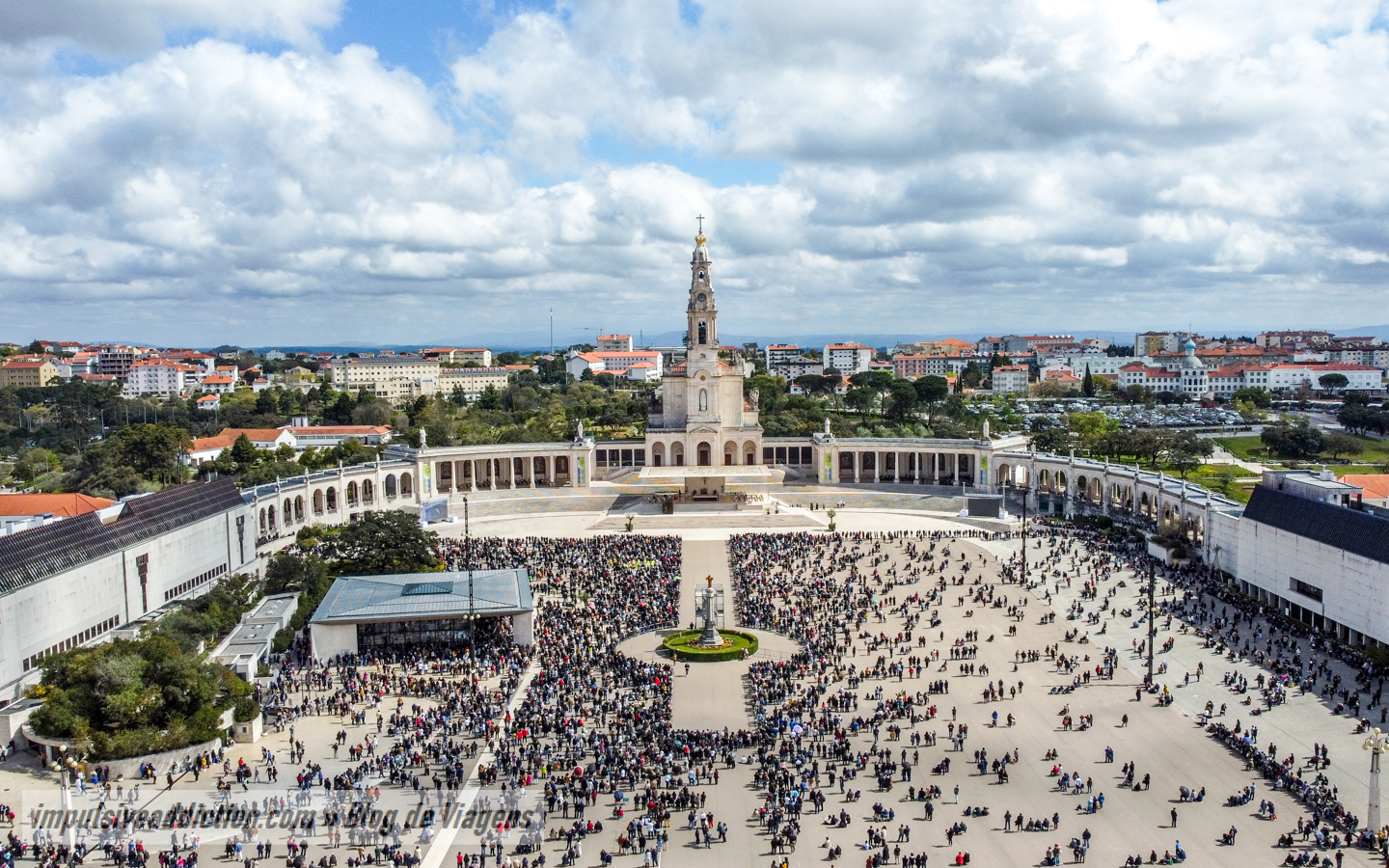Fátima is very well located in the center of Portugal, with excellent access via the A1 highway. There are few Portuguese who have not yet visited its sanctuary, and who do not know the story of the little shepherds and the miracles and apparitions of Our Lady associated with them. This is one of the most popular Christian pilgrimage sites in Europe, did you know?
This article is for you, regardless of whether or not you are visiting Fátima for the first time. I’ll tell you all the main must-see sights, and even extra tips on amazing places that go unnoticed by most visitors. I will also share everything you need to know to visit some of the best surroundings, such as Ourém and its medieval town, as well as the most impressive caves in Central Portugal, located in the natural park of Serras de Aire and Candeeiros.
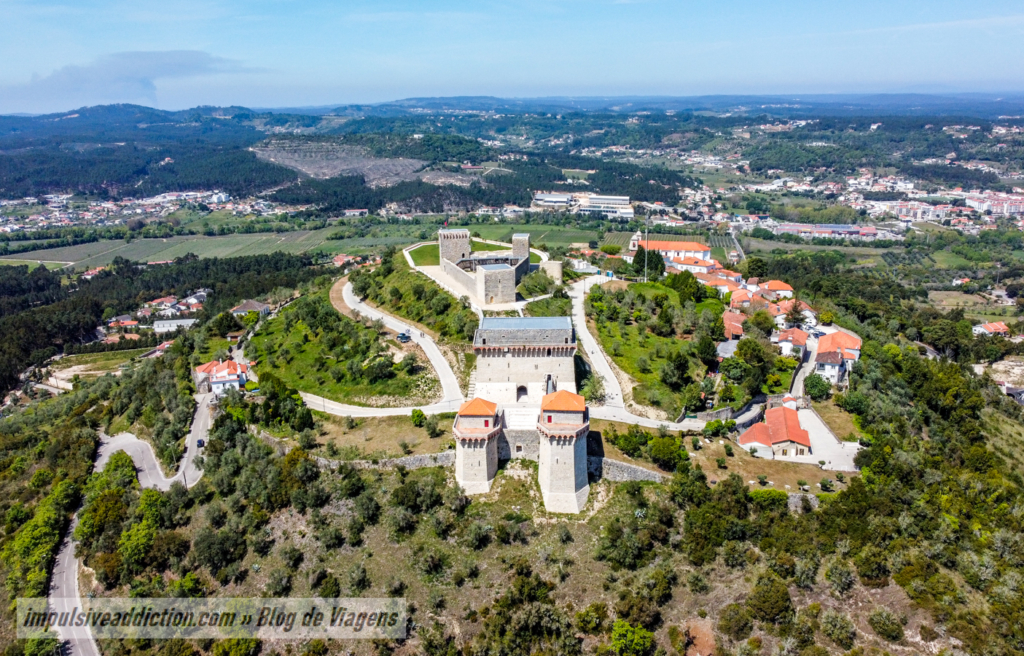
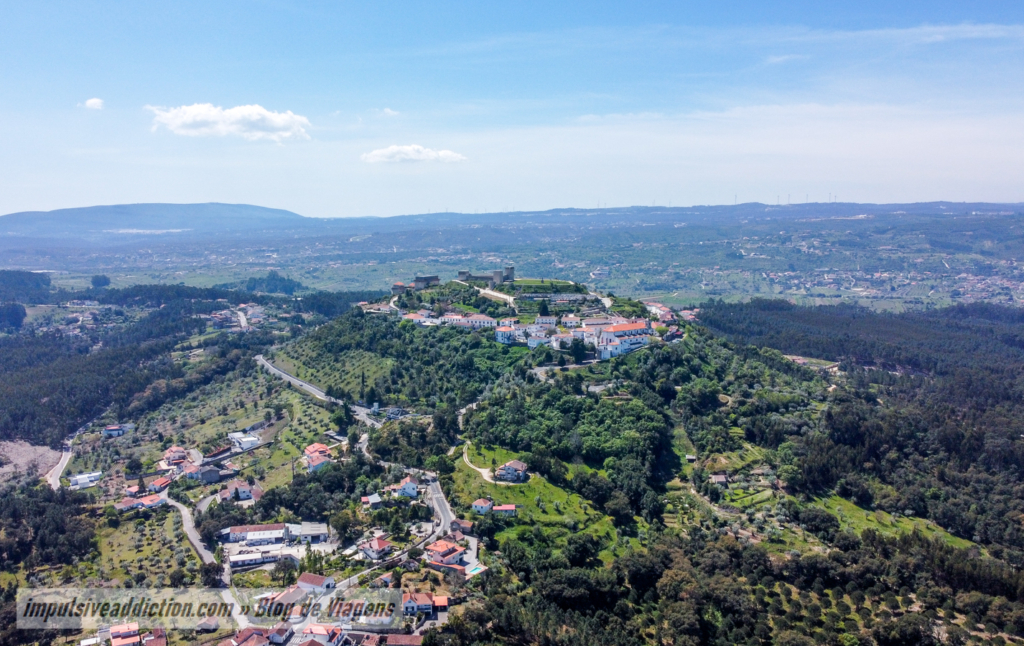
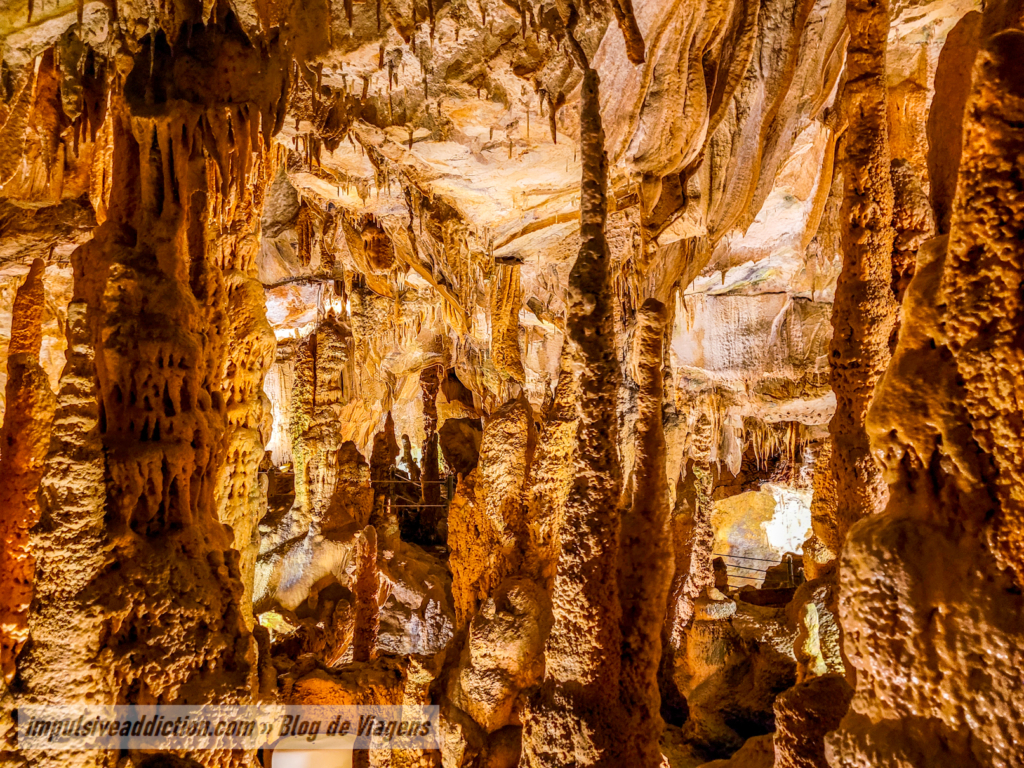
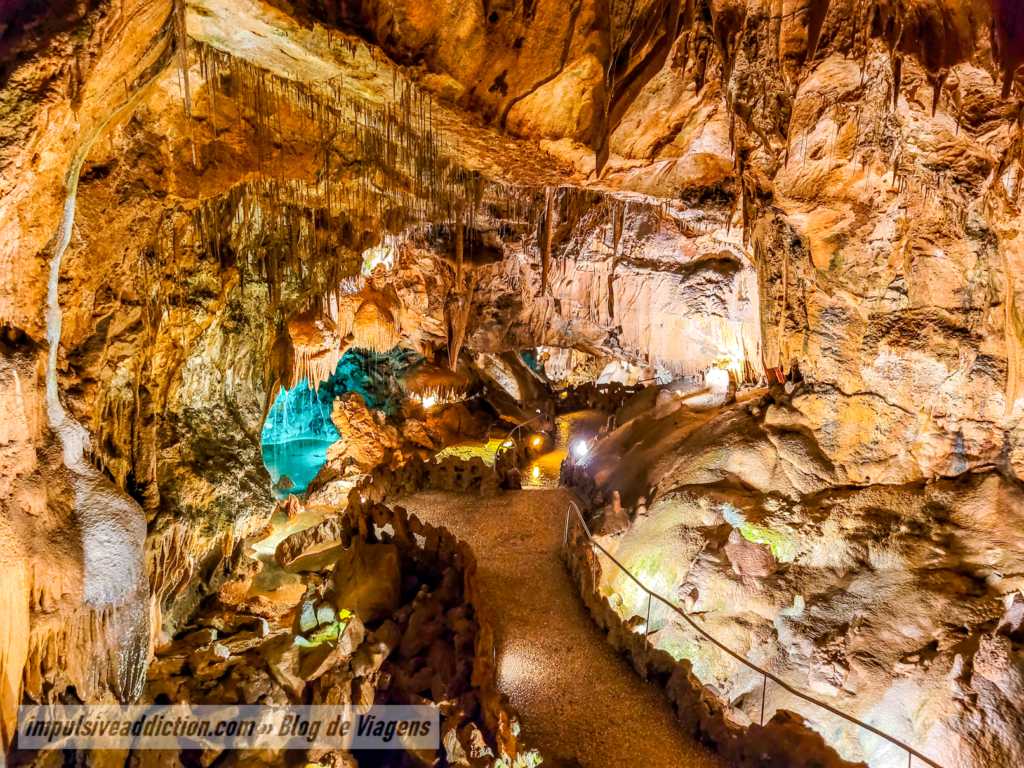
Where is Fátima located, in Portugal?
Fátima is a city located in the district of Santarém, but very close to Leiria. It is part of the municipality of Ourém in Central Portugal.
MORE ARTICLES FROM CENTRAL PORTUGAL: - Things to do in Espinho - Things to do in Ovar - Things to do in Aveiro - Aveiro to Costa Nova - Best beaches in Aveiro - Things to do in Mira beach - Things to do in Coimbra - Schist Villages in Portugal - Things to do in Figueira da Foz - Visit Monsanto in Portugal - Historical Village of Piódão - Historical Villages of Portugal - Things to do in Leiria - Visit Batalha Monastery and surroundings - Visit Alcobaça Monastery and surroundings - Visit Mira de Aire Caves - Things to do in Nazaré - Things to do in Peniche - Best beaches in Peniche - Visit Berlenga Island - Best beaches in Ericeira - Visit Ursa Beach - Best Beaches in Sintra - Best Beaches in Cascais - Best Costa da Caparica beaches - Best beaches in Setúbal - Best Beaches in Sesimbra - Visit Ribeiro do Cavalo Beach - Best beaches in Tróia, Comporta and Melides
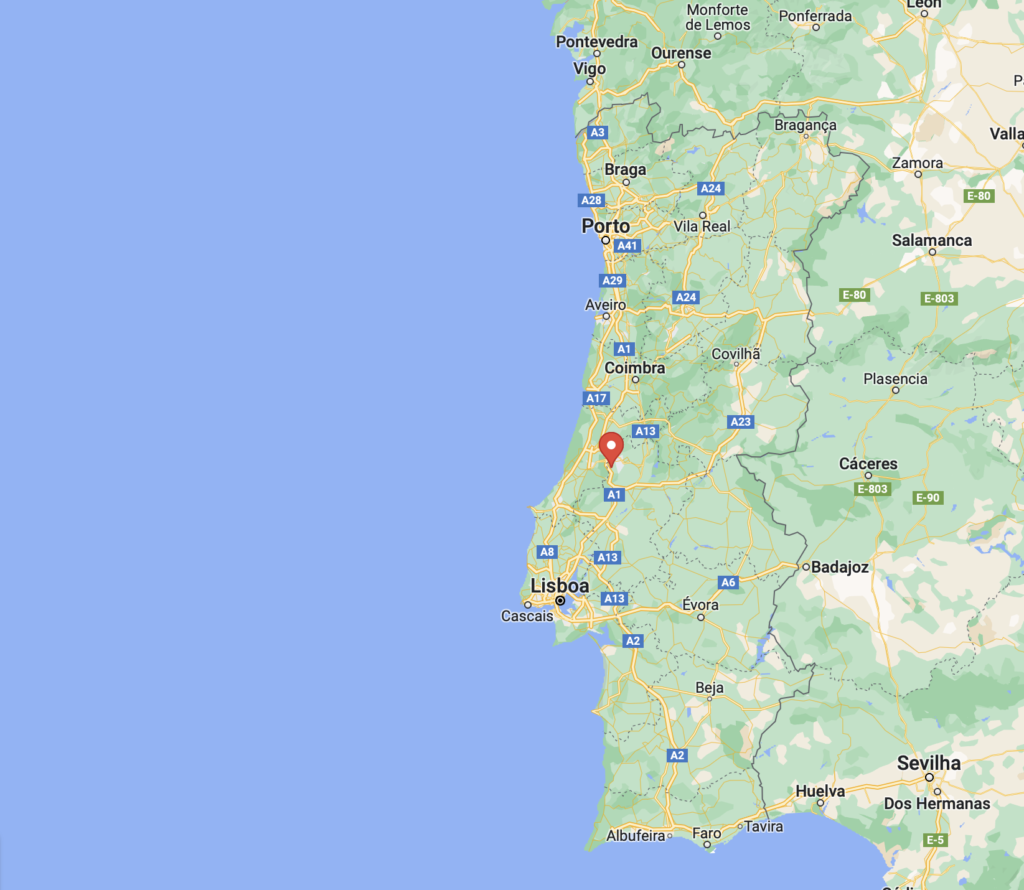
Brief Summary of Fatima Apparitions
Fatima was a totally unknown village until 1917, dedicated to agriculture and pastoralism. That year it became known throughout the world for the apparitions of Our Lady to the 3 little shepherds (Lúcia, Jacinta and Francisco), which took place between May 13 and October 13: 5 times in Cova da Iria, and once in Valinhos area.
Earlier, in 1916, an Angel had appeared to the same shepherd children at Loca do Cabeço and next to Poço do Arneiro, in Aljustrel. All these places can be visited today by walking along Via Sacra, with the houses of the shepherds open to the public in the village of Aljustrel, where they were born.
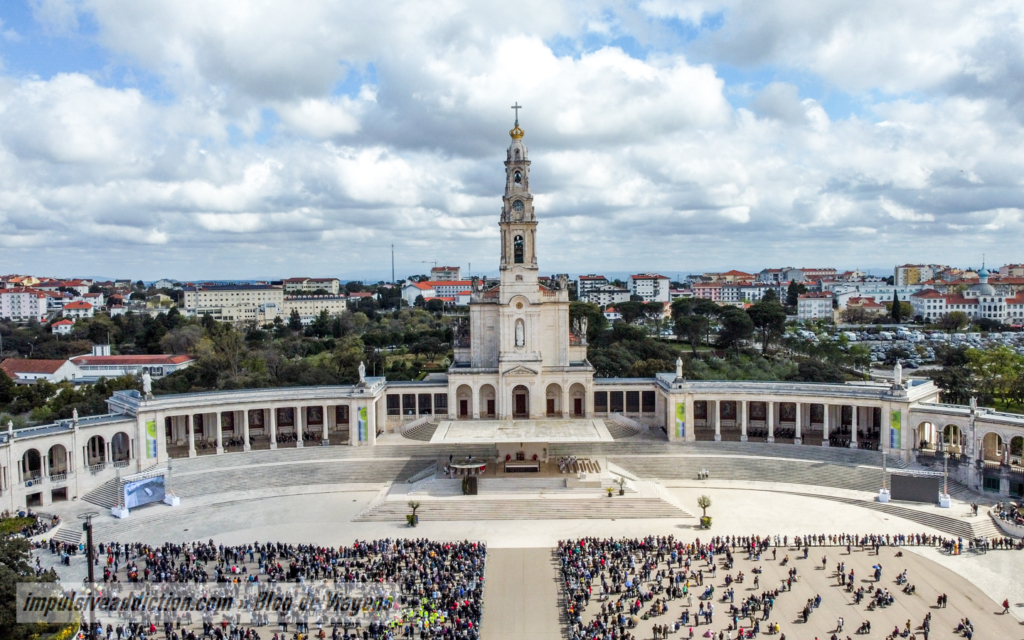
In the last apparitions, thousands of people joined the 3 little shepherds. On October 13th, the Miracle of the Sun took place, in which the sun supposedly danced and rotated in the sky. It was on that day that Our Lady ordered the construction of a chapel in her honor (Nossa Senhora do Rosário), a chapel that appeared in 1919 as Capelinha das Apariões (Chapel of the Apparitions).
The Sanctuary has expanded over the years, now having two basilicas and a gigantic prayer square. If you want to know more about the history of the shepherd children of Fátima, stay tuned for the suggestions of museums that I will leave in this article, as there are two museums dedicated to this theme, next to the Sanctuary. You will also find many books about their history for sale if you prefer.
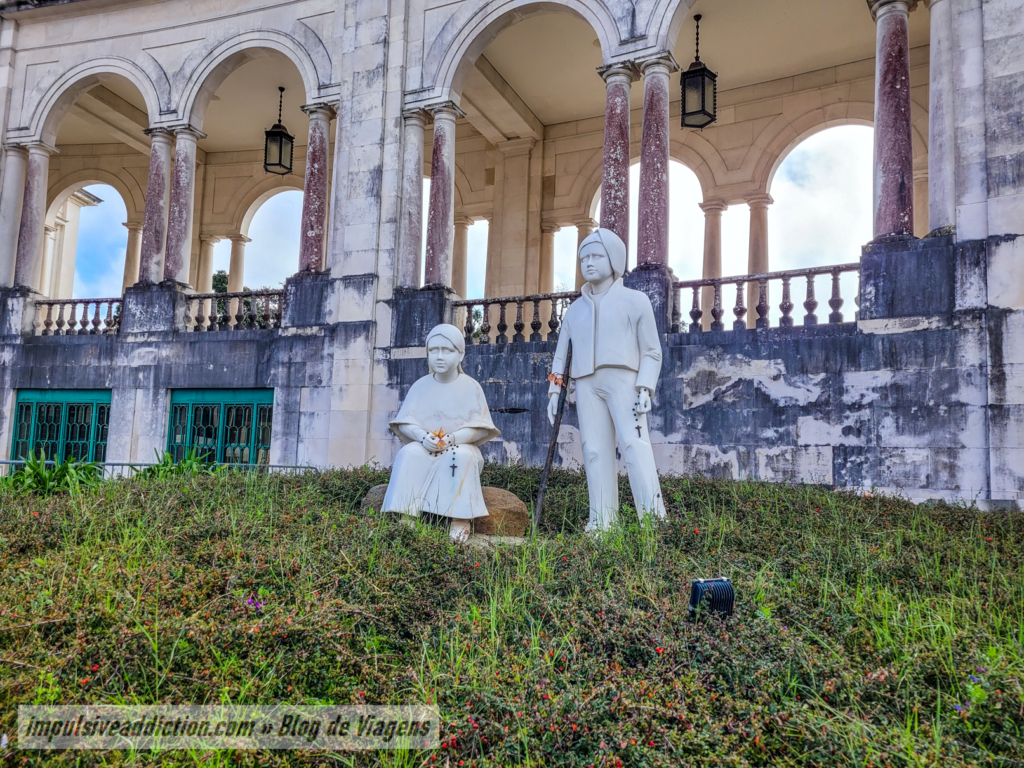
How to get to Fátima?
Be careful if this is your first time in Portugal and visiting Fátima. There is a train station called Fátima between Porto and Lisbon, however it is more than 25km from the sanctuary! If traveling around Portugal by public transport, my recommendation is that you use buses to get to Fátima, for example the express buses from Rede Expressos.
If you have a car to visit Fátima, even better. This will be the best way to move around the region, visiting not only the sanctuary, but also other places that I will write about in this post. If you don’t have your own car, consider renting one with Discover Cars, which I always use on my own trips abroad.
If you want to visit Fátima but haven’t bought tickets to Portugal yet, I recommend that you use Skyscanner or Google Flights to do a search before buying them, comparing prices and flight conditions. You have many connections with Porto or Lisbon from abroad.
Note that you can still get to Fatima on a guided tour from Porto or Lisbon. If you just want to visit the essentials of Central Portugal, this may be a nice choice for your itinerary: 1 - From Lisbon: Fatima, Obidos, Batalha and Nazaré Group Tour 2 - Lisbon: Fátima, Nazaré, Óbidos & São Martinho do Porto Tour 3 - Fátima and Coimbra Full-Day Tour from Porto 4 - Full-Day Fátima Tour from Lisbon 5 - From Lisbon: Fátima and Sintra Private Tour
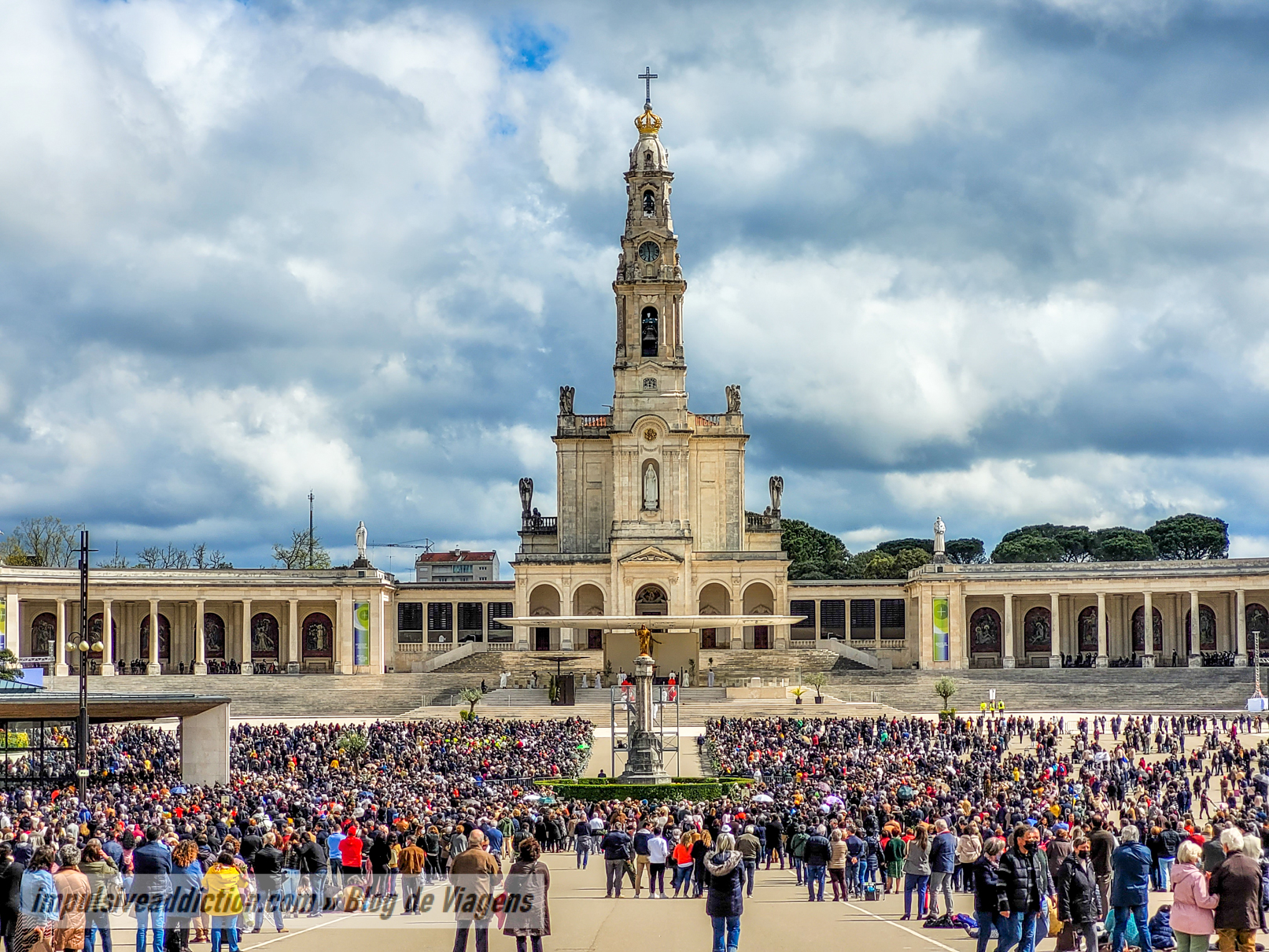
Take out Travel Insurance to visit Portugal
To be protected against several types of travel hazards, I also recommend that you take out travel insurance for your stay in Portugal, and I recommend to do it with World Nomads.
When to visit Fátima?
You can visit Fátima at any time of the year, without exception. However, if you want to feel the devotion to Our Lady with all its intensity, you have to do it on the dates of the main annual pilgrimages:
- On the 12th/13th of May, to attend the Candlelight Procession and the Farewell Procession. This was the date of the 1st apparition of Our Lady.
- On the 13th of October (date of the last apparition).
Whenever you go to Fátima, check the times of the main events on that date, on the official website of the sanctuary. So you can schedule yourself to go to confessions, be present at mass, etc. I specifically highlight the blessing of vehicles, which takes place on Sundays and holy days, for example. I’m Portuguese and whenever I go to Fatima I try not to miss it.
The dates indicated above are for the main pilgrimages, but you will always find a lot of people there, and many other religious events throughout the year, and every month. On the sanctuary’s website you will also find a calendar of events for every year, which you should check in advance, so that you can schedule your visit for the dates that interest you most.
If you’re planning to visit Fátima around Easter, you can’t miss the Medieval Town of Ourém, with a remarkable live recreation of Via Sacra! It is only a few kilometers from the sanctuary.
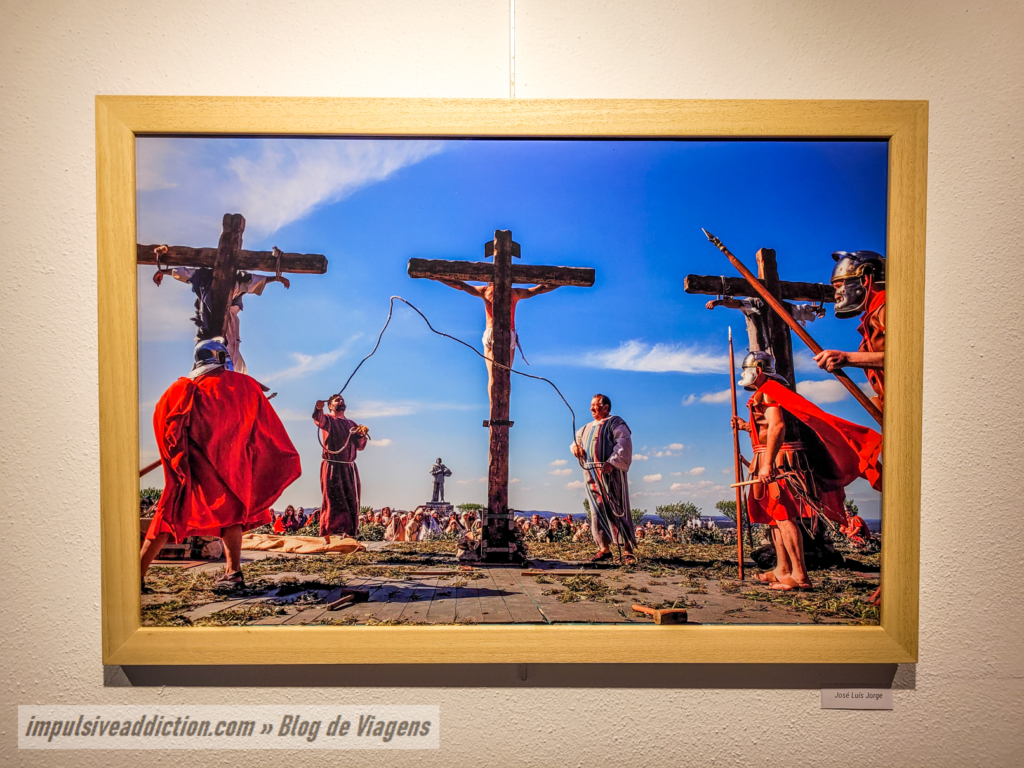
Guided Tours to visit Fátima
I have already shared tips for guided tours departing from Porto or Lisbon. But what about other tours to do directly once you are already in Fátima? Check it out below and do your own research on Get Your Guide and Civitatis websites.
GUIDED TOURS TO VISIT FÁTIMA: 1 - Fátima Guided Tour 2 - Aljustrel, Valinhos & Ourém Tour 3 - Private Tour in Fátima with local guide
Gastronomy on a visit to Fátima
In Ourém (county to which Fátima belongs) there is a very typical dish that is made at the time of the slaughter of the pig, called Friginada. It is made with pork and spare ribs, accompanied by beans, cabbage and Portuguese cornbread. You will also find good stewed lamb, good rabbit meat and of course Chicharo, also very traditional in the region.
For dessert, try the typical Arch’s Cake (Bolo do Arco). In the medieval town of Ourém you will find a reference to Ginjinha from the castle, a special drink that you shouldn’t miss either!
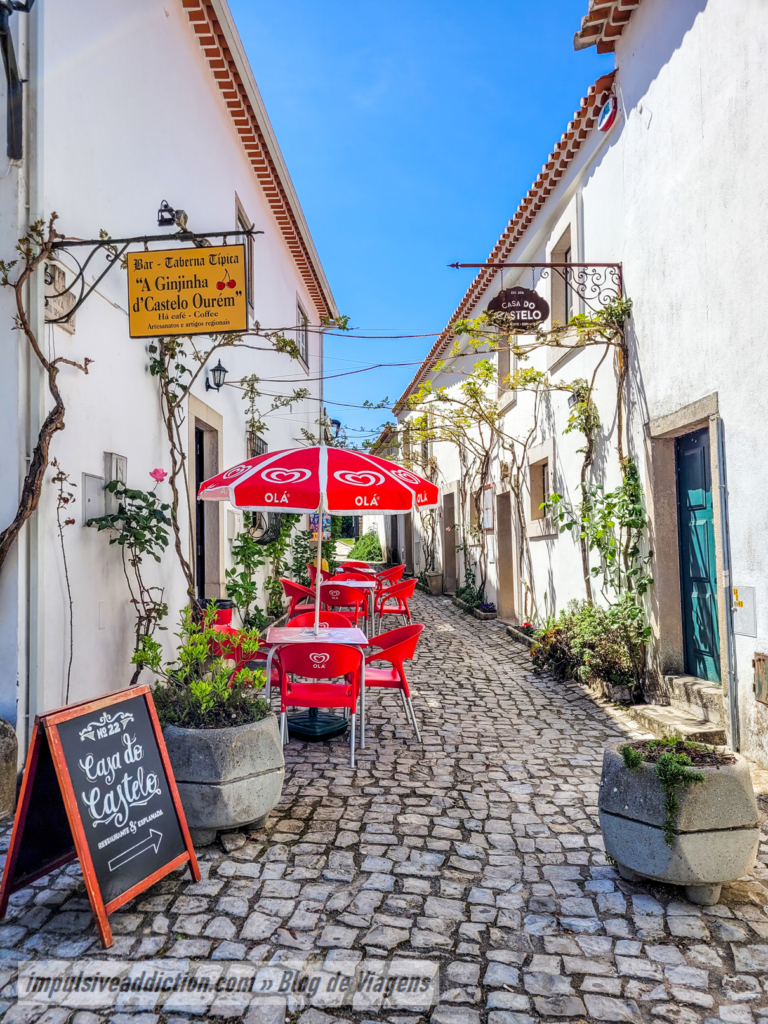
Restaurants in Fátima and Ourém
As far as restaurants are concerned, consider the next alternatives:
- Taverna da Matilde (in the Medieval Town of Ourém)
- Casa do Castelo (in the Medieval Town of Ourém)
- A Tasquinha (Fátima)
- Casa Plátano (Fátima)
- O Crispim (Fátima)
- Taberna do Bacalhau (Fátima)
- Restaurant Tia Alice (Fátima)
- Restaurant Manhãs (Fátima)
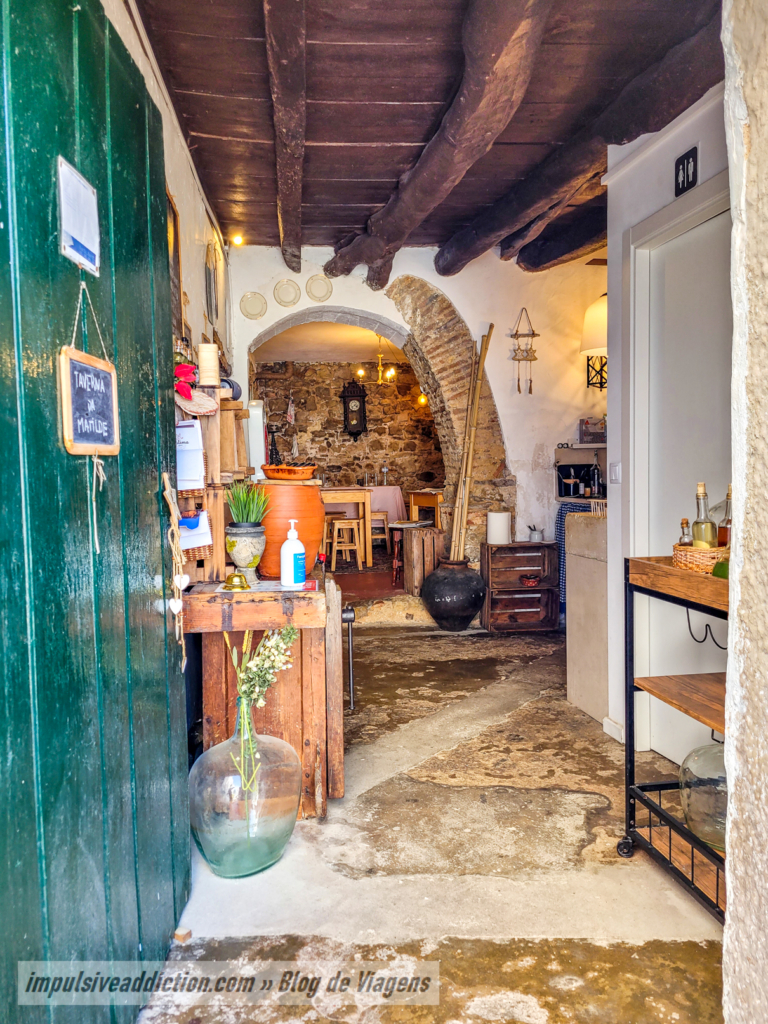
Accommodation tips to visit Fátima
| Accommodation | Score | Location |
|---|---|---|
| Hotel Dom Gonçalo & Spa | 8.8 | Fátima |
| Hotel Anjo de Portugal | 9.2 | Fátima |
| Luz Charming Houses | 9.5 | Fátima |
| Hotel Santa Maria | 9.1 | Fátima |
| Fátima Guesthouse | 8.9 | Fátima |
| Steyler Fátima Hotel | 8.9 | Fátima |
| Hotel Santa Isabel | 9.1 | Fátima |
| Hotel Fátima | 9.0 | Fátima |
| Hotel Avenida de Fátima | 9.0 | Fátima |
| Cova da Iria Hotel | 9.0 | Fátima |
| Consolata Hotel | 9.1 | Fátima |
| Aurea Fátima Hotel | 9.3 | Fátima |
| Hotel Rosa Mística | 9.0 | Fátima |
| Hotel Lagoa dos Pastorinhos | 9.2 | Fátima |
Best Things to do in Fátima | Portugal
At last, all things to do in Fátima and surroundings, for a 2 or 3 day itinerary. I believe that 3 days will be more than enough to get to know the whole region, dedicating a complete day to Fátima and near surroundings, another day to Ourém and Medieval Town, and a 3rd day to visit the best caves in Central Portugal. 😉
Map | Things to do in Fátima
First of all, I leave you with a detailed interactive map with everything you can find in the region. The sights that I will mention in this article are all identified here. 😉
Visit the Sanctuary of Fátima
I start at the Sanctuary of Fatima. If you visit it by car, try parking in car parks 11, 12 or 13, which in my opinion are the best located, with the Tourist Office nearby.
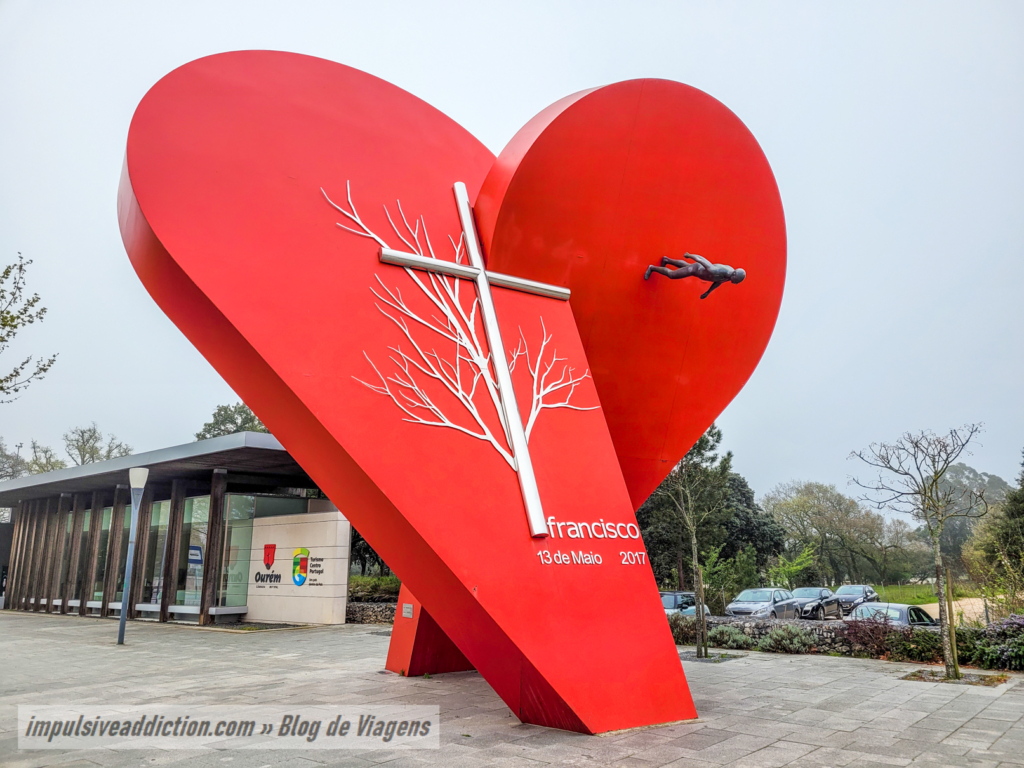
1. Basilica of the Holy Trinity and High Cross
From the identified car parks, you will reach the sanctuary enclosure through the back of the Basilica of the Holy Trinity. Standing out are the statues around it, of the previous Popes of the Catholic Church, for example the Statue of Pope John Paul II. Also be sure to admire the High Cross, 34 meters high.
About the Basilica of Holy Trinity, it is quite recent, having been inaugurated in 2007, despite being planned since 1973. It is a circular building with 125 meters in diameter and capacity for almost 8700 seats. It has several entrance porticoes, but it is the main portico that draws the most attention, being made of bronze, 8 meters high.
I cannot fail to mention the small chapels in the catacombs of the Basilica, for example, the Chapel of Reconciliation, where confessions take place, and the Chapels of the Death of Jesus, of the Resurrection of Jesus and of the Blessed Sacrament.
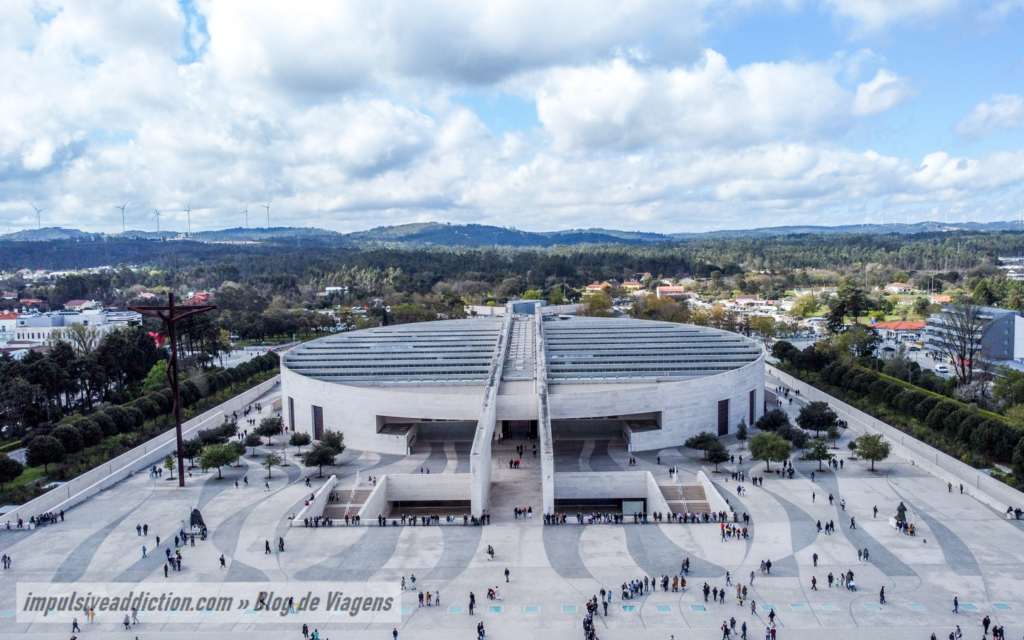
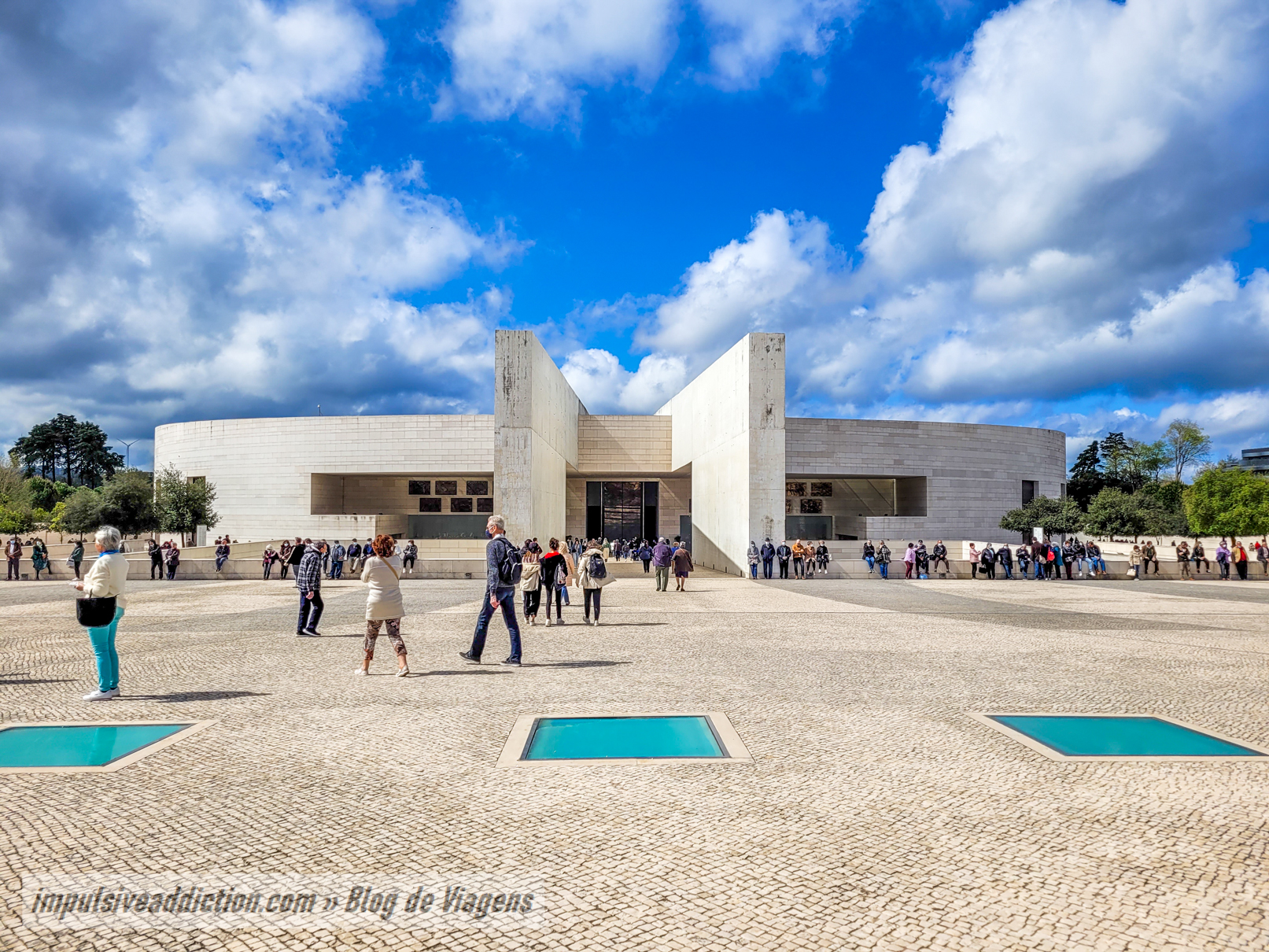
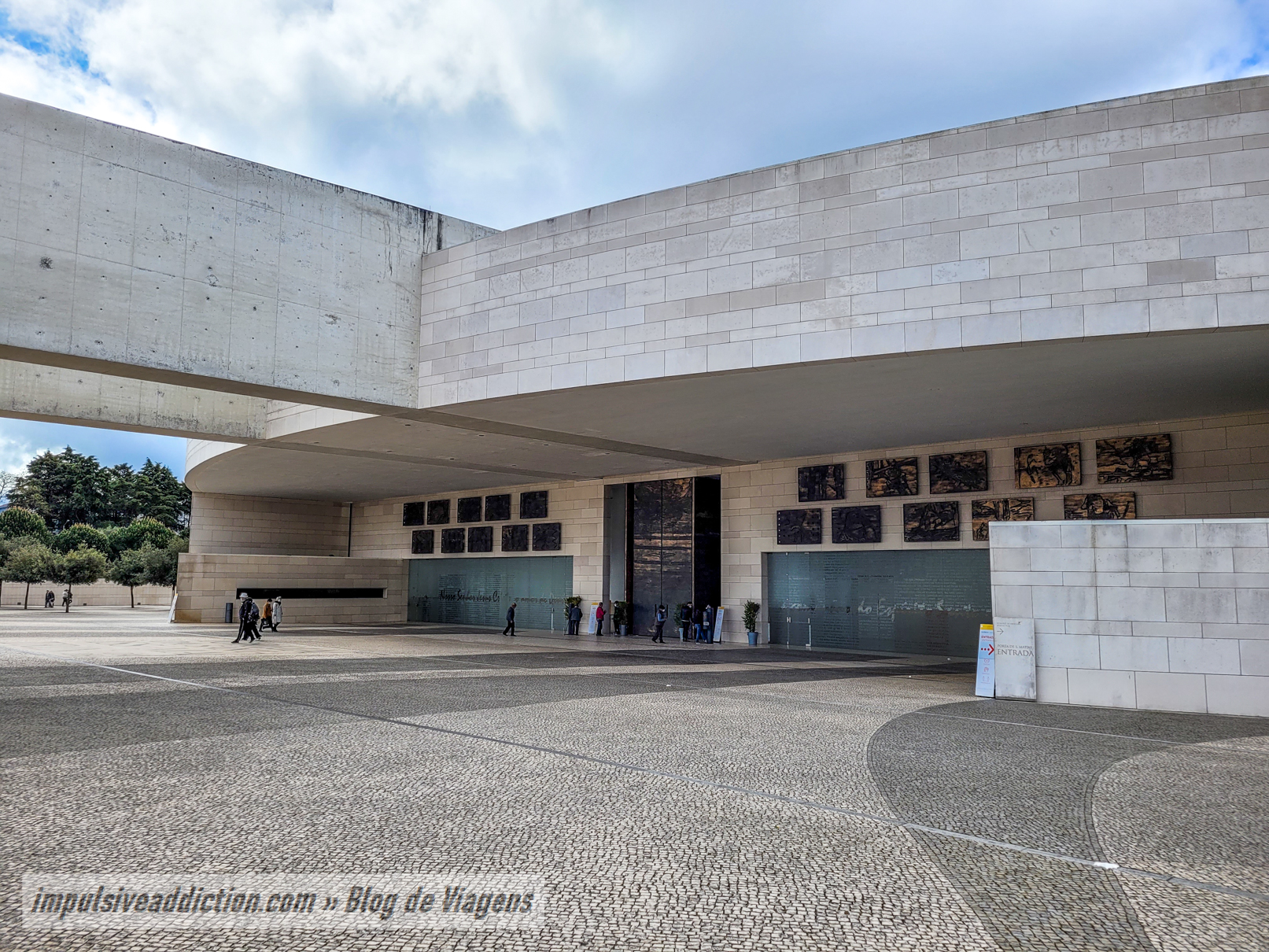
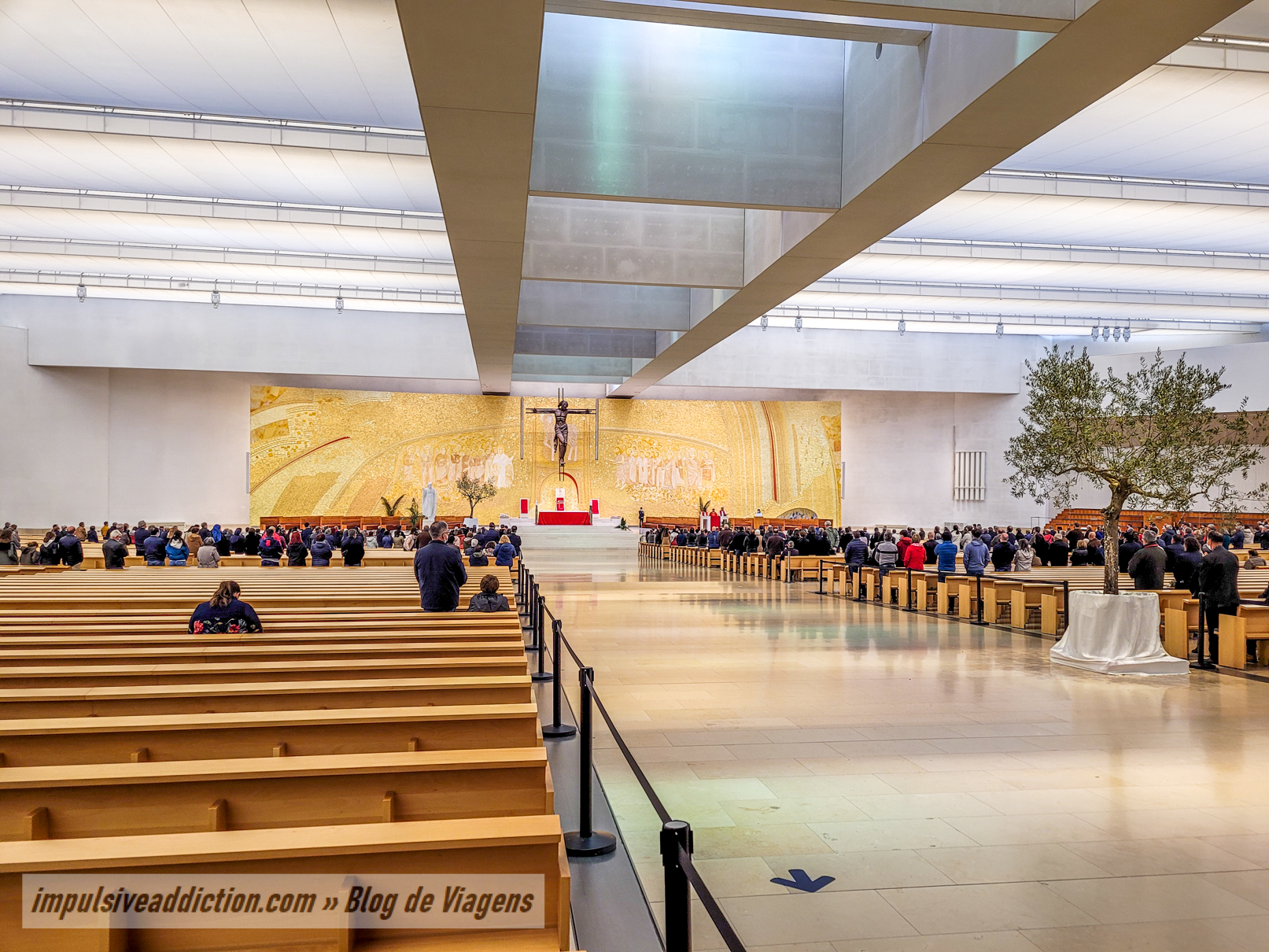
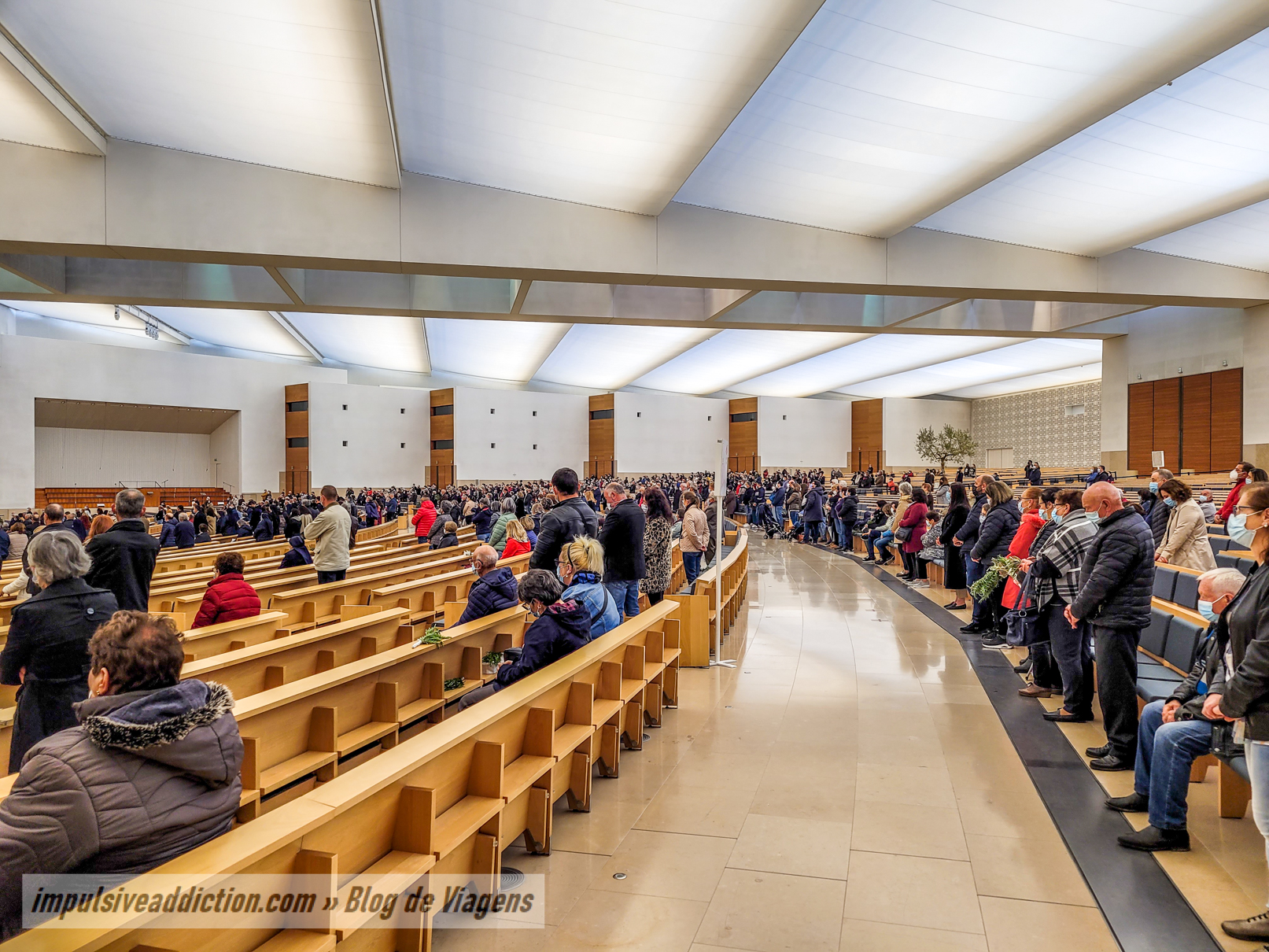
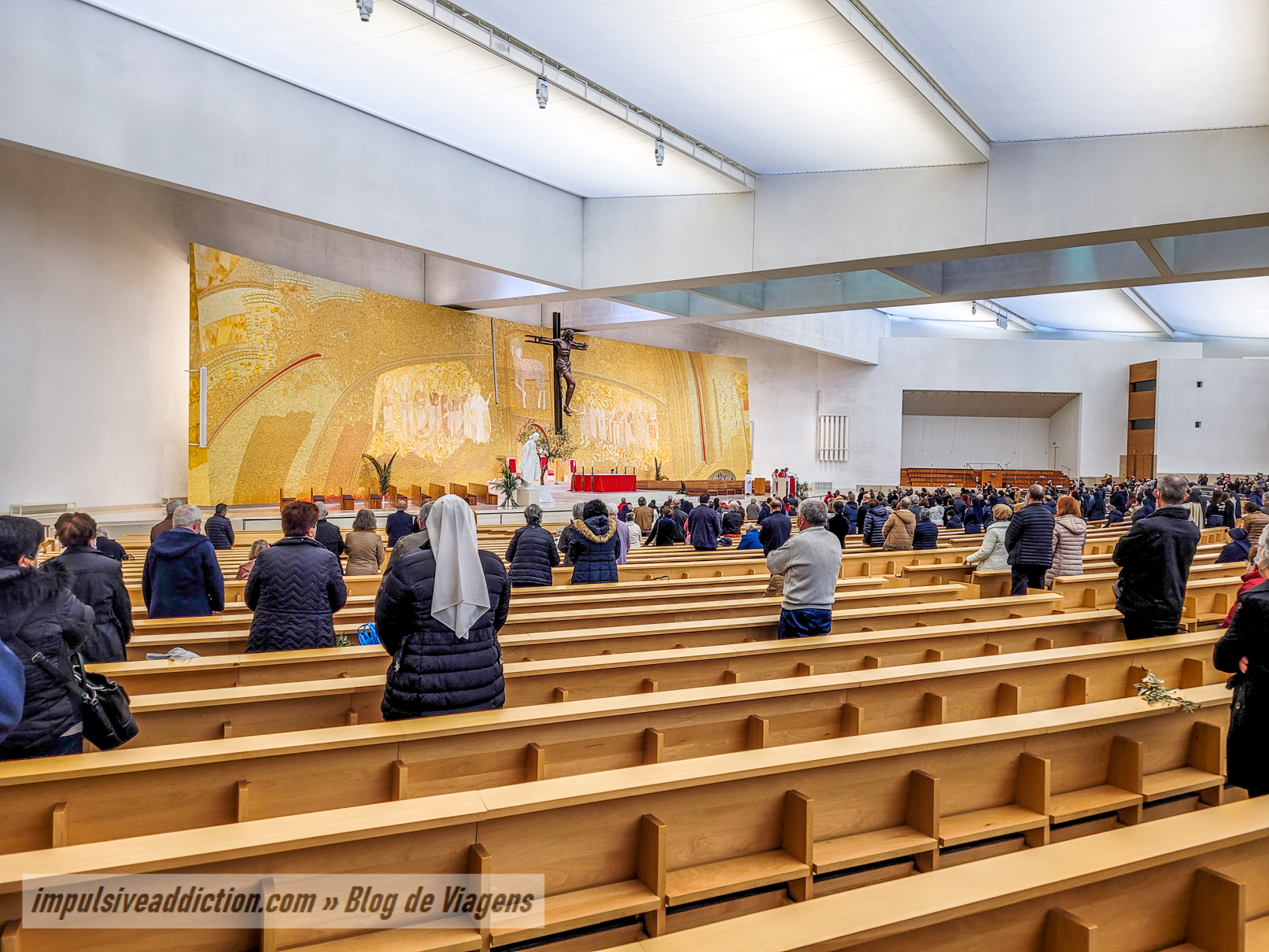
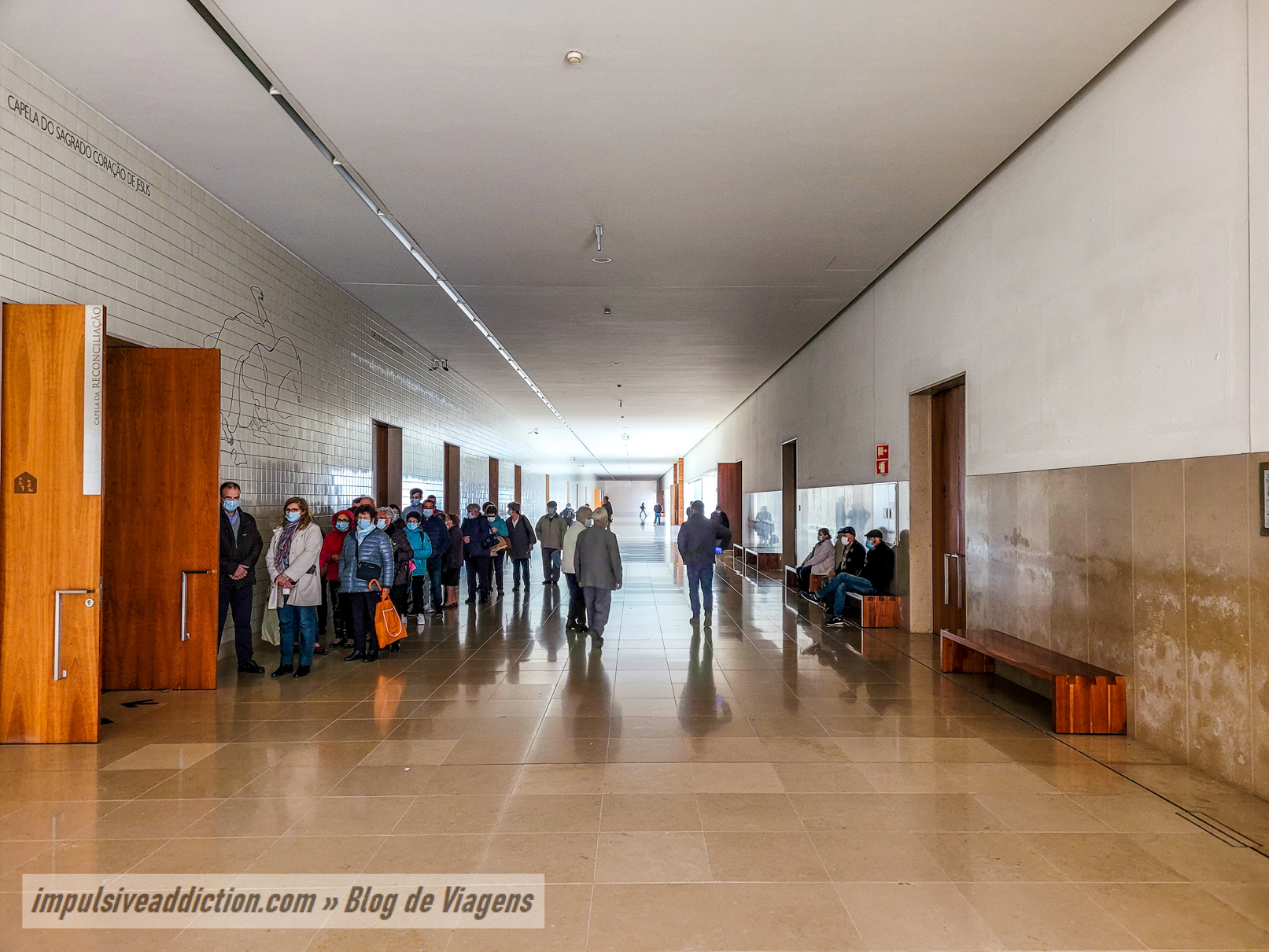
2. Prayer Area of the Sanctuary of Fátima
What impresses most about the Sanctuary of Fátima is the prayer area or square that extends from the Basilica of the Holy Trinity to the Sanctuary of Our Lady of Rosary. The view you get from the High Cross is sublime.
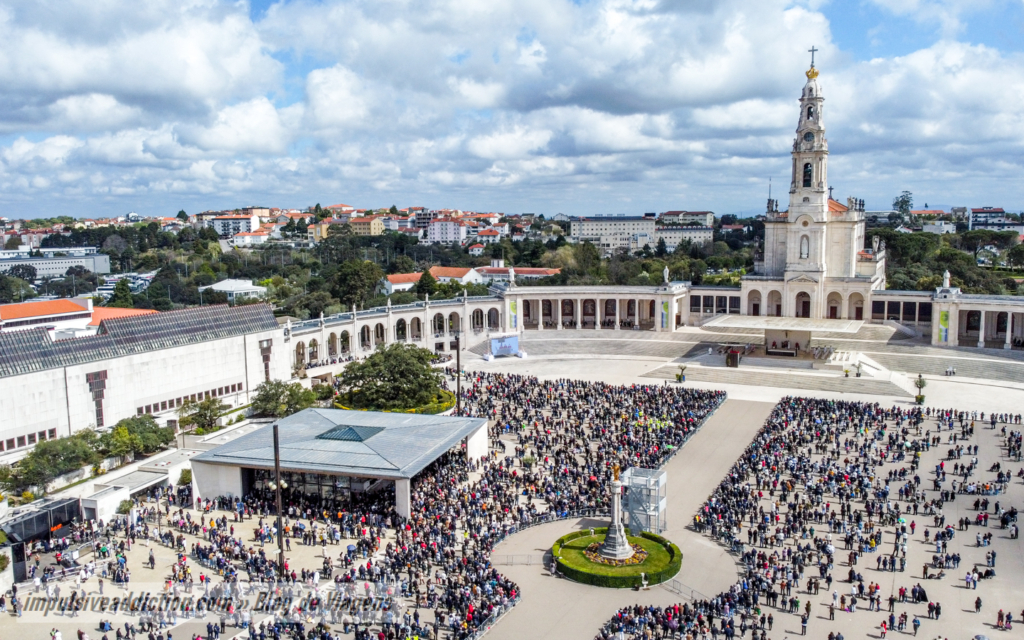
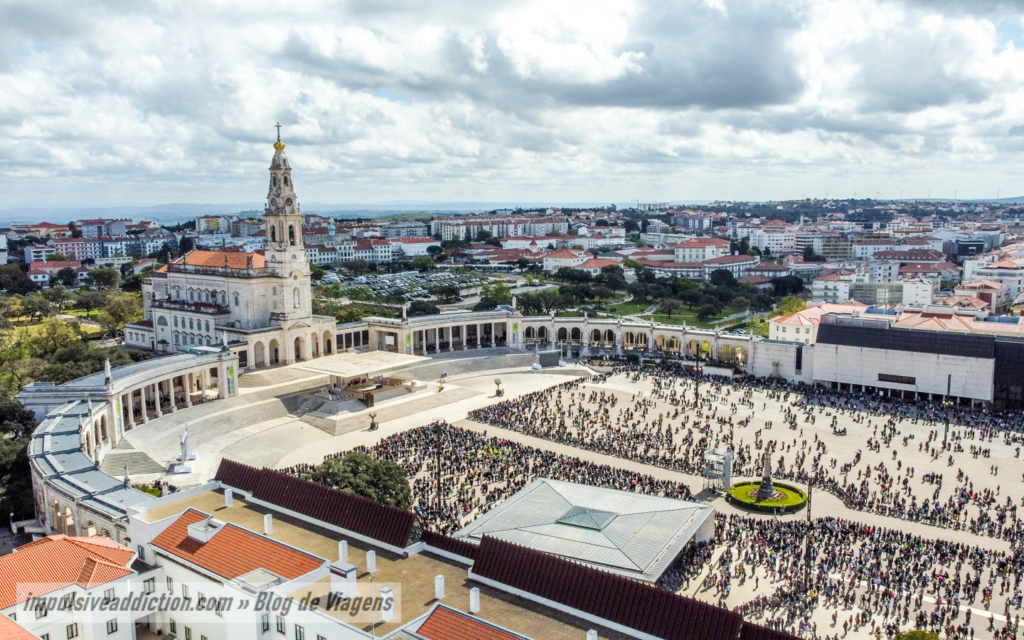
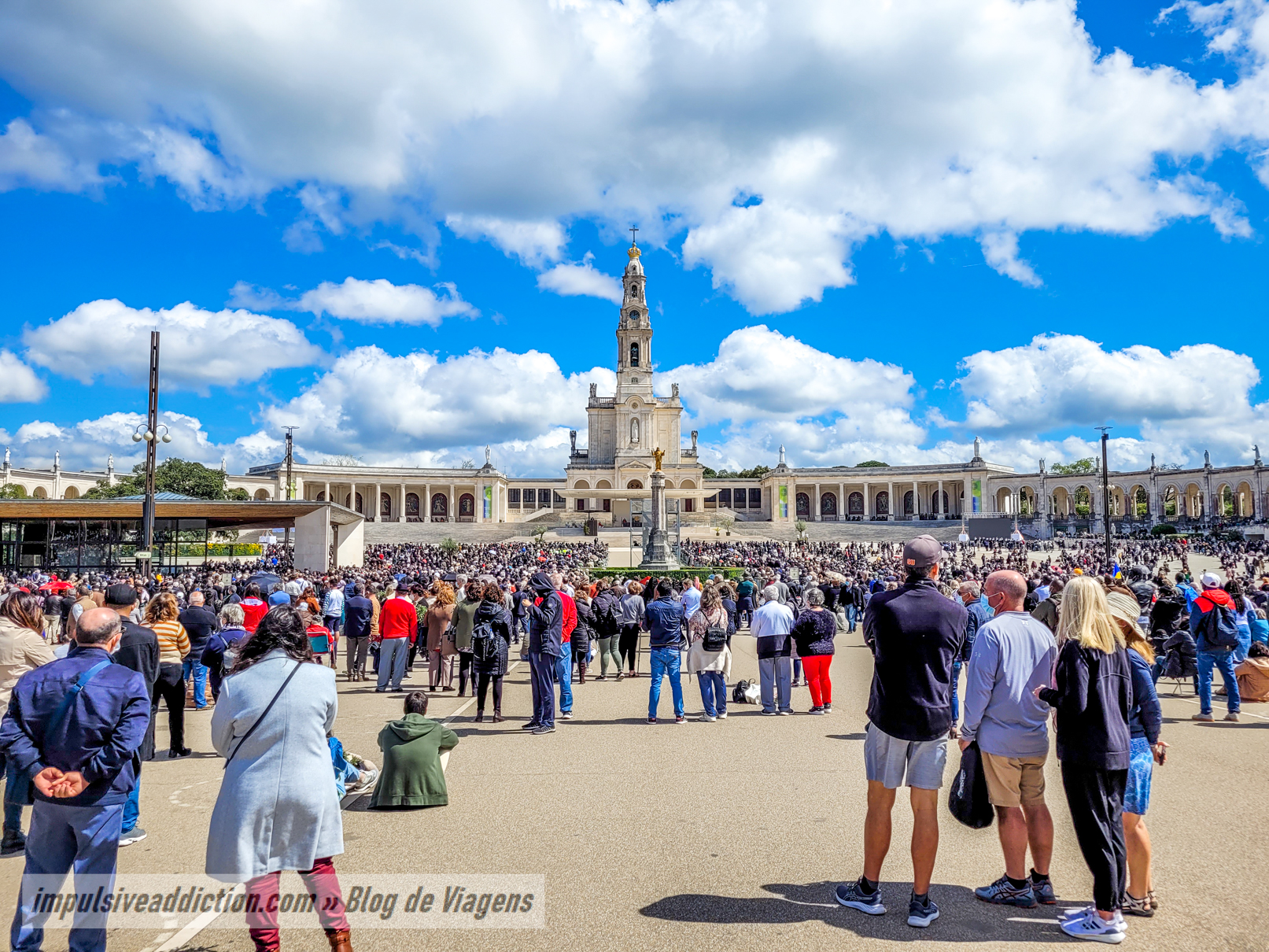
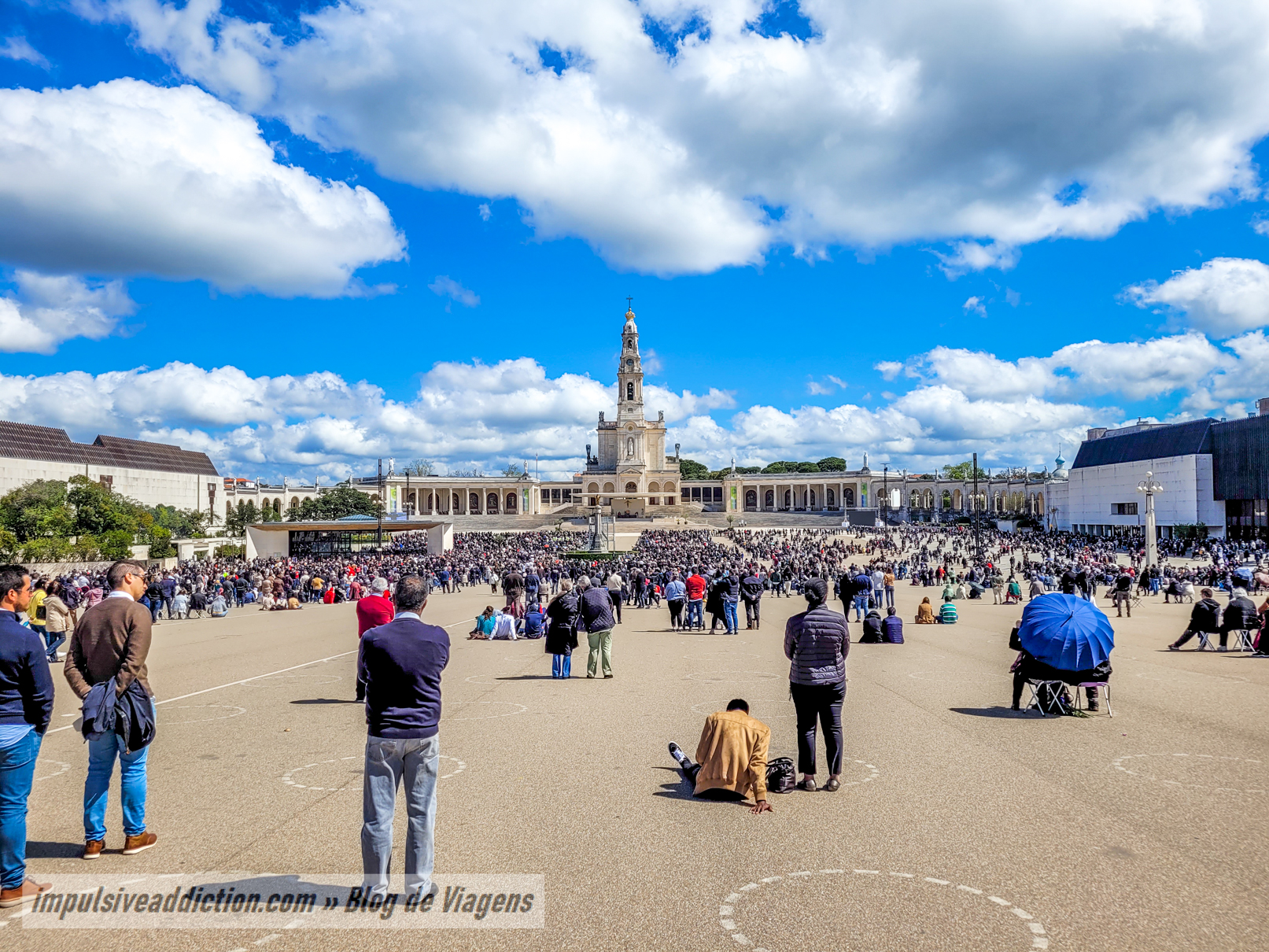
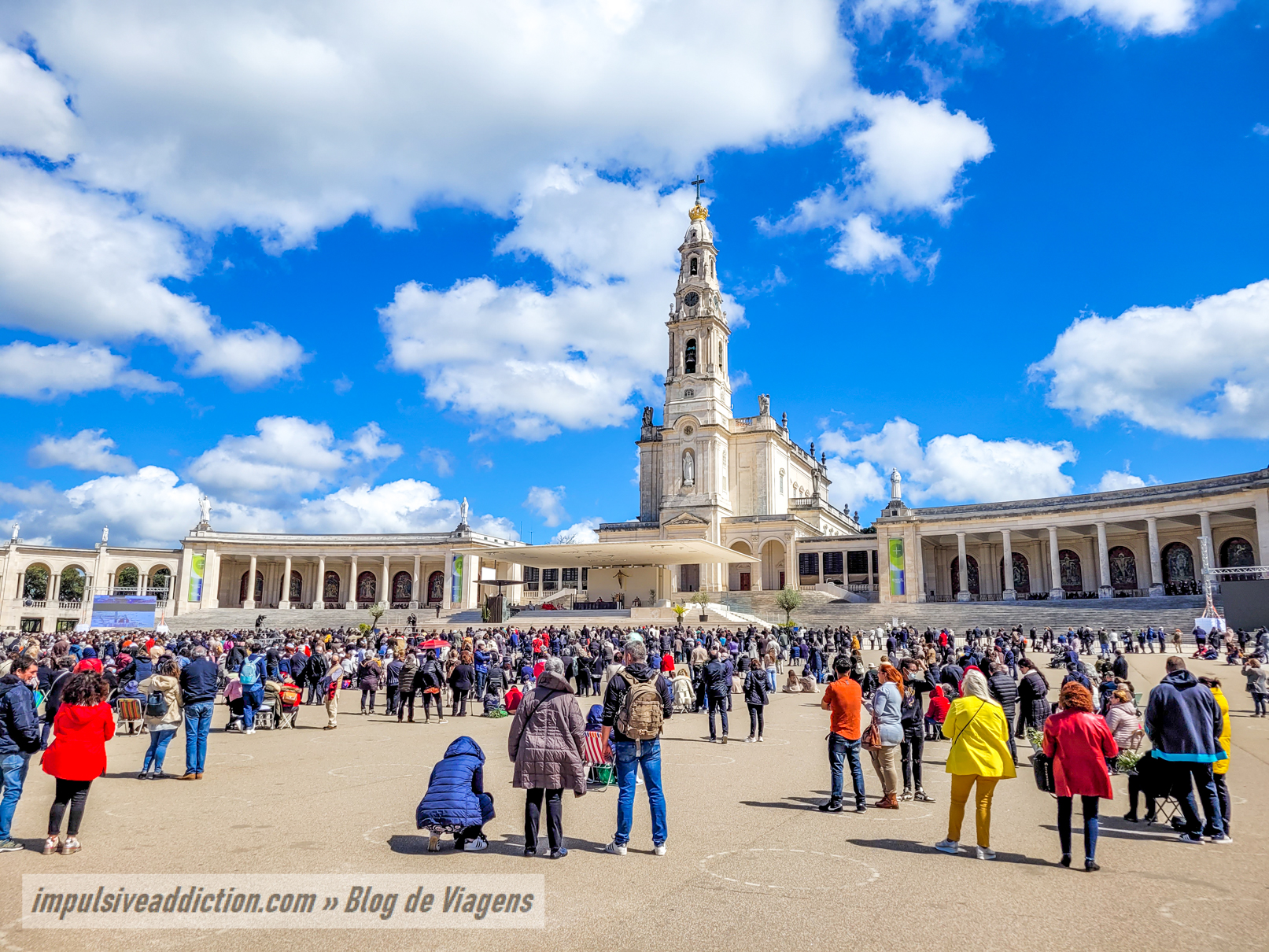
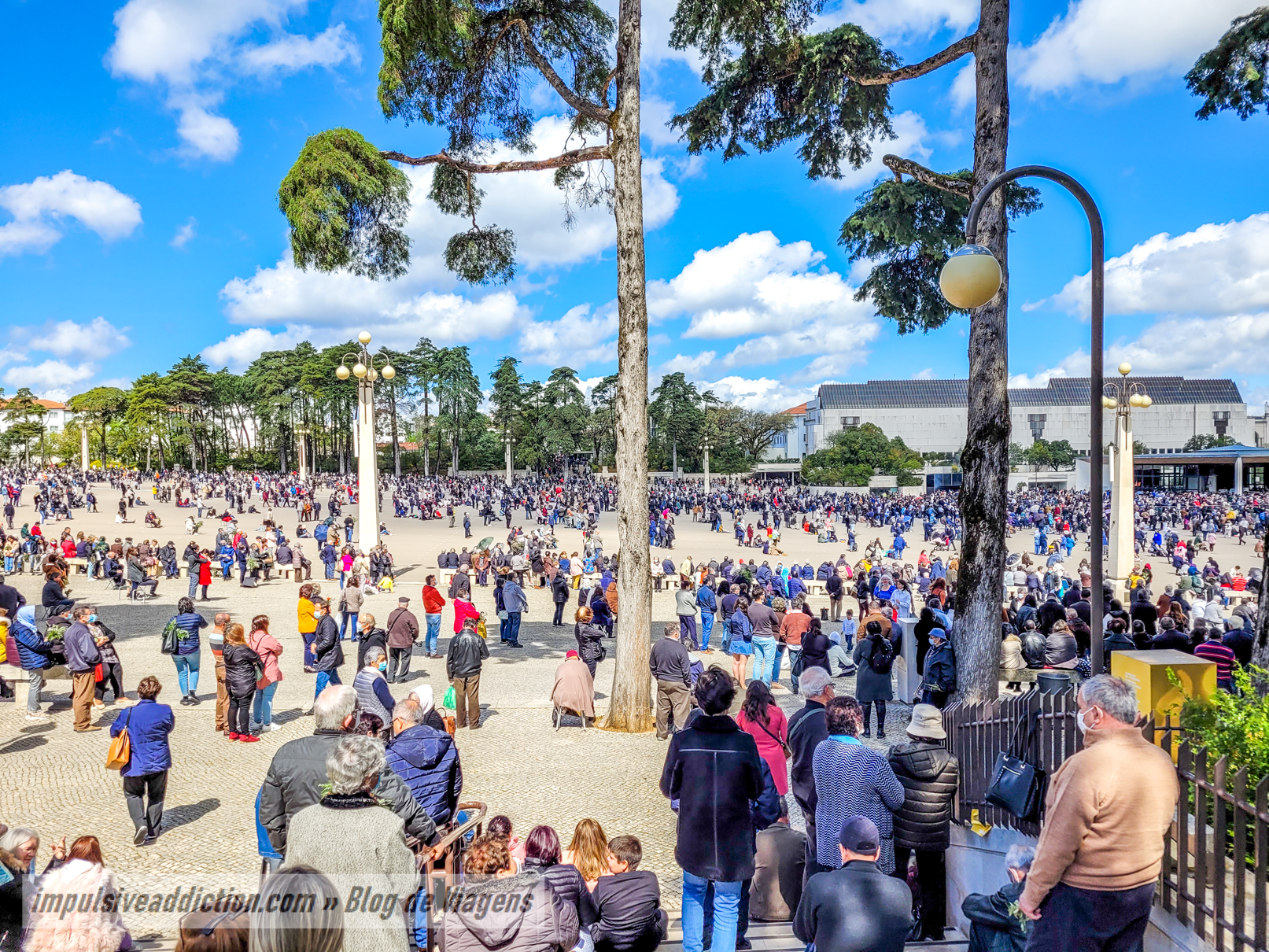
3. Chapel of Apparitions and the Grand Holm Oak
You must go through the Sanctuary’s prayer square to the little Chapel of the Apparitions, built in 1919. You will be in the center of Cova da Iria, where the main apparitions of Fátima took place. This is the most important point of the Sanctuary of Fátima, where the faithful mostly gather on pilgrimage. Be sure to admire the grand holm oak tree nearby, centuries old, on which Our Lady supposedly appeared.
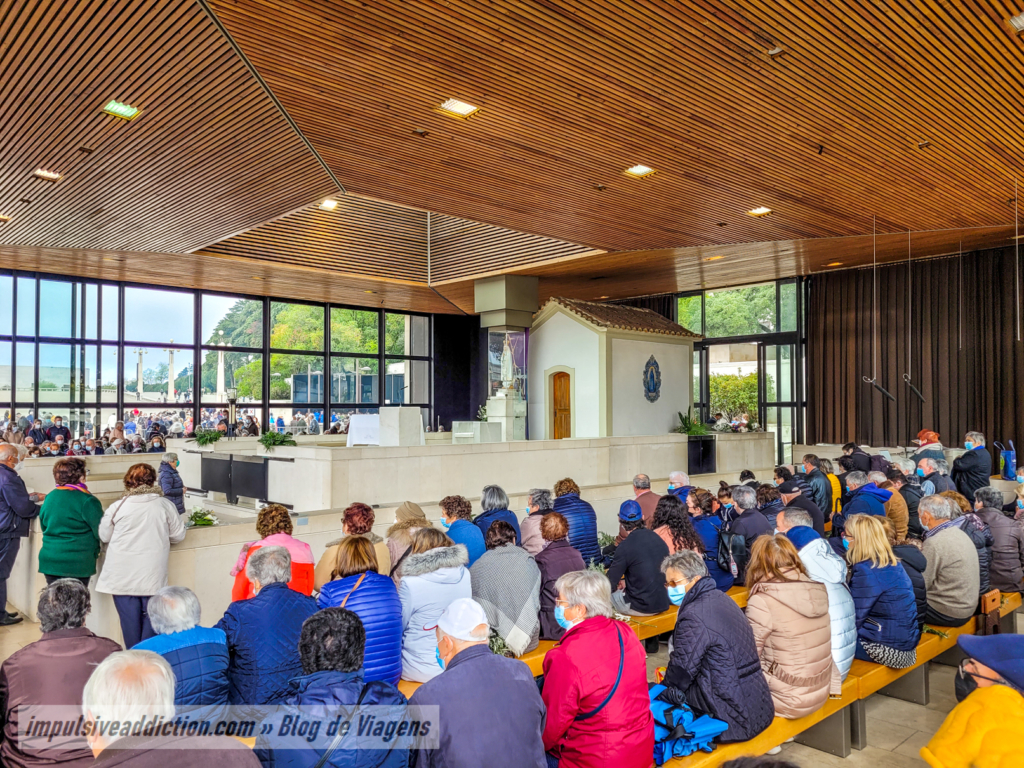
4. Basilica of Our Lady of the Rosary of Fatima
Before going up to the Basilica of Our Lady of Rosary, be sure to admire the Bronze Monument to the Sacred Heart of Jesus, right in the center of the prayer square.
The Basilica of Our Lady of the Rosary is the most notable building in the Sanctuary of Fátima, together with the respective Colonnade. It began to be built in 1928, and its tower is 65 meters high, with a bronze crown at the top and the statue of the Immaculate Heart of Mary in the center.
Inside, you cannot miss visiting the tombs of the 3 shepherds of Fátima: Jacinta, Francisco and Lúcia. The first two, who died as children, were canonized on the centenary of the apparitions in 2017 by Pope Francis. Sister Lúcia died only in 2005, so the whole process of beatification and canonization will still take some time.
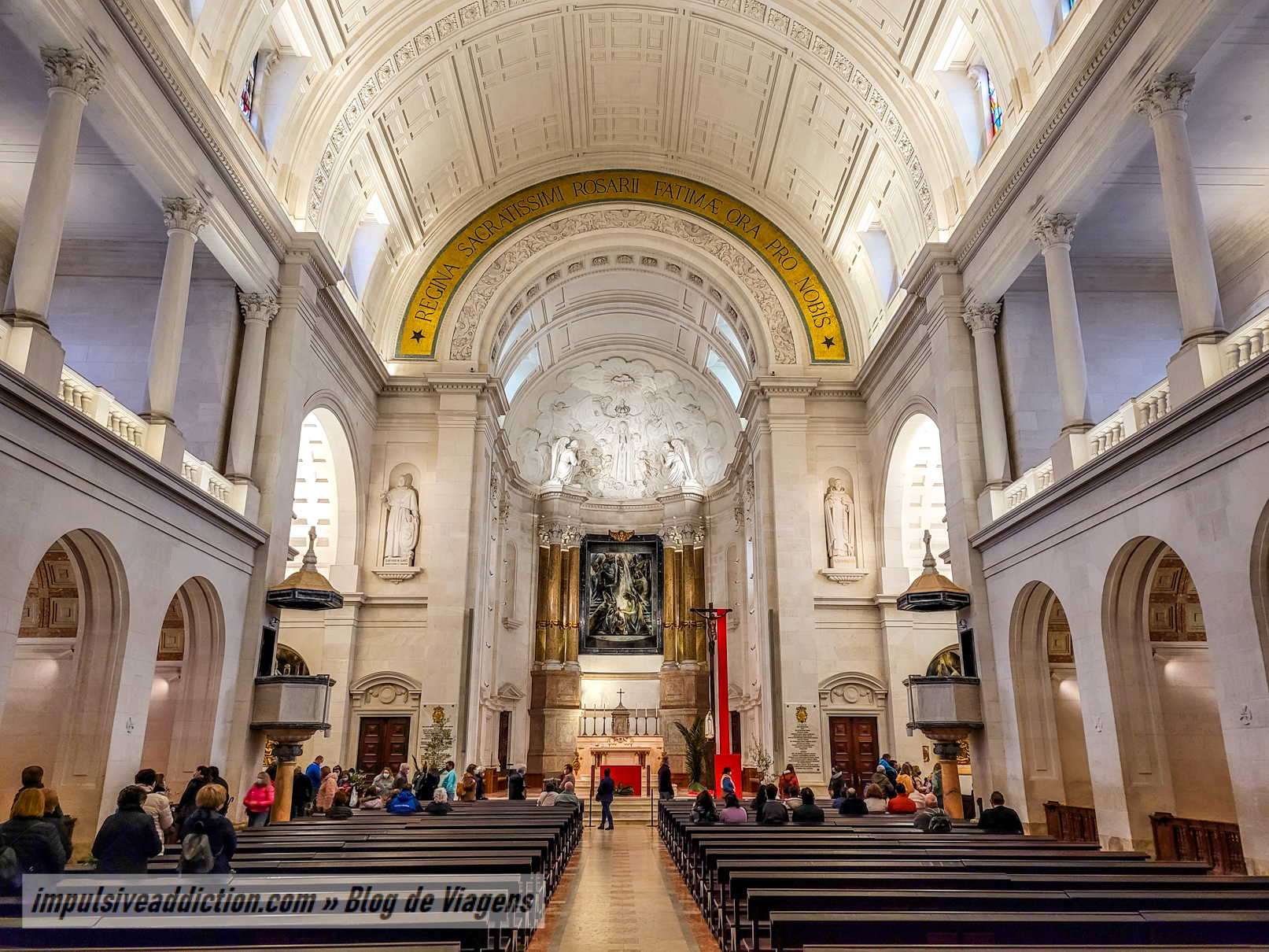
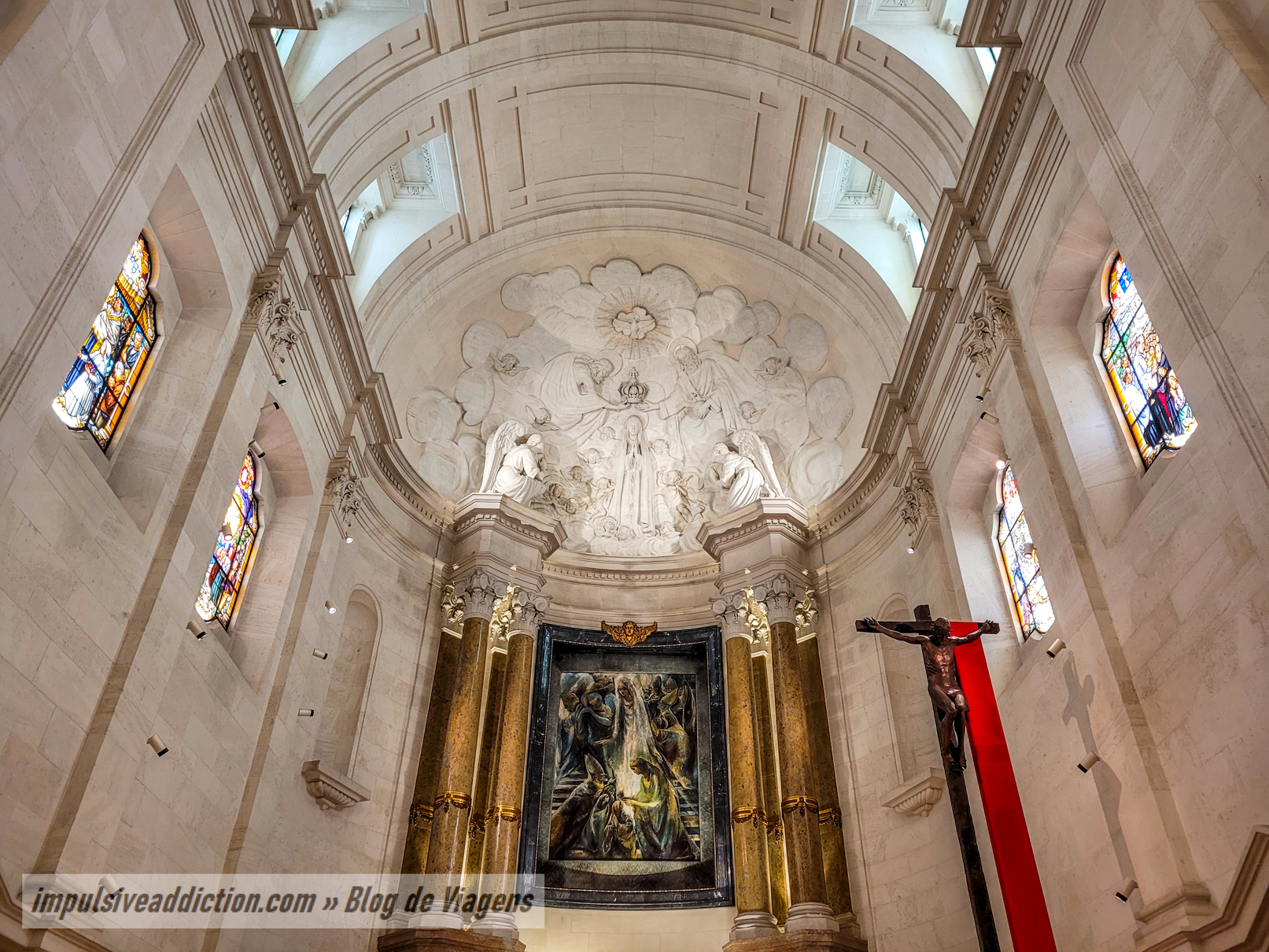
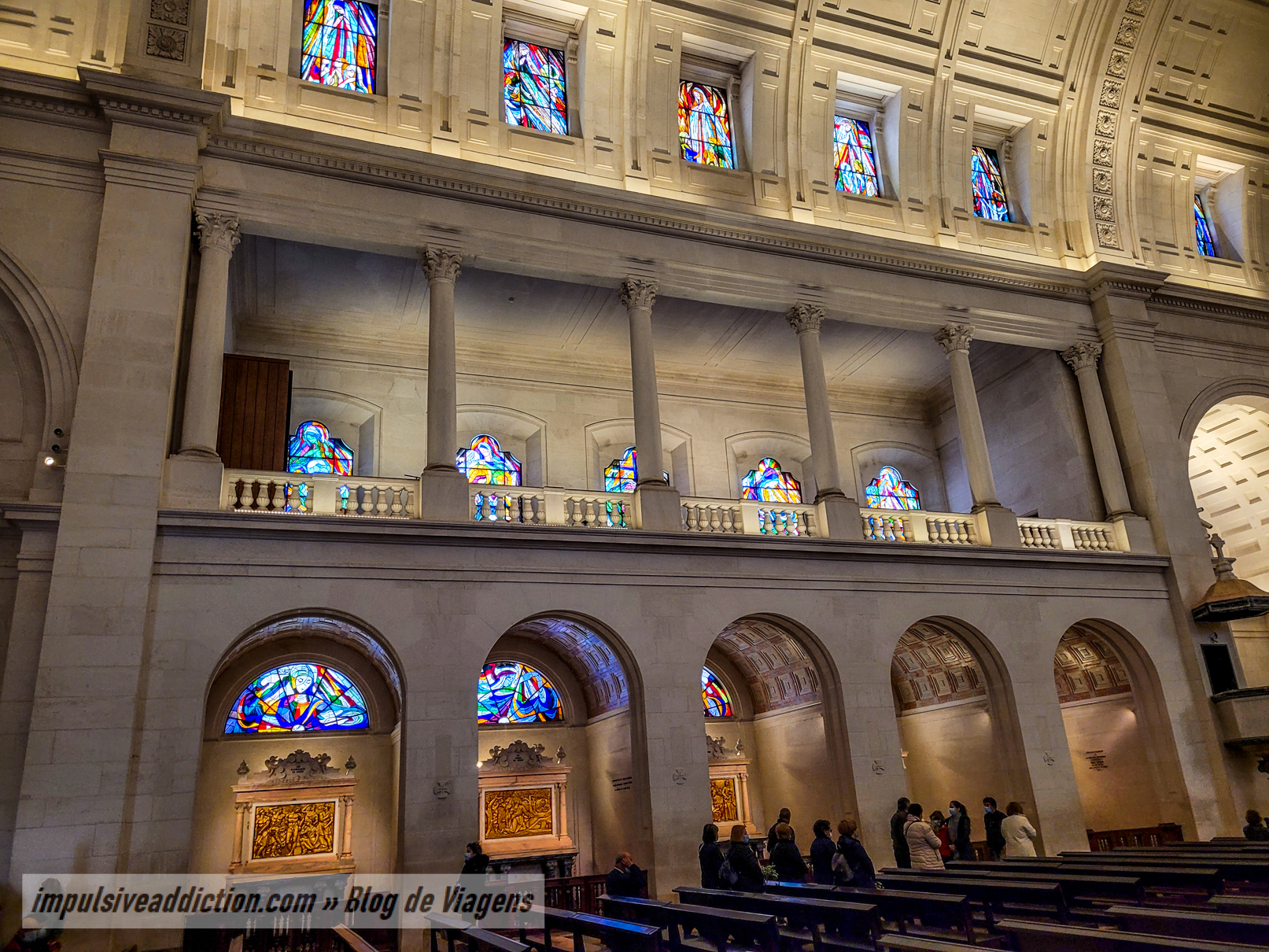
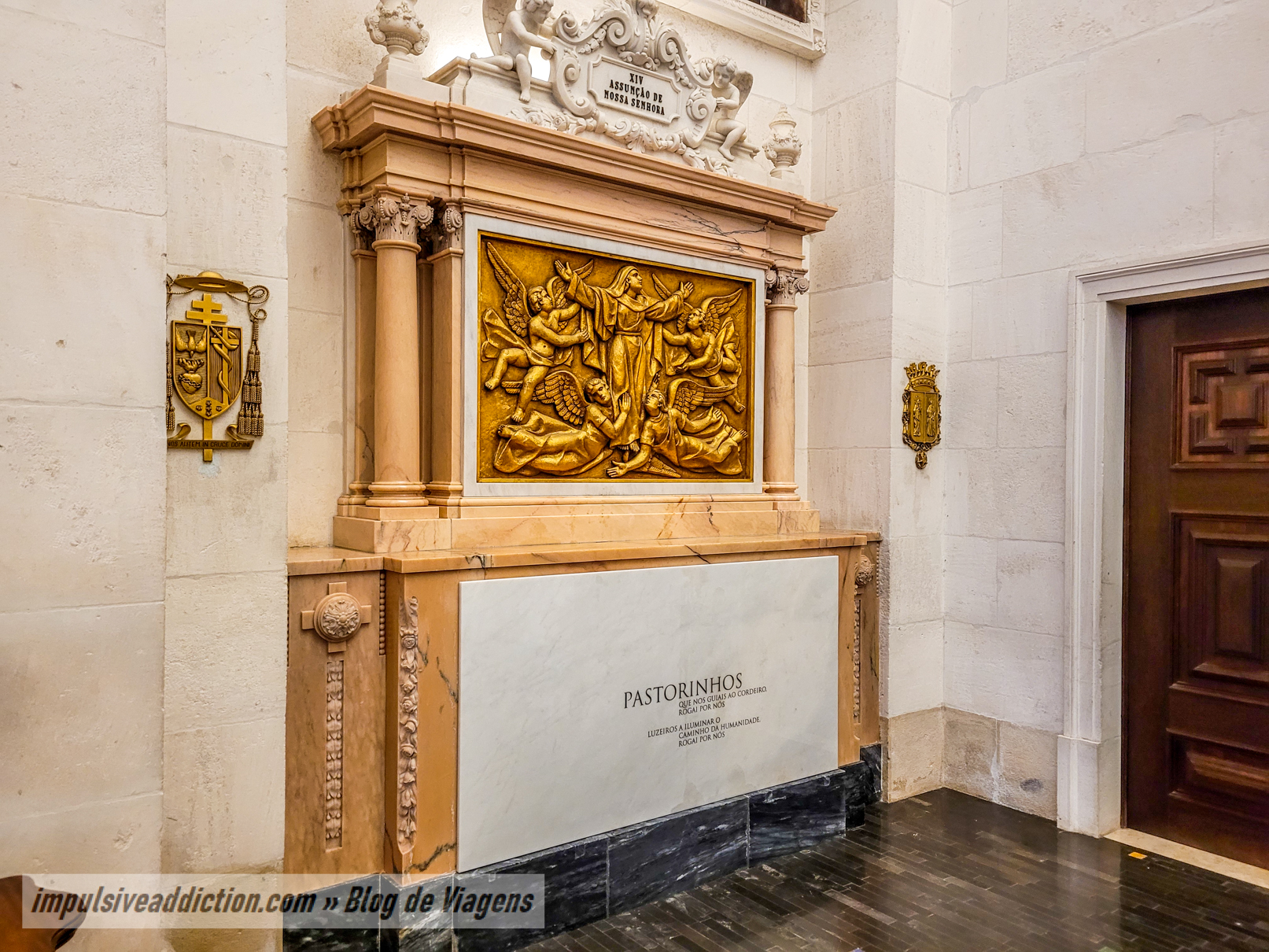
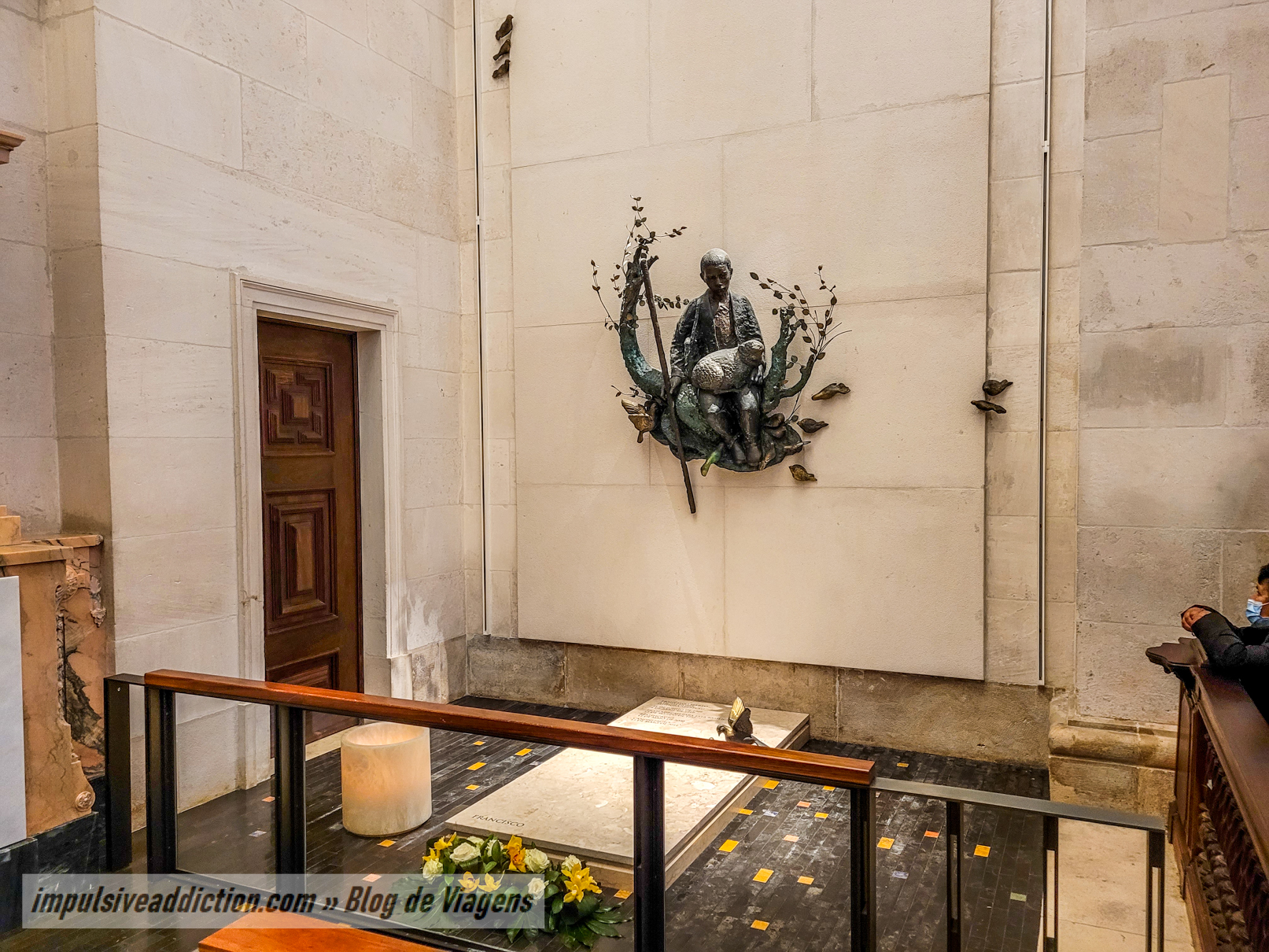
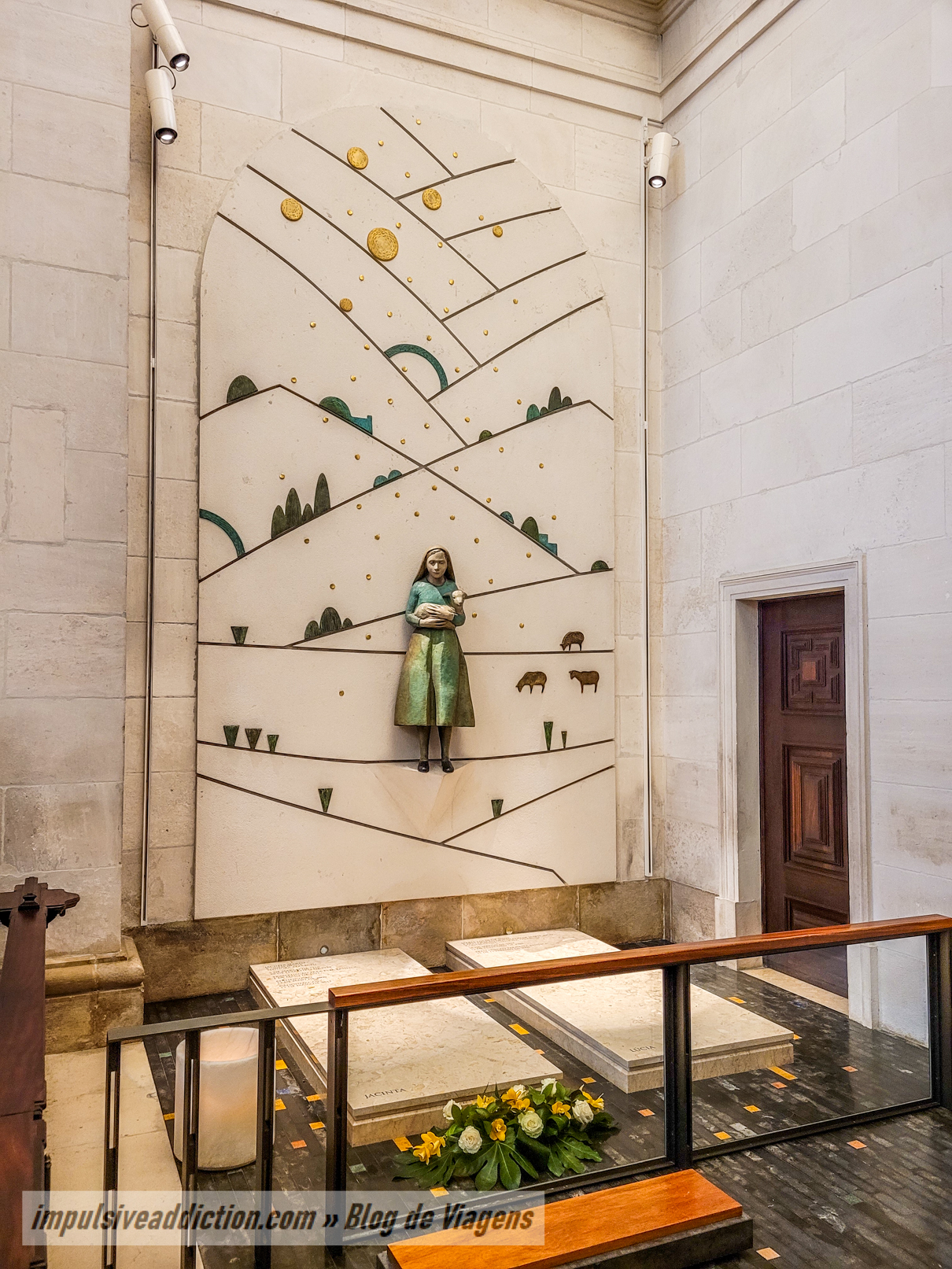
5. Museums of Fátima
With the visit to the Basilica of Our Lady of the Rosary, you will finish off the main tourist attractions of the Sanctuary of Fátima. But there are still several museum spaces to visit, which can lead you to learn more about the history of the apparitions, and much more.
I recommend a visit to the Wax Museum, with representations in wax of the entire history of the little shepherds, the apparitions and the Sanctuary of Fátima. The wax “statues” are very well made, as you can see in the photo gallery below.
Another interesting museum is the Interactive Museum of the Miracle of Fátima, but keep in mind that the visit is guided, so you should book it in advance.
I only visited the Wax Museum, because Fátima is not cheap. Both museums I mentioned had ticket prices in the order of €8. I already more or less knew the history of the apparitions, so that was enough for me.
There are still other museums to visit in Fátima, which I didn’t visit either:
- Fátima Sanctuary Museum, closed during my last visit to the city. This one I wanted to visit, as it is a sacred art museum. You can see some images here, and I hope you’re luckier than me and find it open.
- The Museum of Sacred Art and Ethnology of the Consolata.
- And Casa das Candeias, dedicated to Jacinta and Francisco Marto.
Photos from the Wax Museum of Fátima
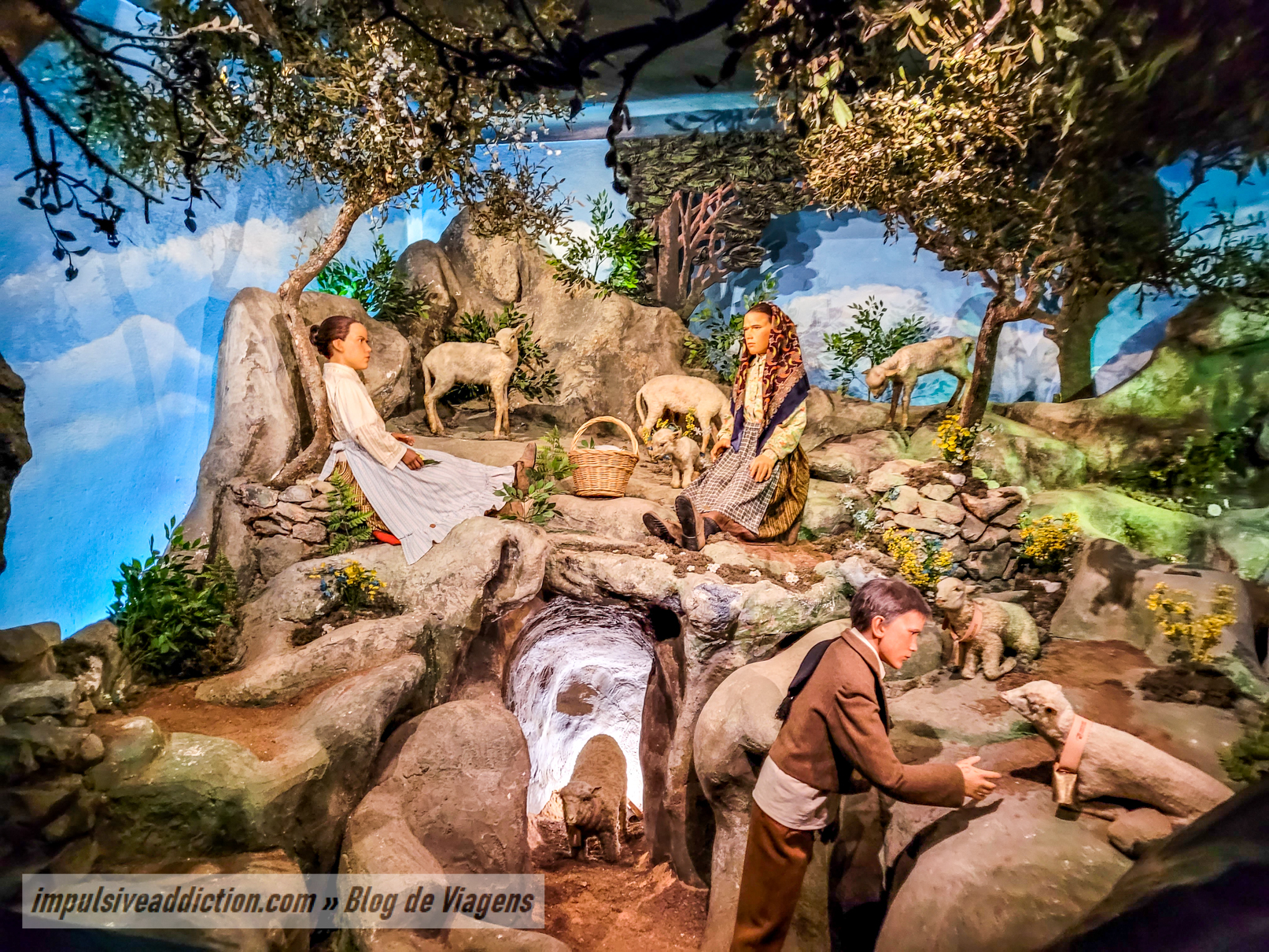
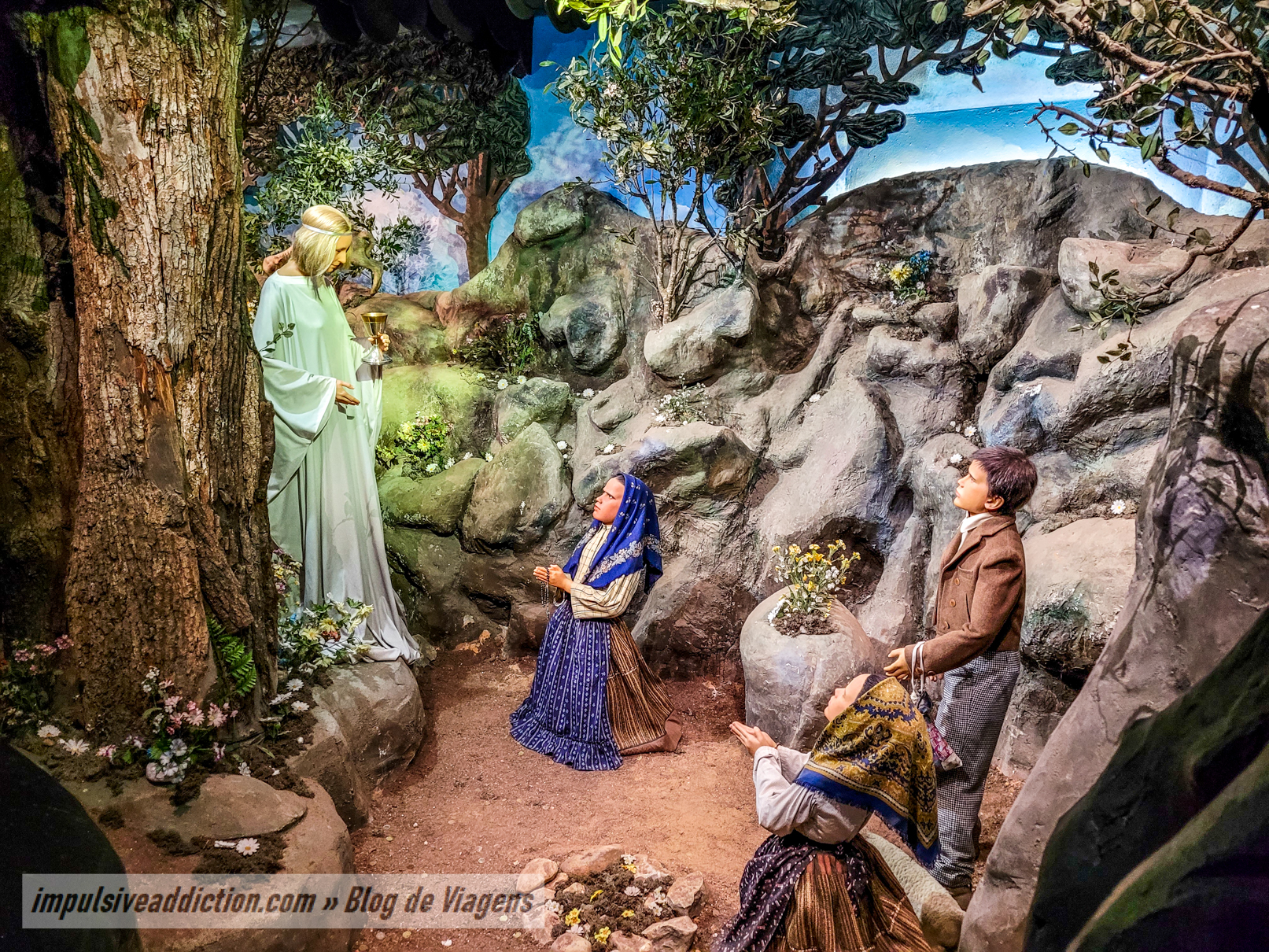
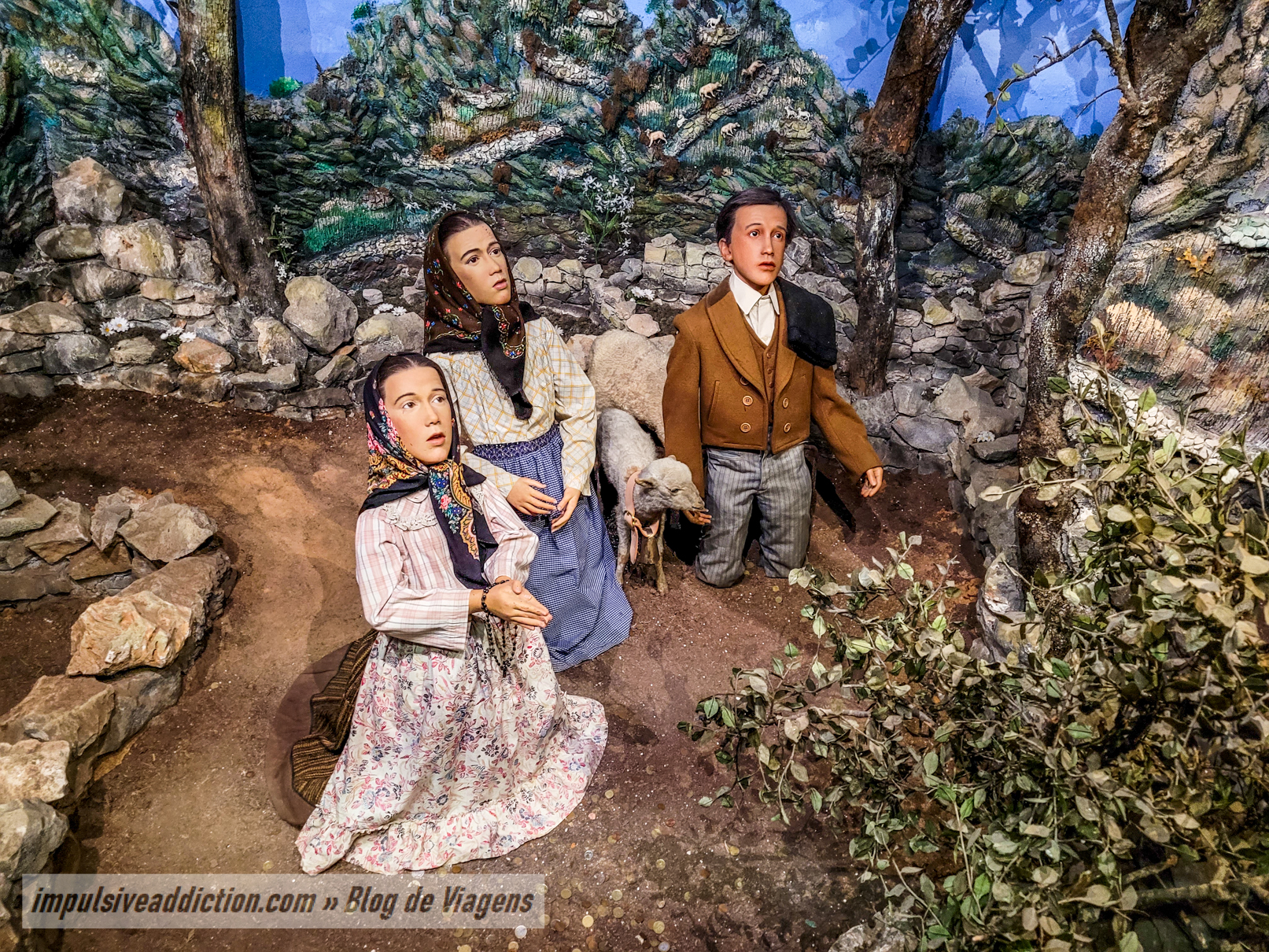
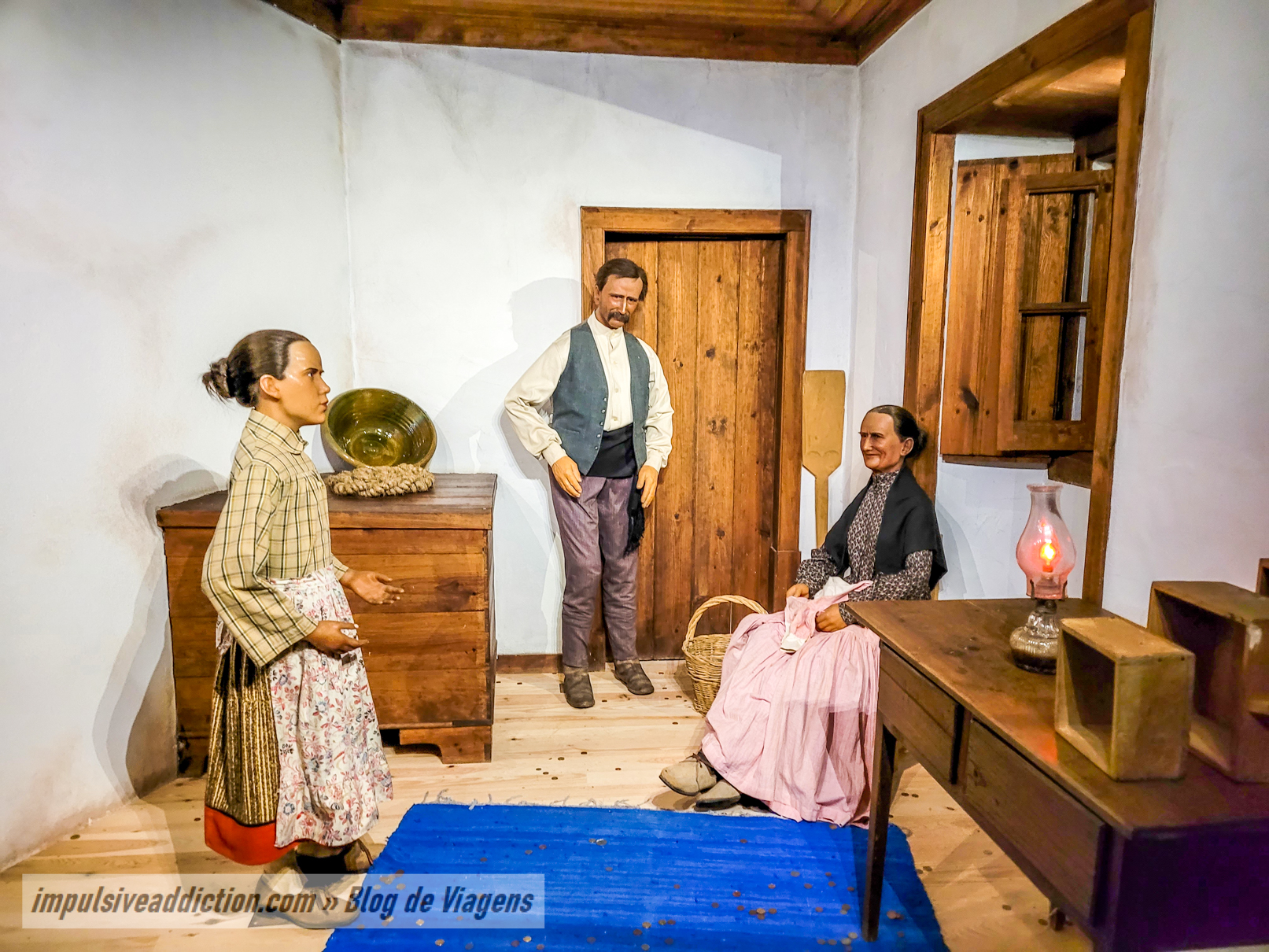
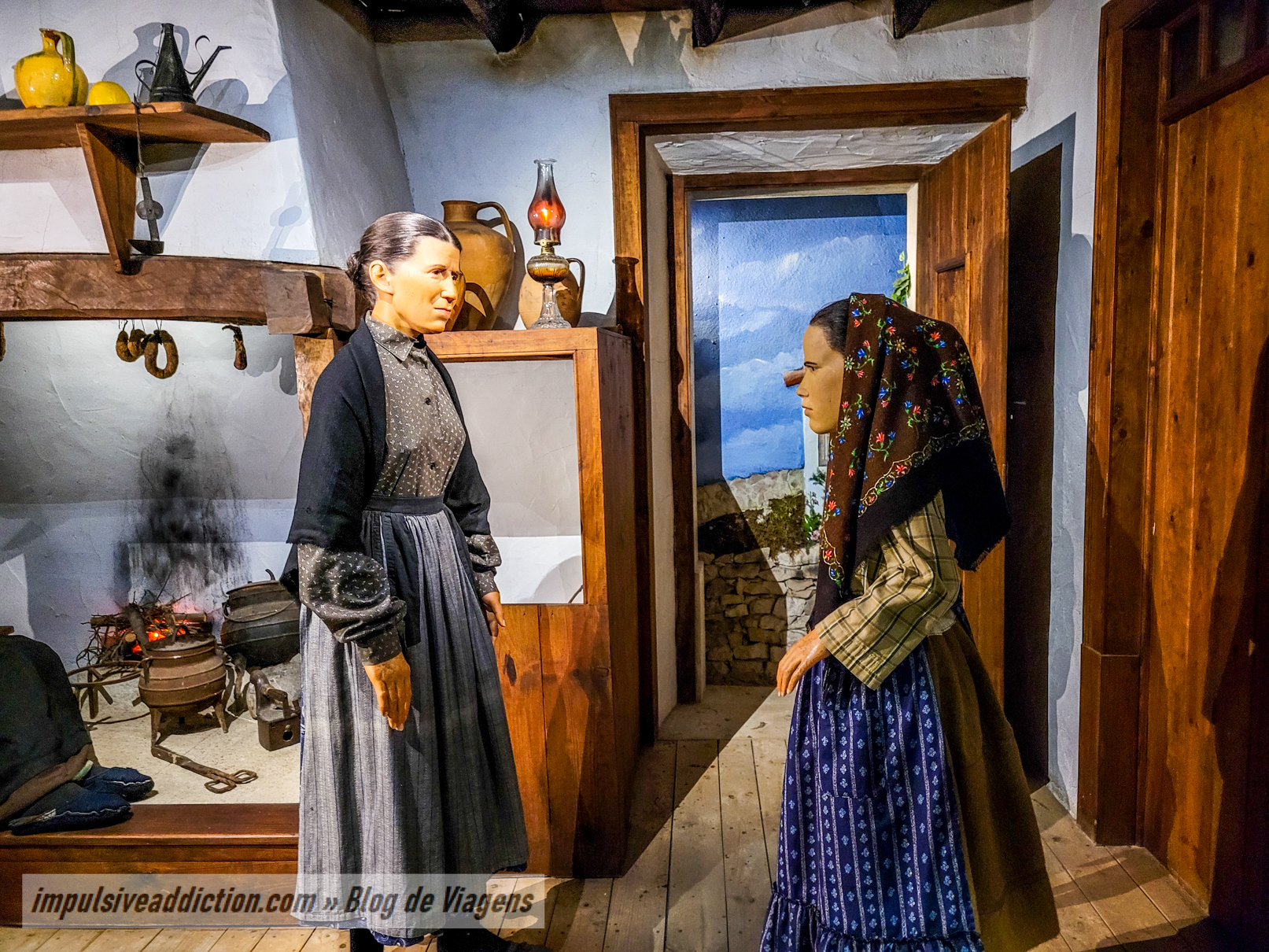
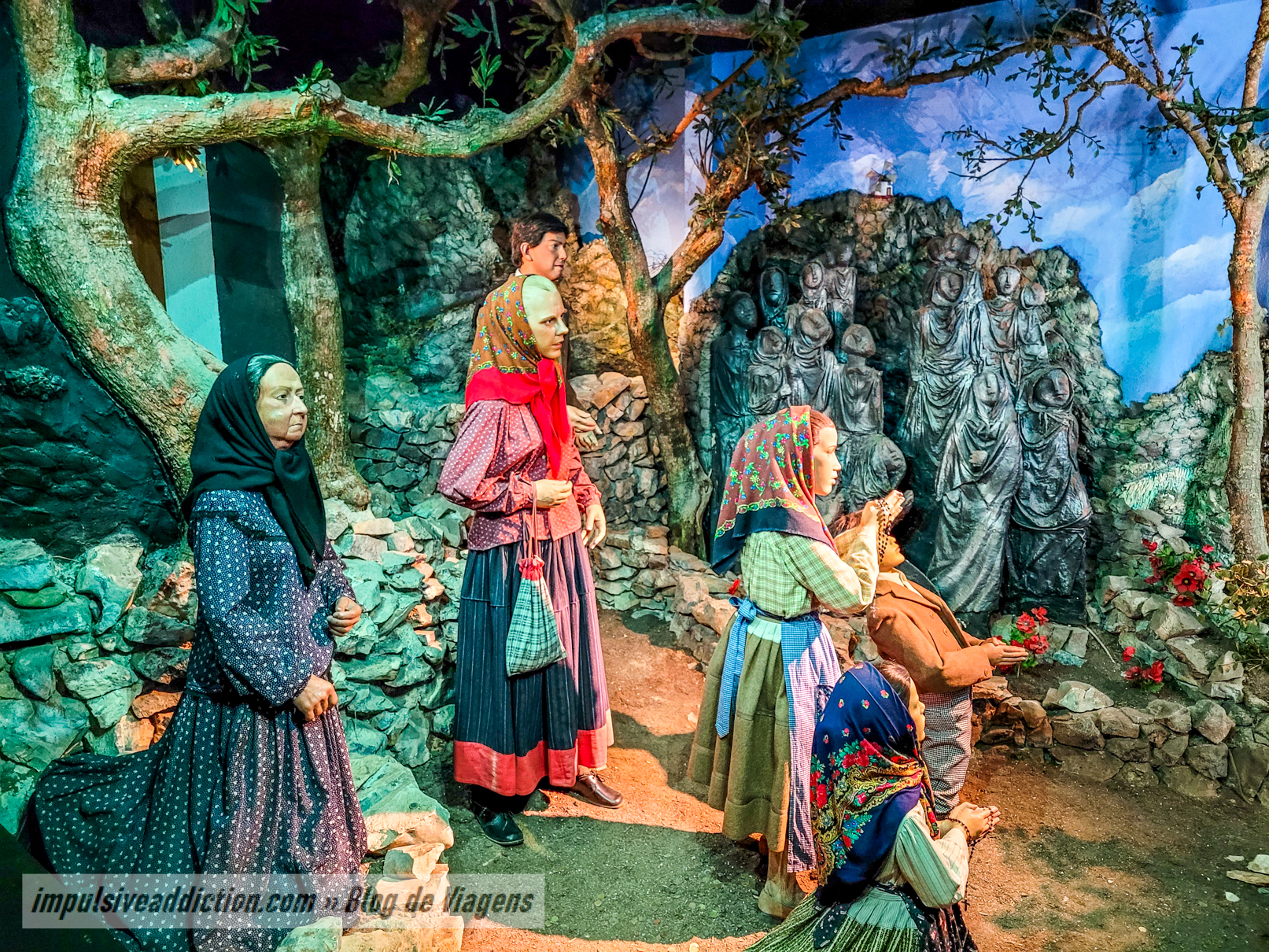
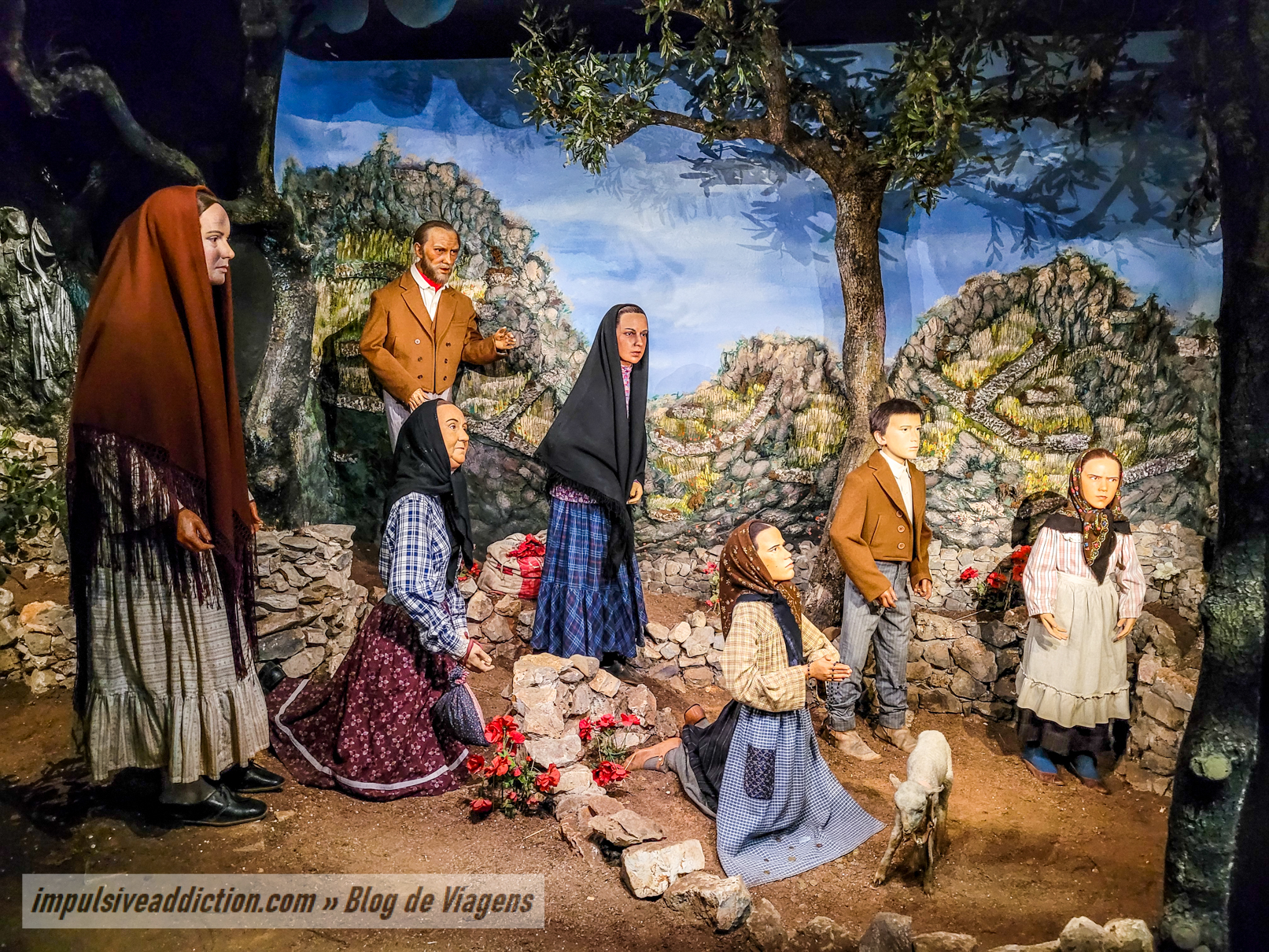
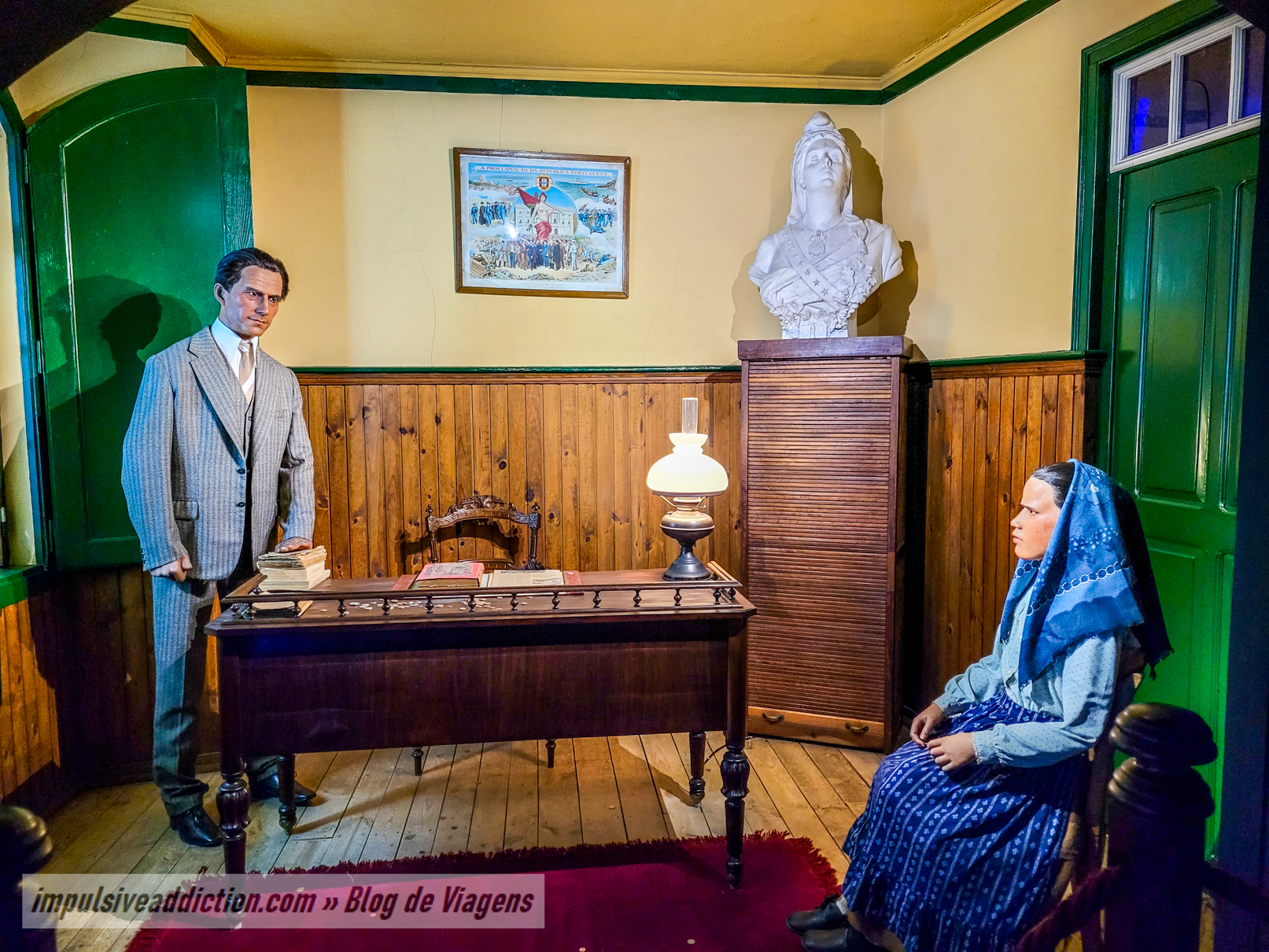
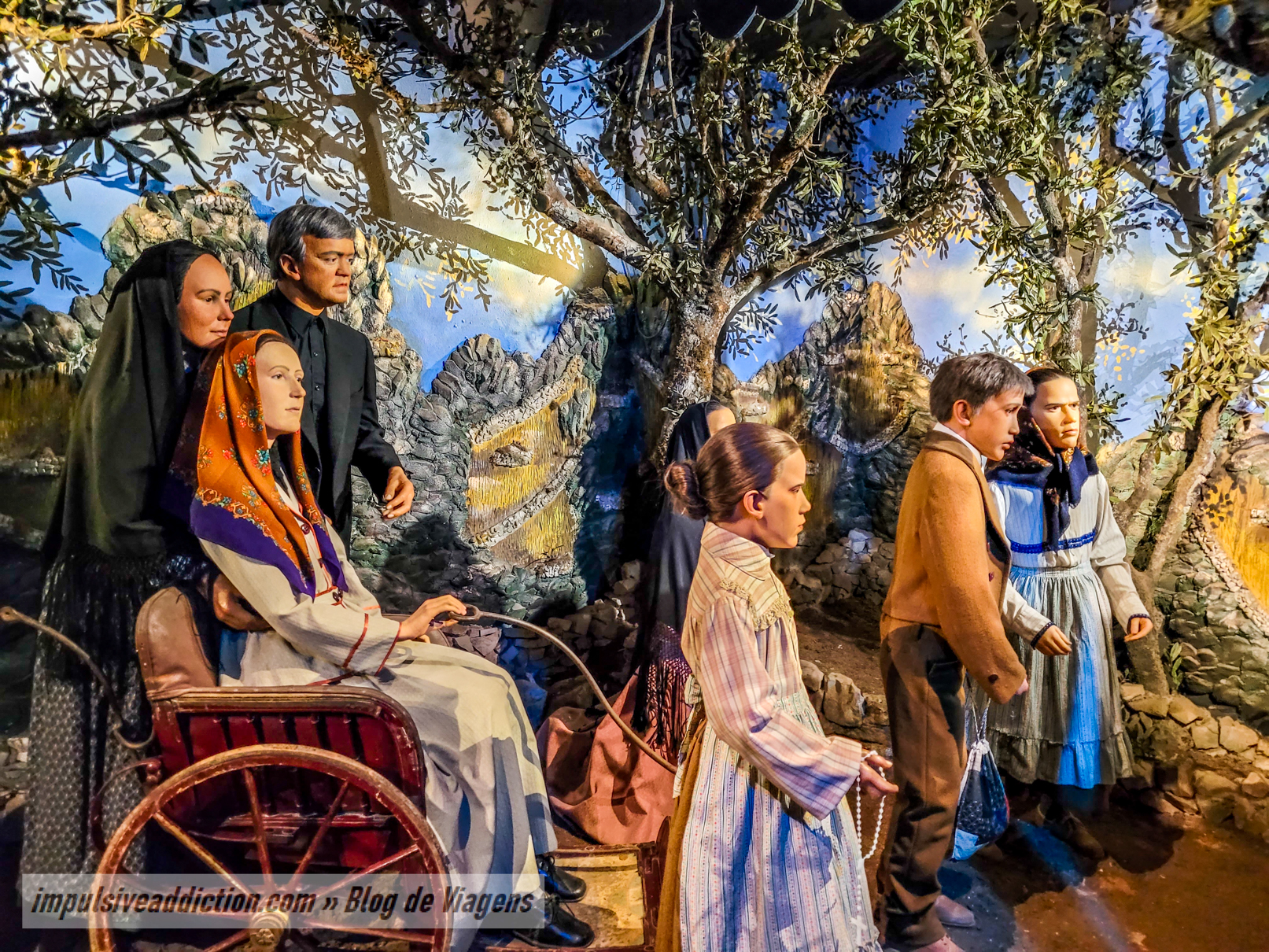
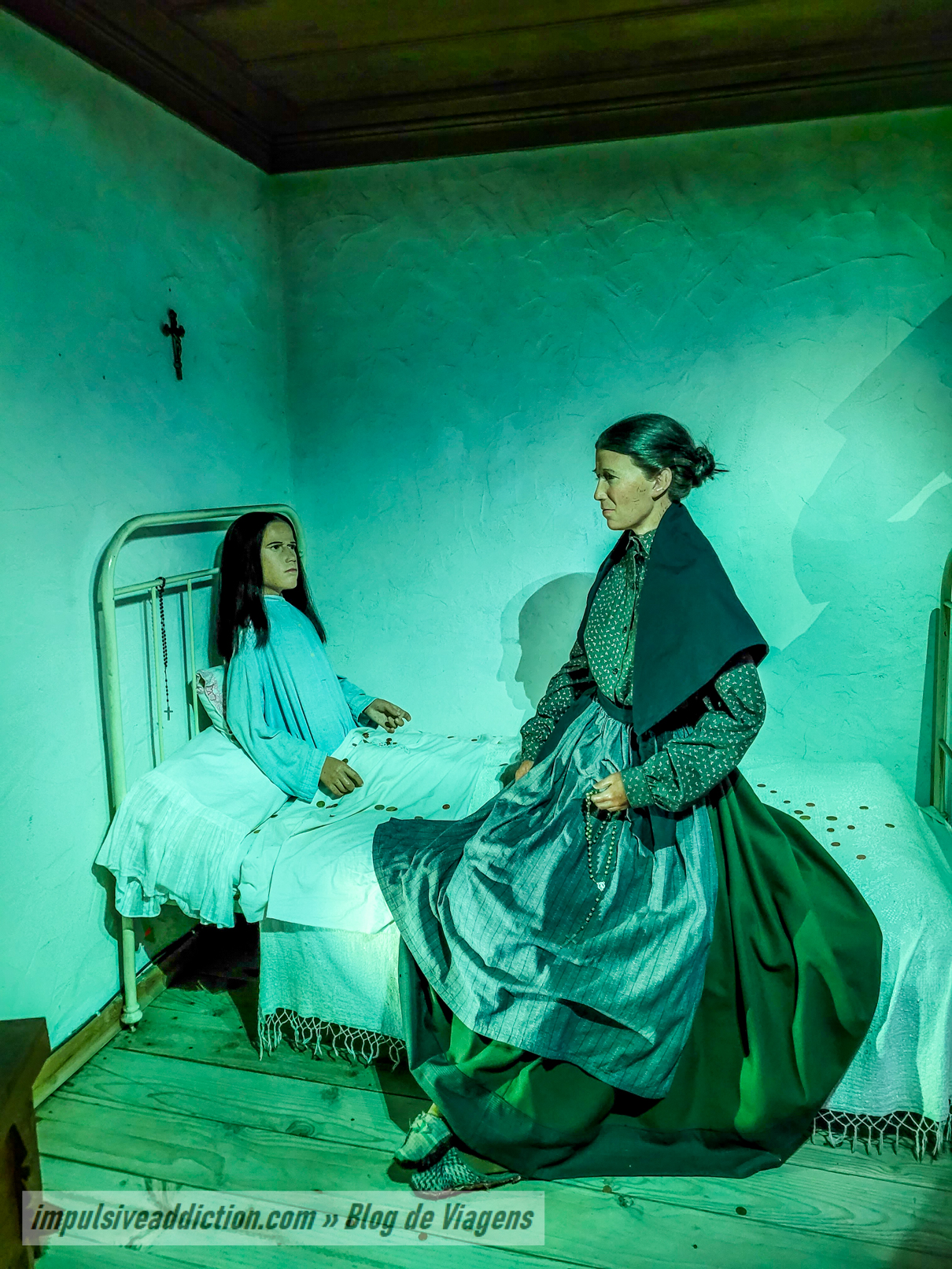
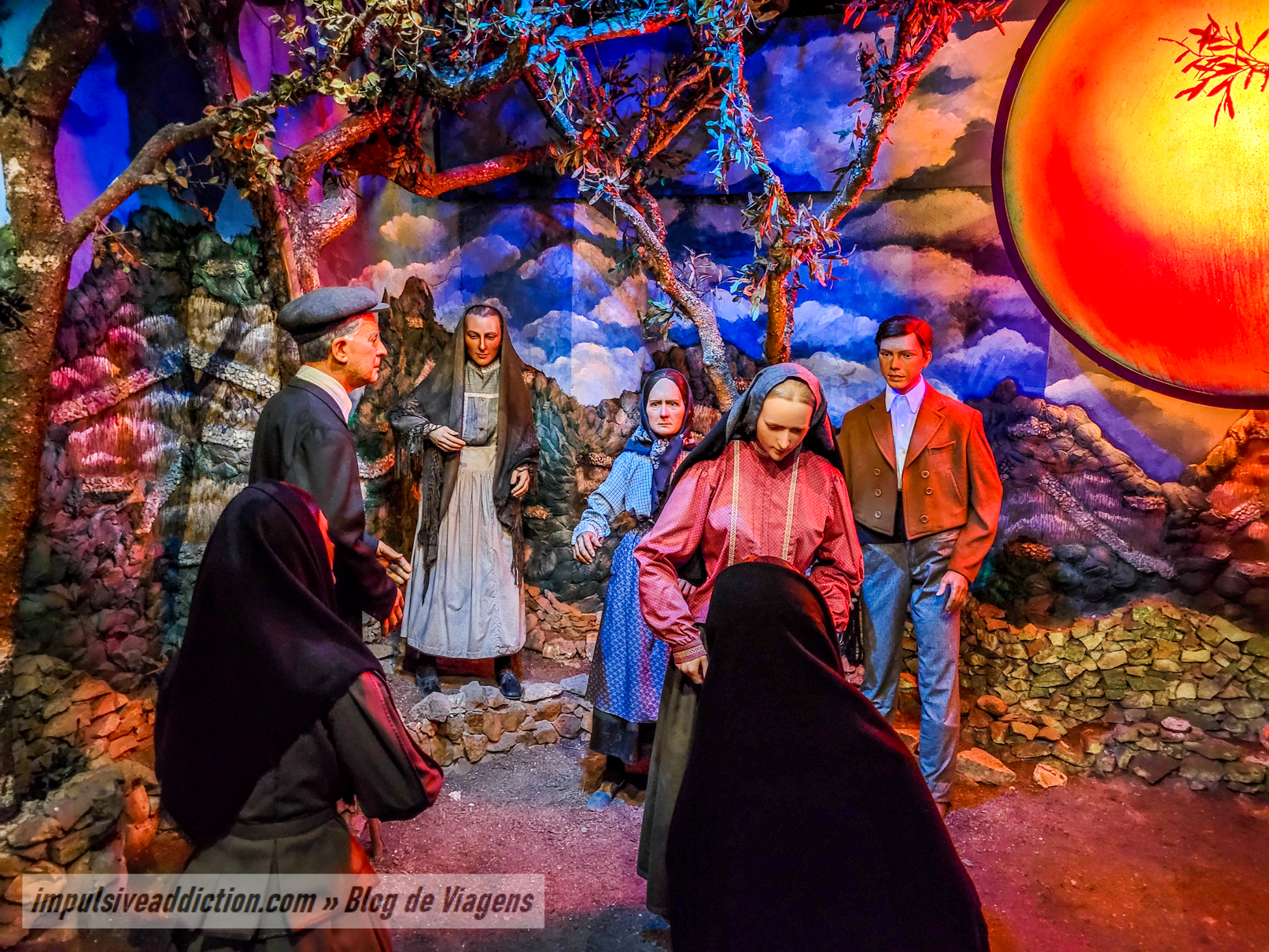
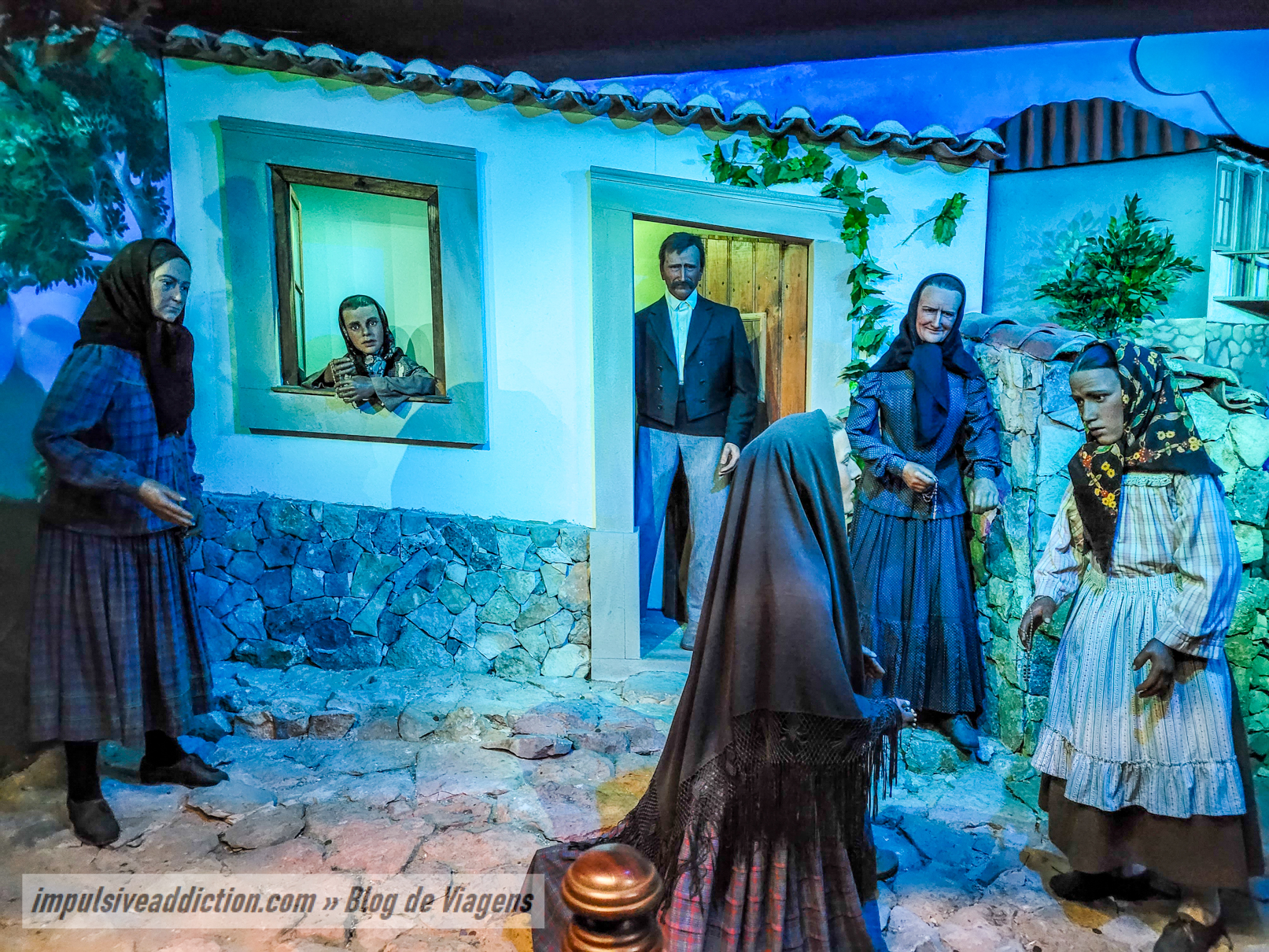
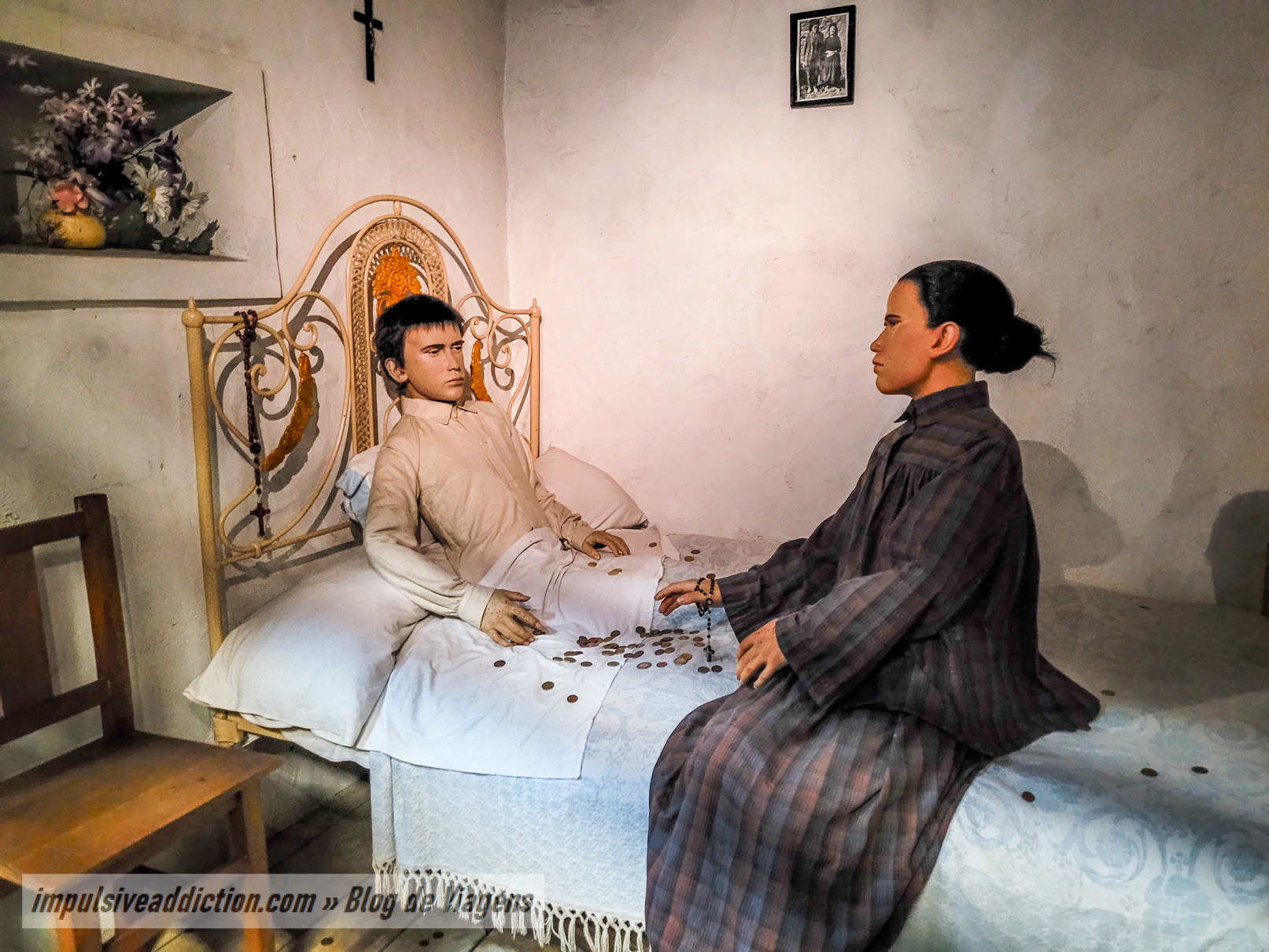
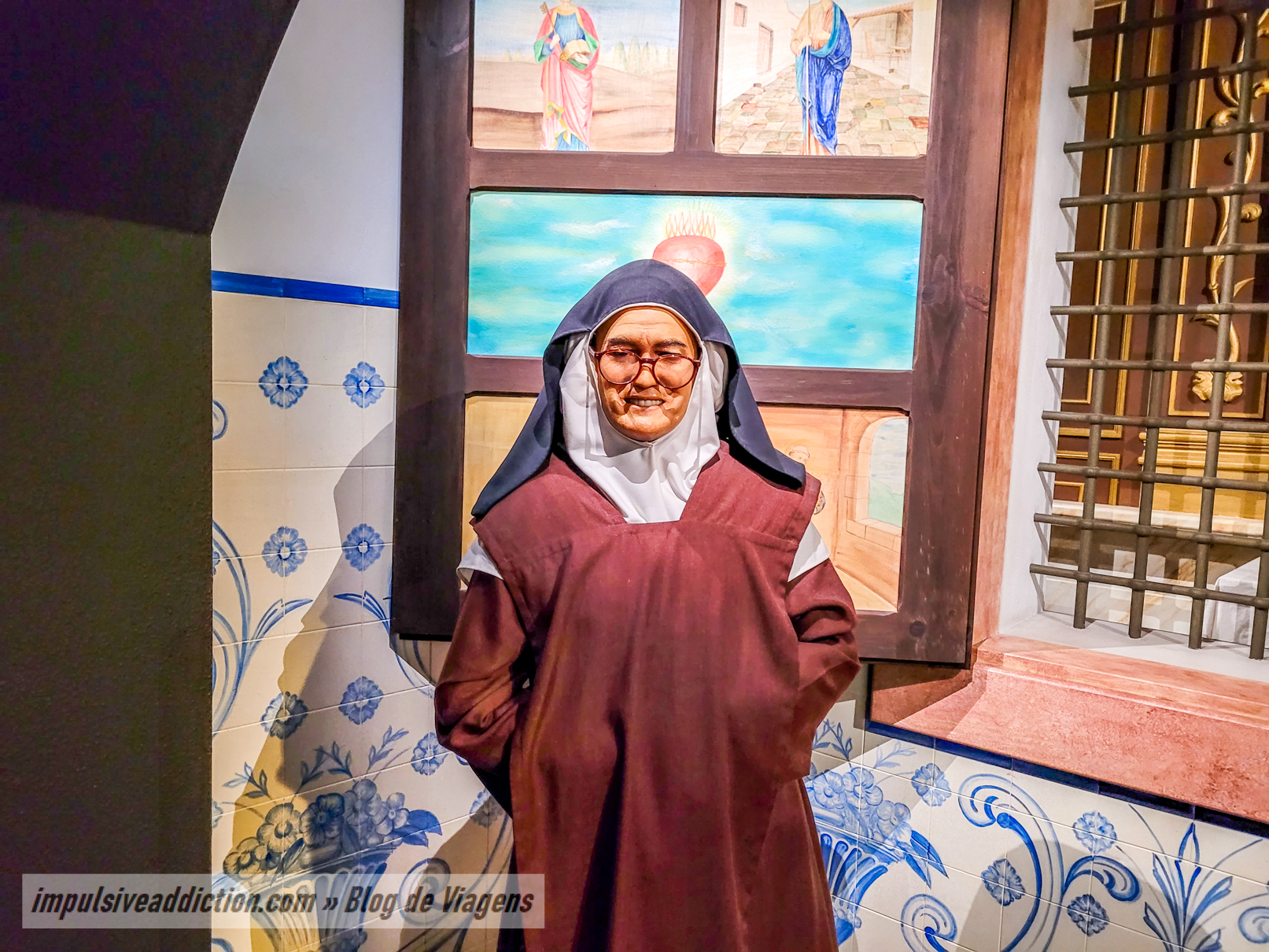
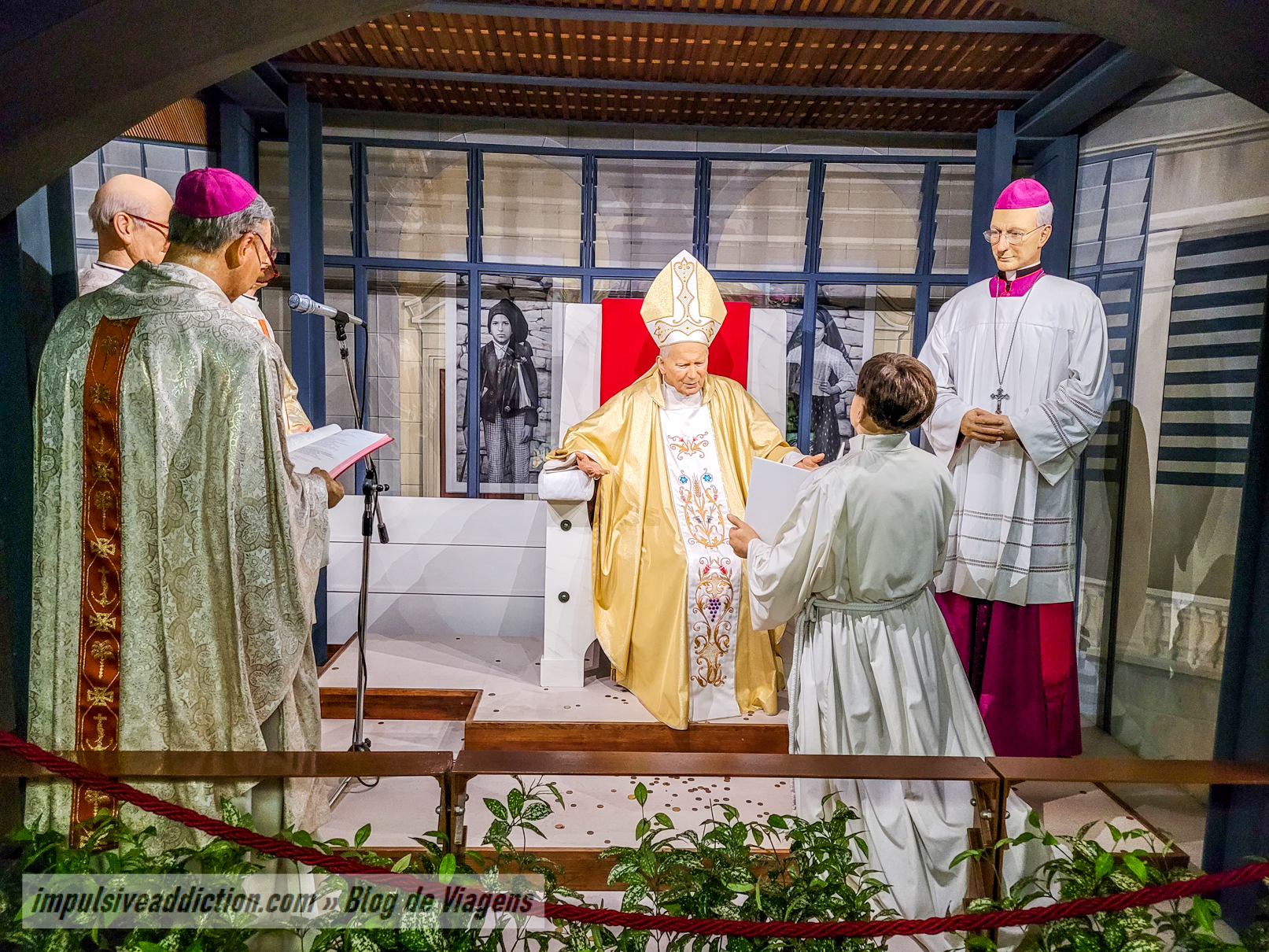
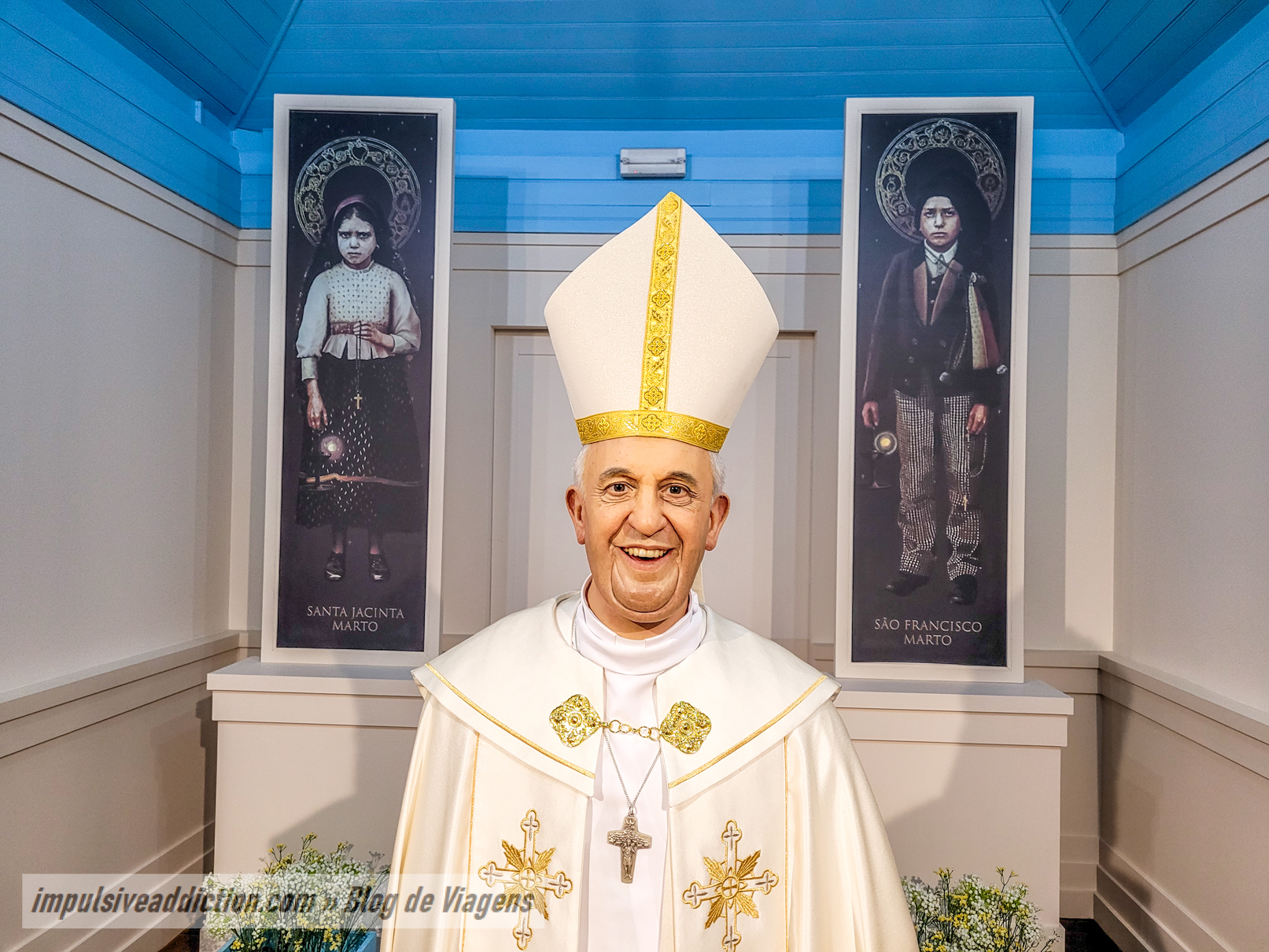
6. Squares of São José and Santo António
For the purchase of religious handicrafts, you will find many shops scattered around the Sanctuary of Fátima, but in my opinion, the squares of São João and Santo António stand out. The two squares are on the sides of the prayer area enclosure, one on each side.
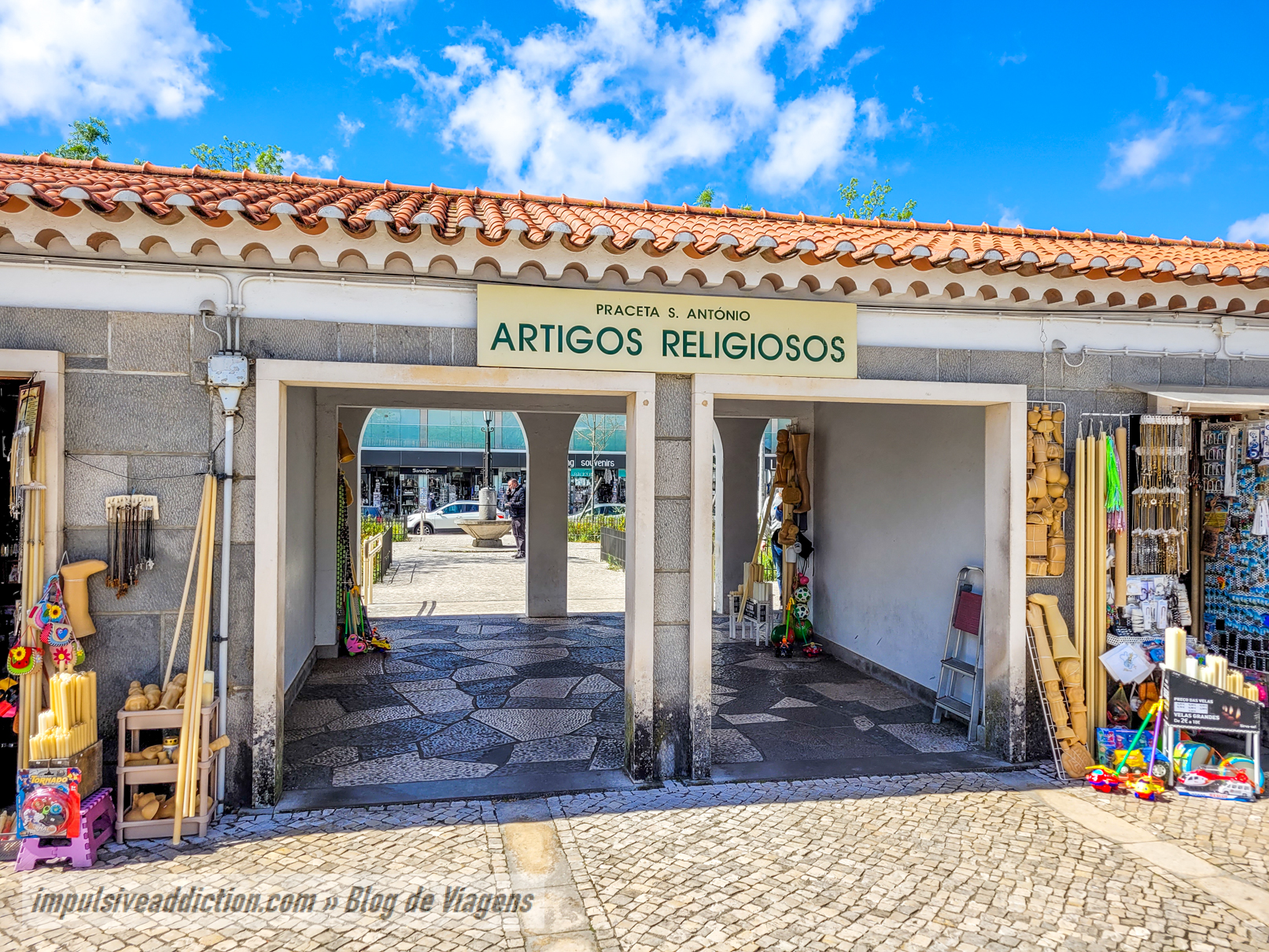
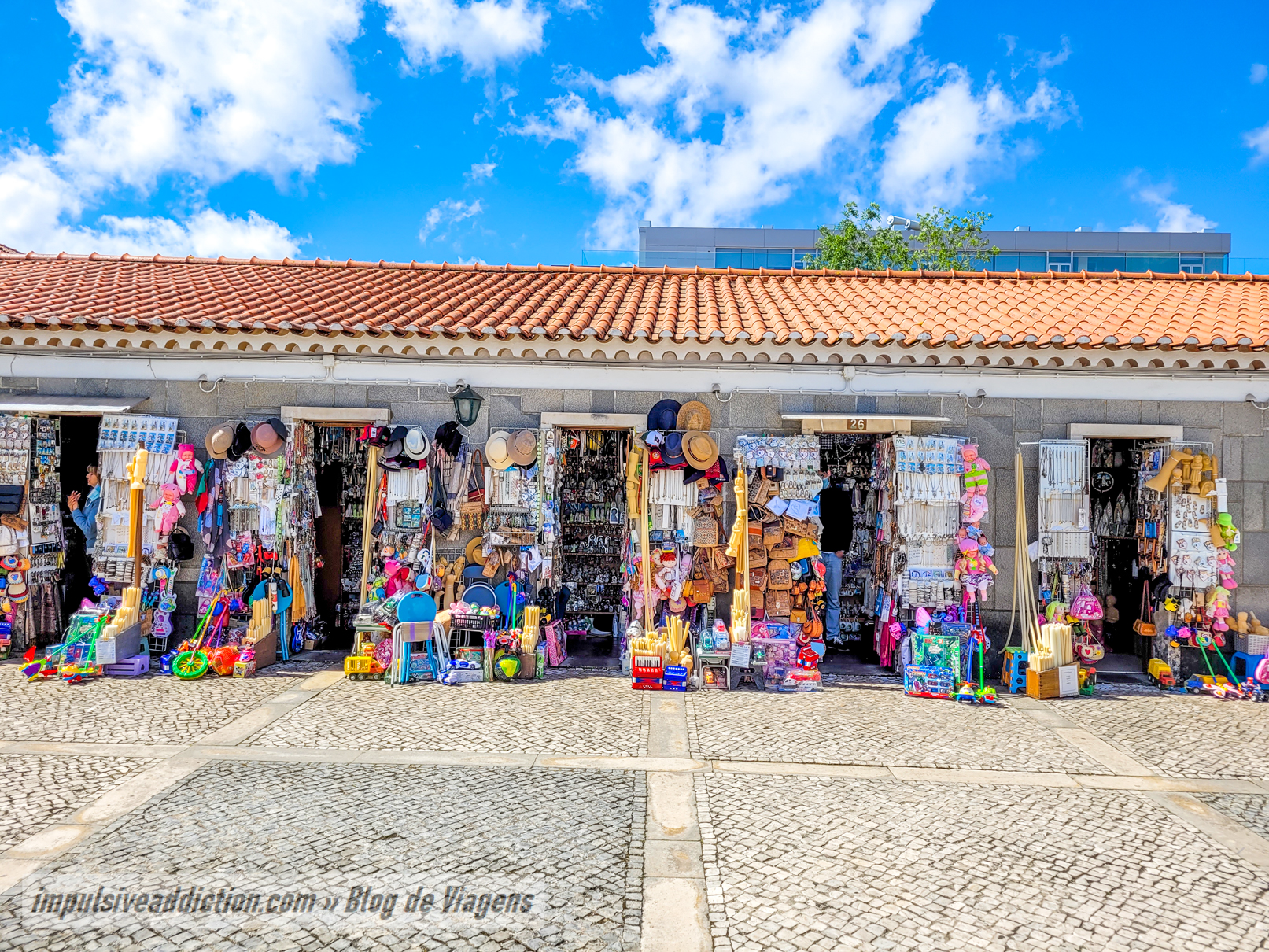
7. Letters of Fatima in Luís Kondor Square
Optionally, don’t forget to take a picture next to the Letters of Fátima, very close to the Square of São José and Wax Museum.
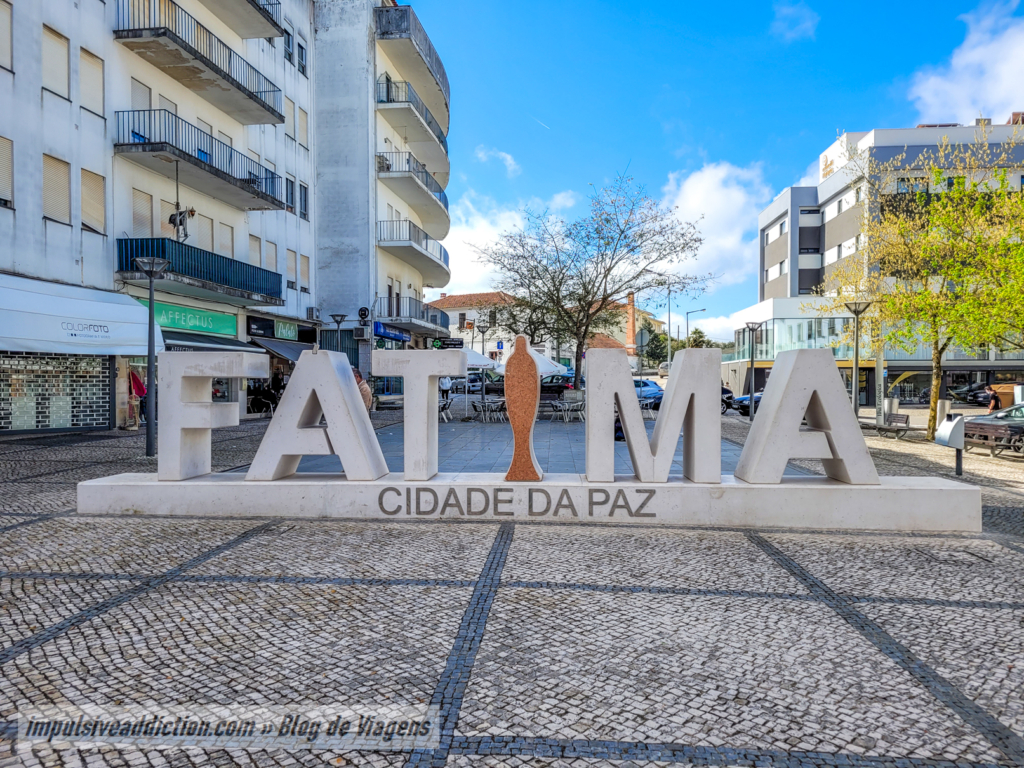
8. Berlin Wall Fragment
In the Sanctuary of Fátima, on one side of the enclosure, you will also find a fragment of the Berlin Wall, torn down in 1989. This fragment is on display to celebrate peace and religious freedom.
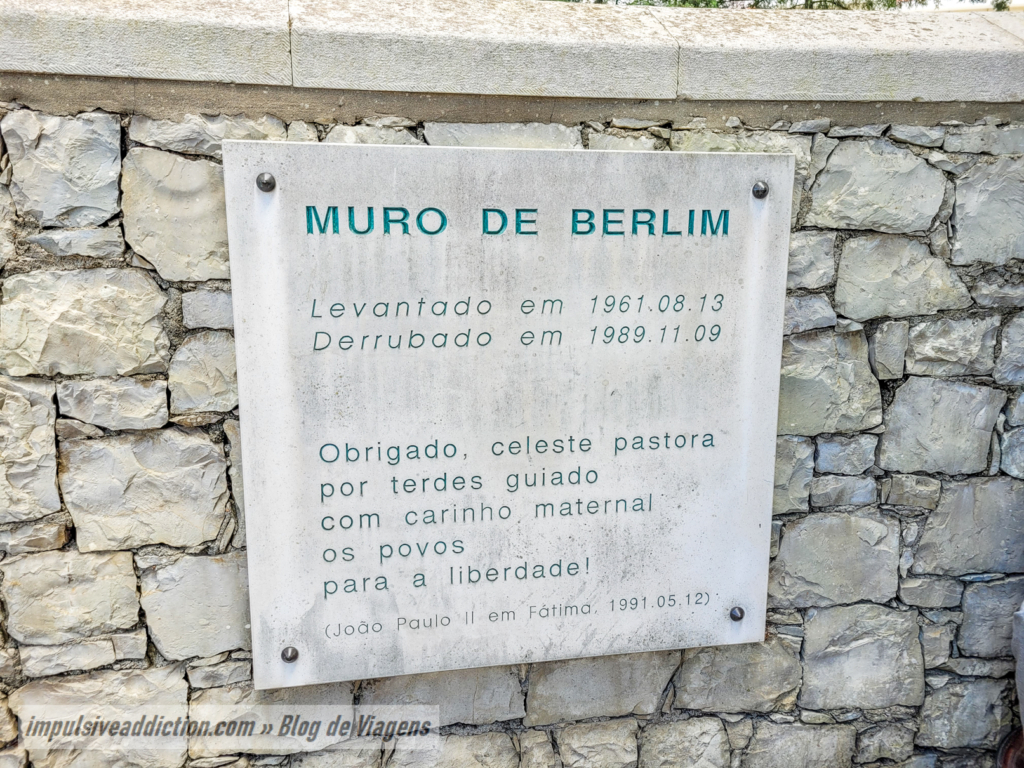
9. Paul VI Pastoral Center
Despite not being exactly a tourist spot, I could not fail to mention Paul VI Pastoral Center, used for conferences, meetings and congresses in Fátima. It has an amphitheater with a capacity of around 2100 seats.
Walk along Via Sacra of Fatima
Something mandatory in Fátima is also to do the Via Sacra of the little shepherds. This route starts next to the little shepherds roundabout, and passes through important places related to the apparitions of Fátima, namely:
- Valinhos, where Our Lady once appeared. The monument erected in her honor and the Hungarian Calvary stand out.
- Loca do Cabeço, where the Angel appeared twice.
Take the opportunity to make a detour to Aljustrel, at the end of Via Sacra, discovering the place where Lúcia, Francisco and Jacinta lived. The shepherds’ houses have free entrance, allowing access to their interior, being able to understand how they lived there about 100 years ago. Next to the house of Lúcia, be sure to go down to Poço do Arneiro, the well where the Angel once appeared to the 3 little shepherds.
1. Paths of the Via Sacra
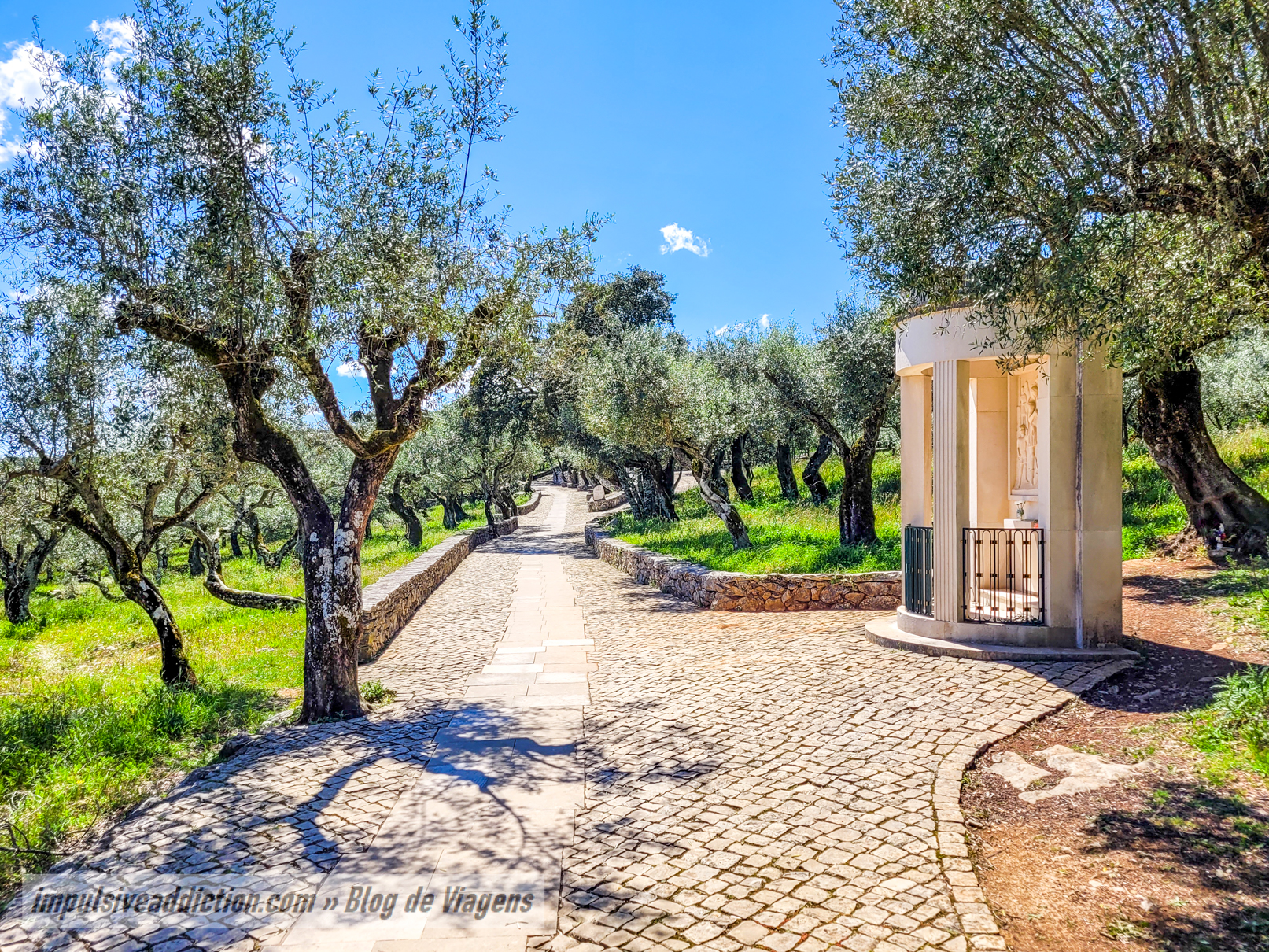
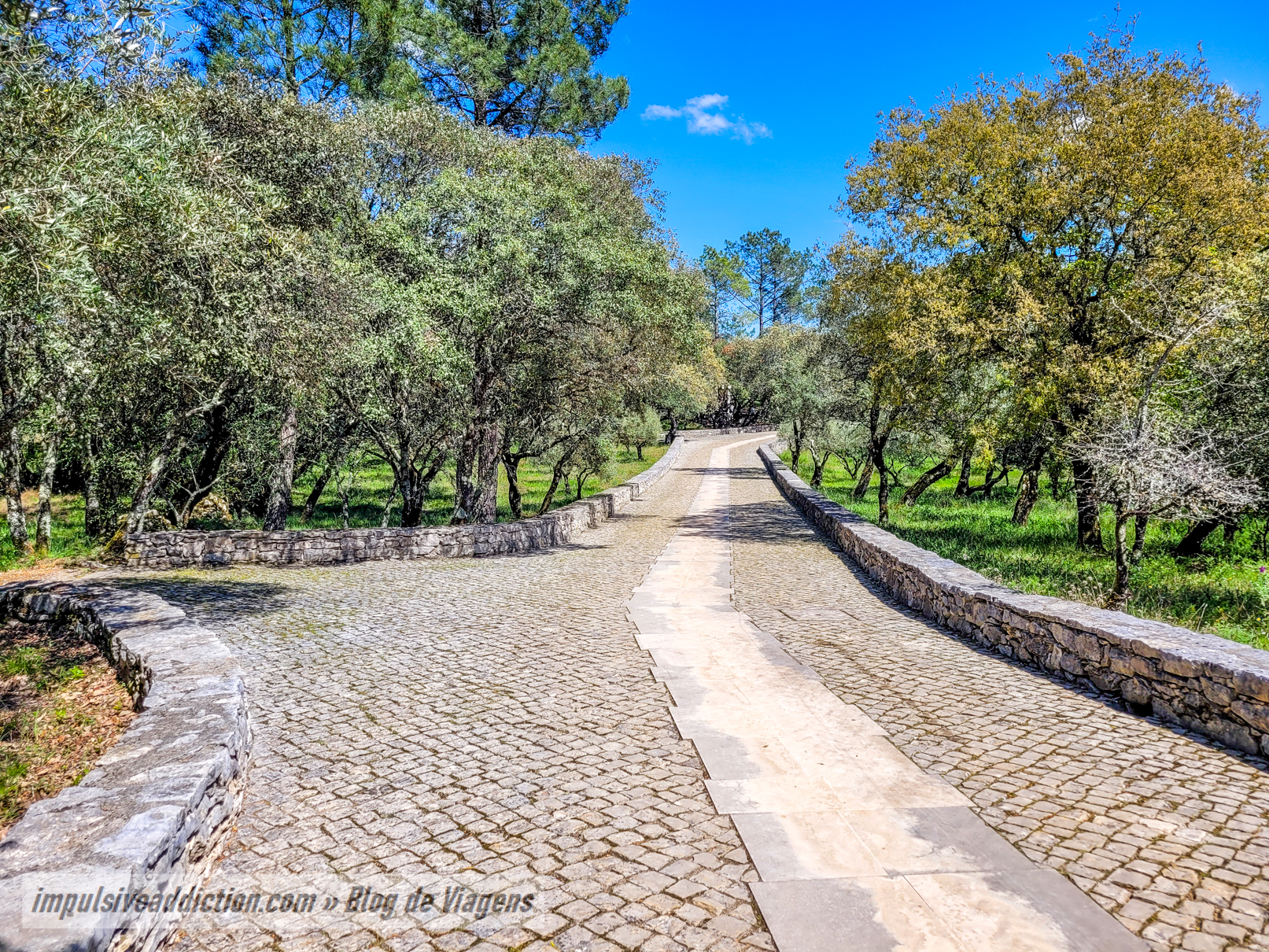
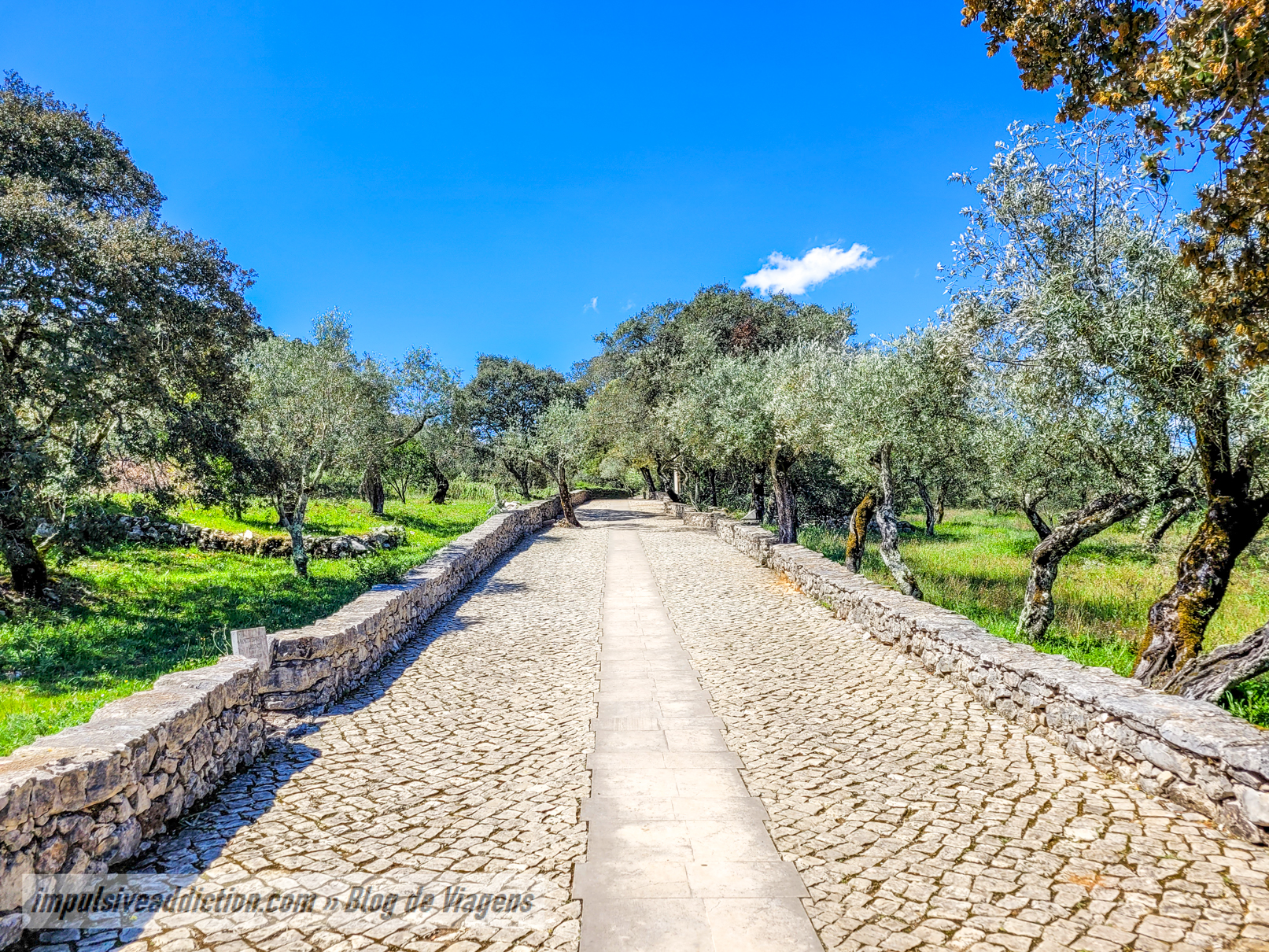
2. Valinhos – Monument to Our Lady
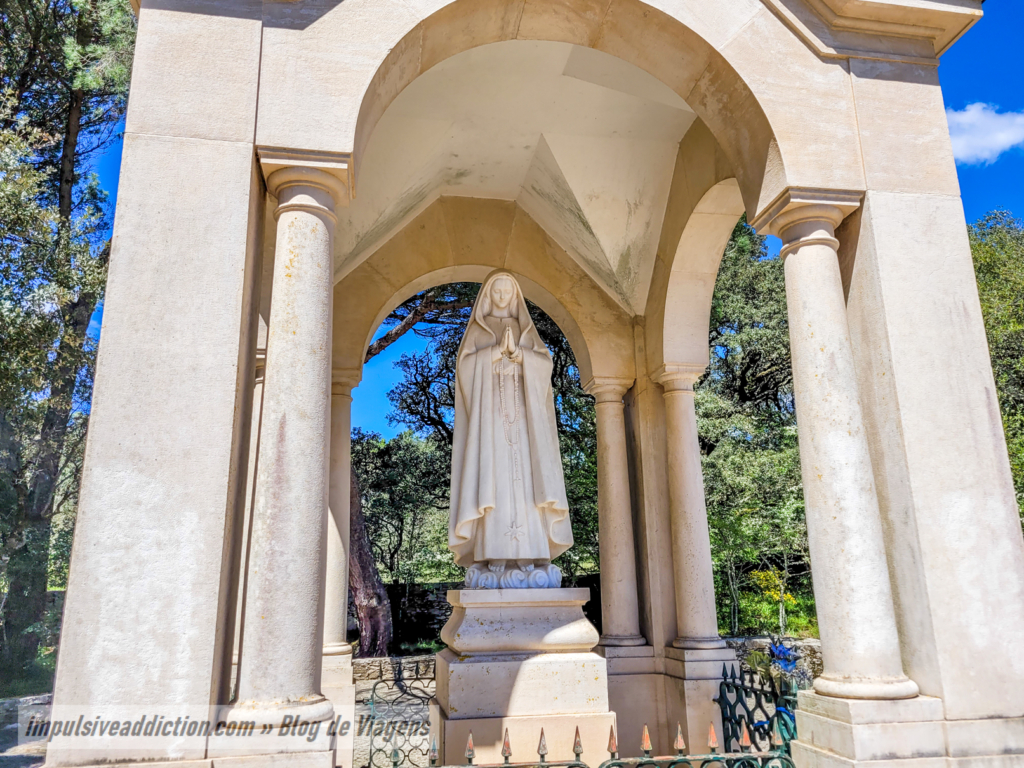
3. Valinhos – Hungarian Calvary
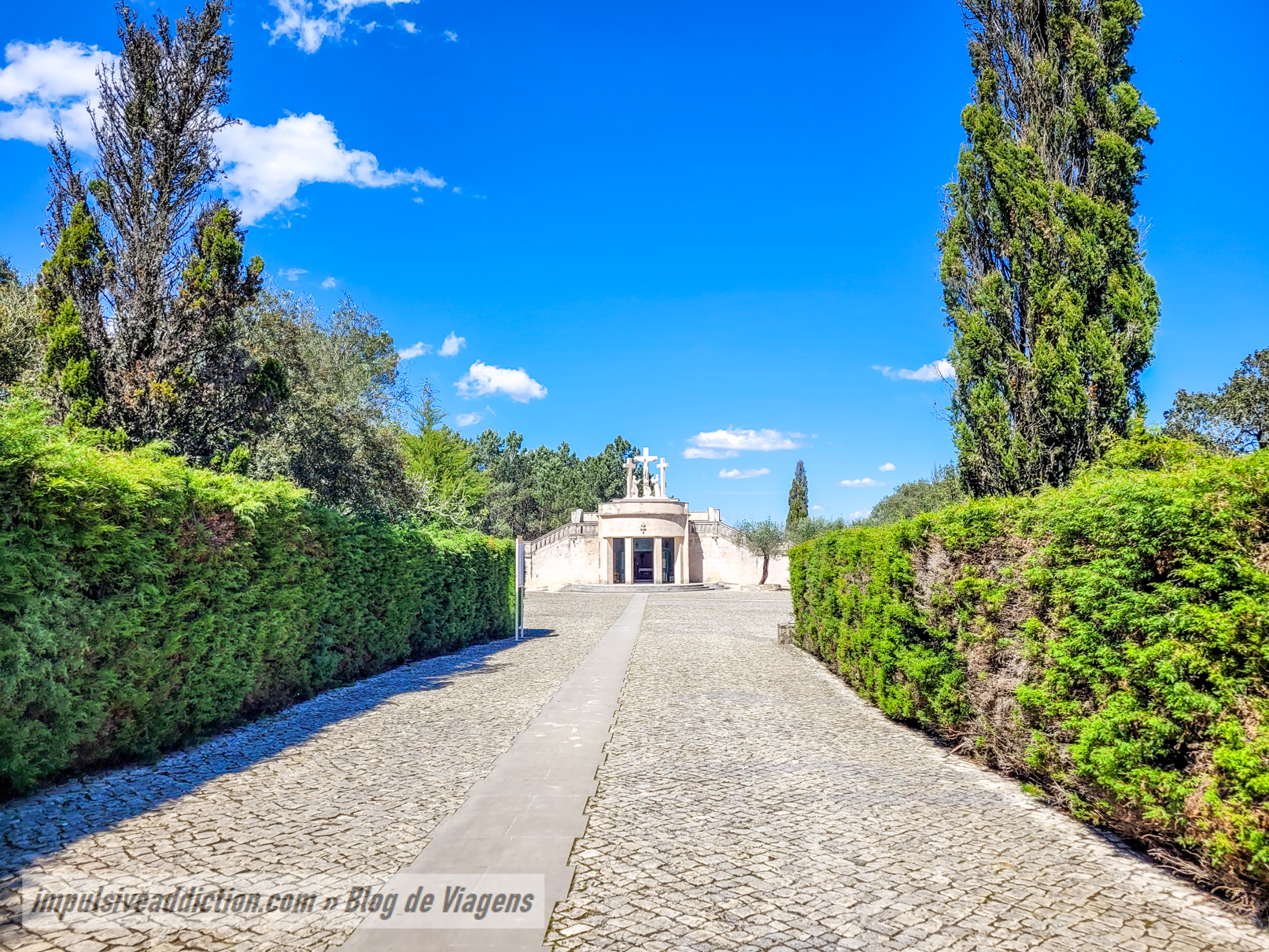
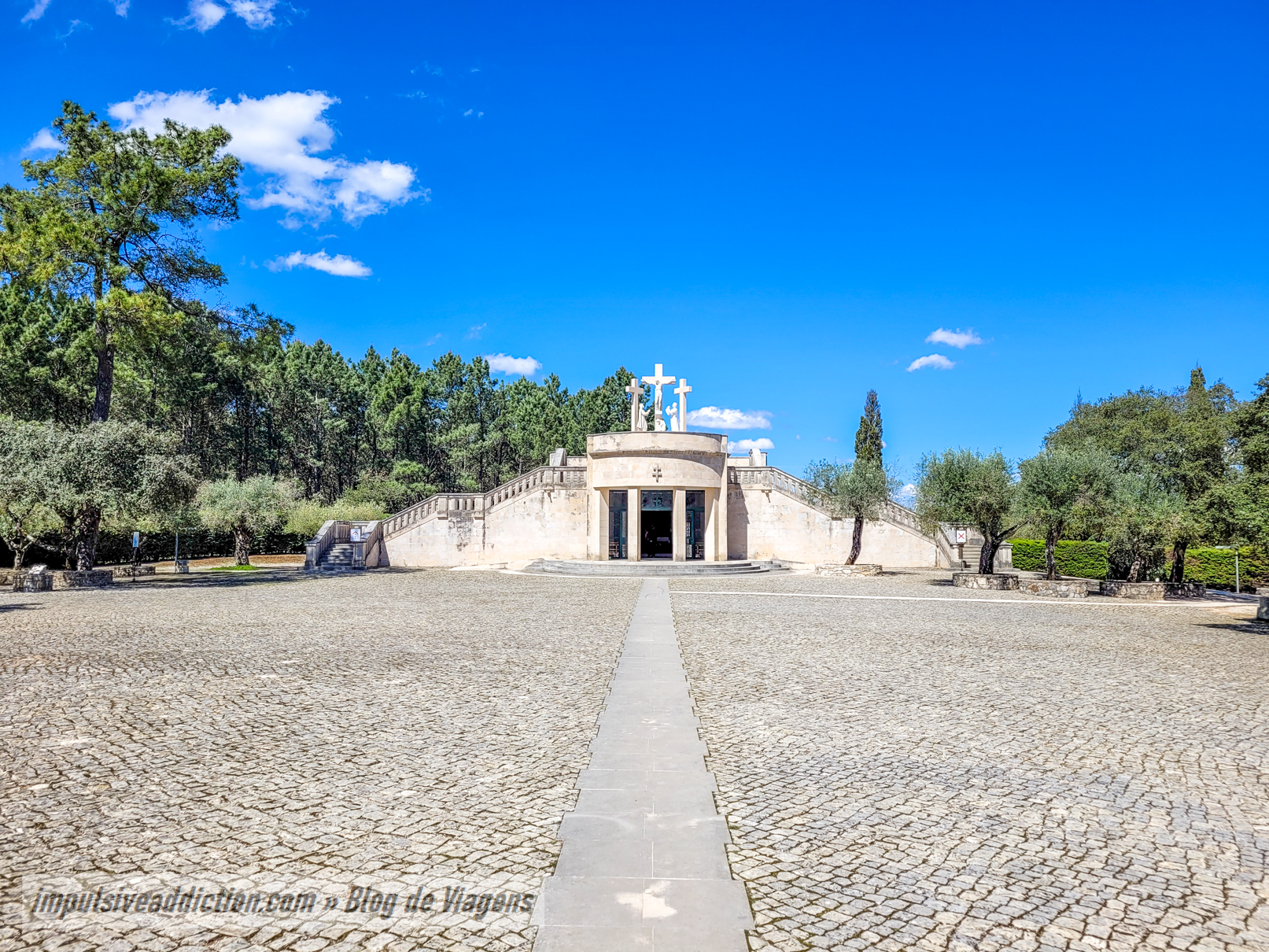
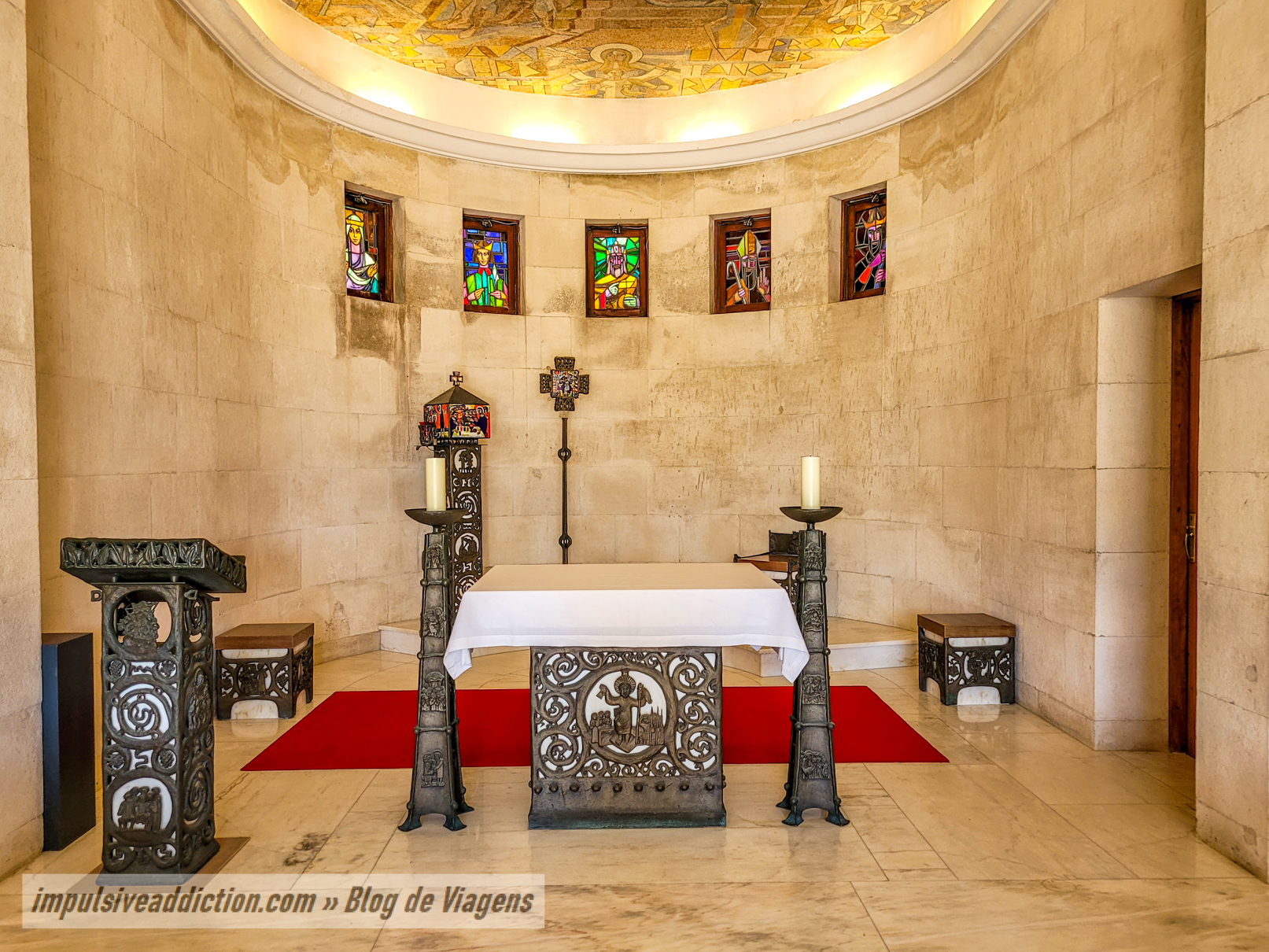
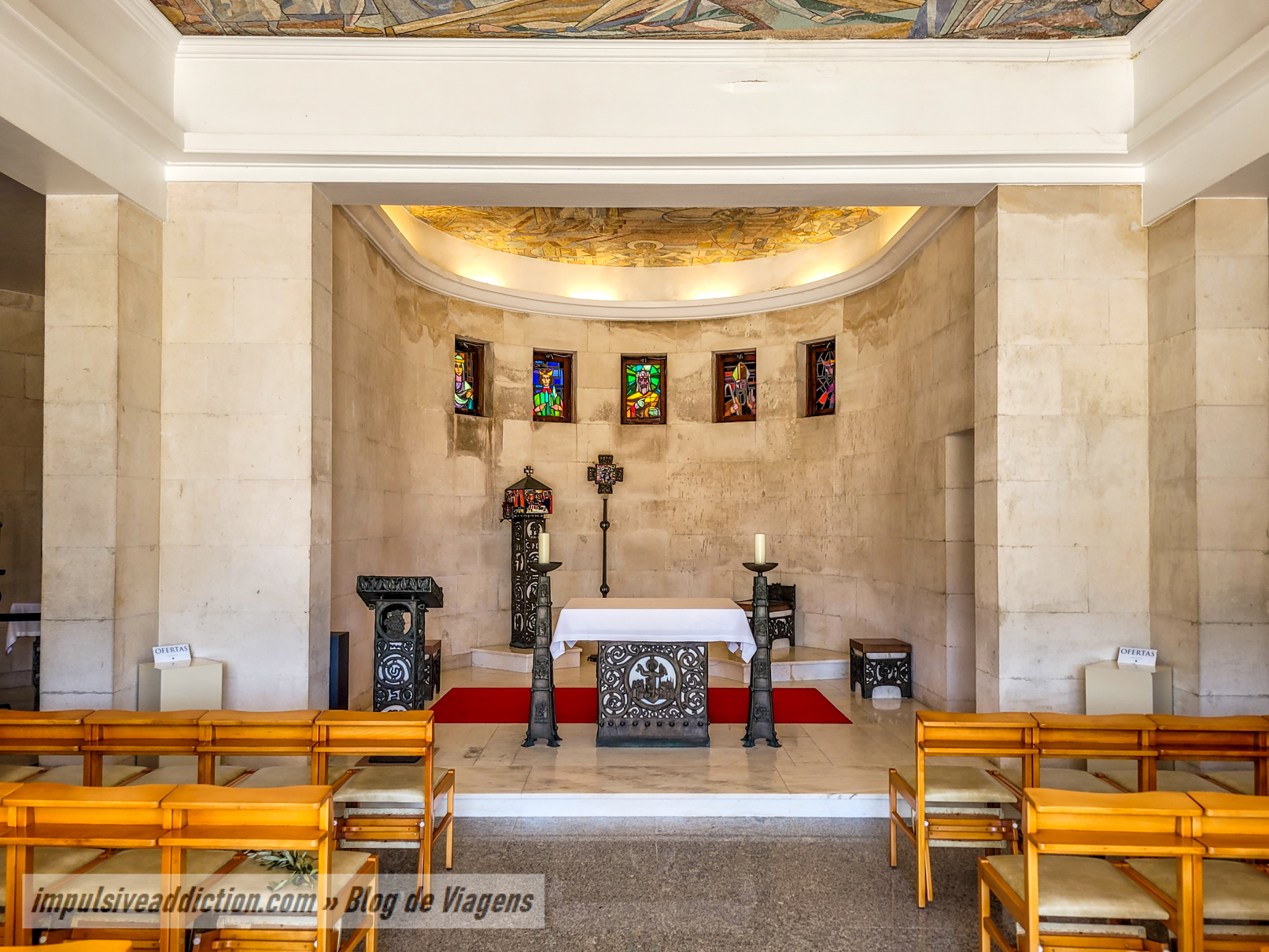
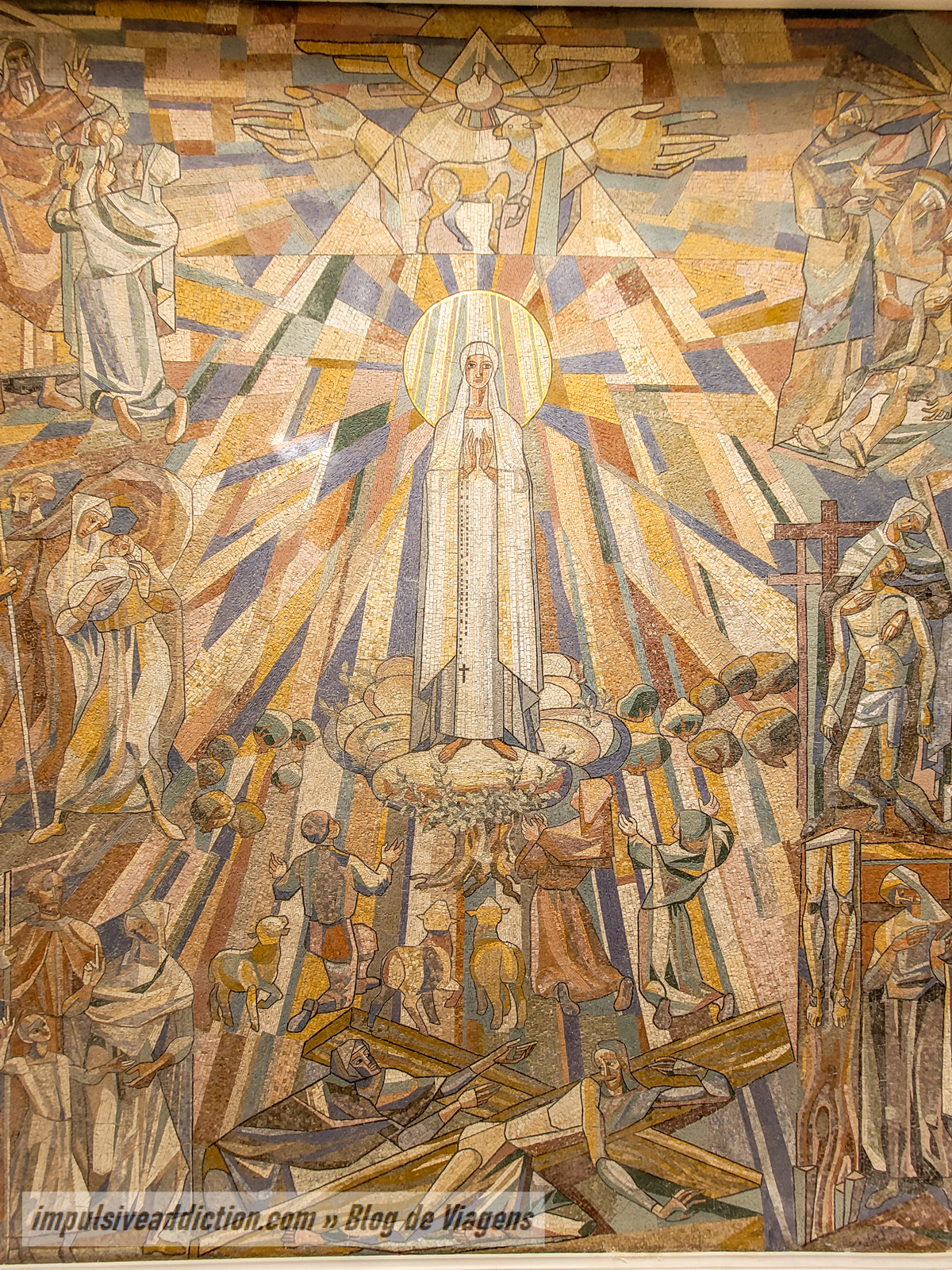
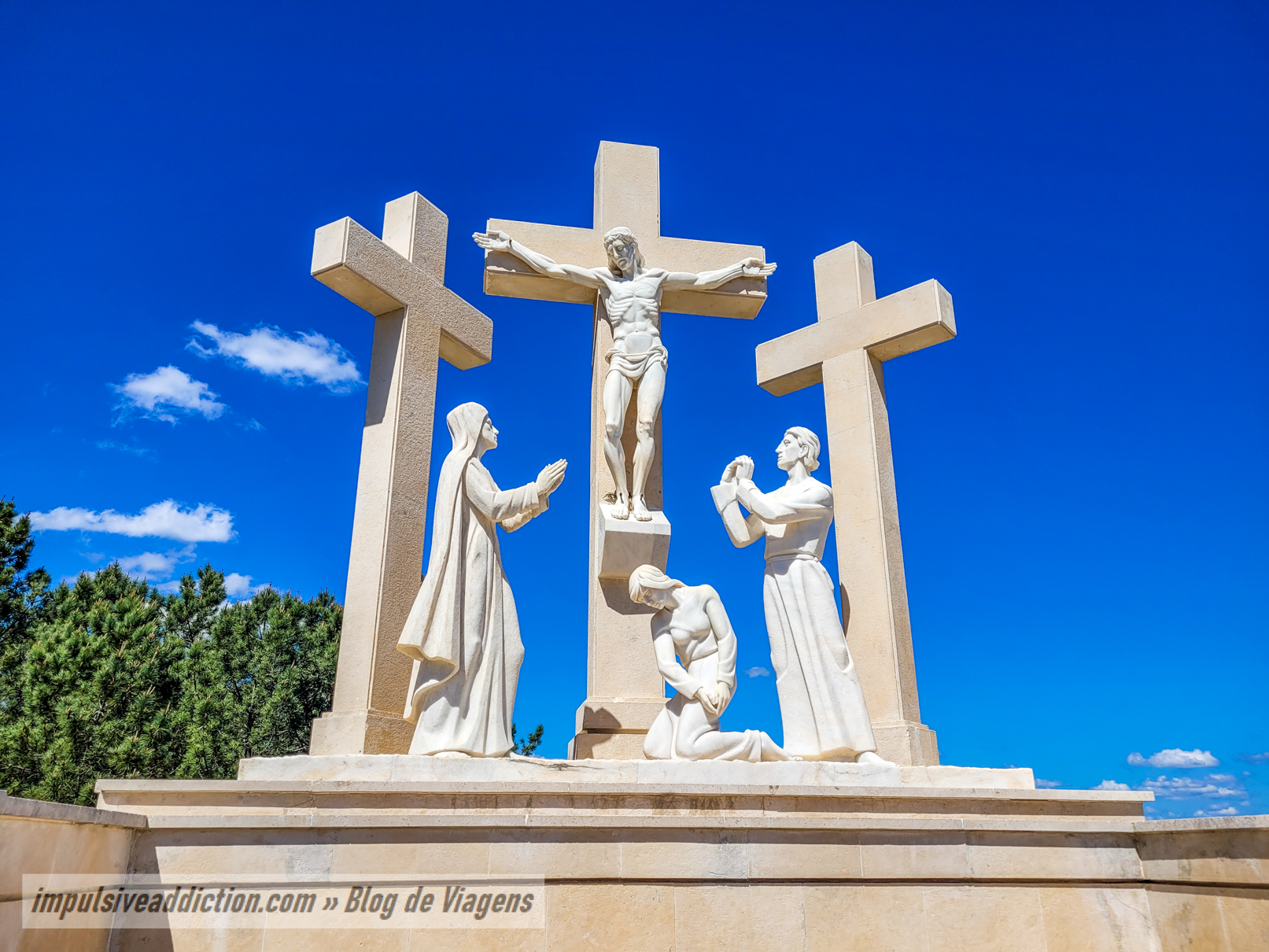
4. Loca do Cabeço
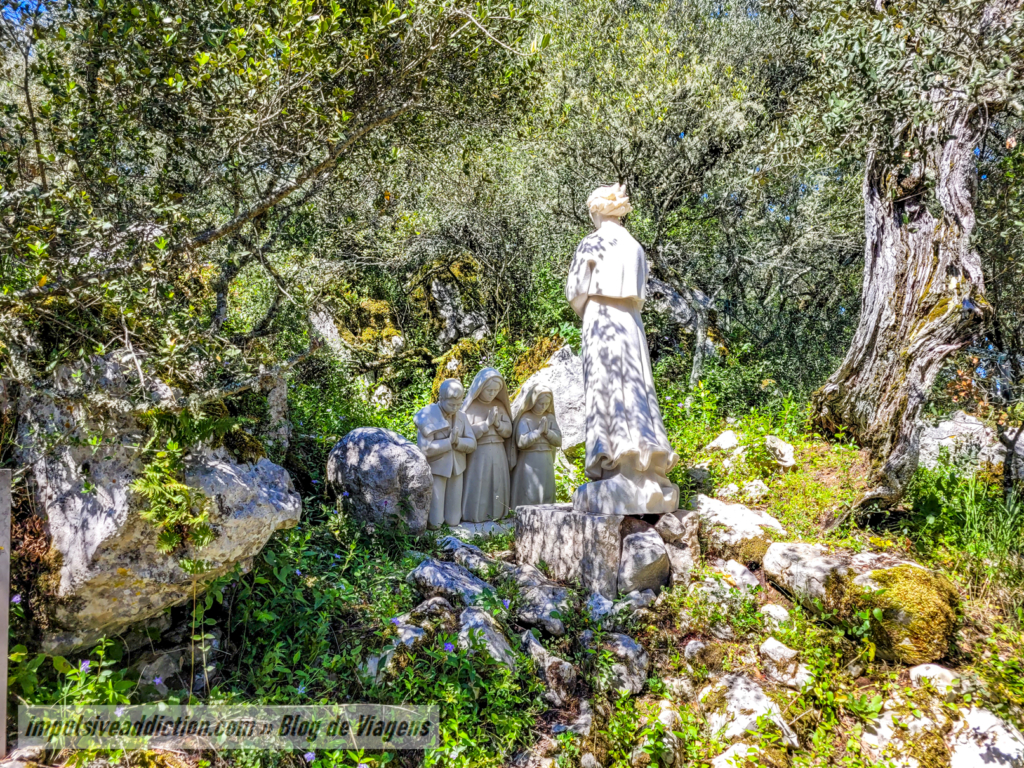
5. The House of Sister Lúcia
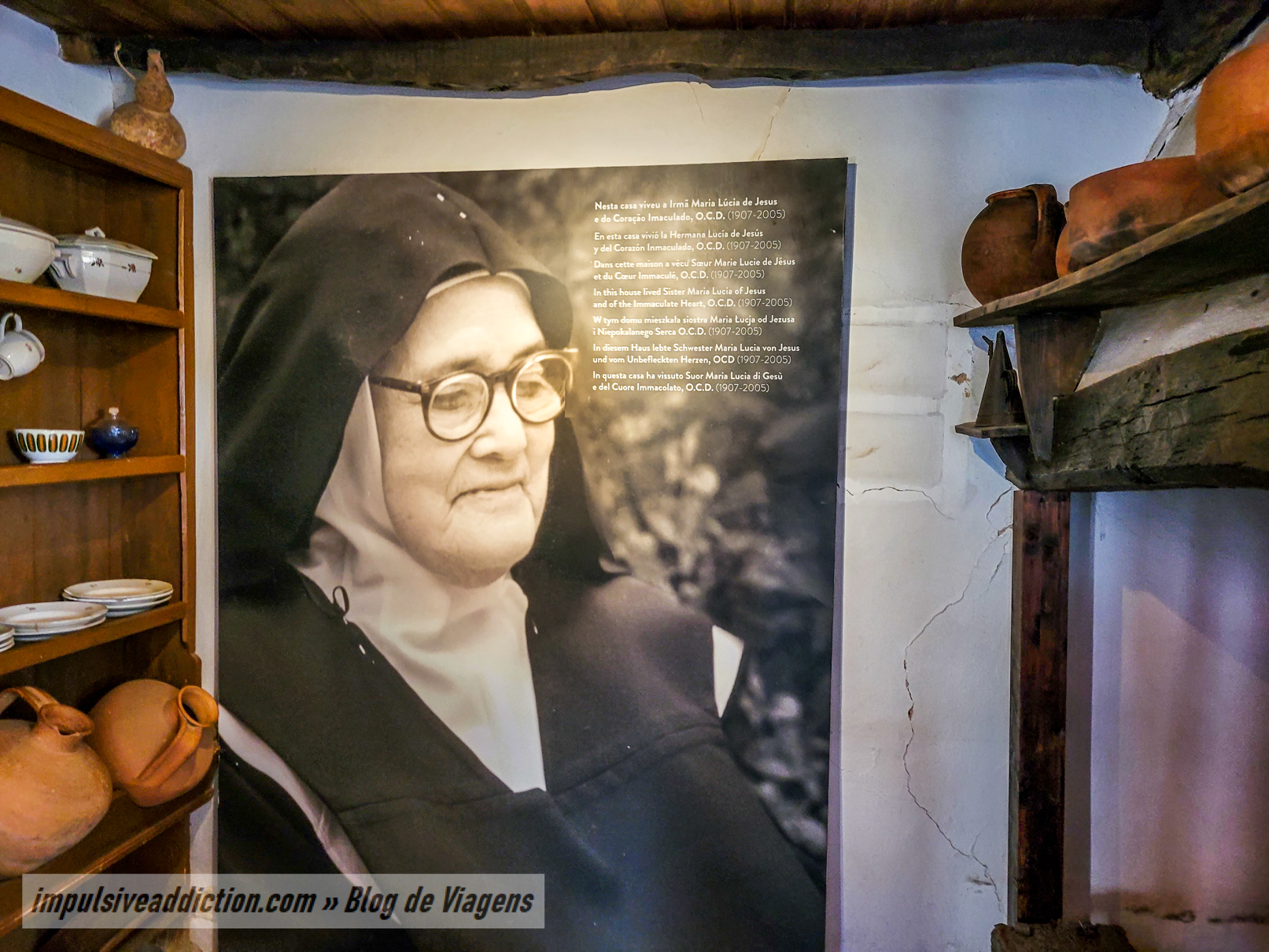
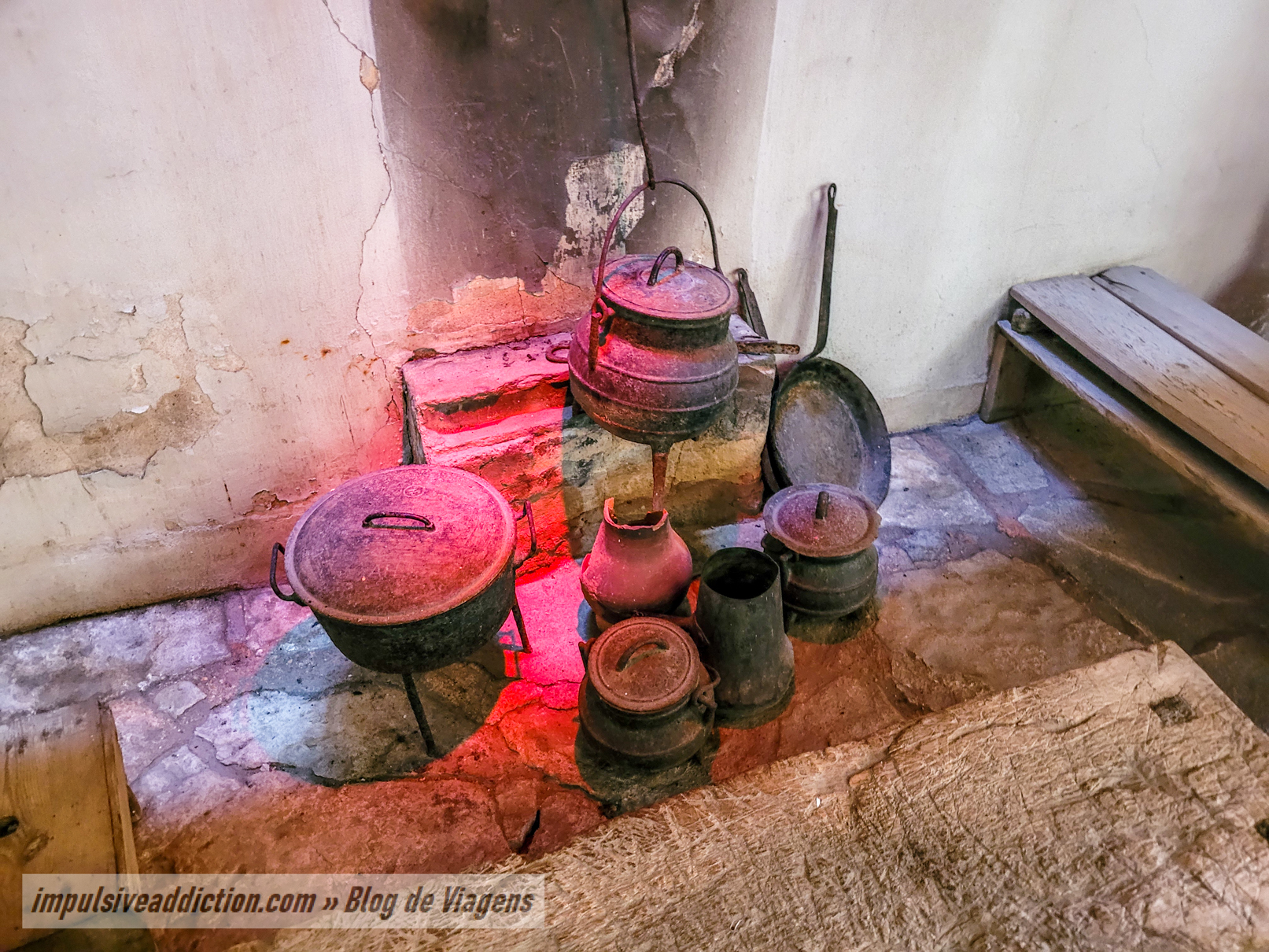
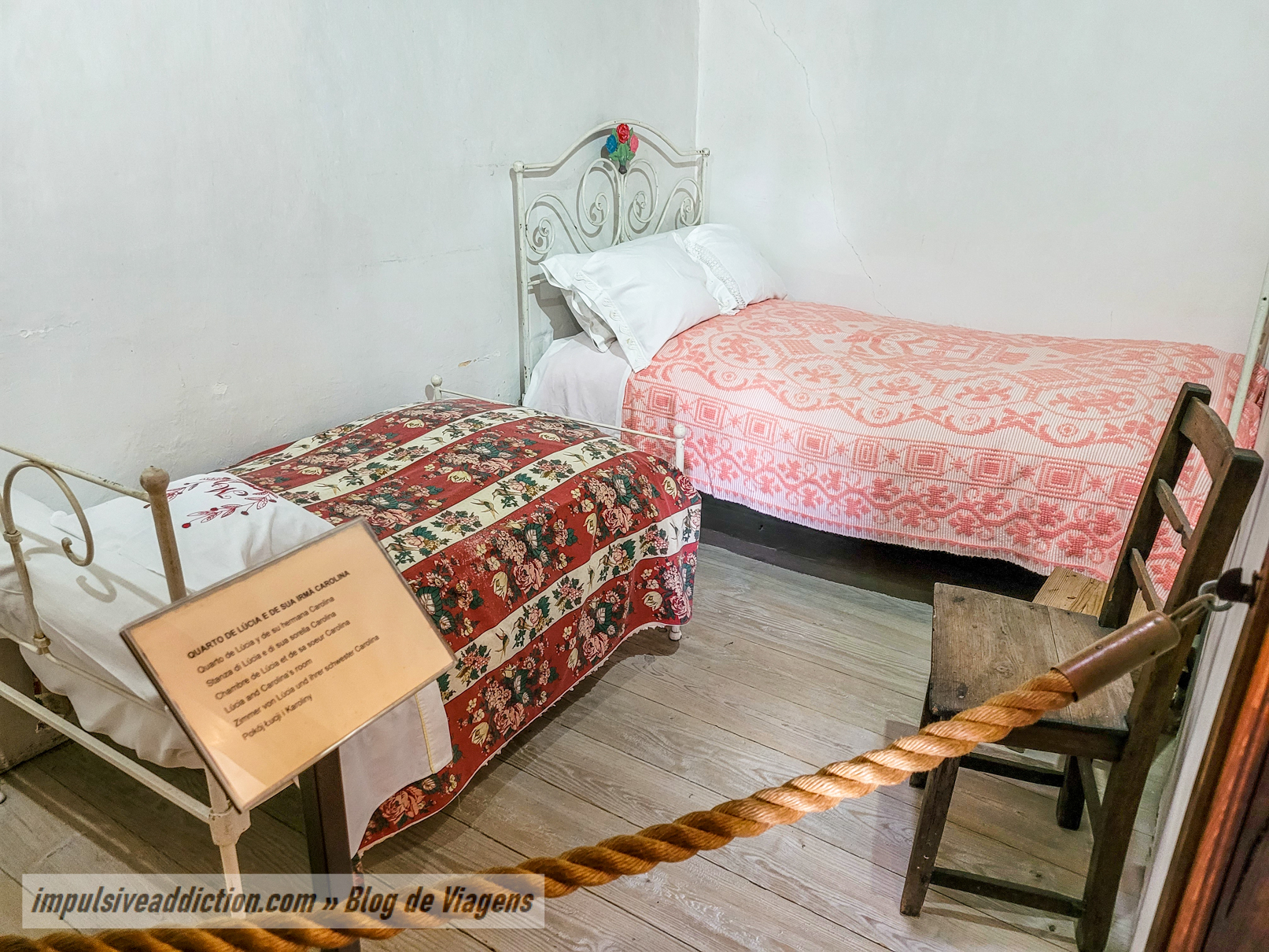
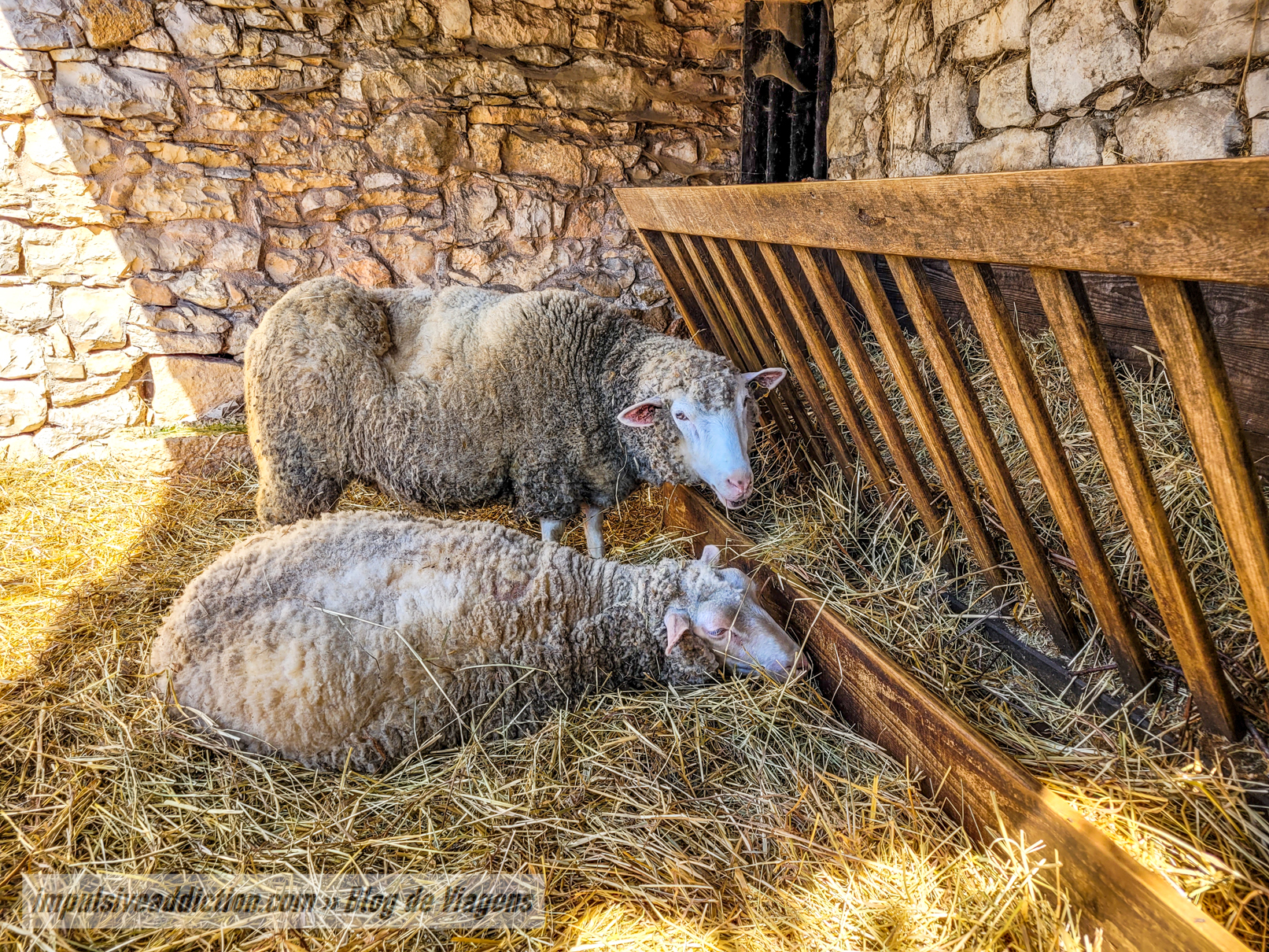
6. Poço do Arneiro
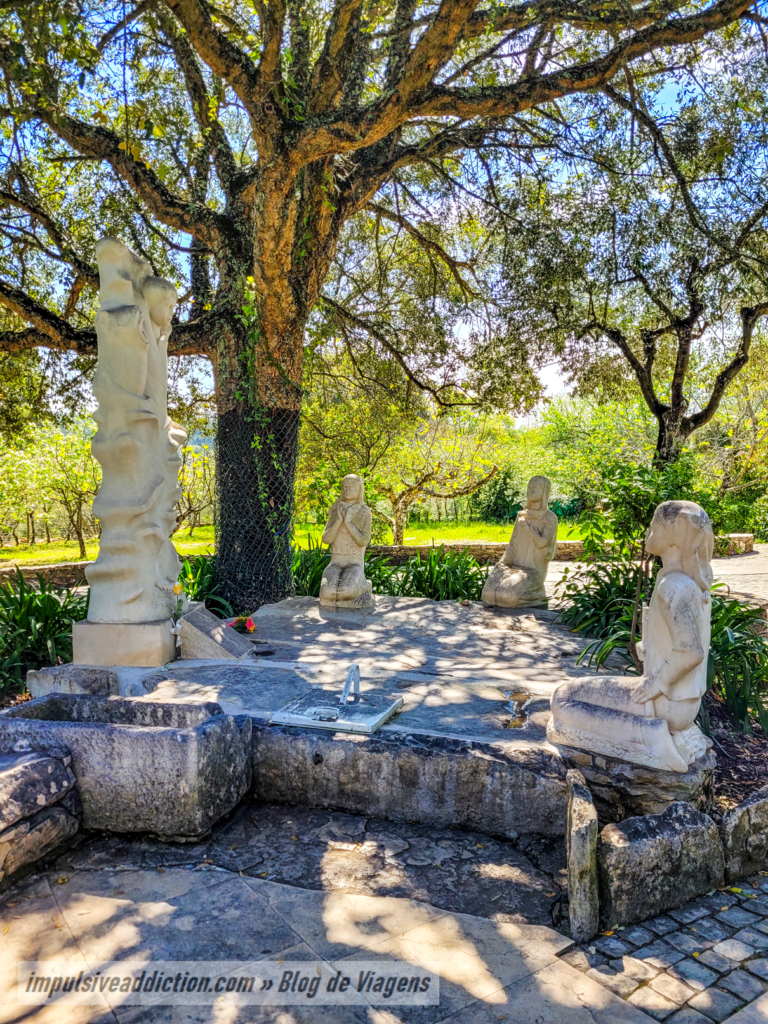
7. House of Jacinta and Francisco
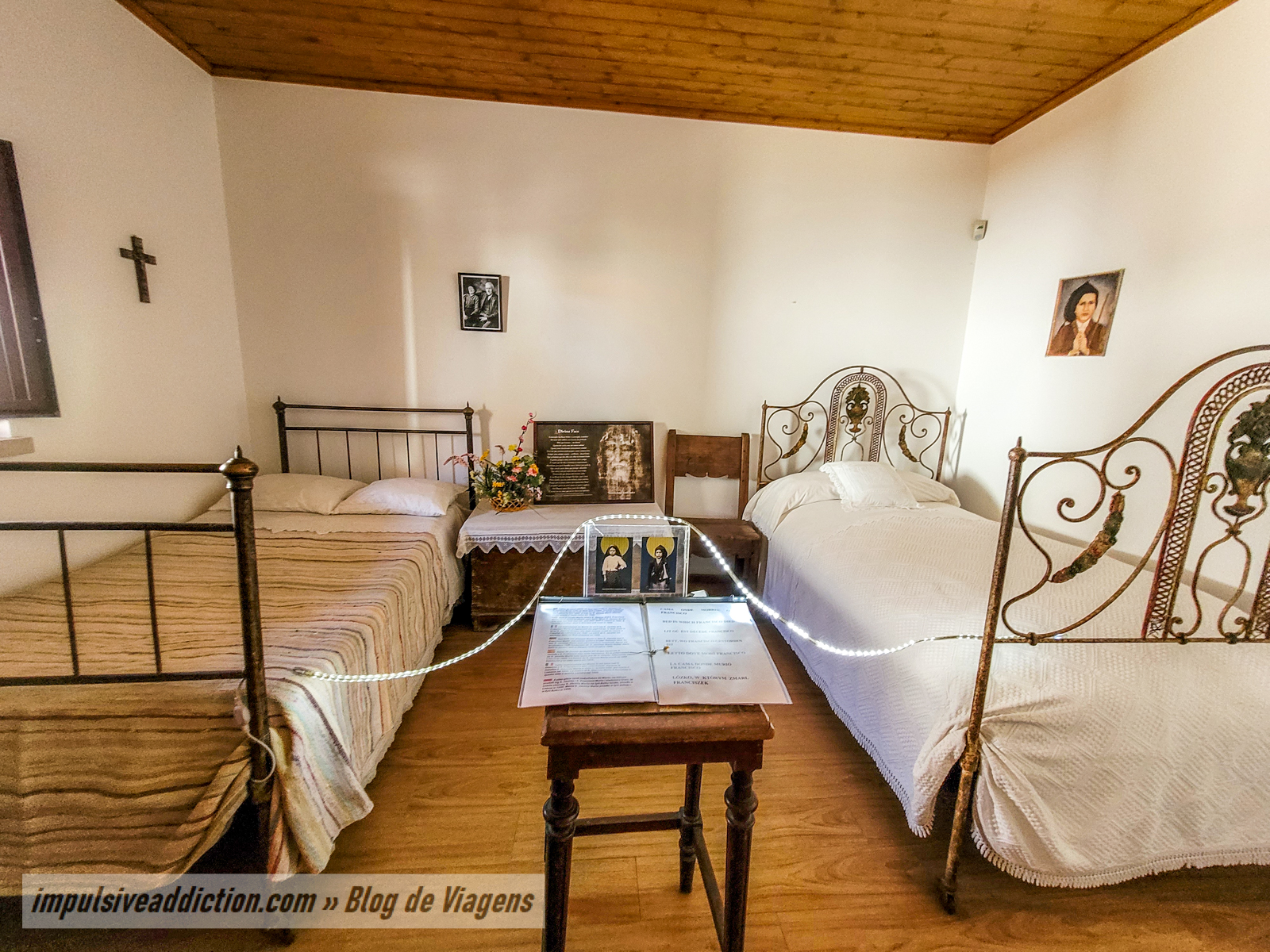
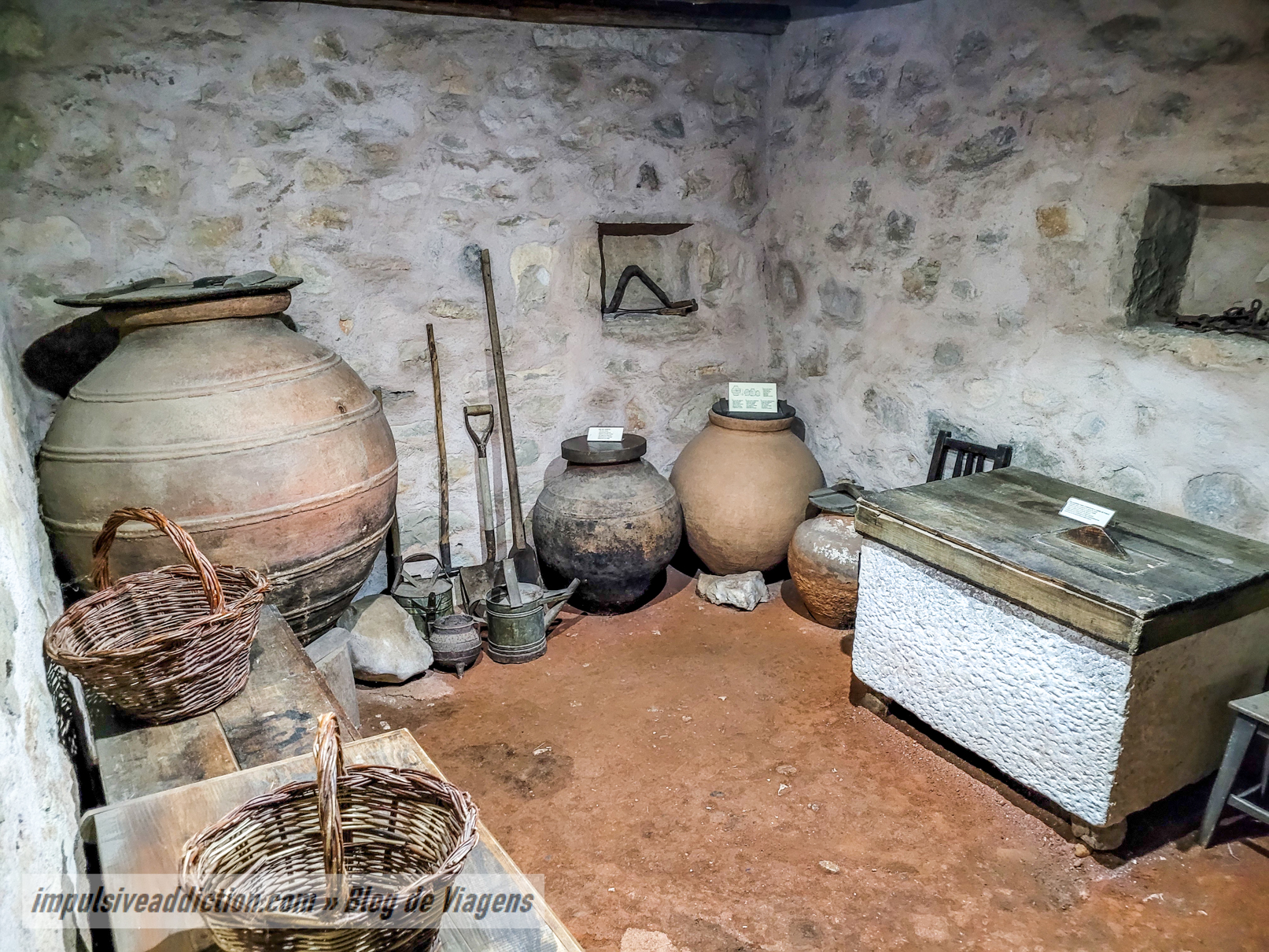
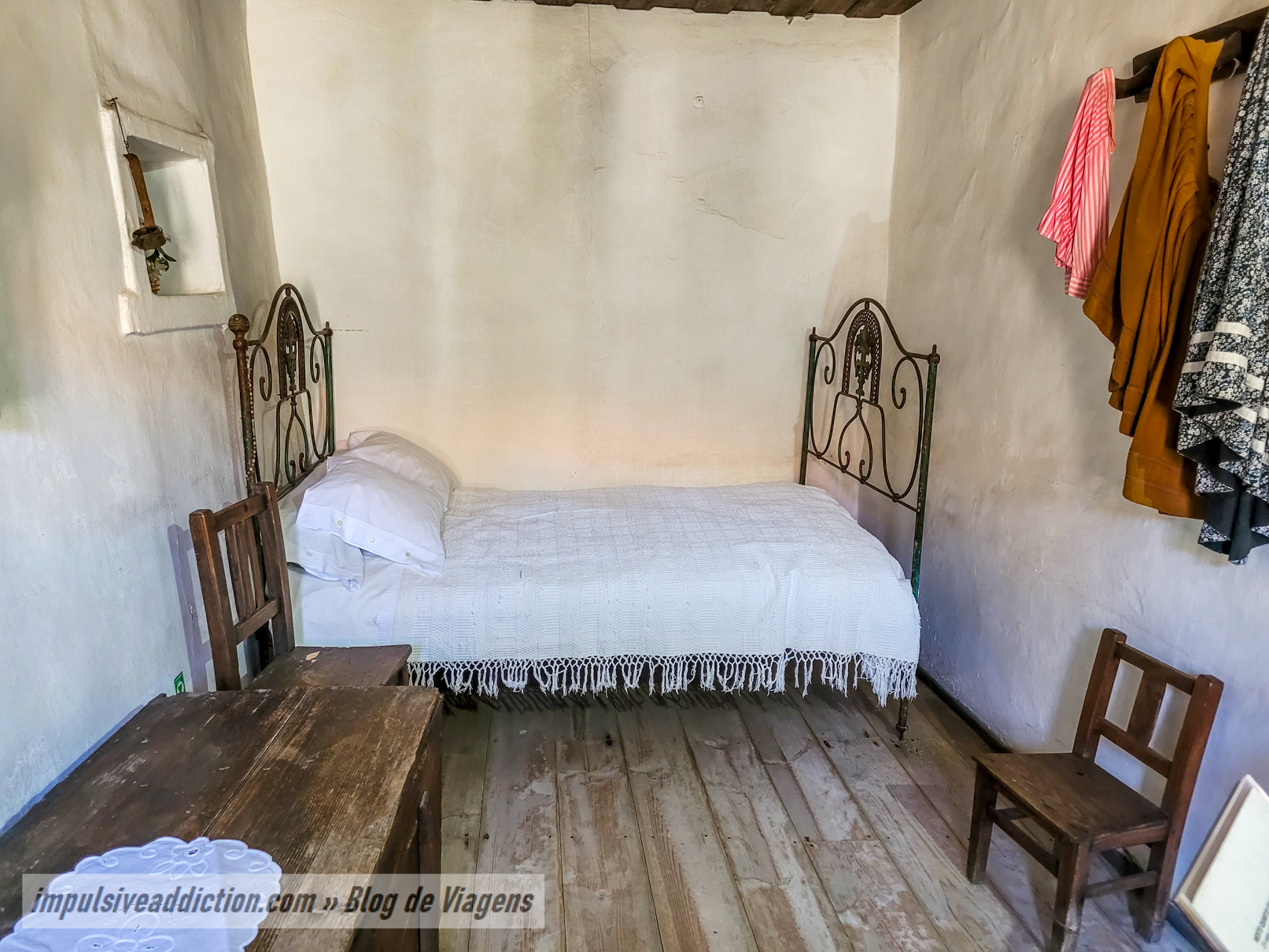
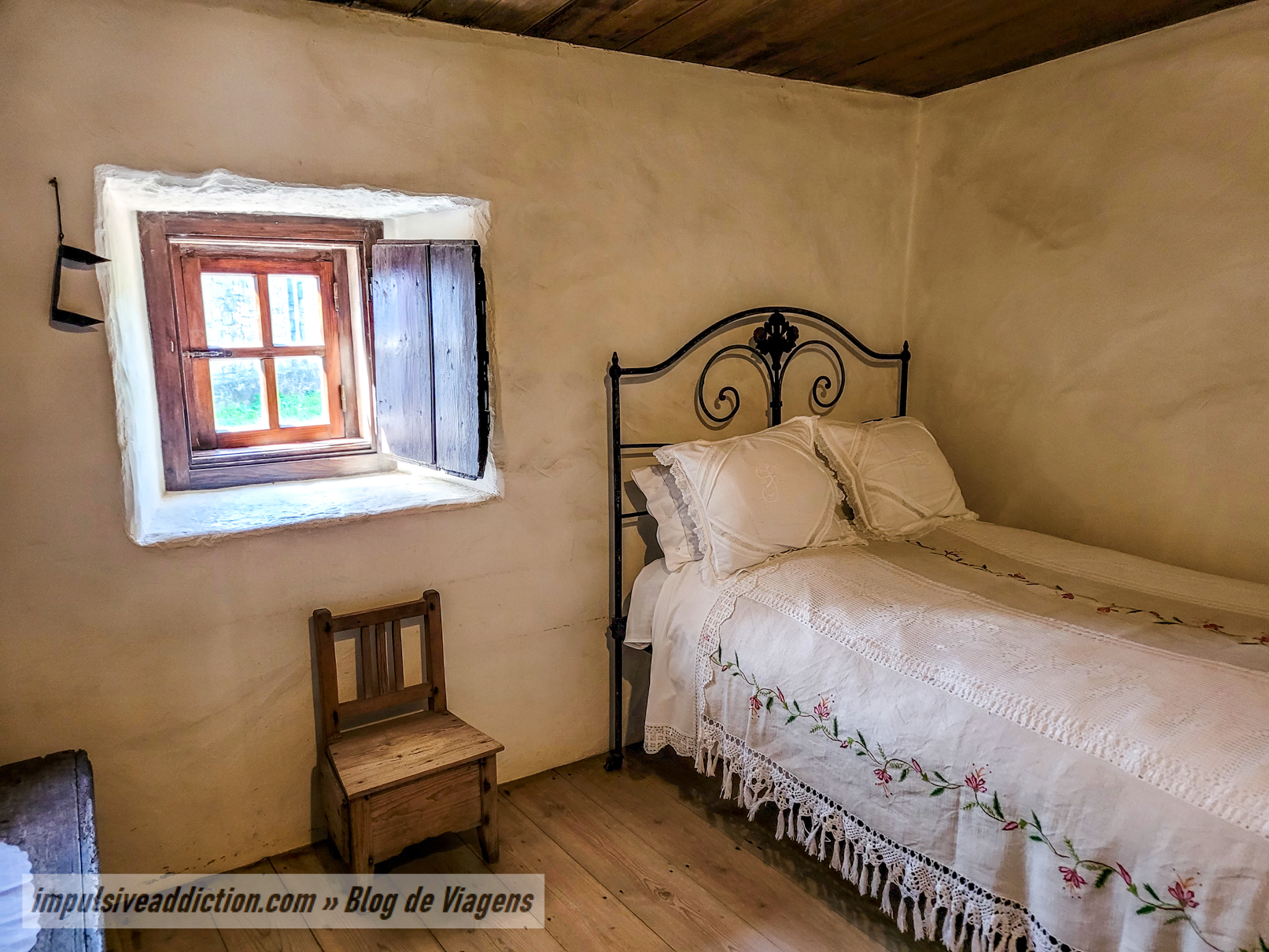
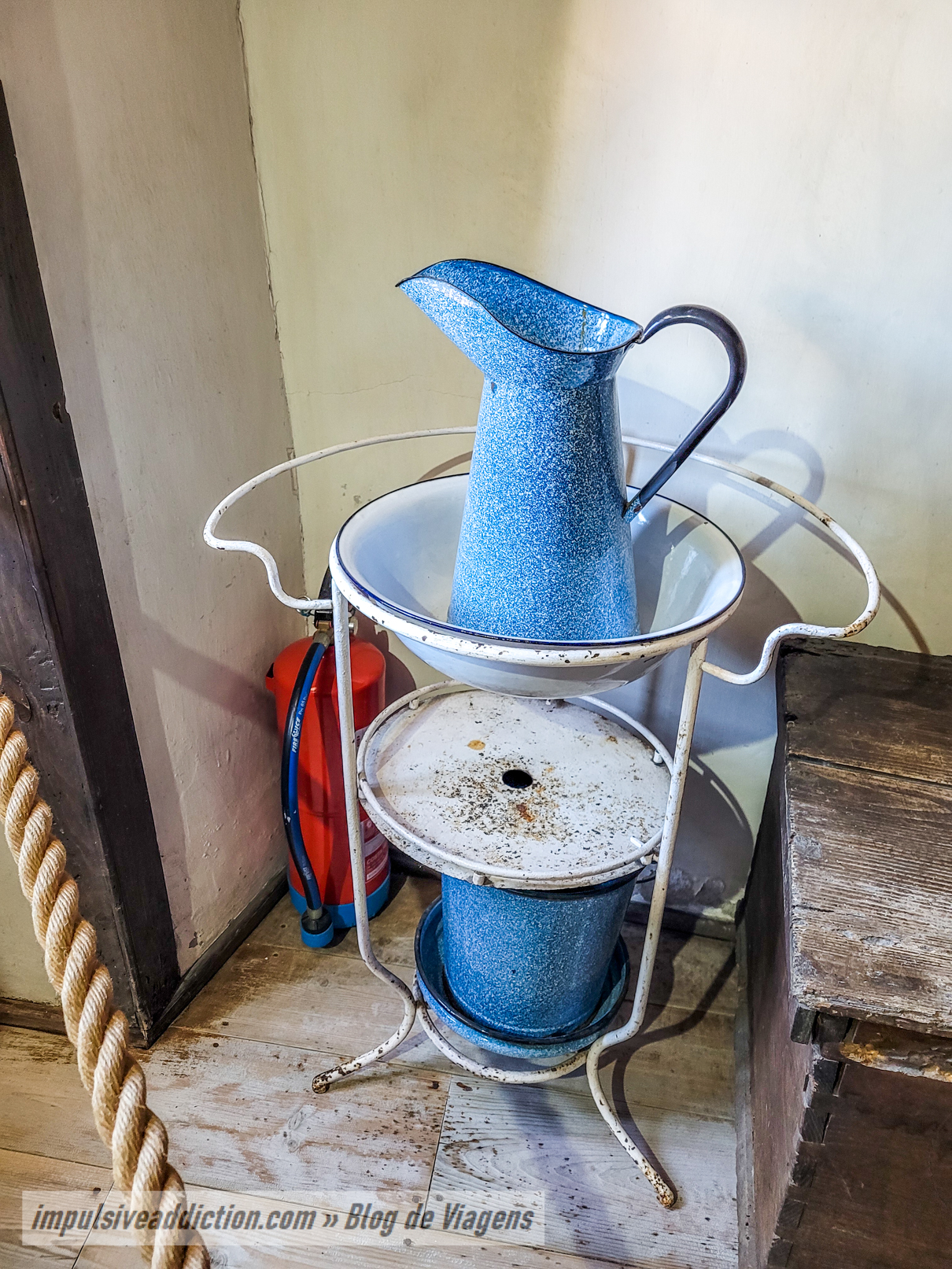
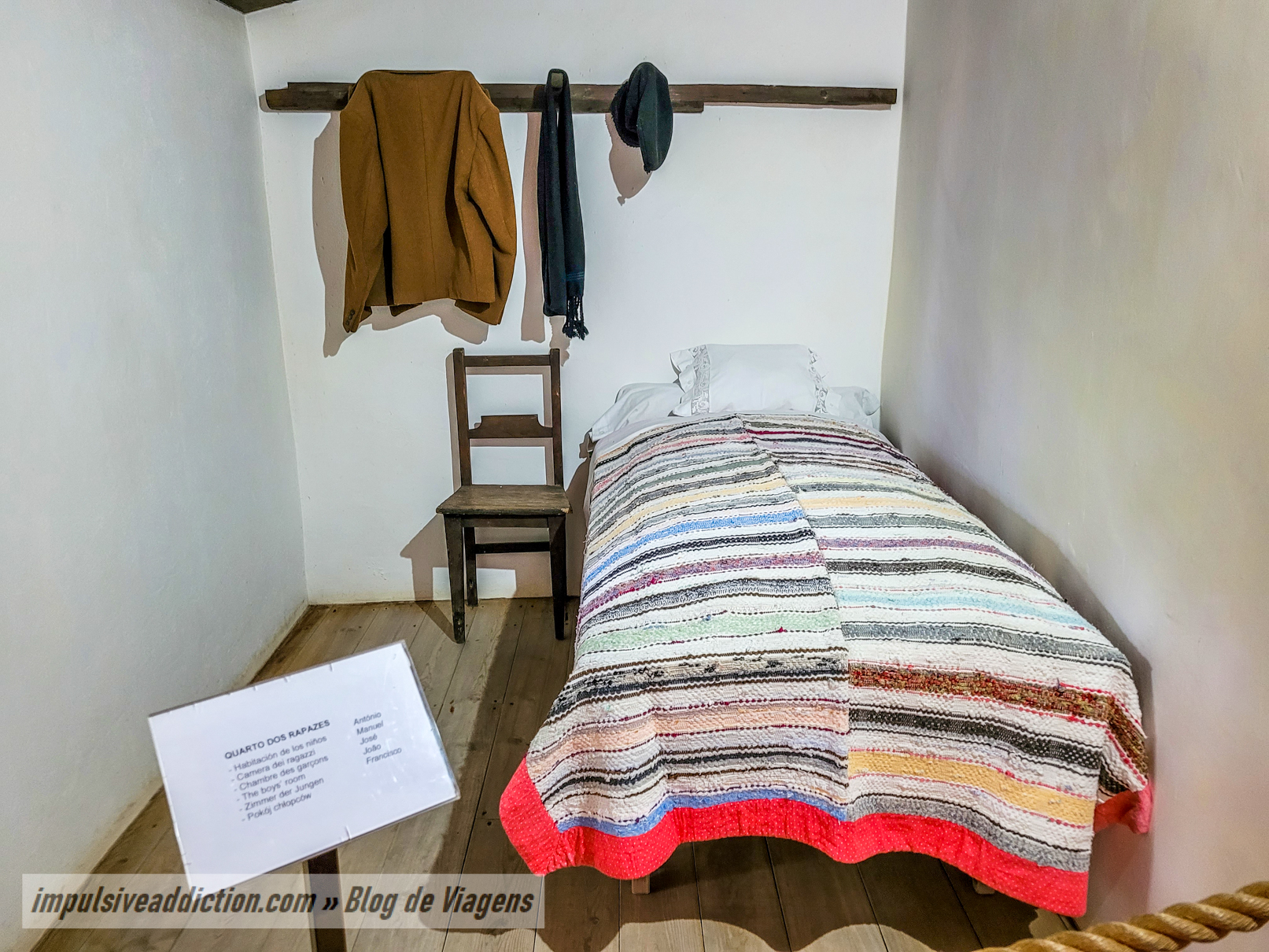
Visit the city of Ourém
Ourém is divided into two main places: the city and the medieval town. I’ll start by introducing you to the city, which despite not being as interesting and picturesque as the medieval town, still has some places not to be missed.
1. Church of Our Lady of Piety
The Church of Nossa Senhora da Piedade (Our Lady of Piety) is the Mother Church of Ourém. It is next to Republic Square, from which you have a view of the hill where the castle and the Medieval Town are located.
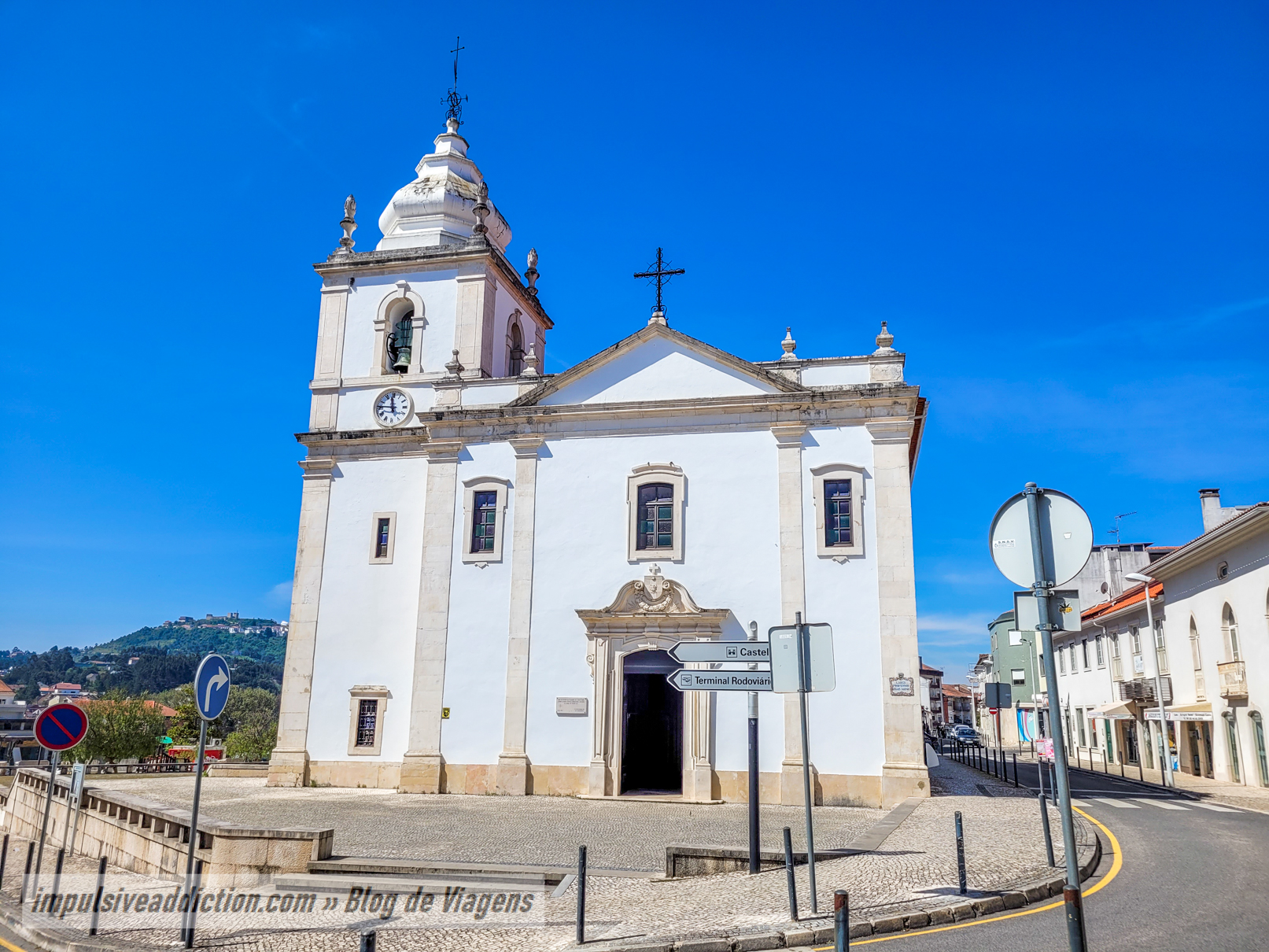
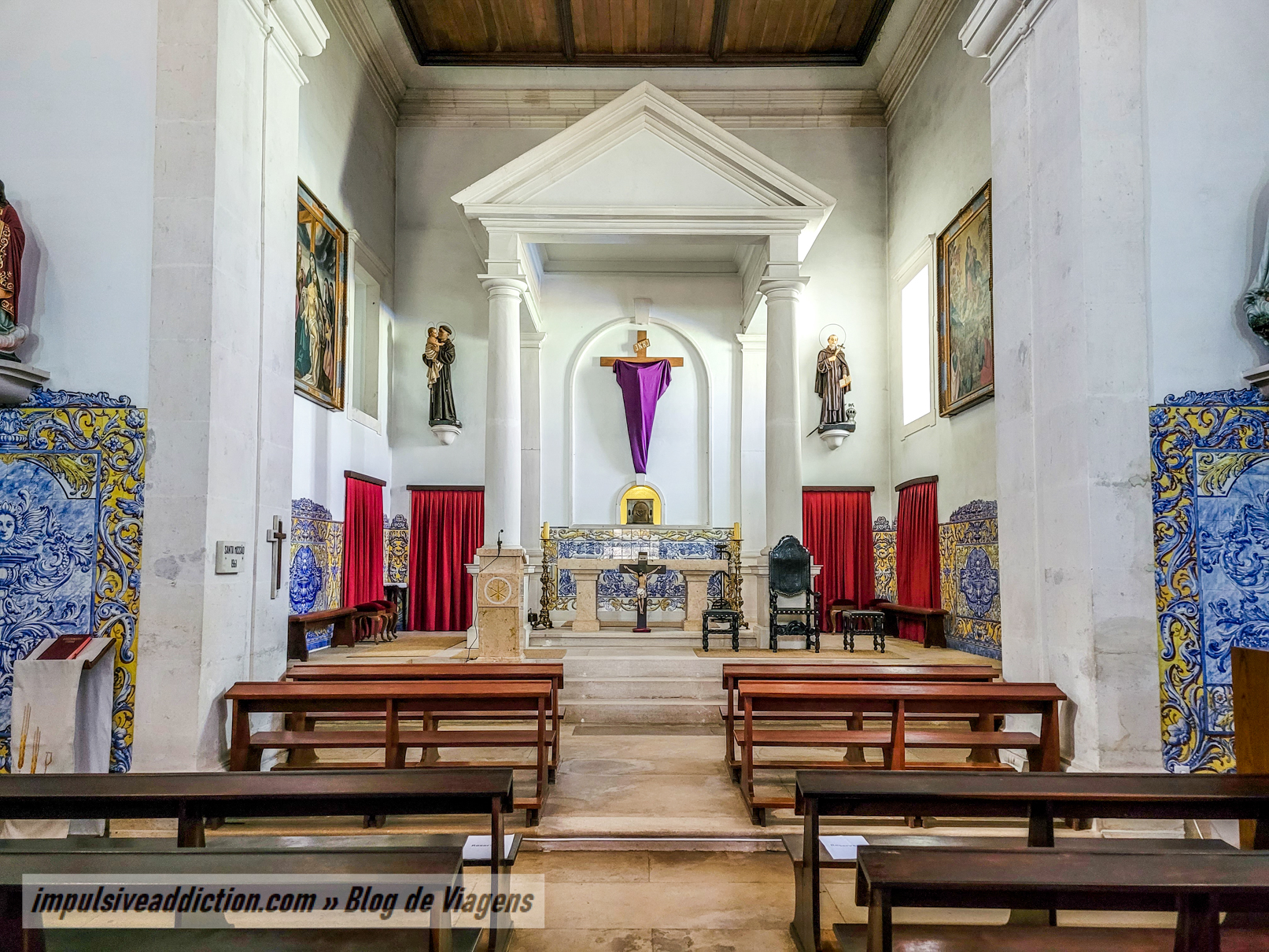
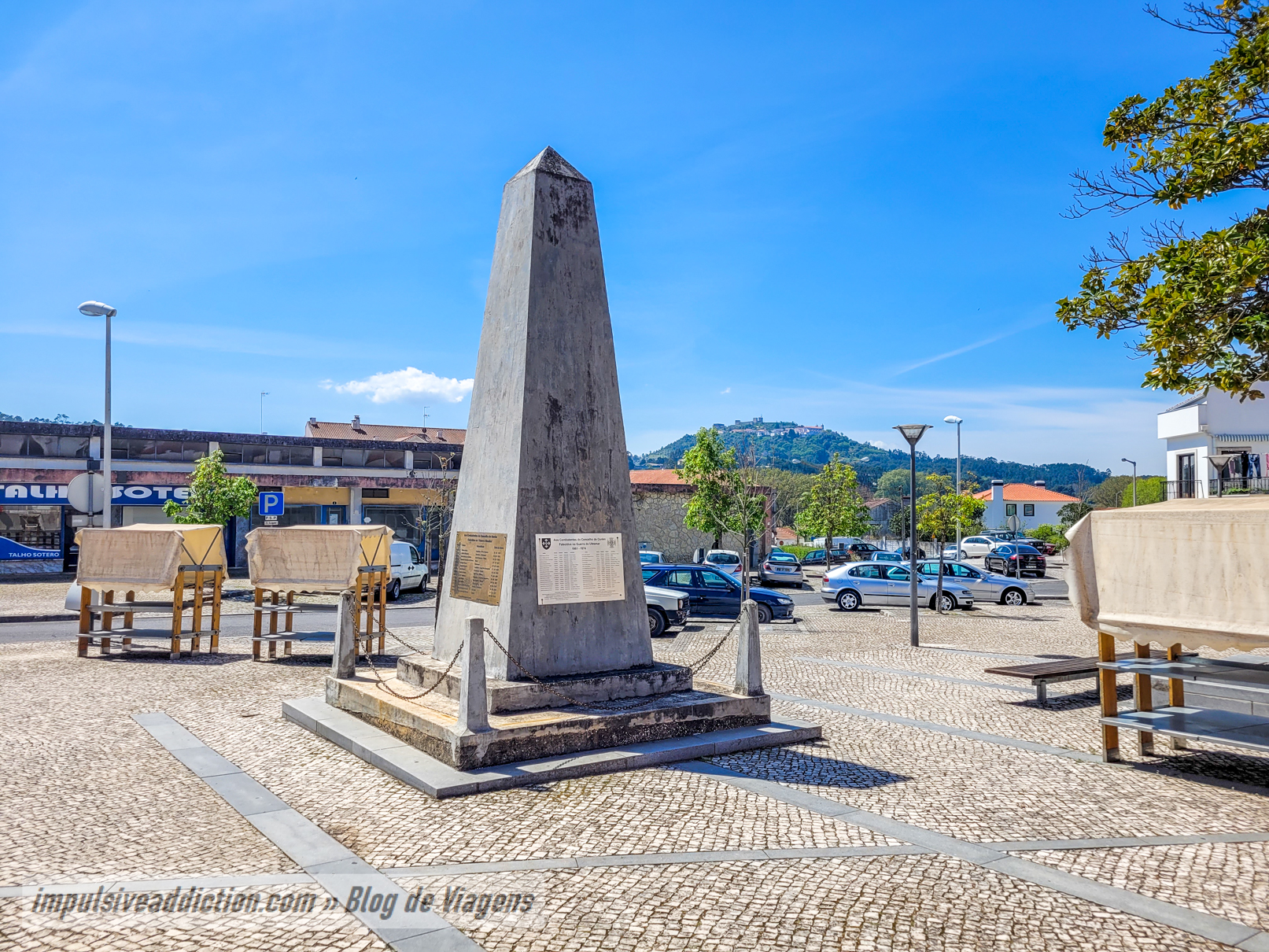
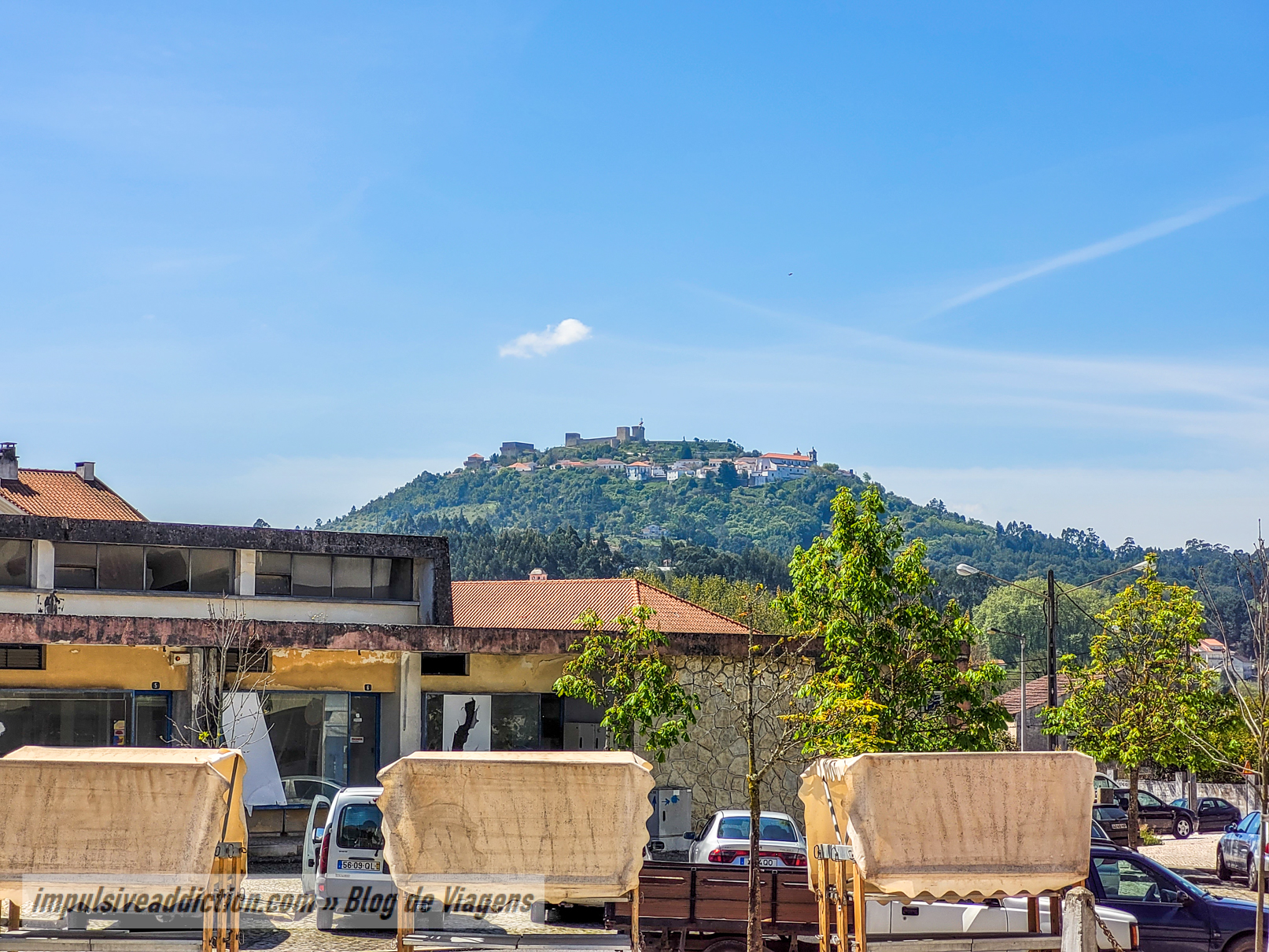
2. Municipal Museum of Ourém – Administrator’s House
The Municipal Museum of Ourém is housed in the Administrator’s House (19th century), at Square Dr. Victorino de Carvalho. The administrator was Artur de Oliveira Santos, writer, journalist and former president of the Municipality of Ourém. He was a key person at the time of the Apparitions, being the founder of some of the newspapers that reported what happened.
He was also responsible for removing the children from Cova da Iria on 13 August, bringing them to Ourém for interrogation. That is why Our Lady appeared once in Valinhos, and not in Cova da Iria, on the 19th of August. Inside this museum, the Digital Table room stands out.
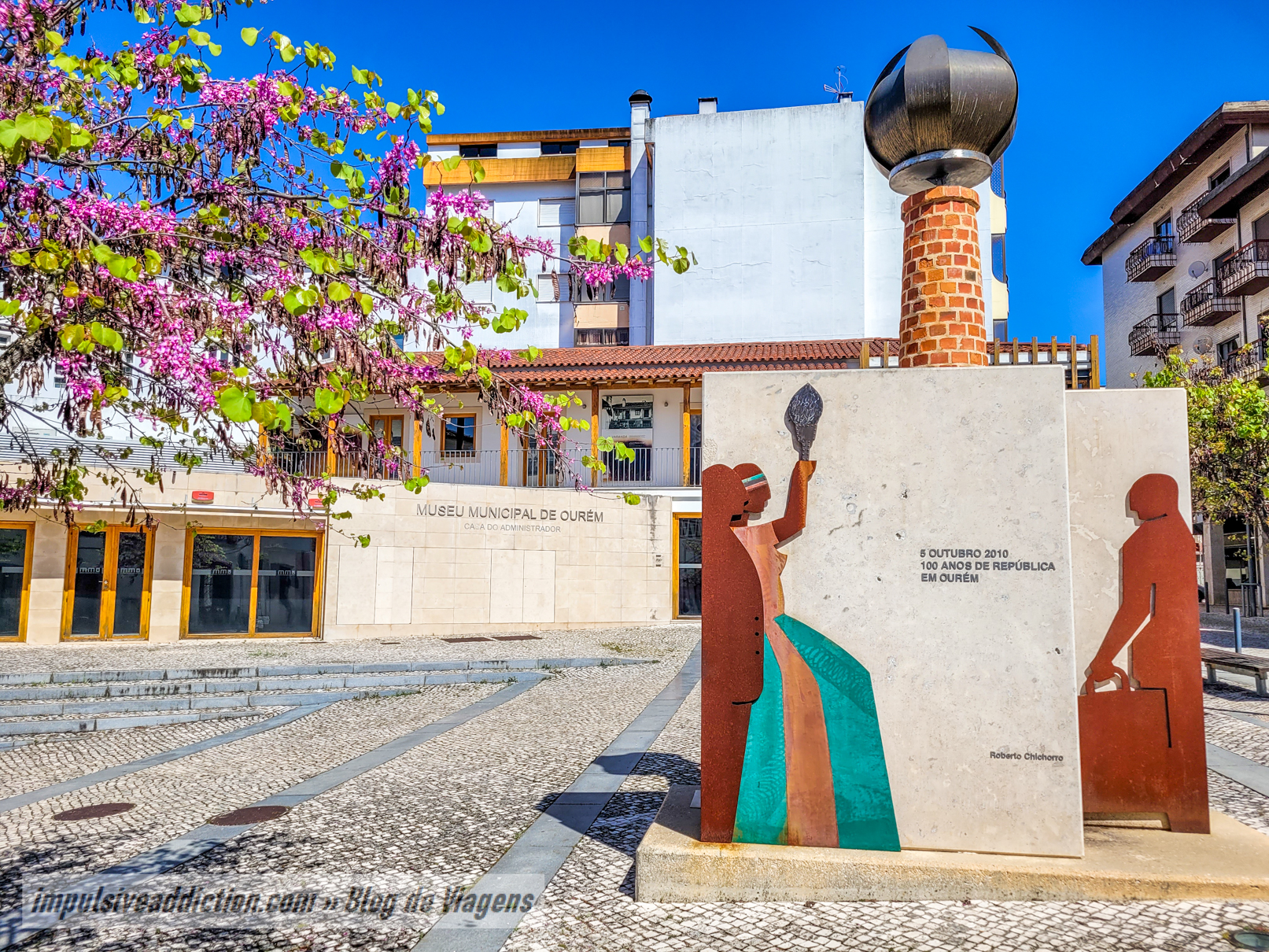
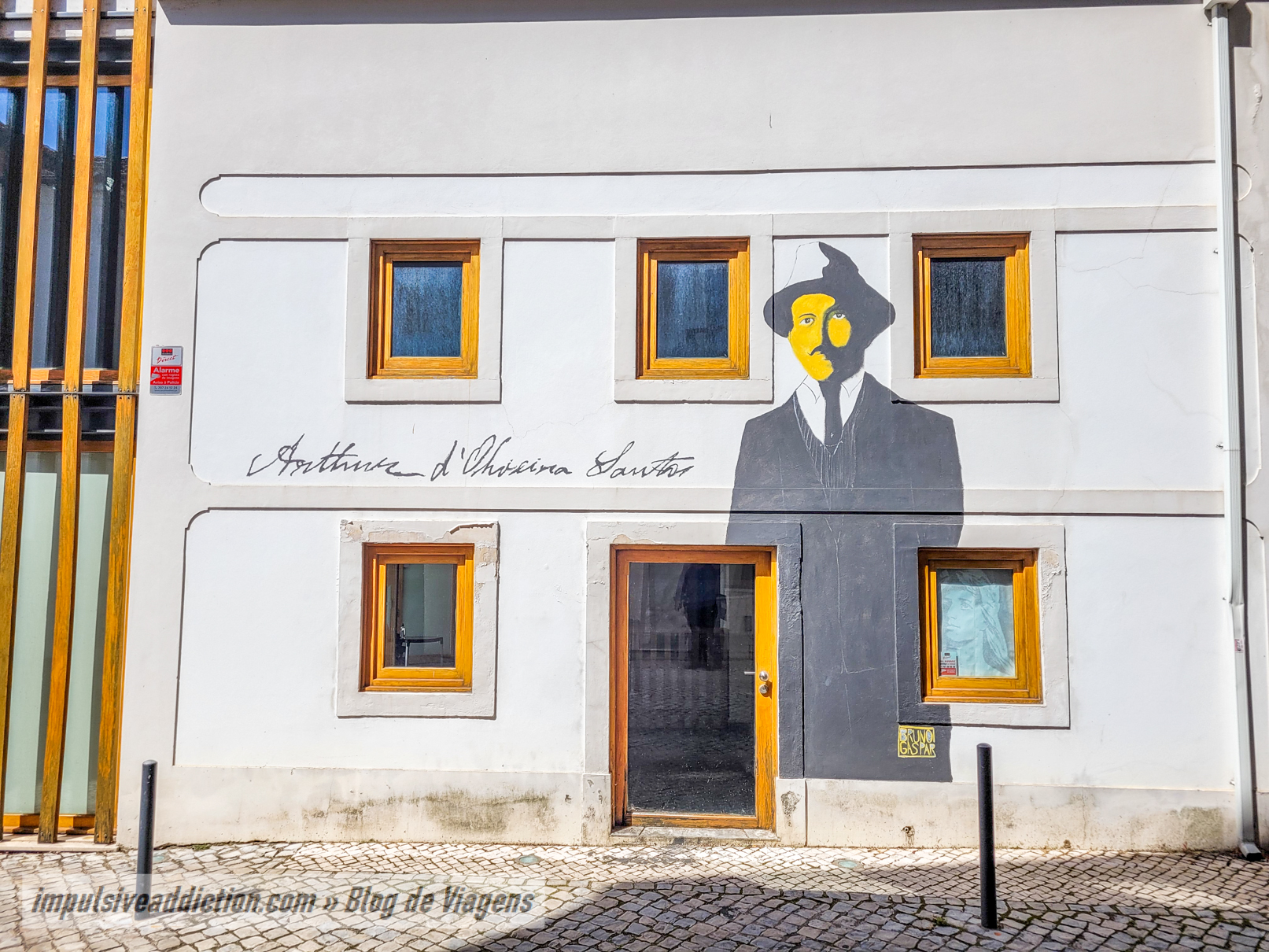
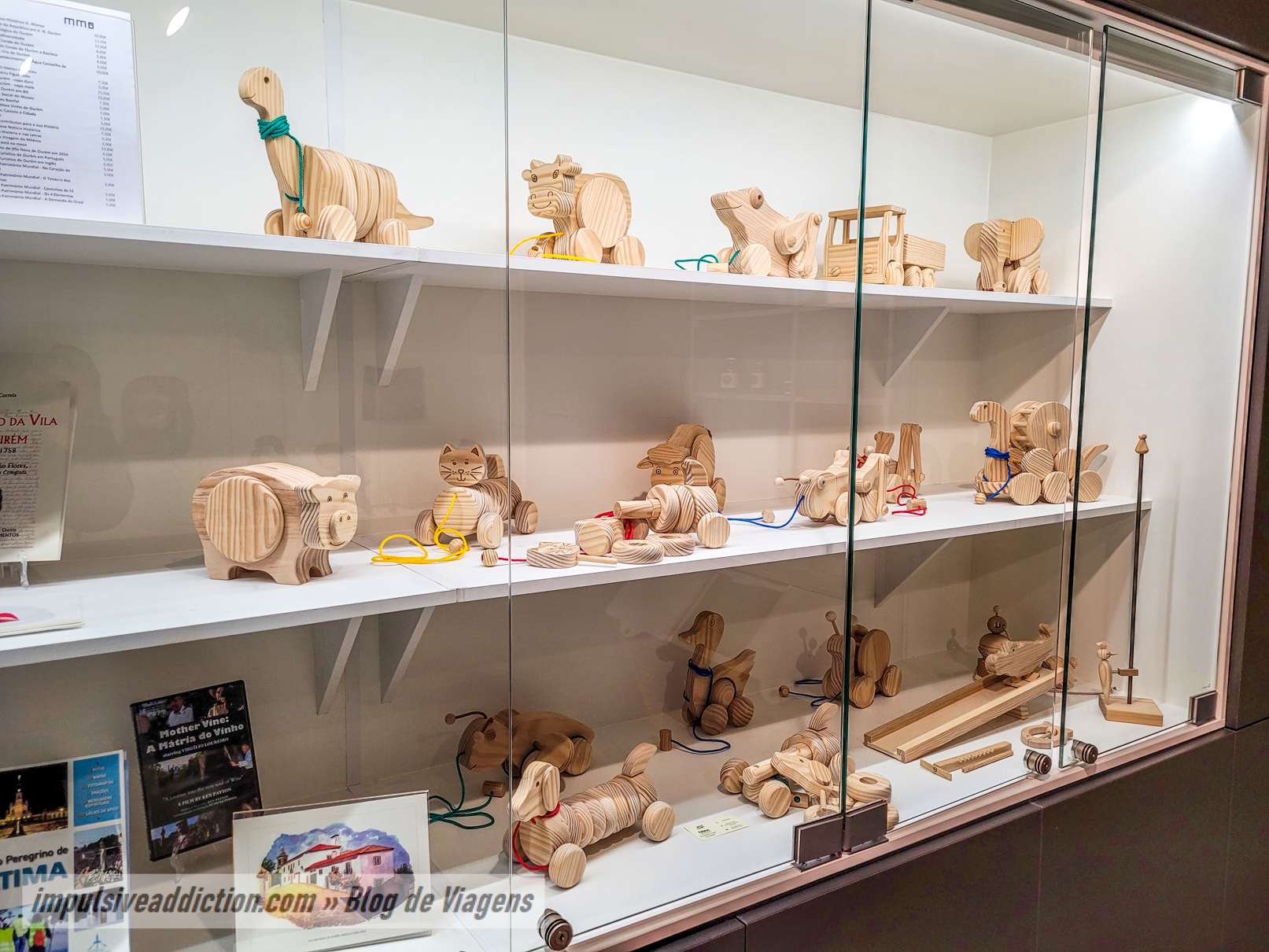
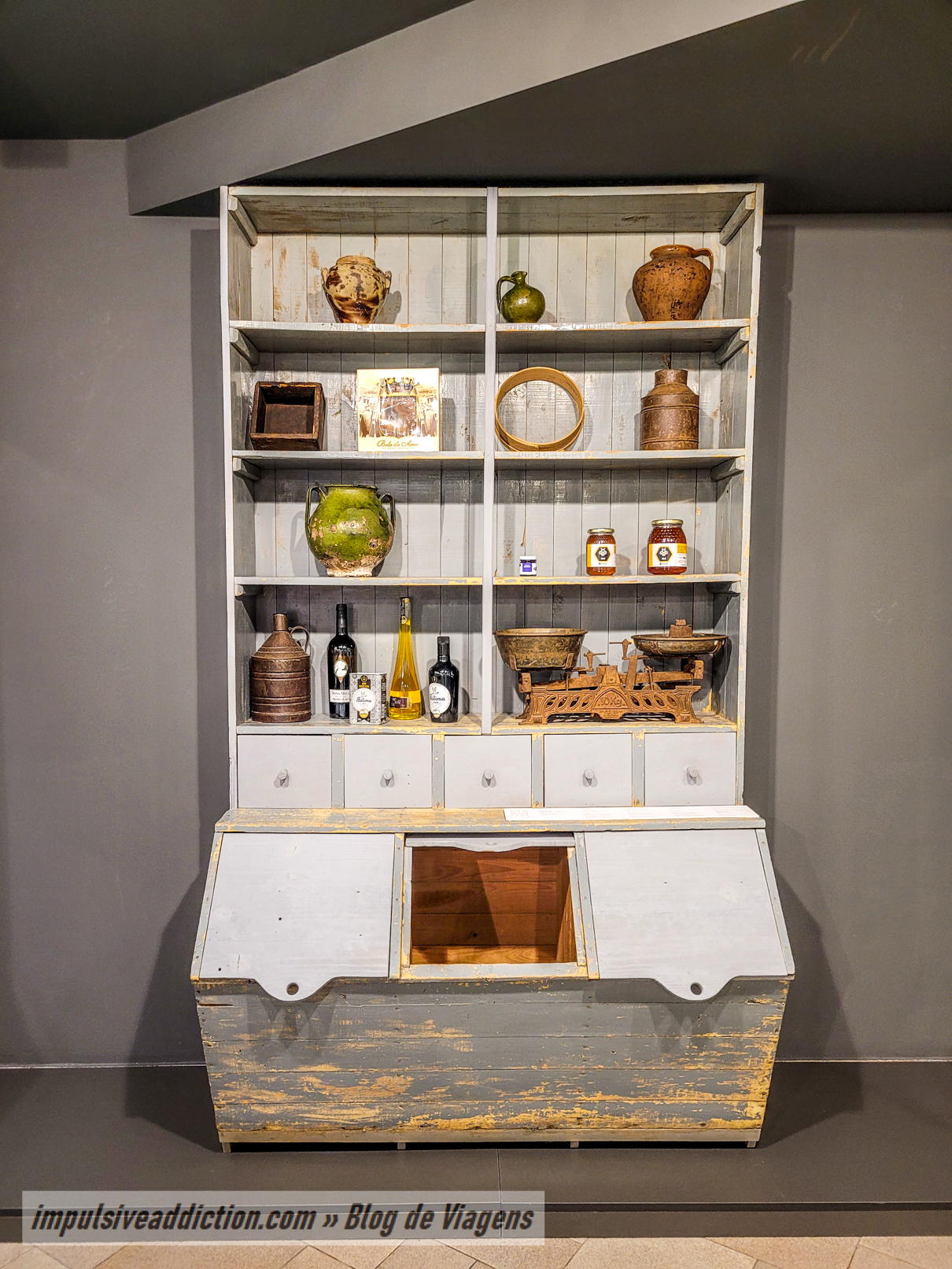
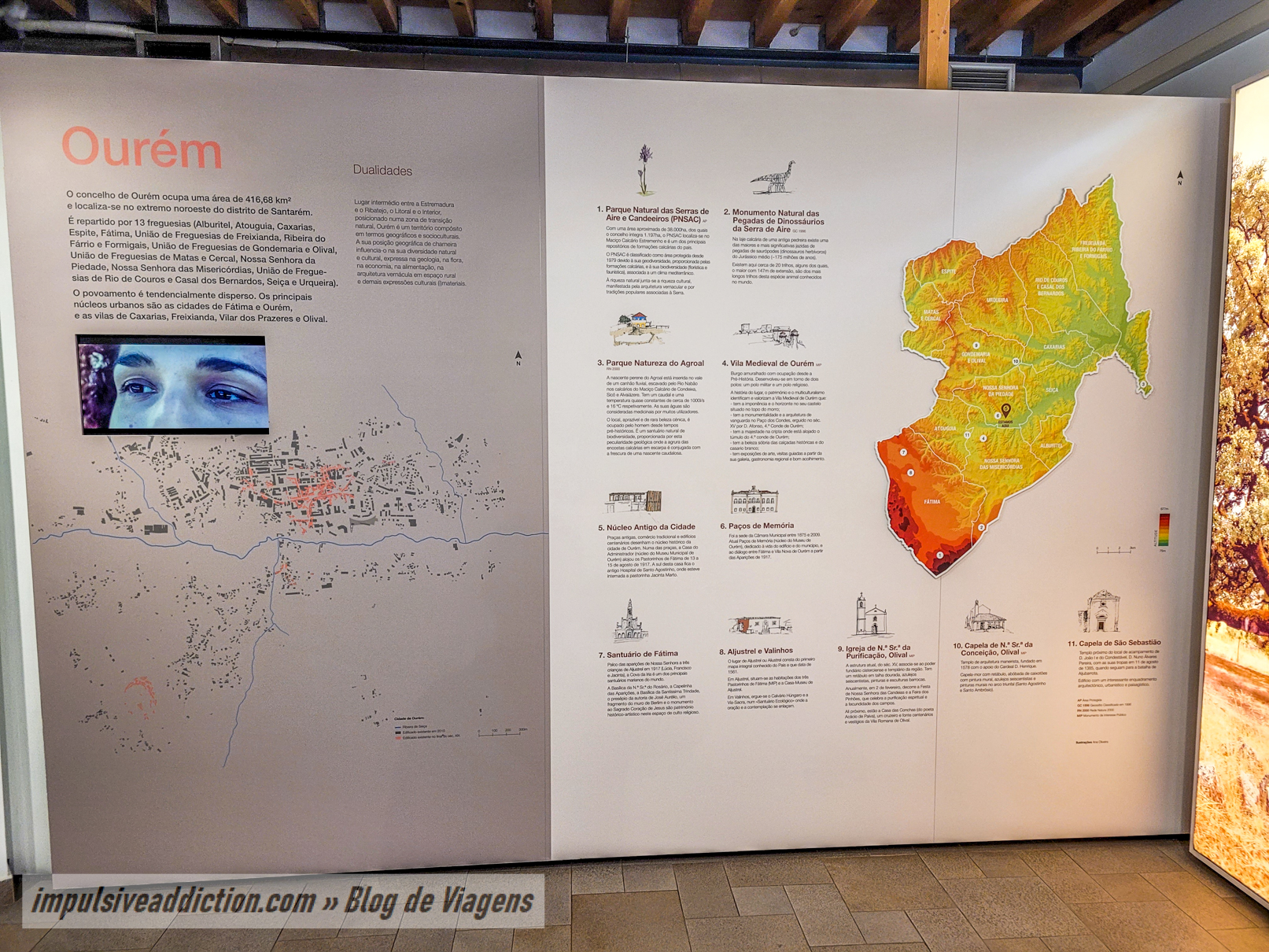
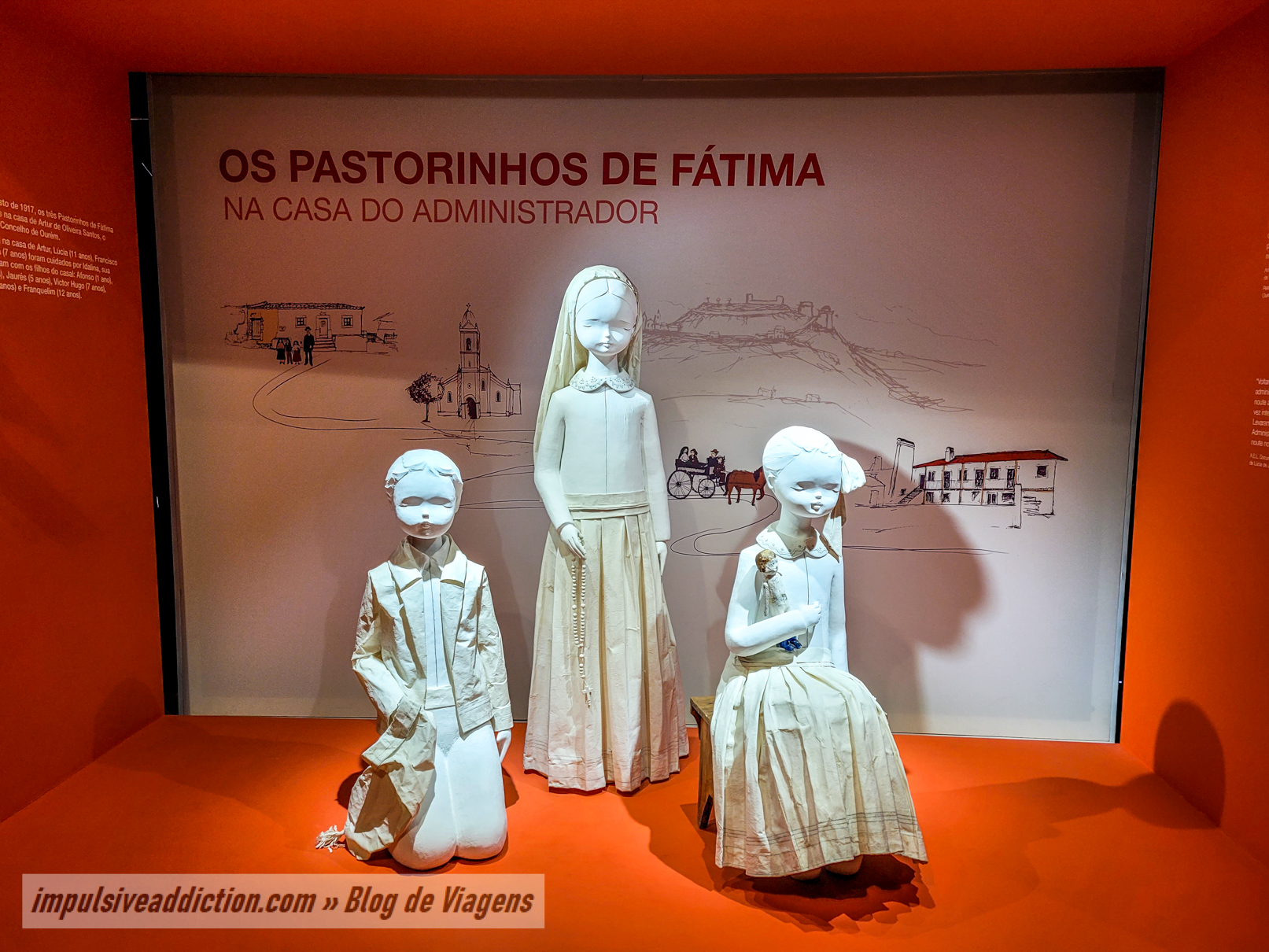
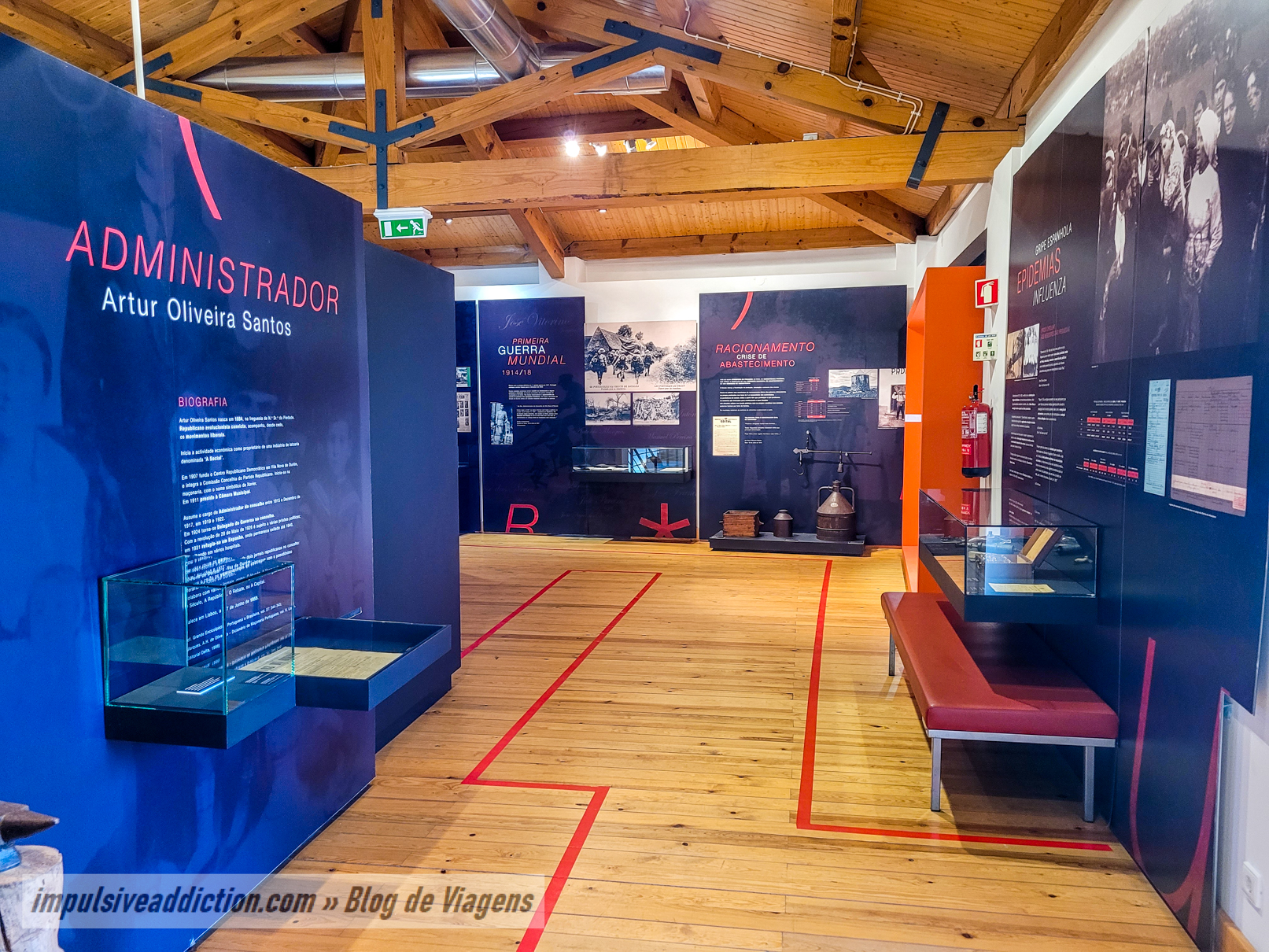
3. Municipal garden of Le Plessis-Trévisse
The Municipal Garden of Le Plessis-Trévisse is one of the most beautiful green spaces in the city, with a small lawn, lake, playground and even a monument to the people of Ourém, for example.
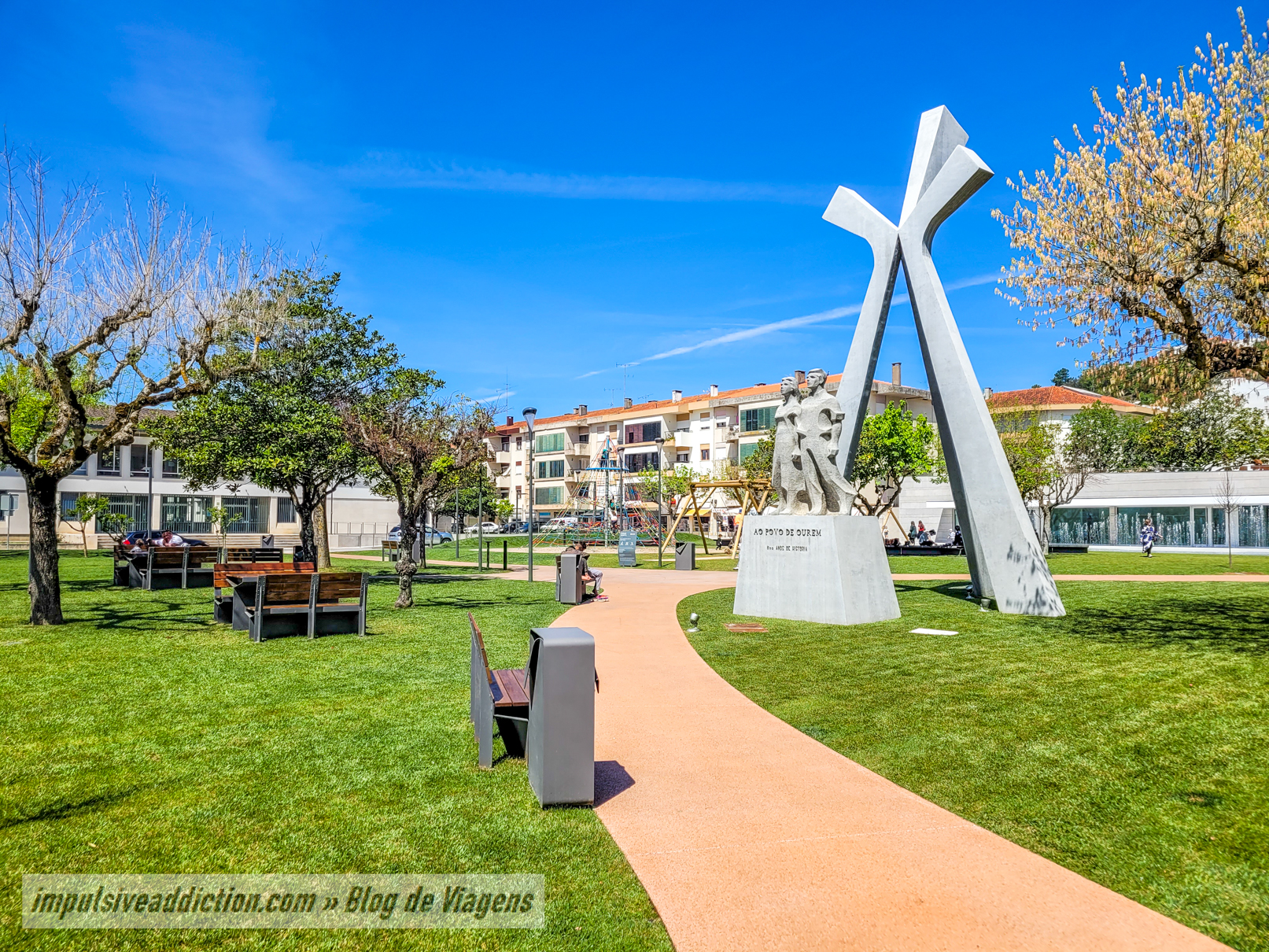
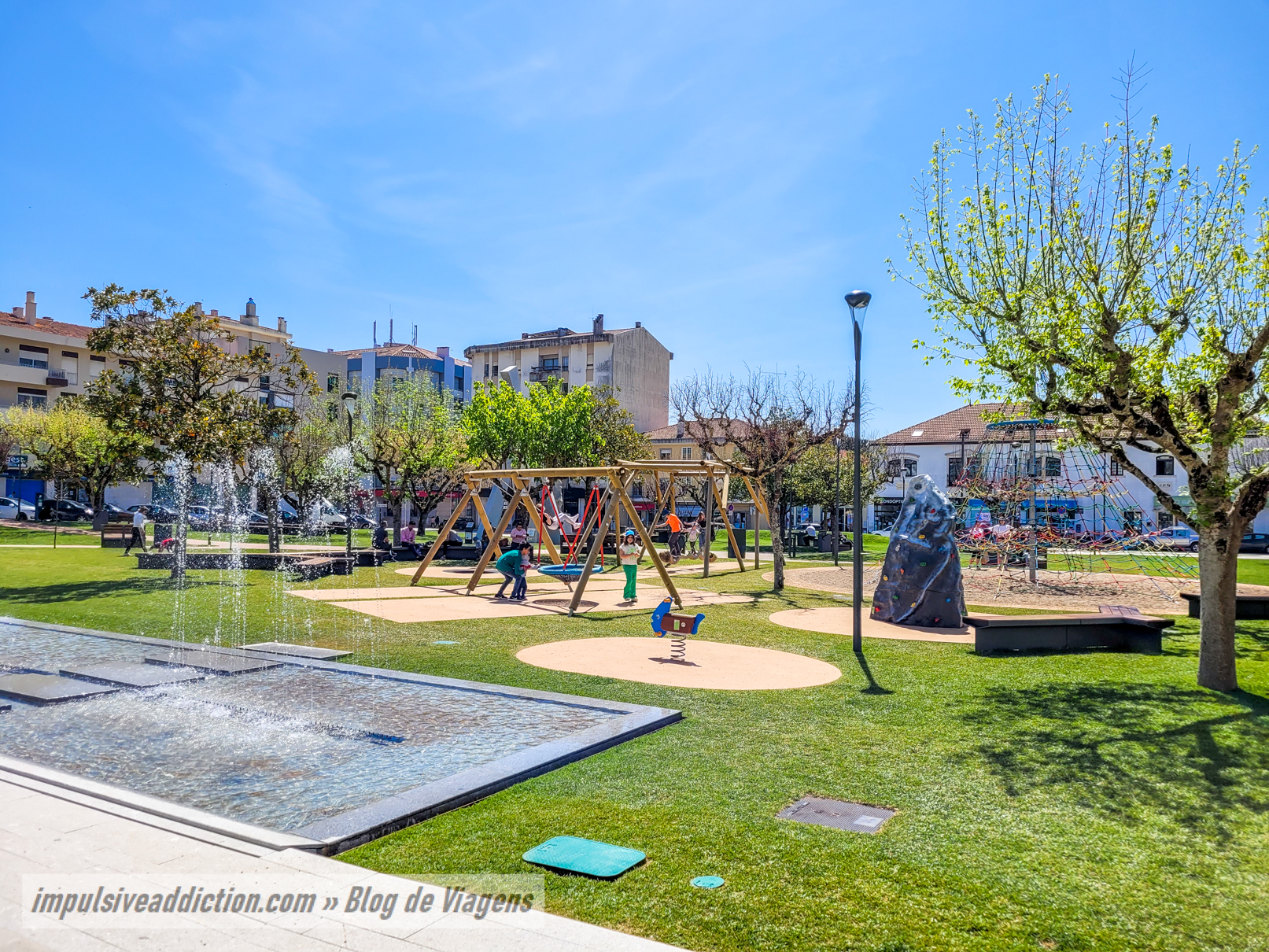
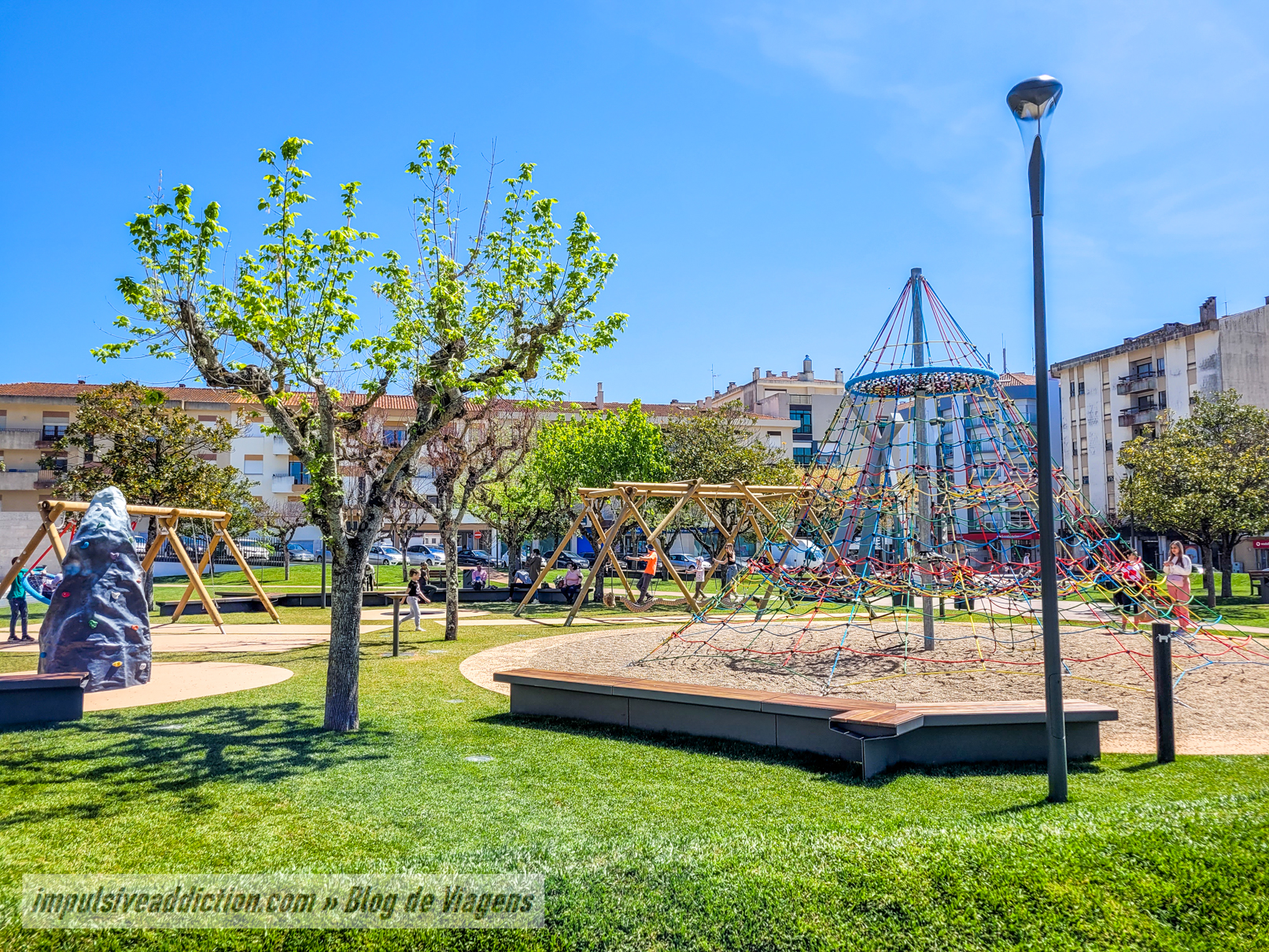
4. Town Hall of Ourém
Next to that garden are the current Town Hall and also the elegant building of the former Town Hall of Ourém. In the latter, the municipal jail operated during the time of the apparitions of Fatima, so it was there that the little shepherds were arrested on August 13, when they were removed from Fatima.
In front of the Town Hall are the letters “OURÉM”, which require a typical photograph for later memory.
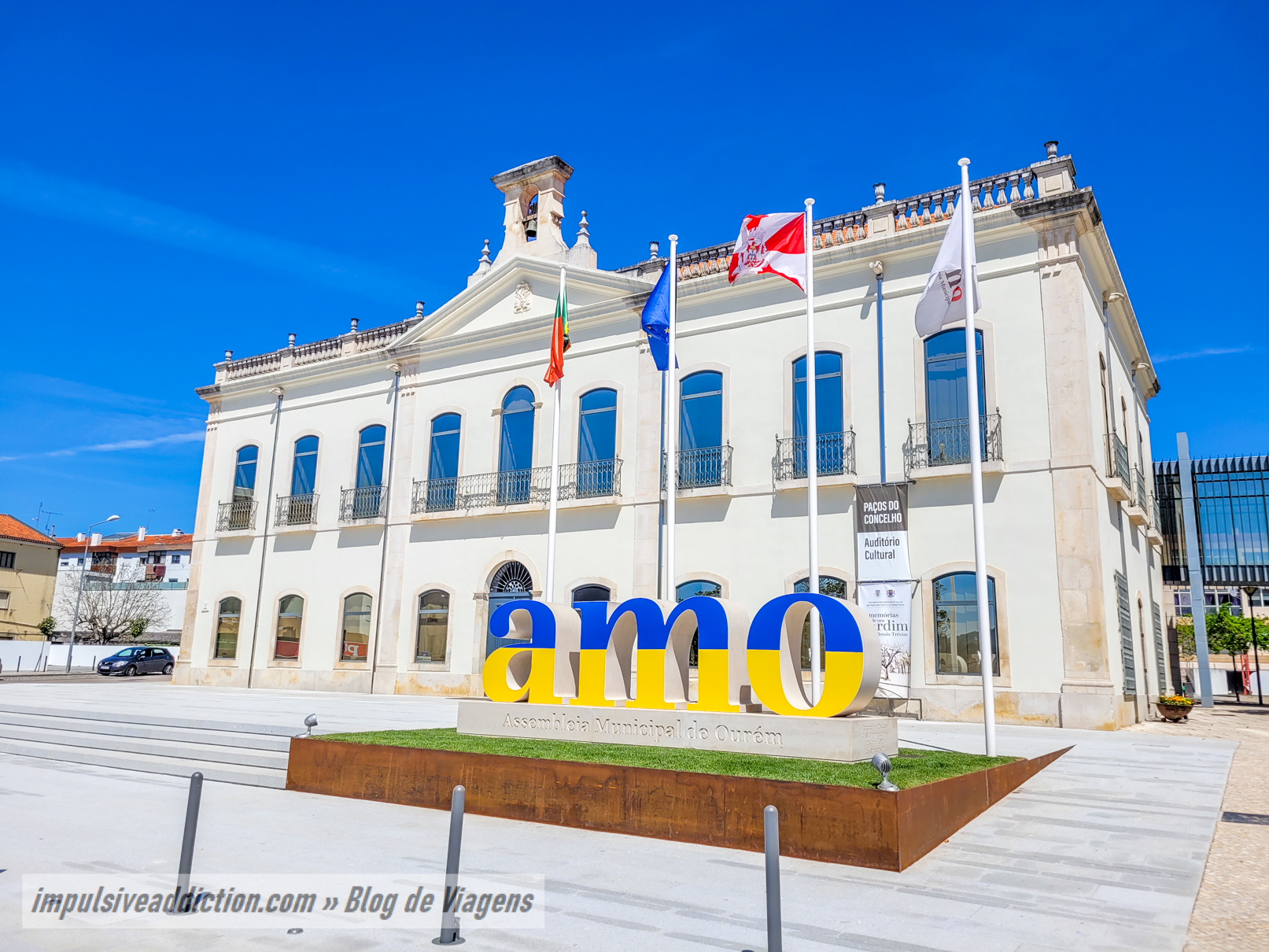
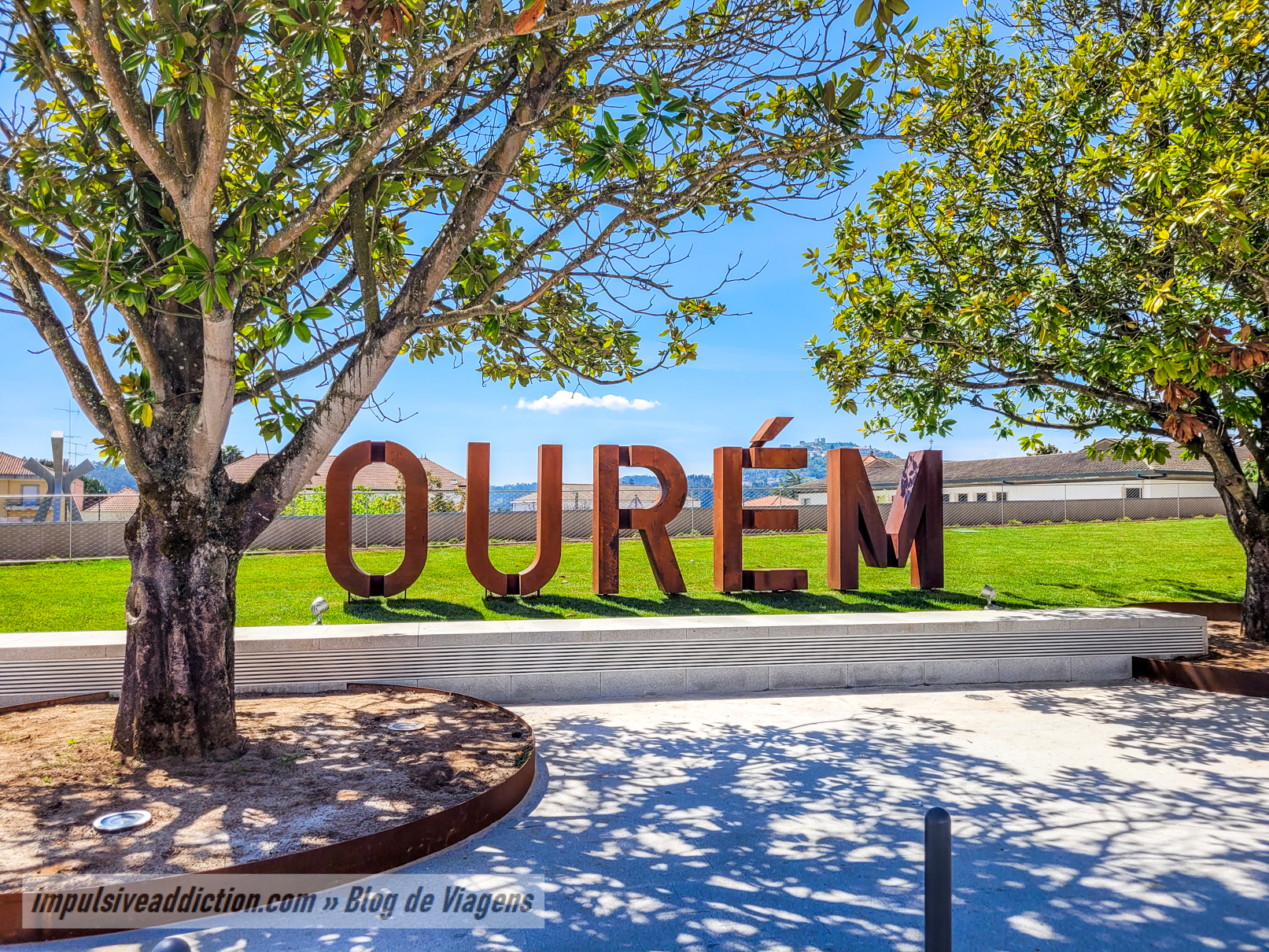
5. Ourém Municipal Park and Linear Park
Don’t forget to take a walk along the stream of Seiça, through the Municipal Park of Ourém and Linear Park. It can be a good place for a picnic, and nearby you will find the Municipal Swimming Pools and even the Municipal Market.
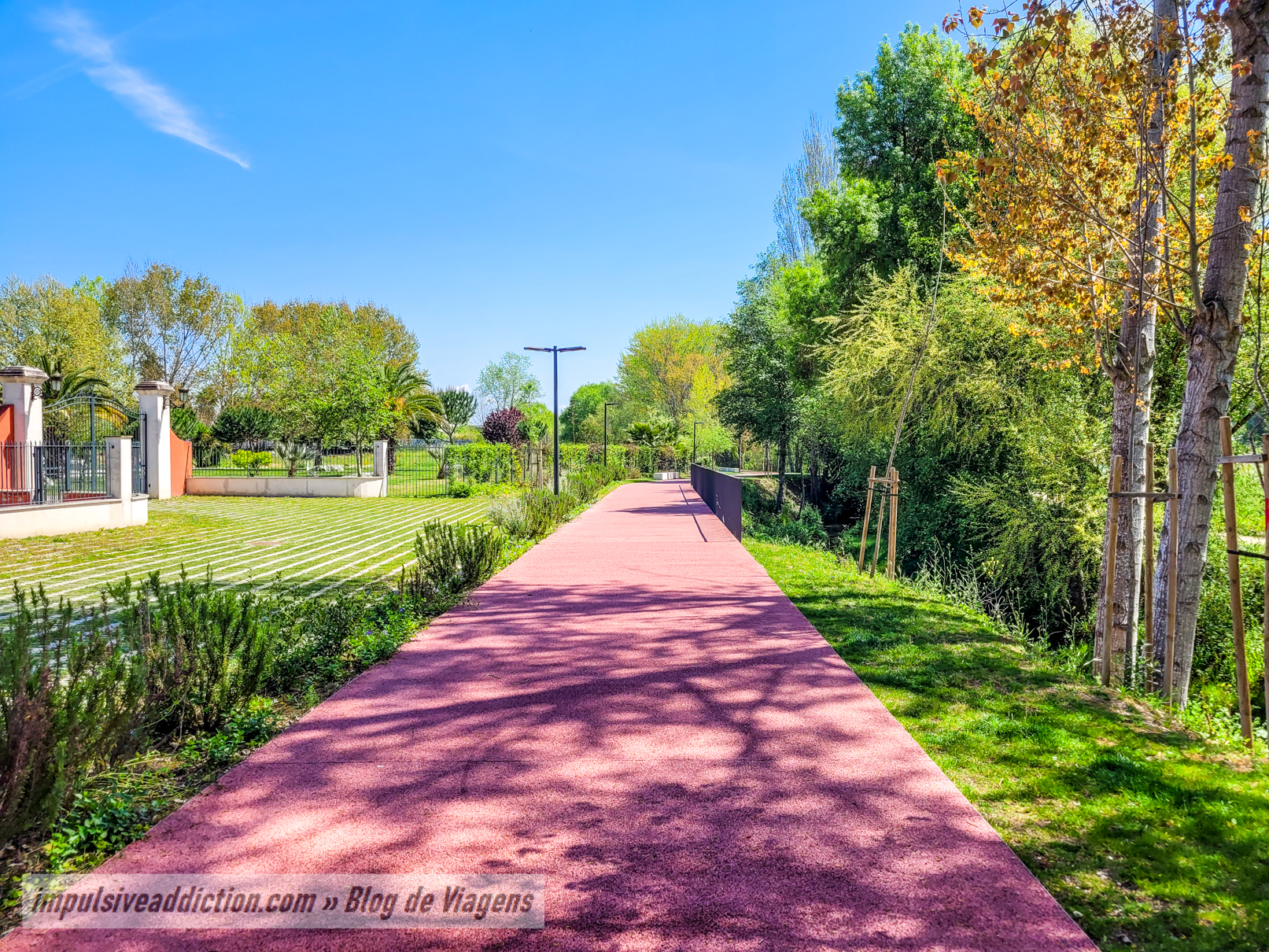
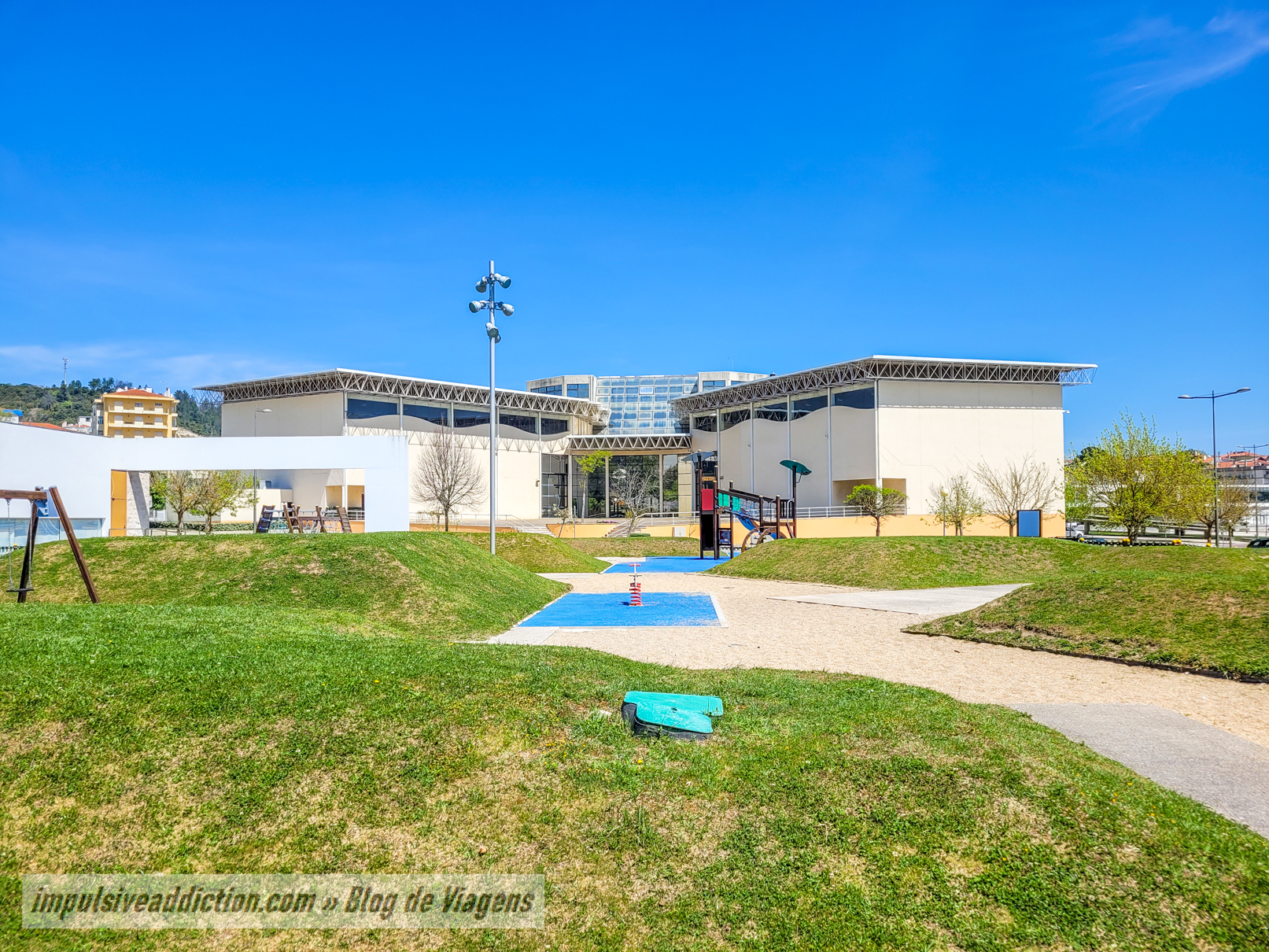
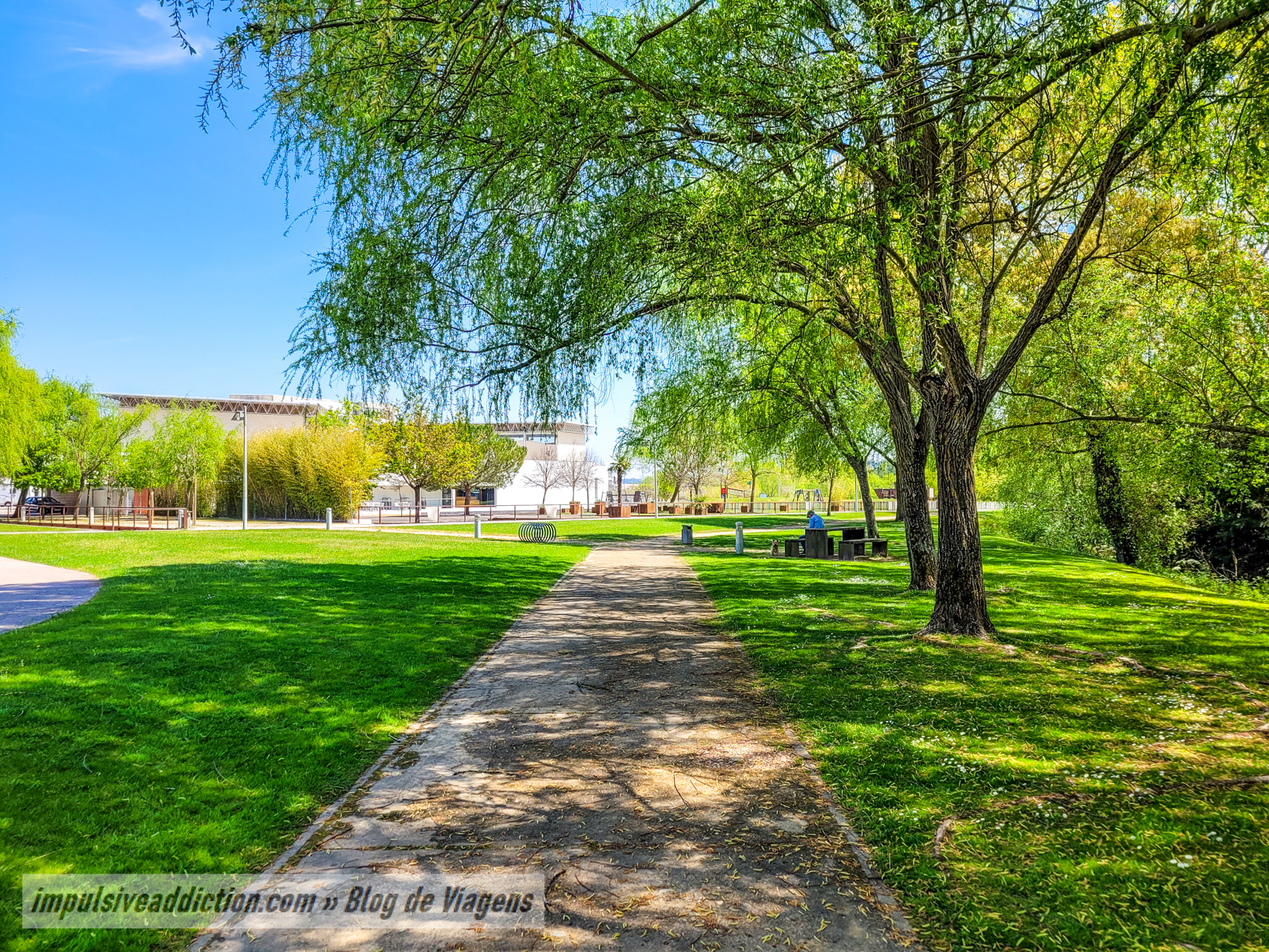
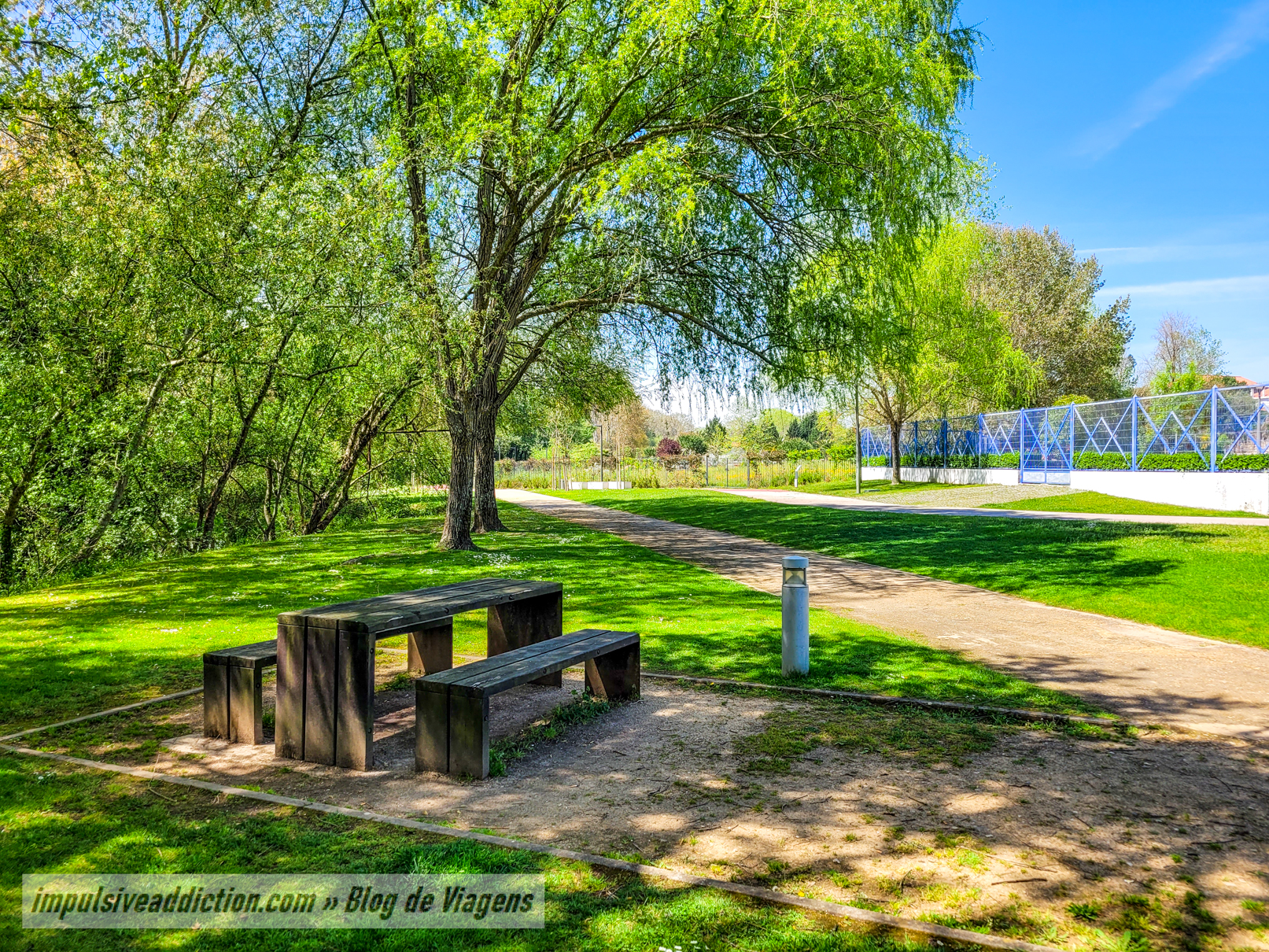
6. Municipal Forest of Ourém
You can also visit, optionally, the Municipal Forest of Ourém. It is a place with potential, but at the time of my visit I saw that it still needed some intervention for tourist purposes.
Visit the Medieval Town of Ourém
The Medieval Town of Ourém has some similarities with other famous villages in Portugal, such as Marvão, in Alto Alentejo; Monsaraz, near Alqueva; or even Sortelha and Monsanto, which are historic Portuguese villages in the center of the country. I make this comparison because they all have a castle or a fortress, picturesque alleys and stunning viewpoints. The Medieval Town of Ourém will certainly surprise you with its beauty, not far behind in relation to the others mentioned.
This village has been occupied since prehistoric times, and was once known as Abdegas. It was reconquered from the Moors in 1136 by D. Afonso Henriques, having its heyday in the 15th century through interventions by D. Afonso, 4th Count of Ourém.
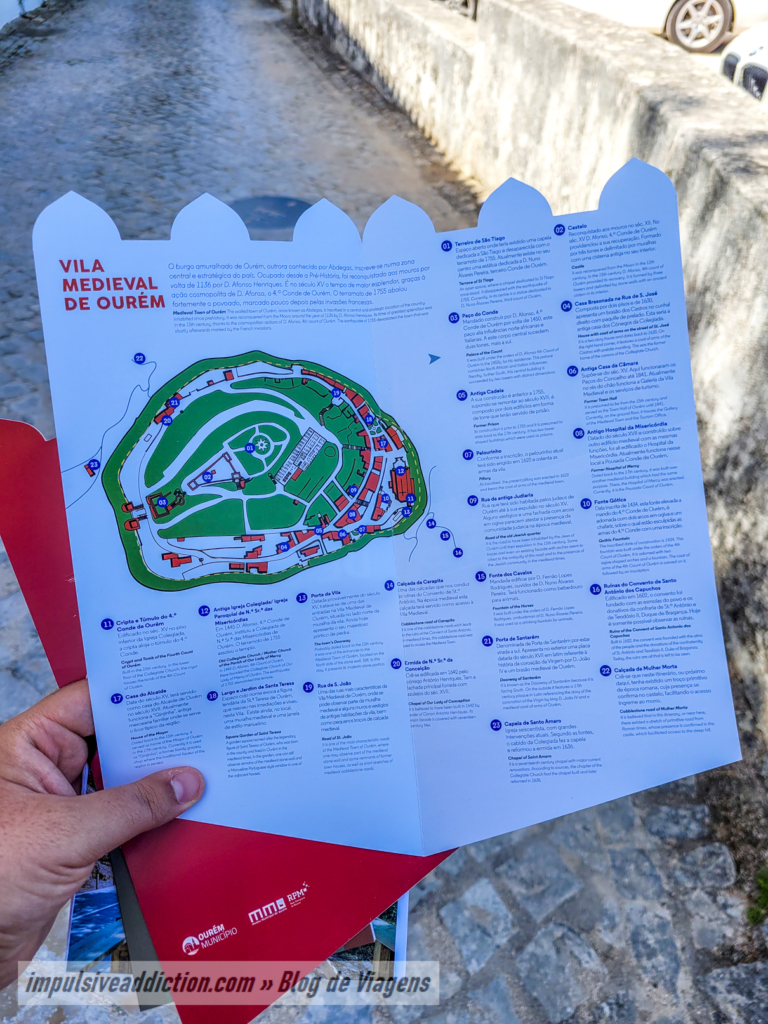
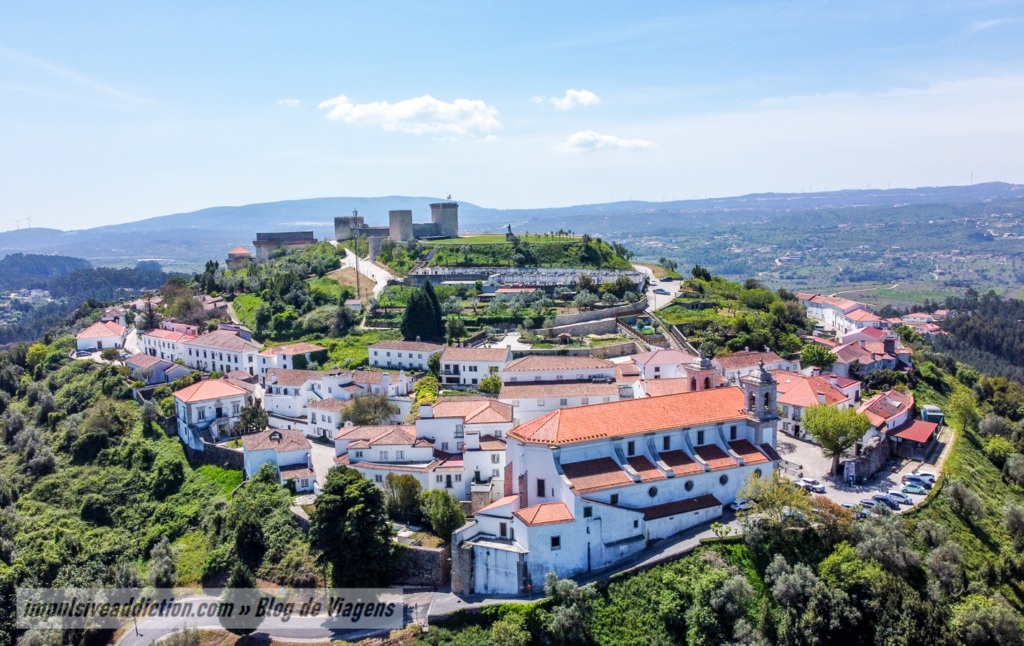
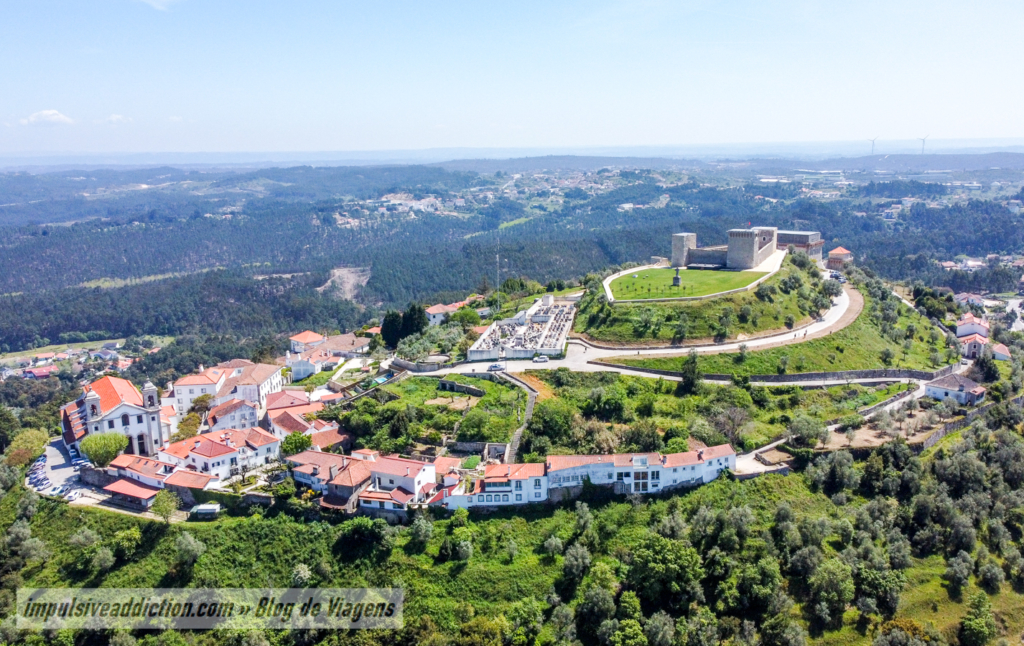
1. Entrance Doors to the Medieval Town of Ourém
Entrance to the Medieval Town is via one of two doors: the main one is the Town Gate facing north (15th century), and the other is the Gate of Santarém (to the south). Next to the latter, you will find a Chapel of Nossa Senhora da Conceição, from the 17th century, with a façade lined with tiles also from the 17th century. Of note is the fact that you have an impressive view of the city of Ourém, from the Town Gate.
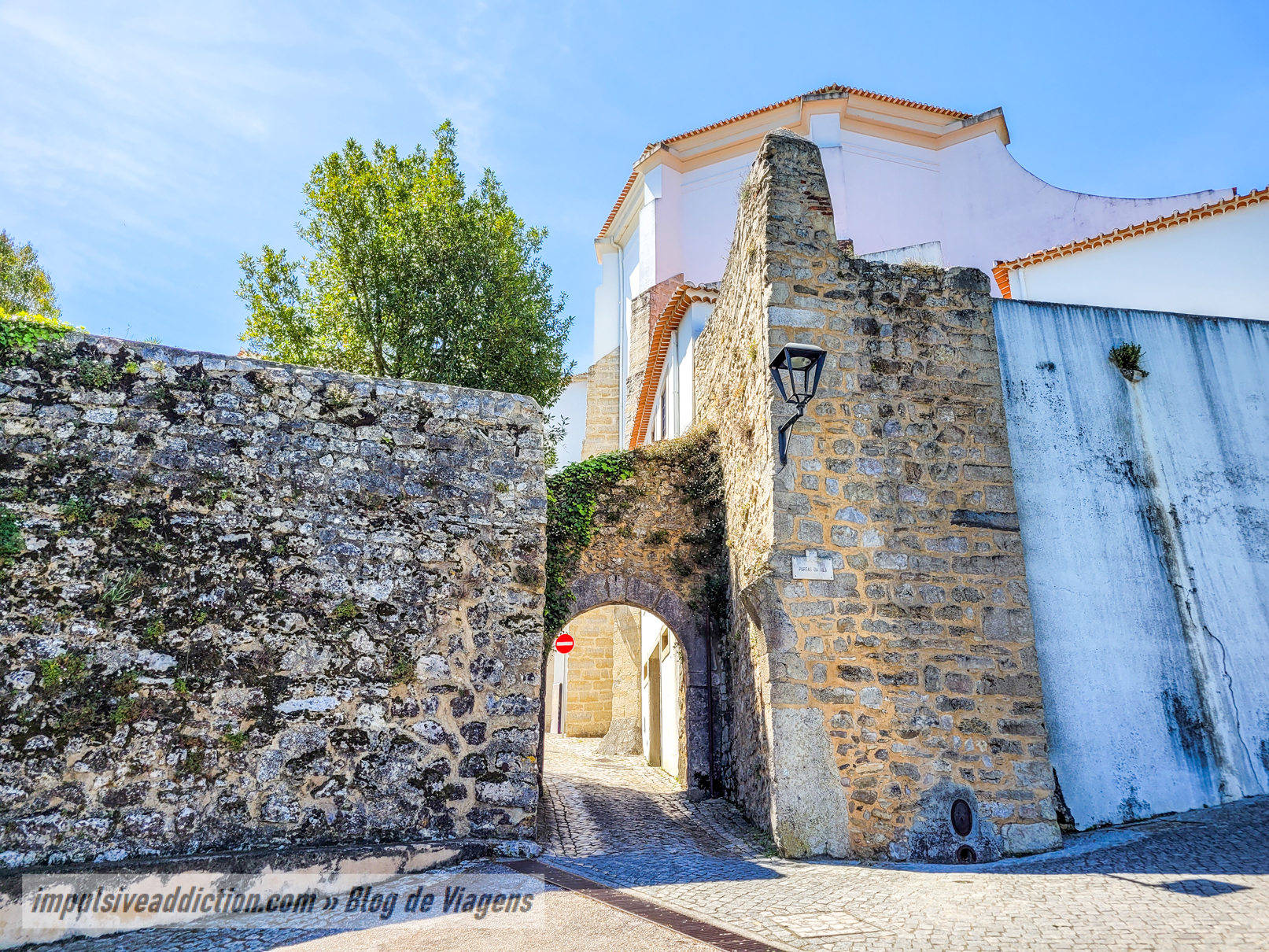
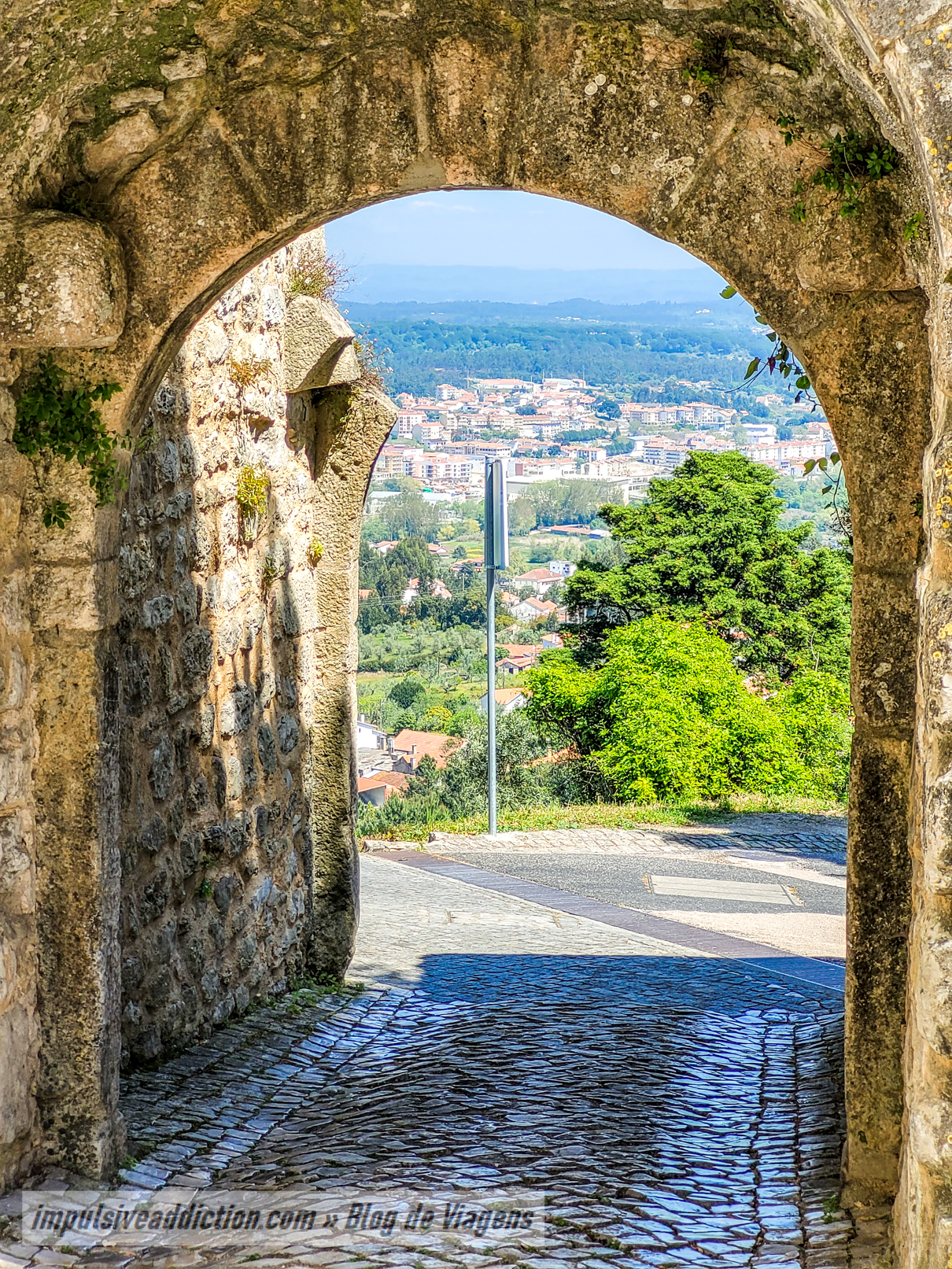
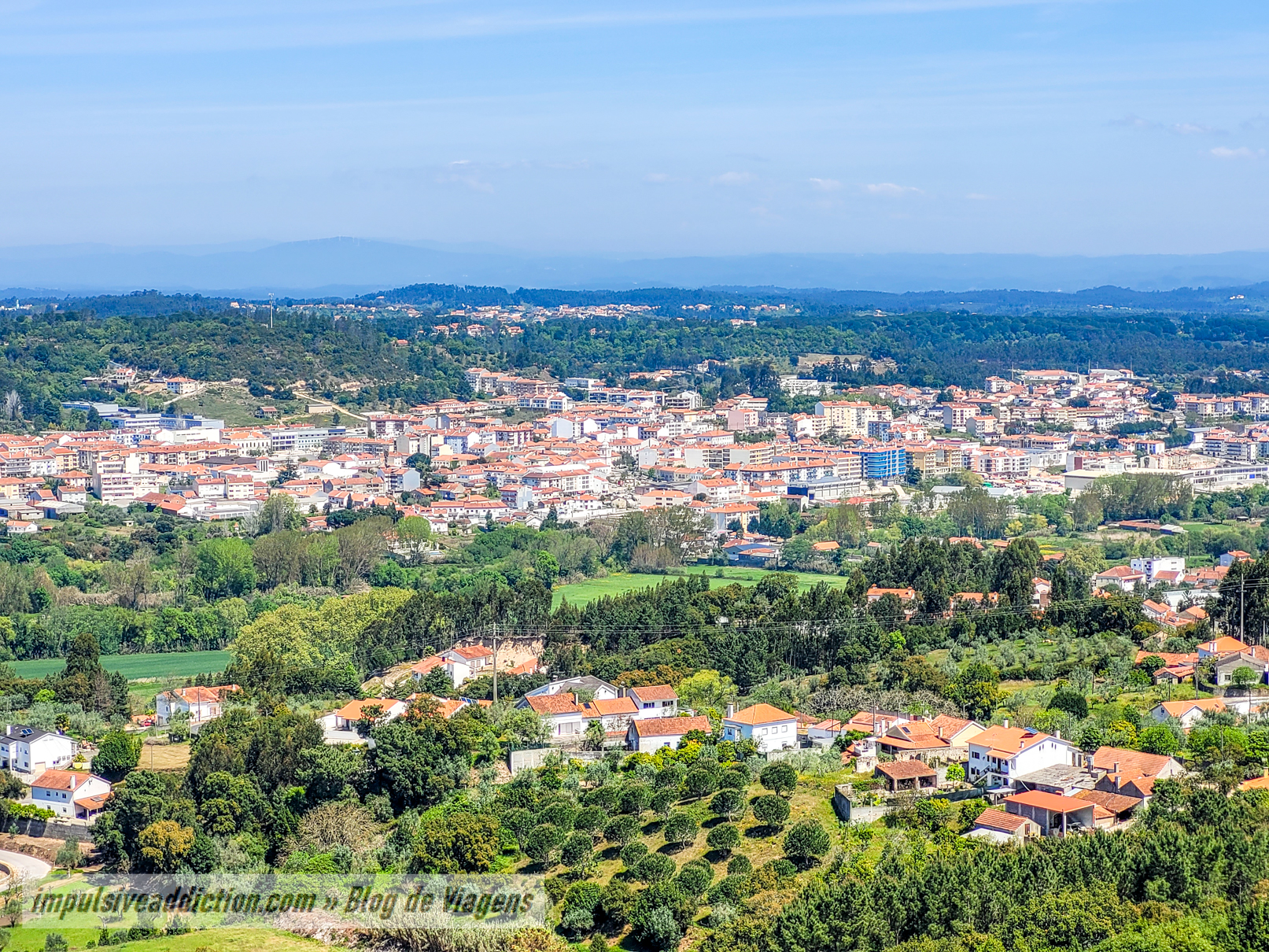
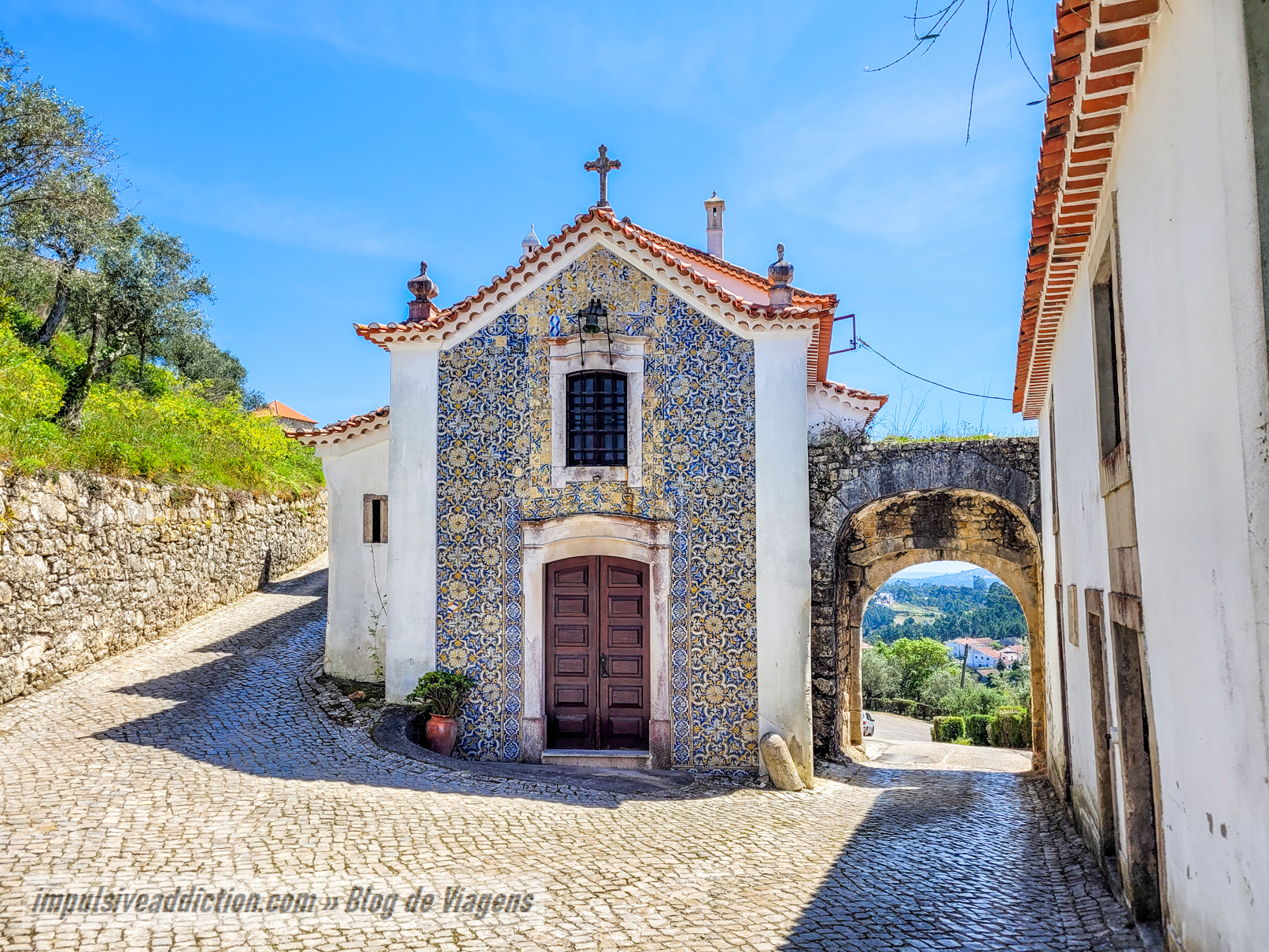
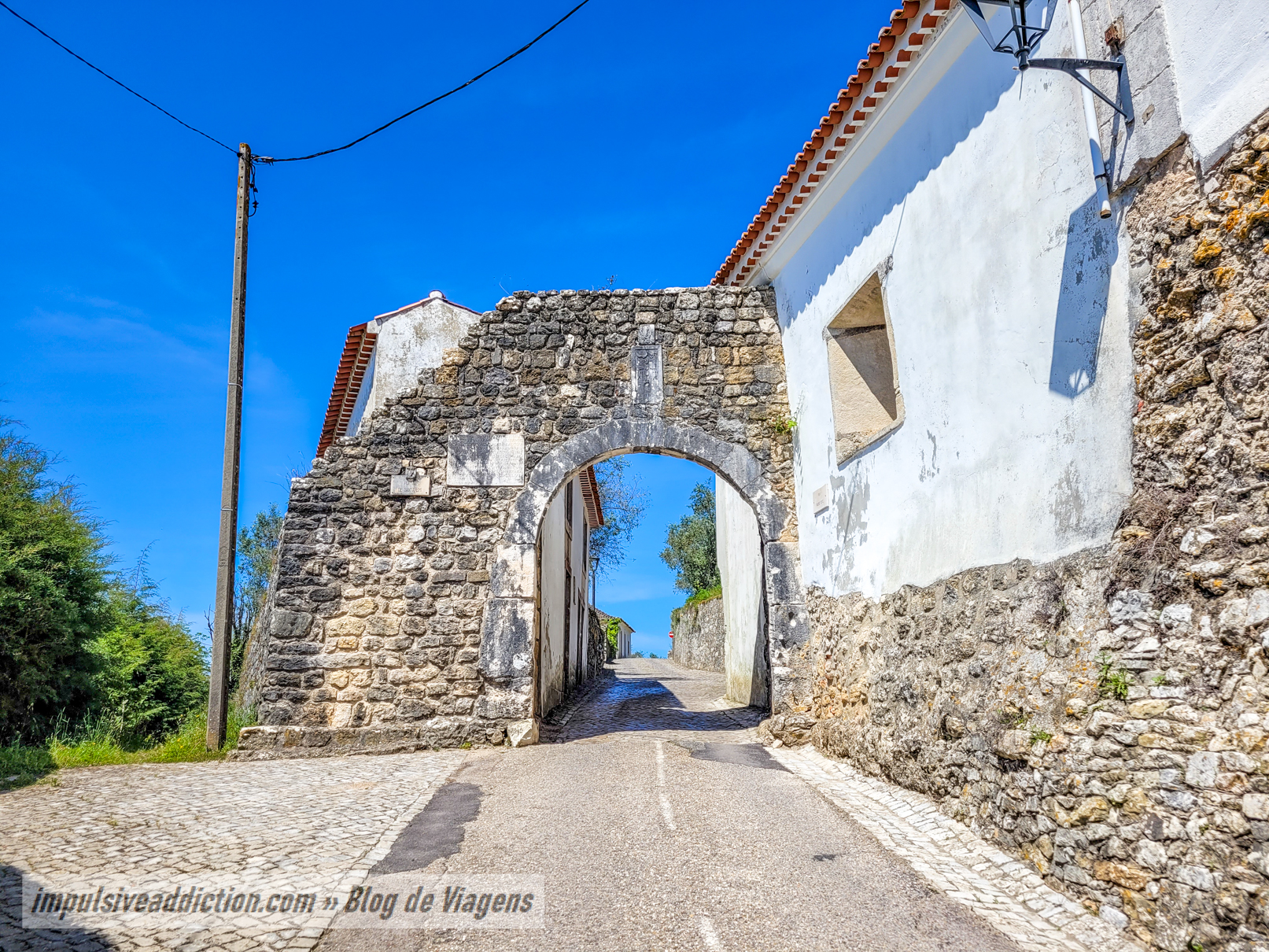
2. Gothic Fountain
The Gothic Fountain is right at the entrance to the medieval town of Ourém, after crossing the Town Gate. It is believed to have been built at the request of the 4th Count of Ourém in the 15th century, having an inscription from 1434.
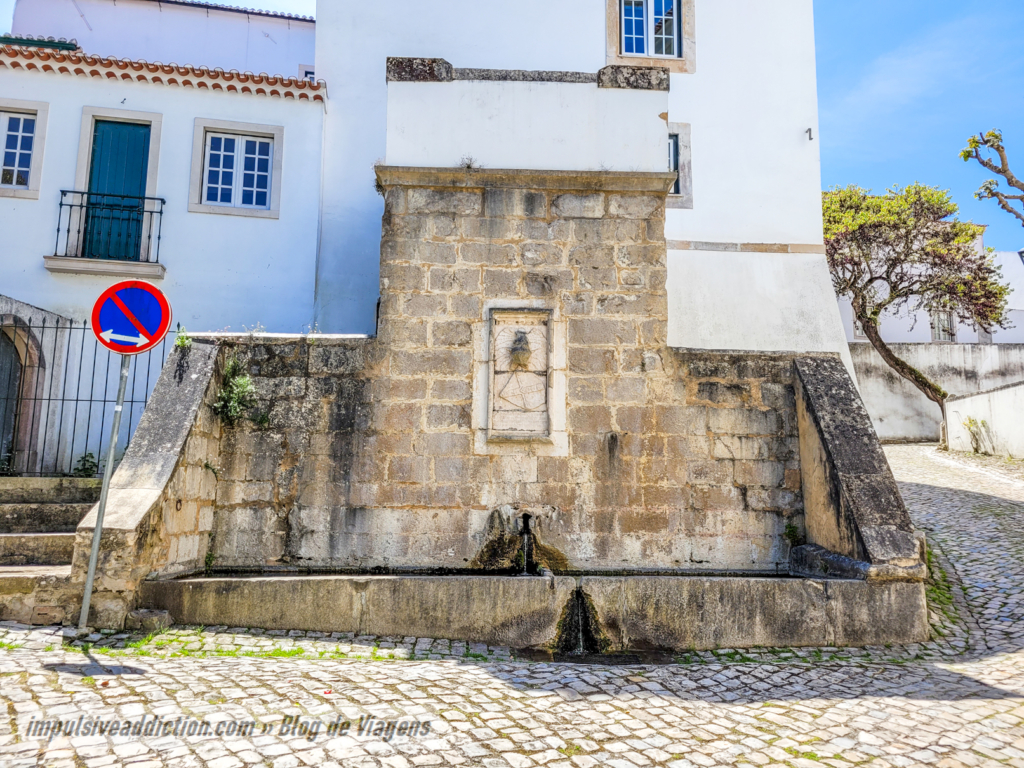
3. Collegiate Church and Crypt of D. Afonso
The Collegiate Church has an imposing façade, undoubtedly standing out in the medieval town, especially for having a crypt with the tomb of D. Afonso, 4th Count of Ourém. The tomb is a giant ark, with many details and a statue of D. Afonso on top.
Although the Collegiate Church (or Church of Nossa Senhora das Misericórdias) was founded in the 15th century, the current building dates from the 18th century, as the original was completely destroyed during the 1755 earthquake, leaving only the crypt.
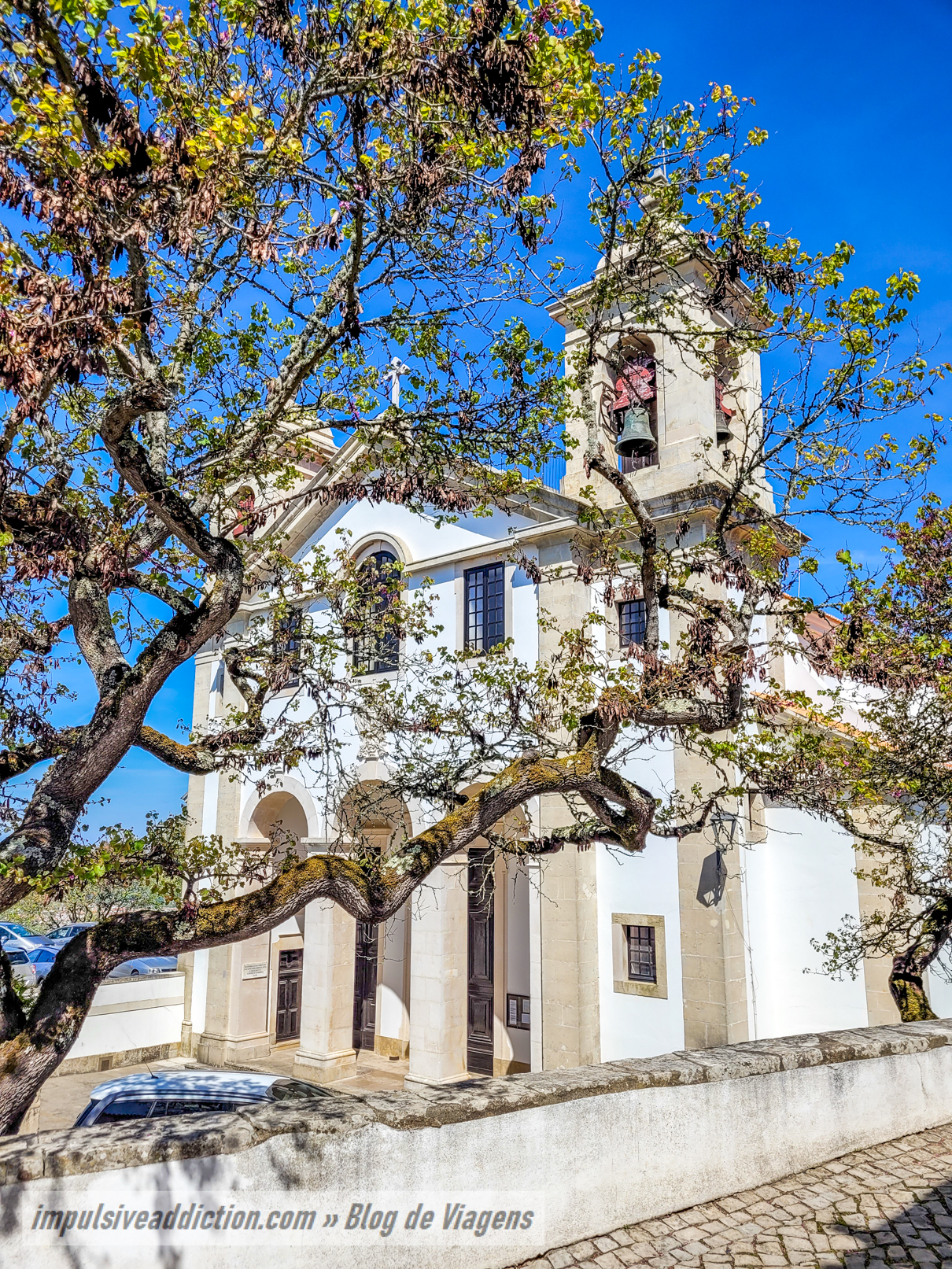
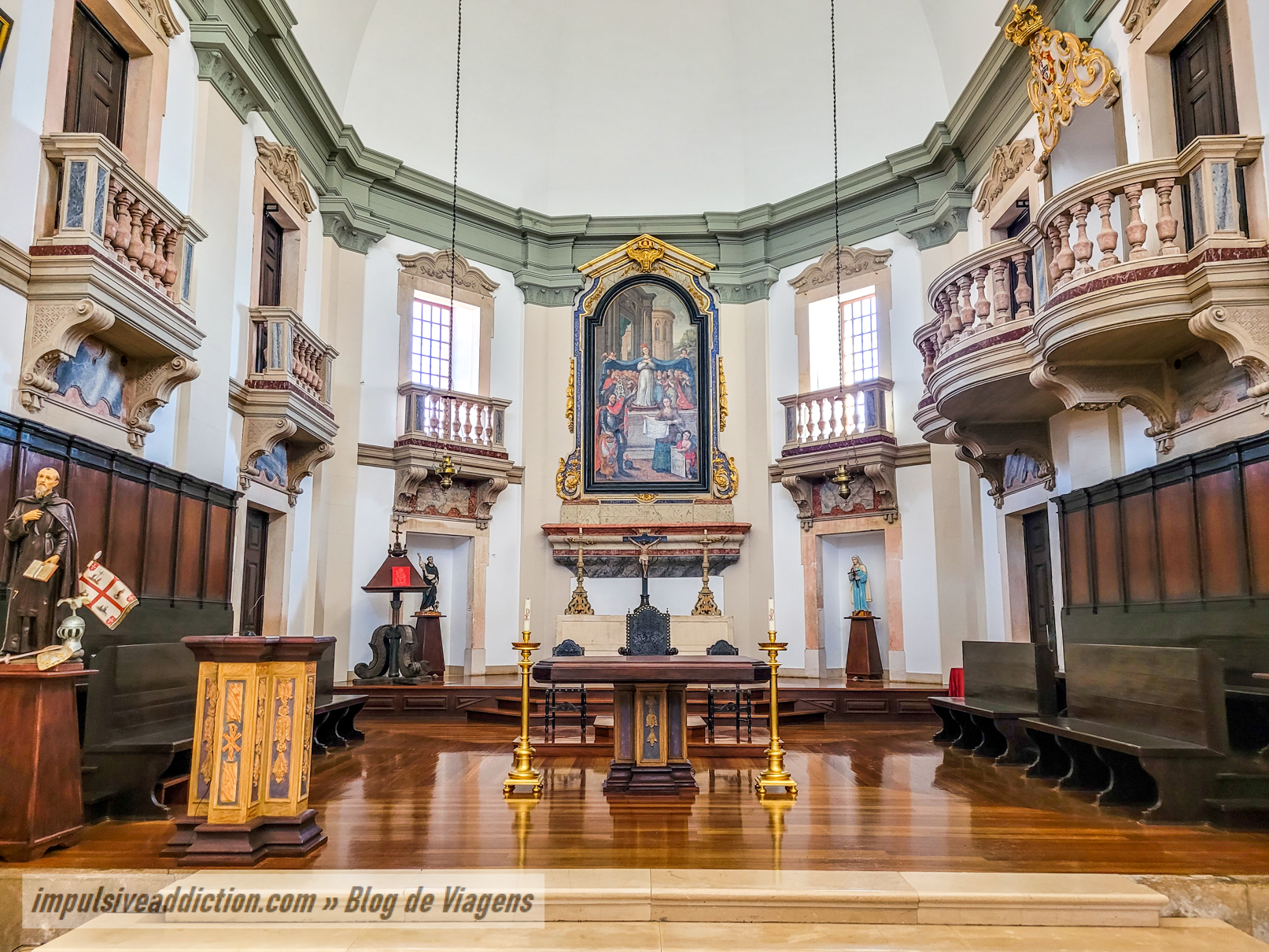
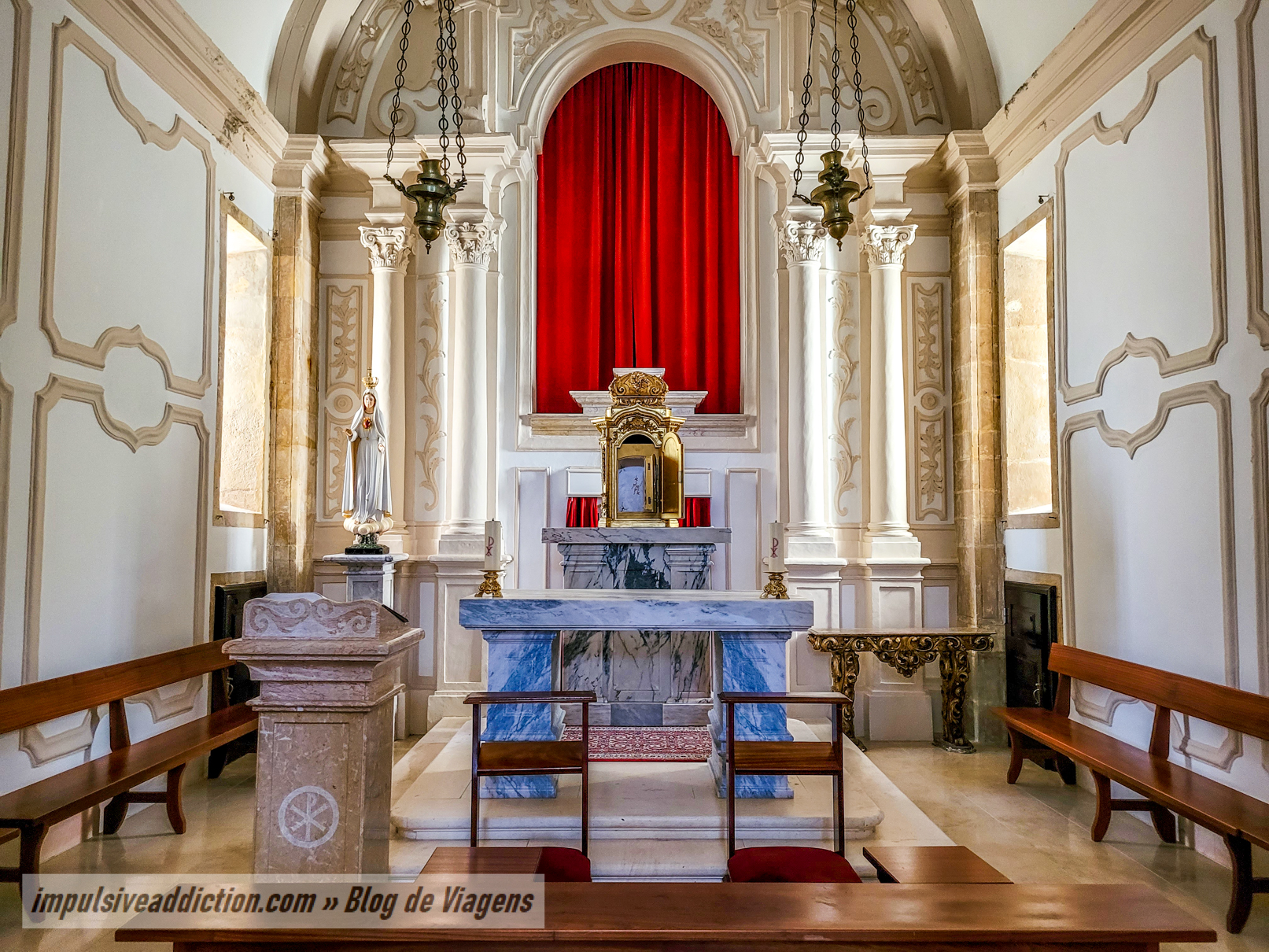
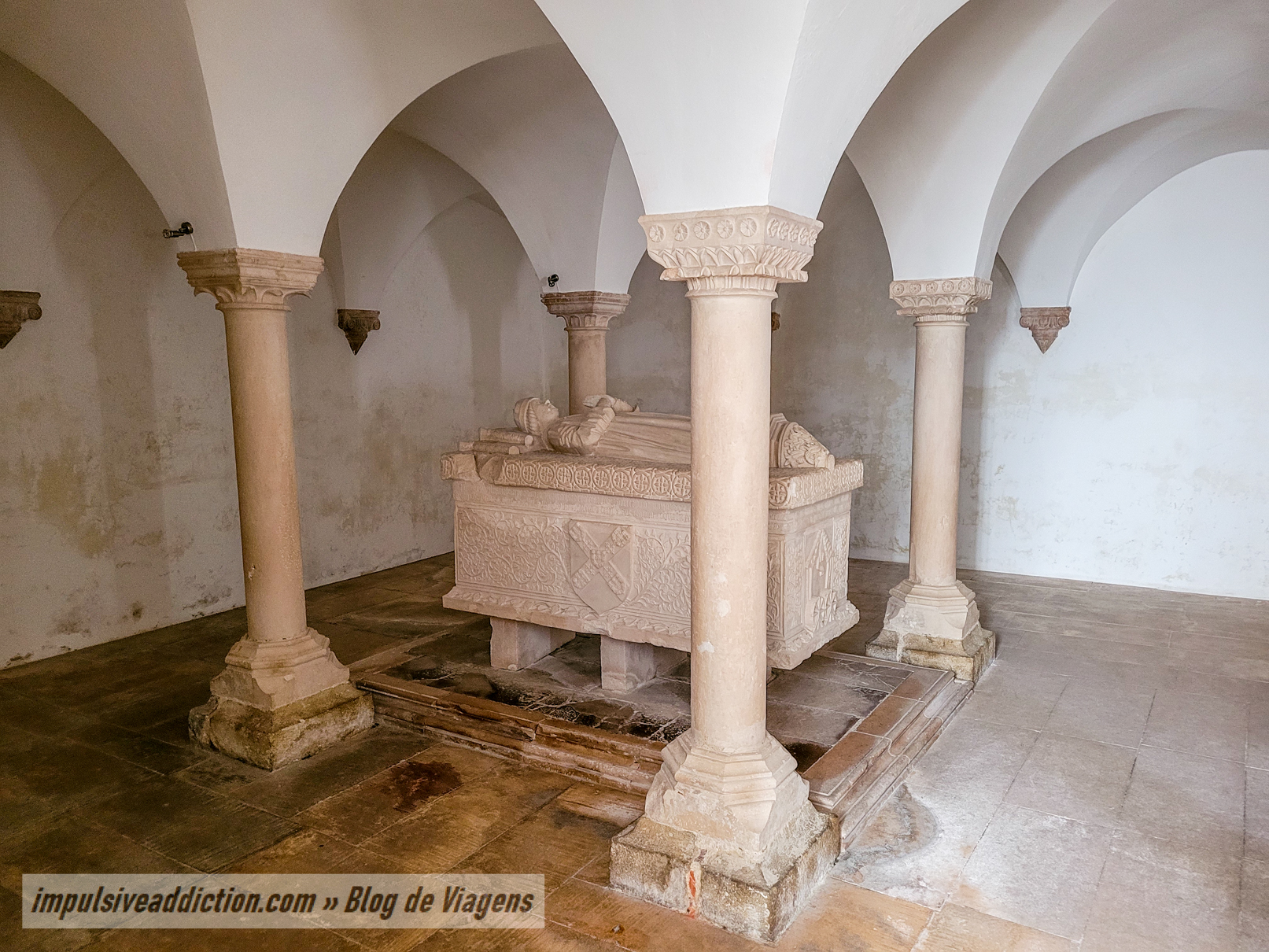
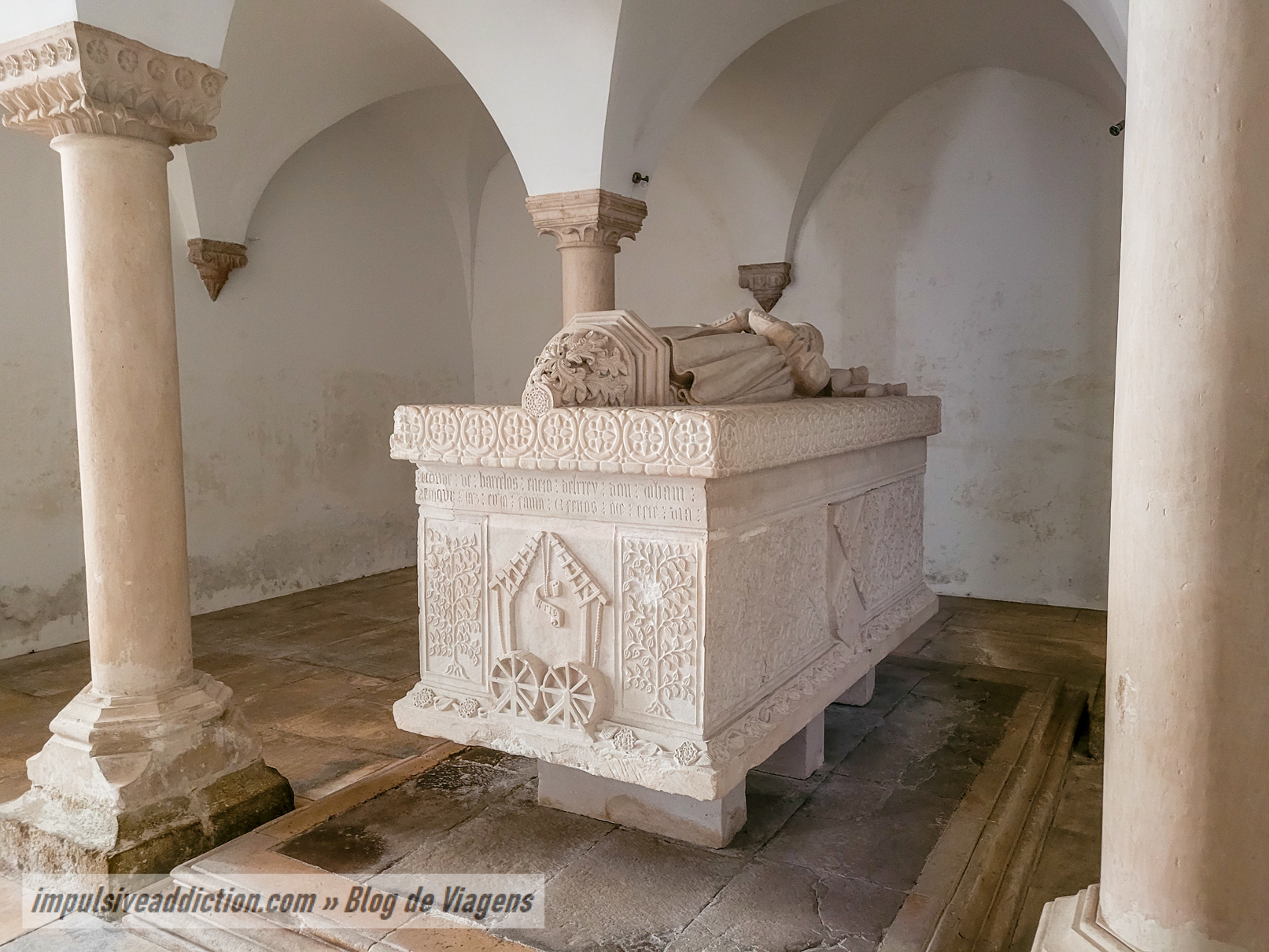
4. Casa do Alcaide – Ginjinha from the Castle of Ourém
In the square in front of the church is Casa do Alcaide, dating from the 15th century, where the Mayor of Ourém lived in the 17th century. Today there is a small shop there selling ginjinha, a typical liquor from the region. On the side of Casa do Alcaide is one of the most flowery alleys in the medieval town, as you can see in the photos below.
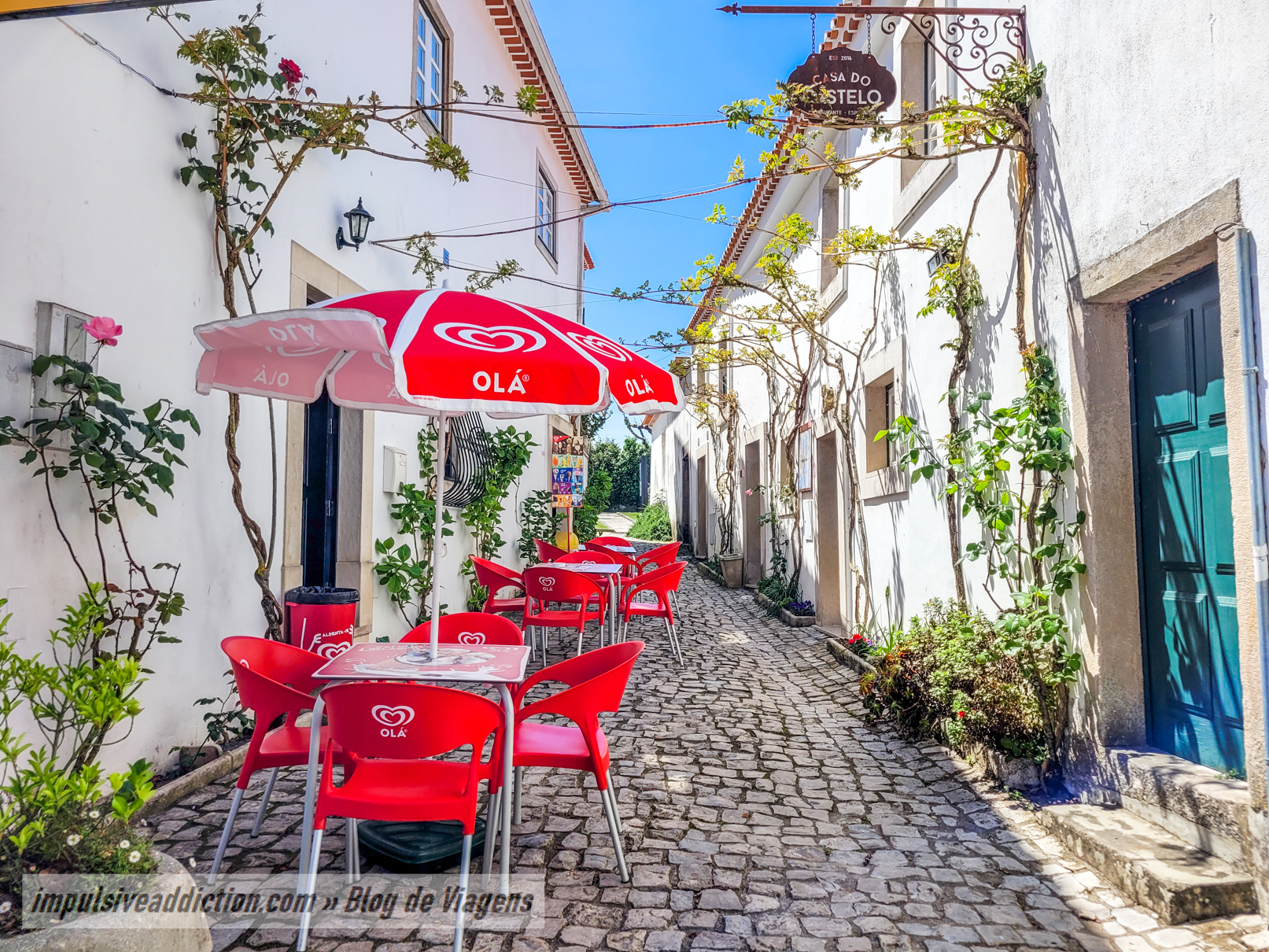
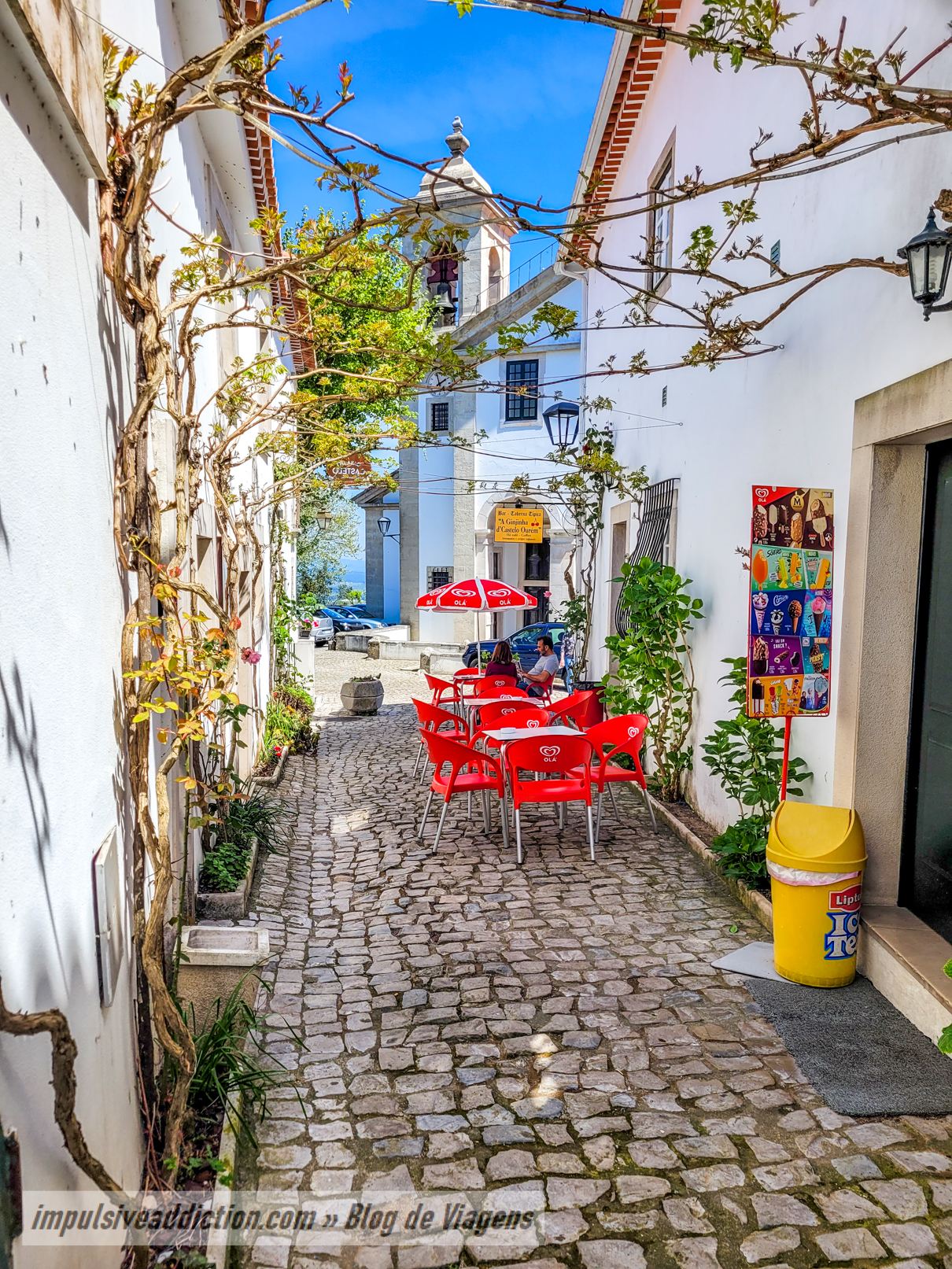
5. Square and Garden of Santa Teresa
The alley I just mentioned connects to Square of Santa Teresa, in honor of Santa Teresa de Ourém, who lived in this village in the 13th century, and who is associated with several miracles according to popular legends. Its garden has a beautiful fountain in the center, and you cannot fail to admire the Manueline window in one of the buildings.
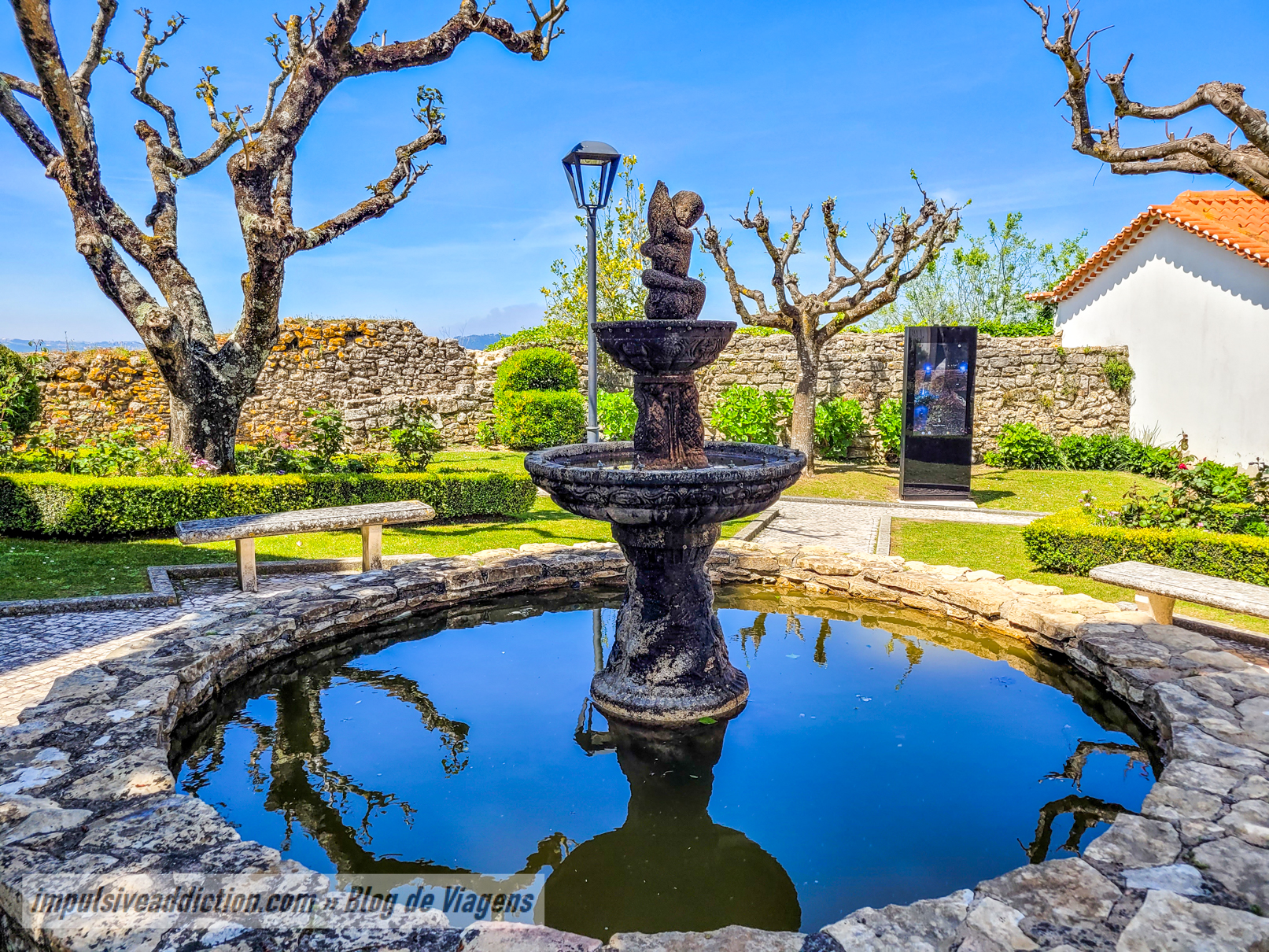
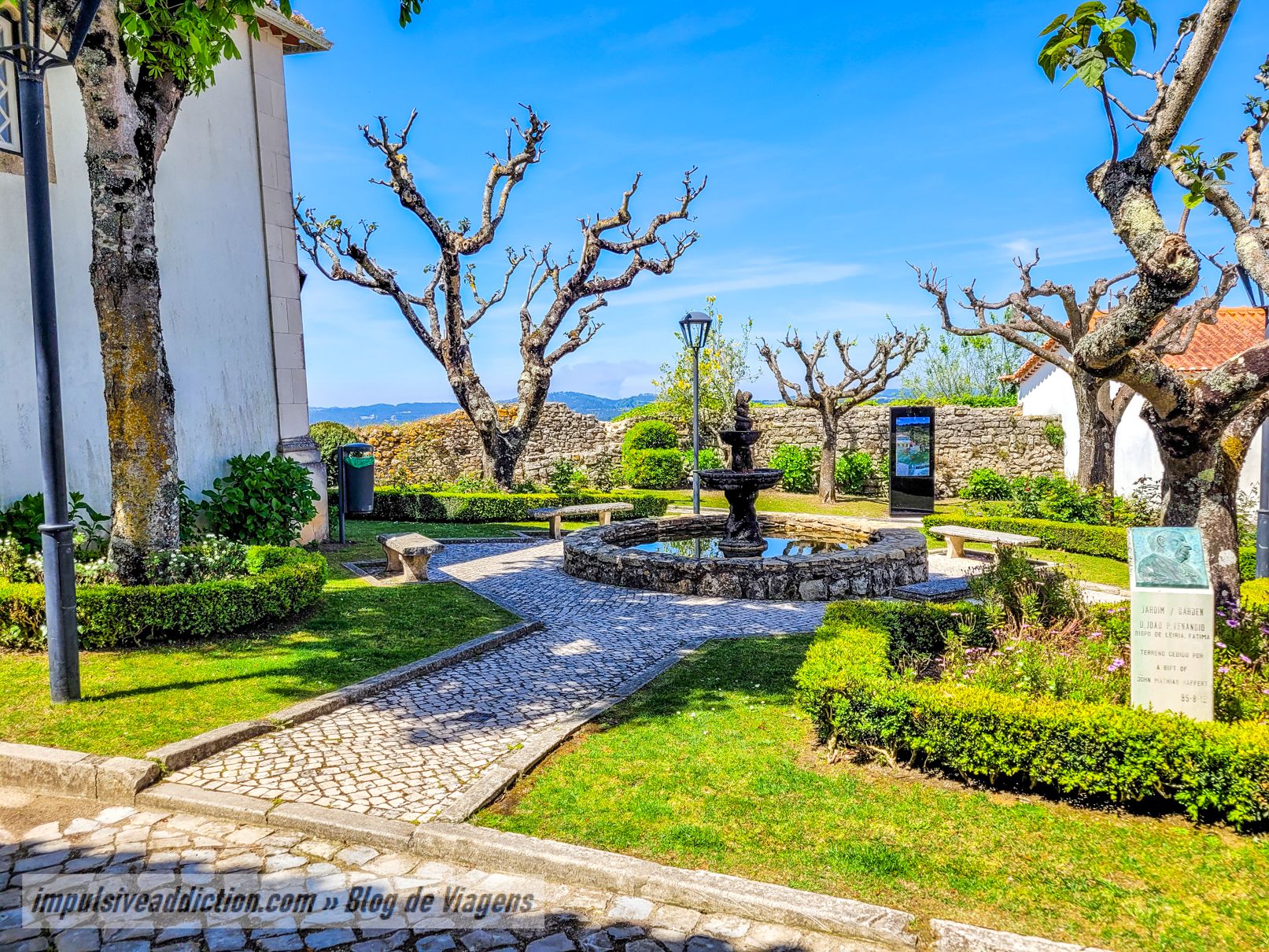
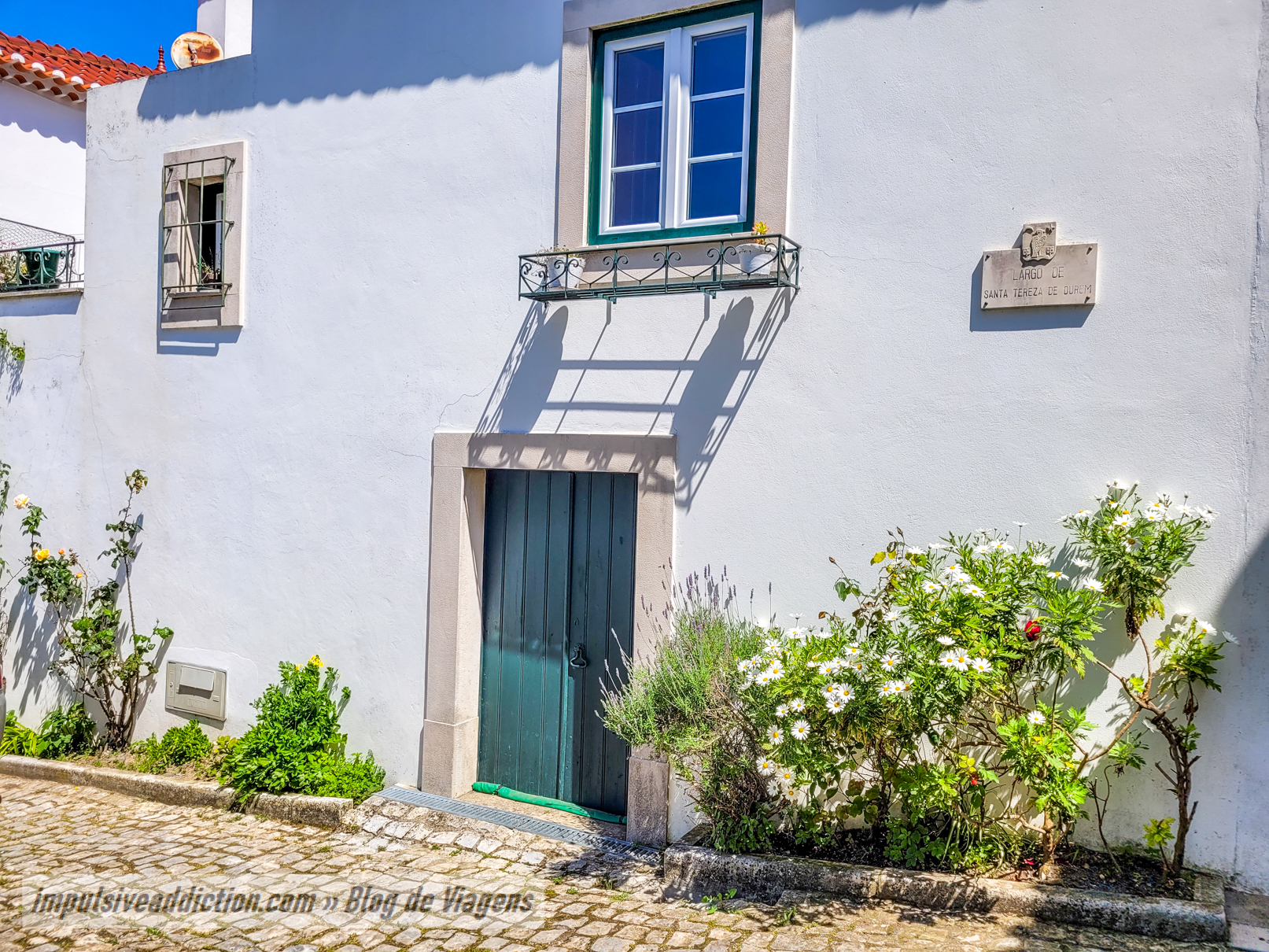
6. Rua de São João
Rua de São João is one of the most typical roads in the medieval town of Ourém, following the medieval wall. It is a long street, which connects with the Gate of Santarém, already mentioned. Of particular note are the signs/chapels of Via Sacra, which you will find as you walk along it.
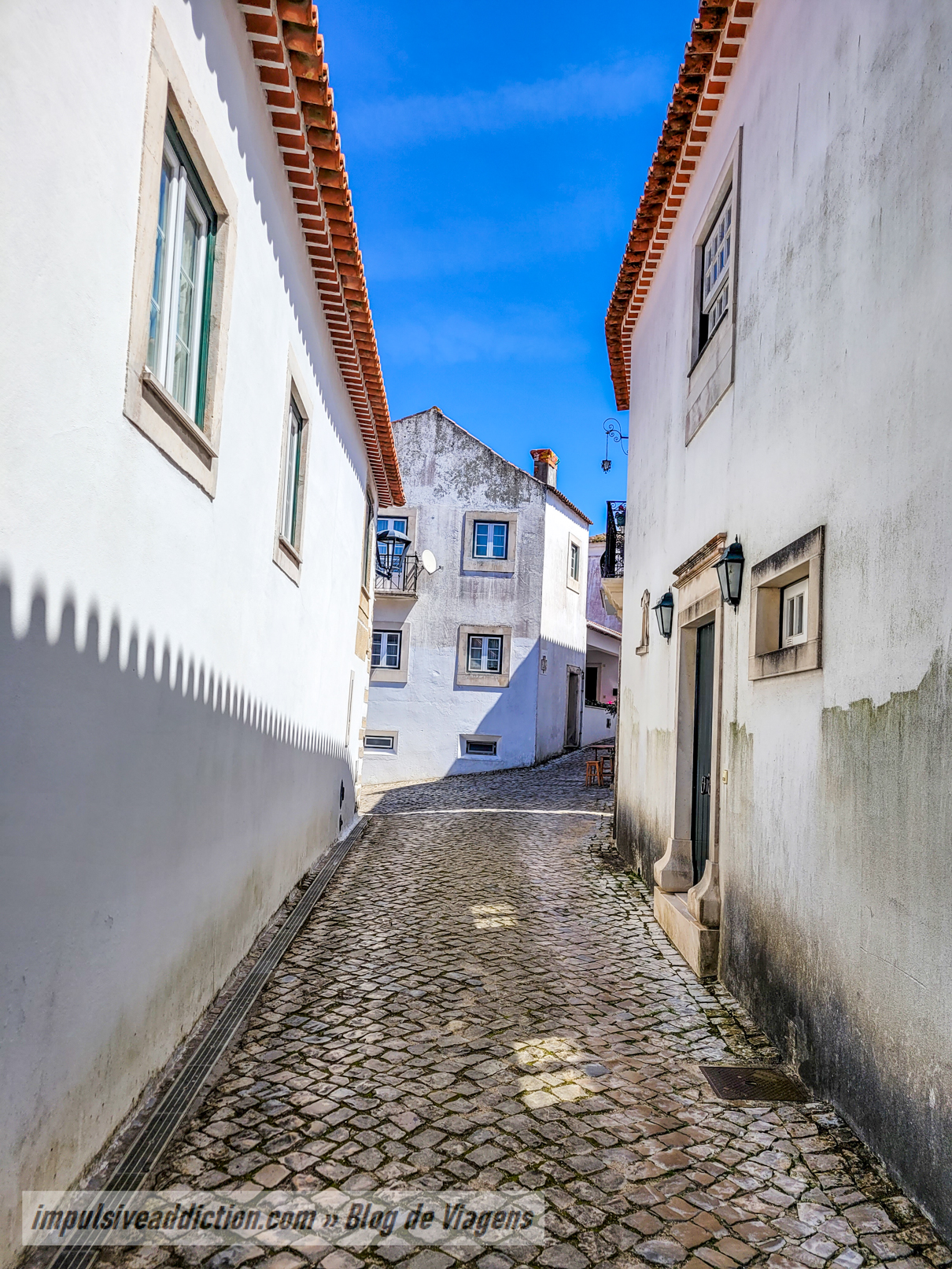
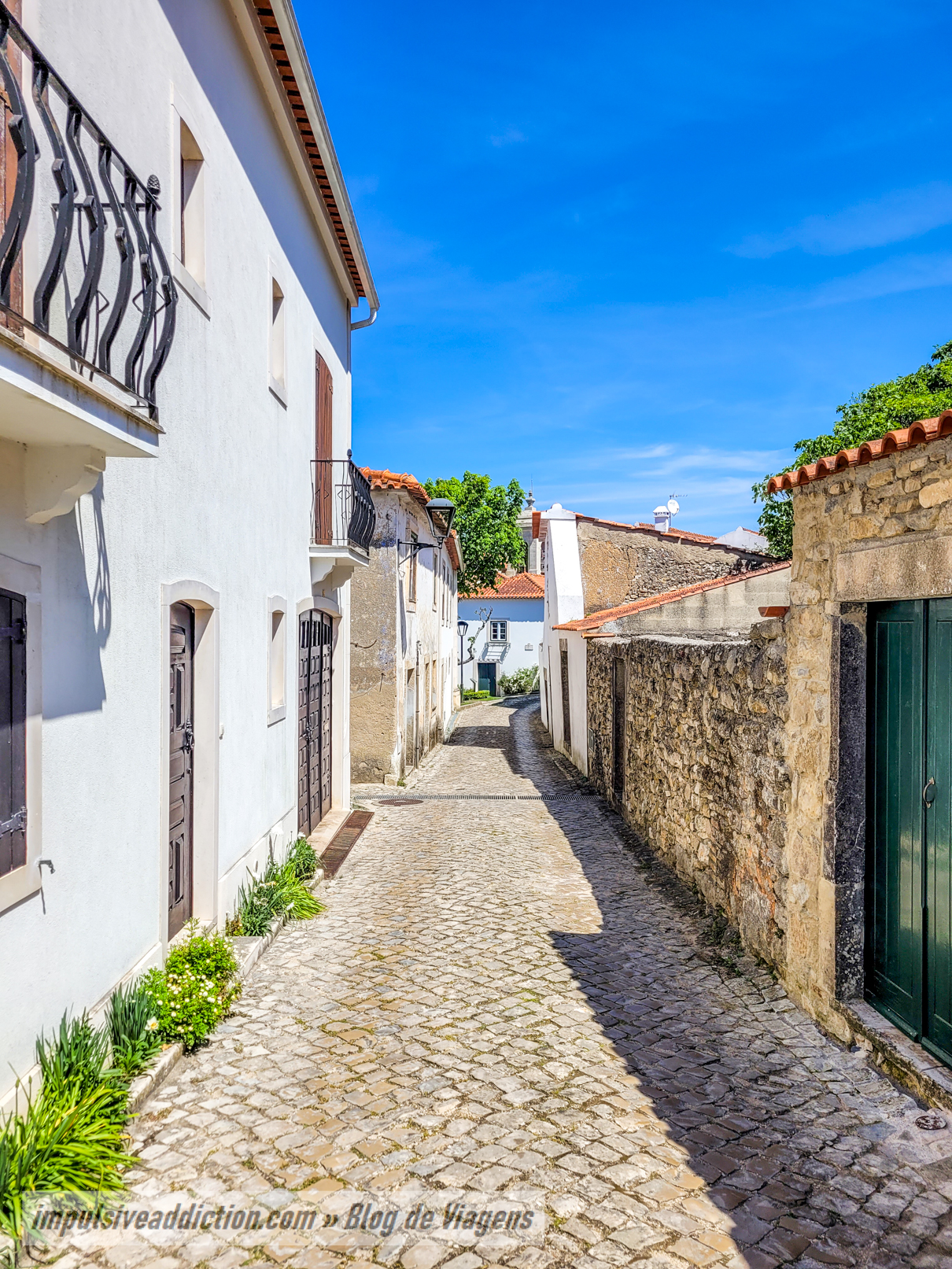
7. Castle of Ourém and Count Palace
The Castle of Ourém and Count Palace are different places. The Castle is older, having been reconquered from the Moors in the 12th century. The palace (and its two towers) were only built in the 15th century by D. Afonso, who at that time also had the castle restored.
The visit to the exterior of both places is free, as well as the visit to the interior of the Count Palace. To visit the towers of this palace and enter the castle, however, it is necessary to pay and schedule a guided tour.
Note that both locations have undergone recent restoration work. That's why they look more modern than other Portuguese castles and have a less rustic look.
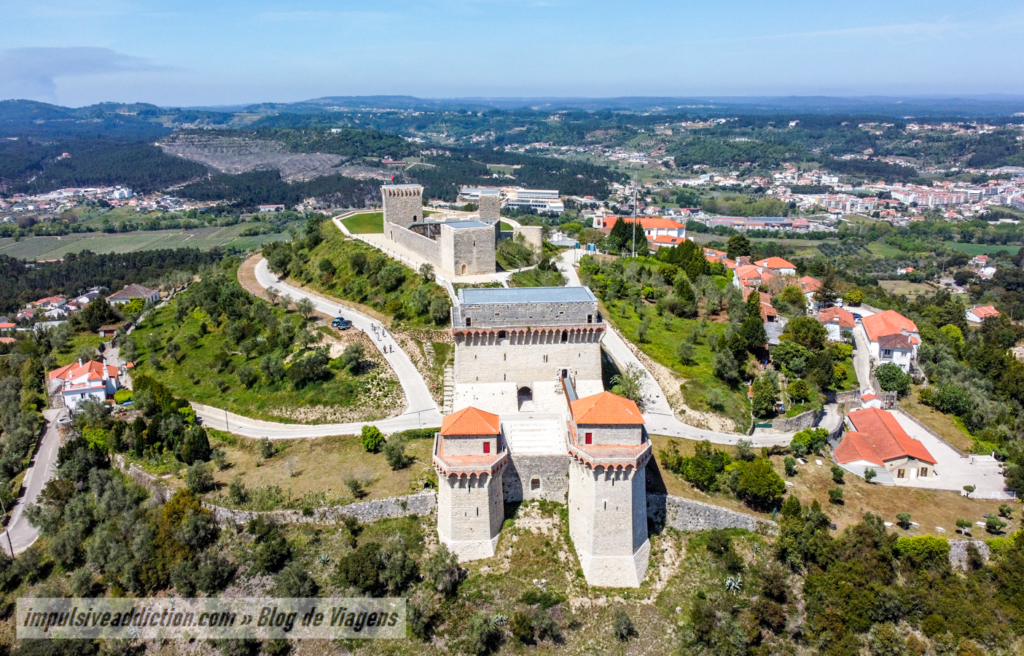
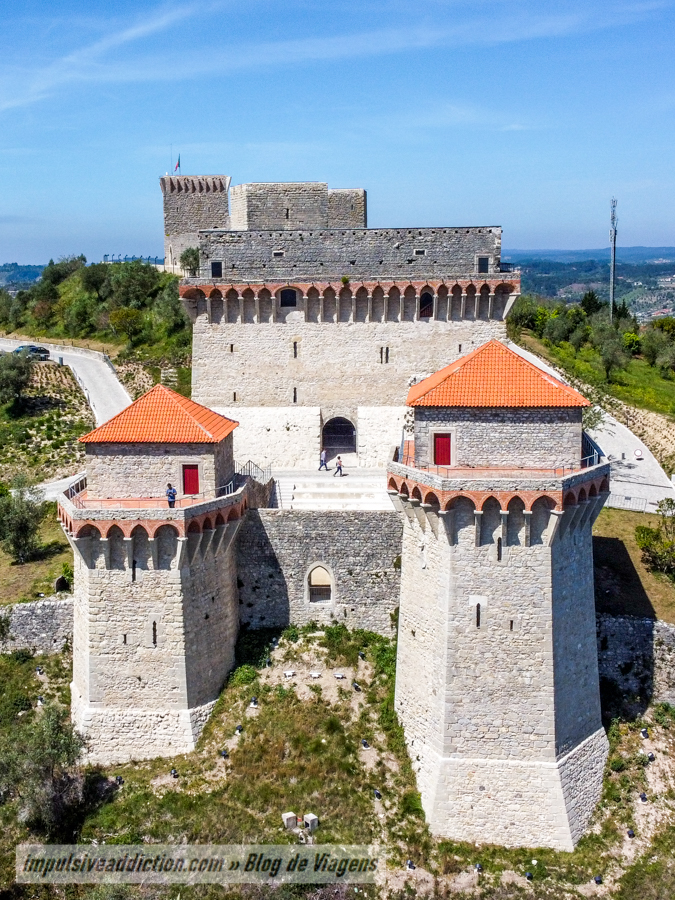
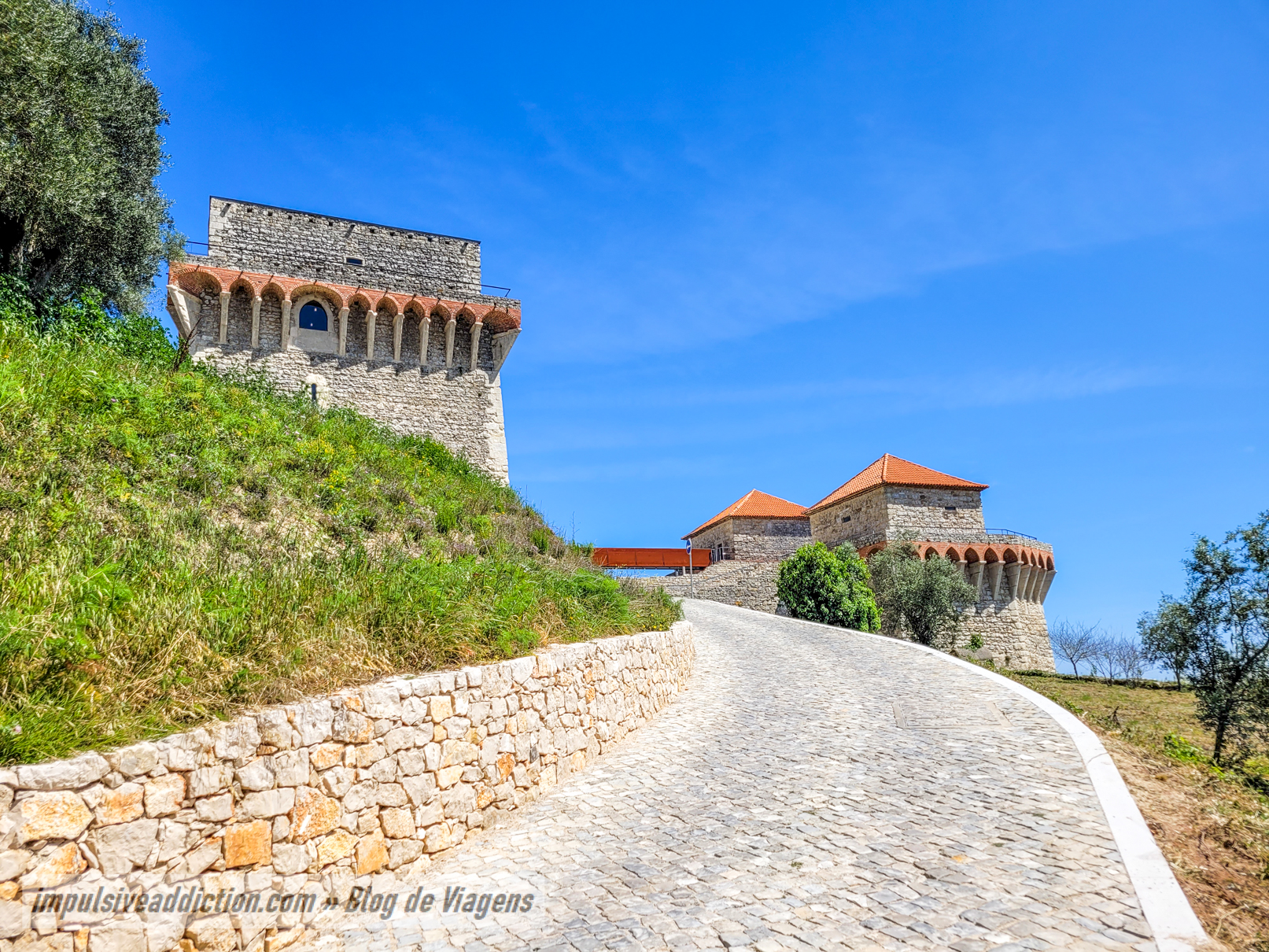
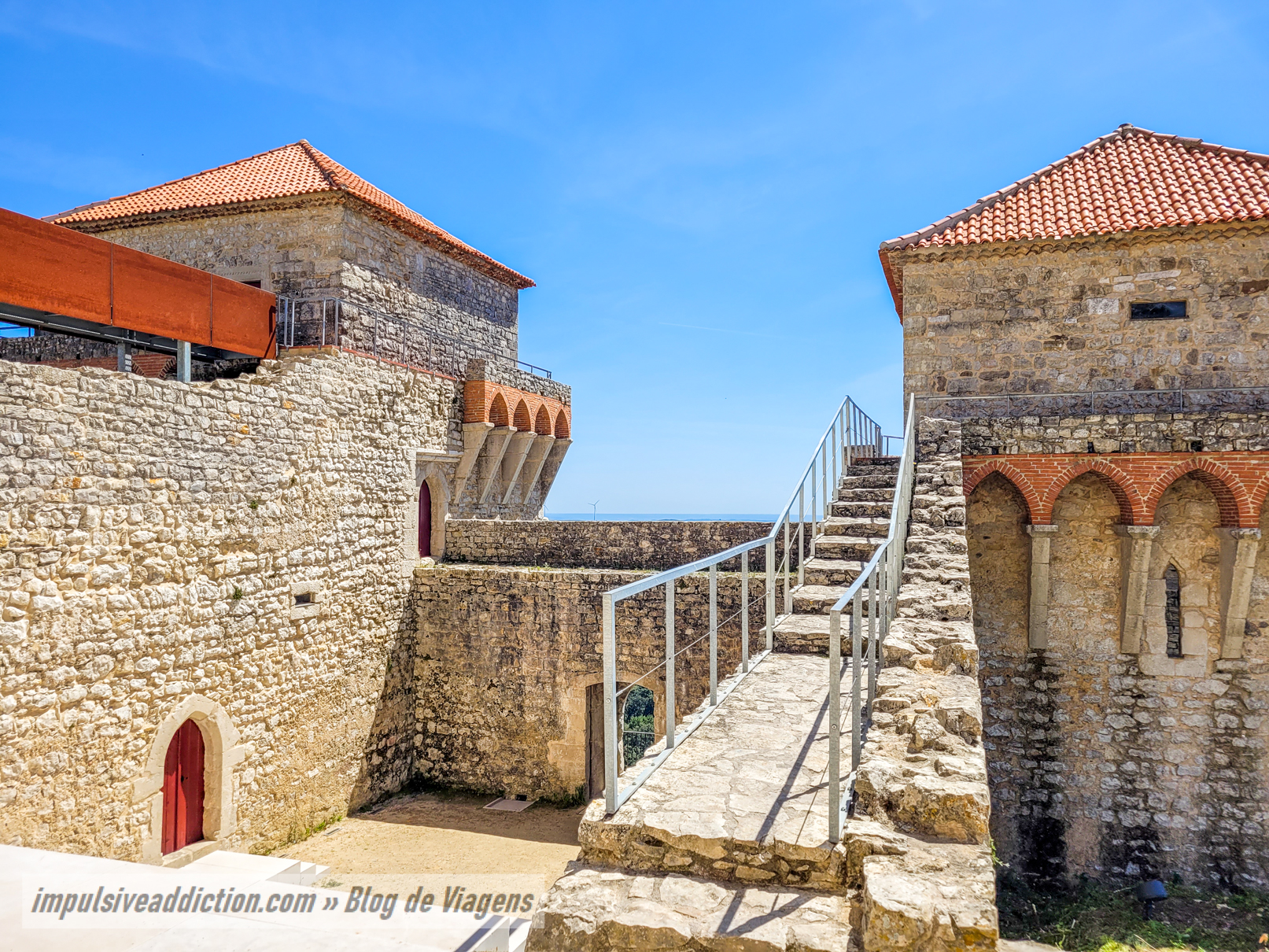
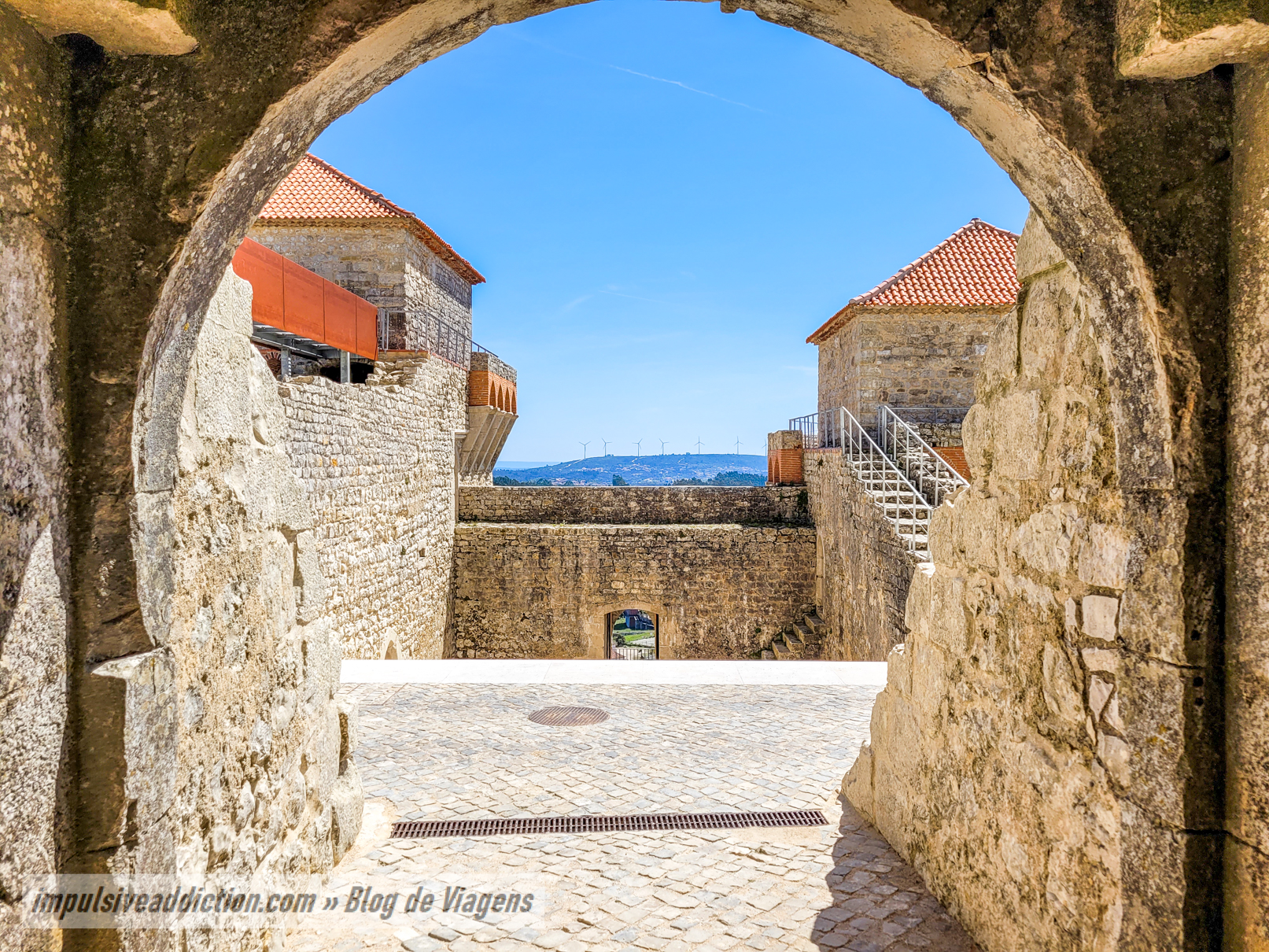
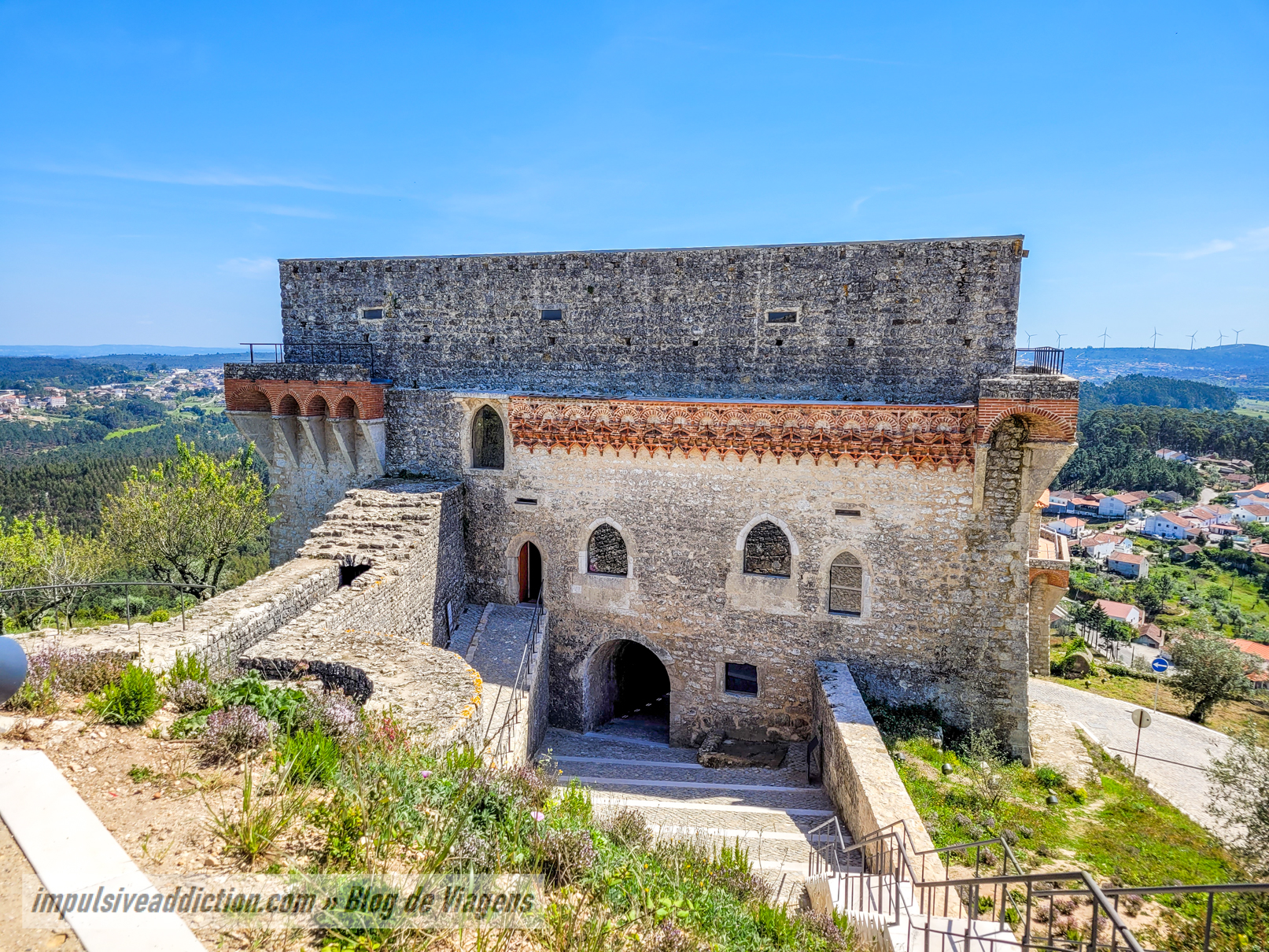
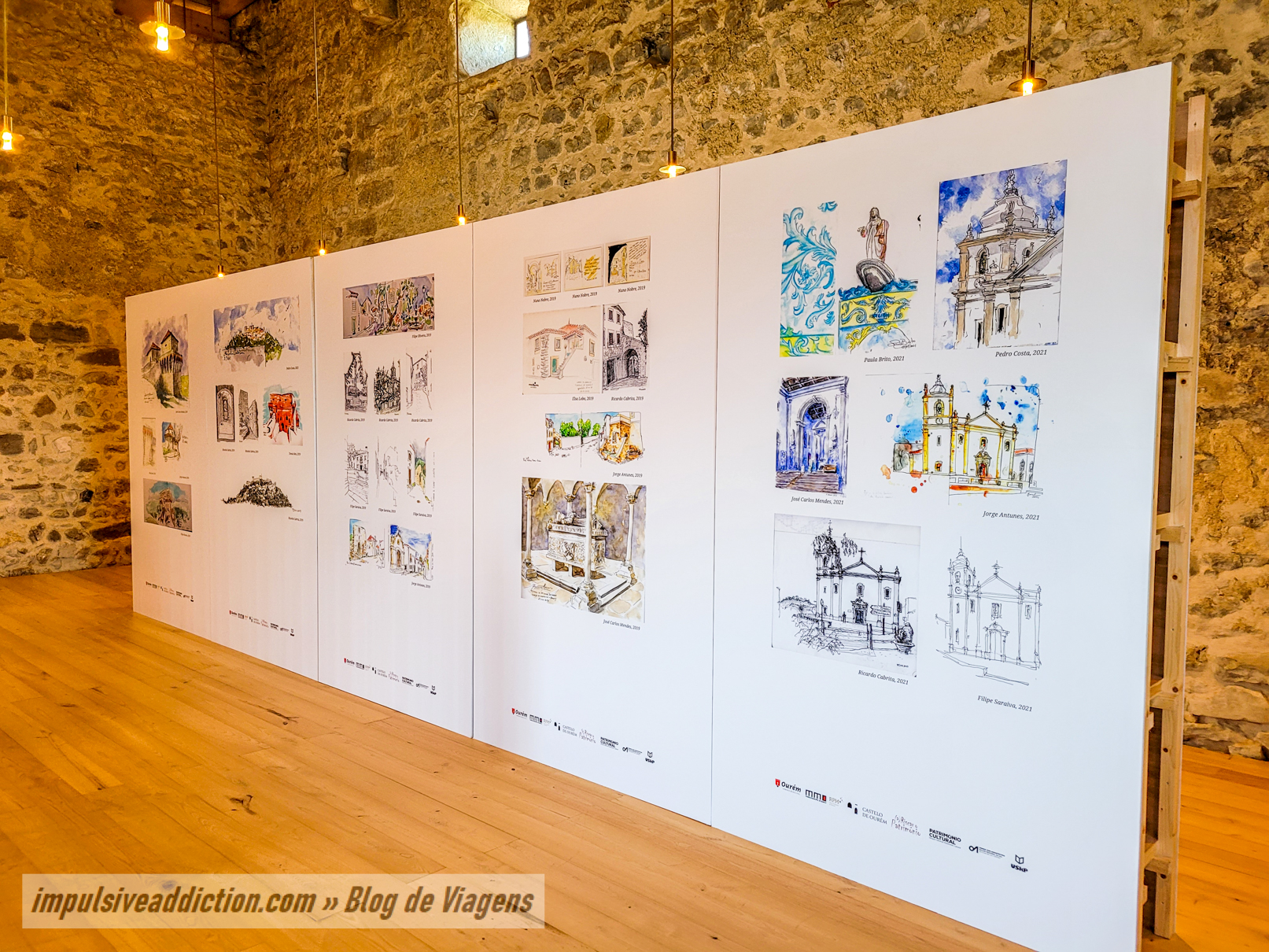
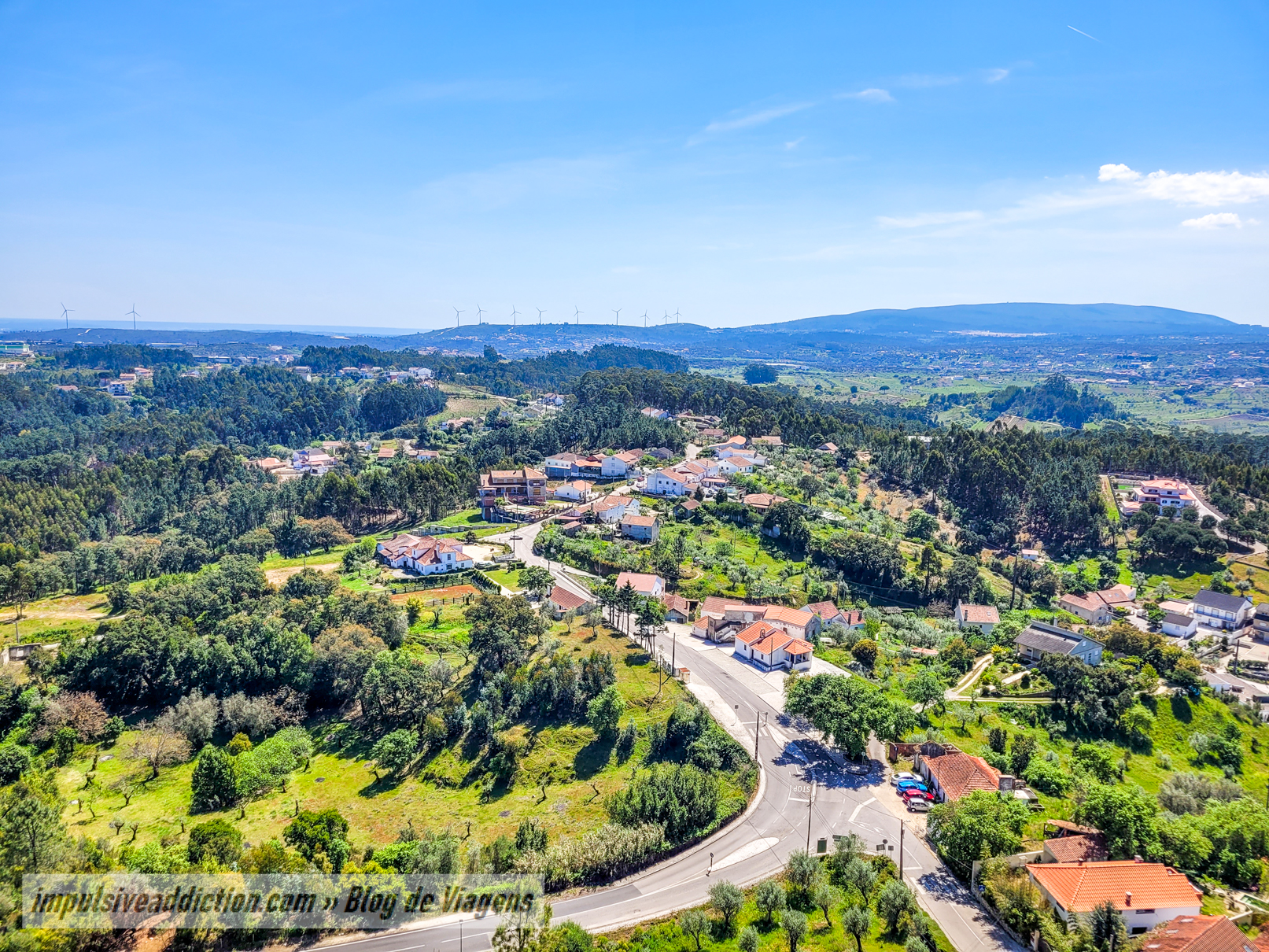
8. Terreiro de São Tiago
The best view of Ourém is from Terreiro de São Tiago, next to the castle. In the center of the square you will find a statue of Nuno Álvares Pereira, 3rd Count of Ourém. Once there was a chapel dedicated to São Tiago, who gave the name to the square, destroyed in the earthquake of 1755.
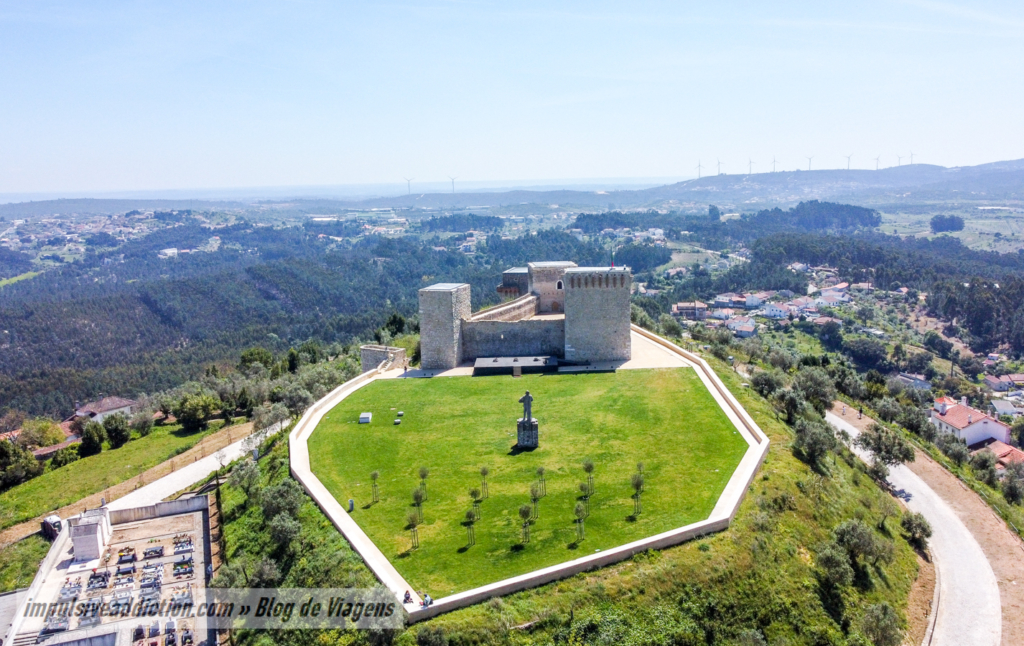
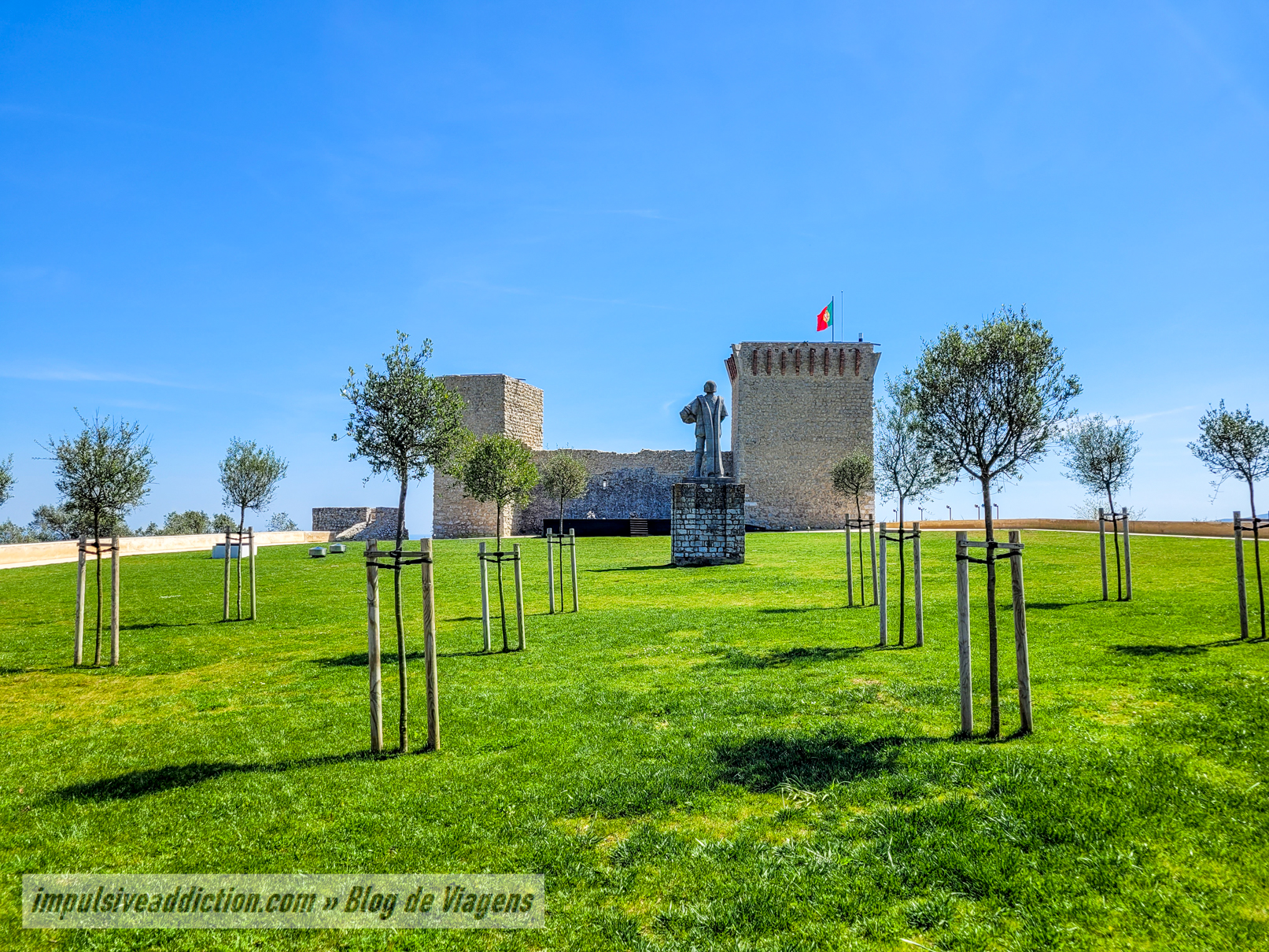
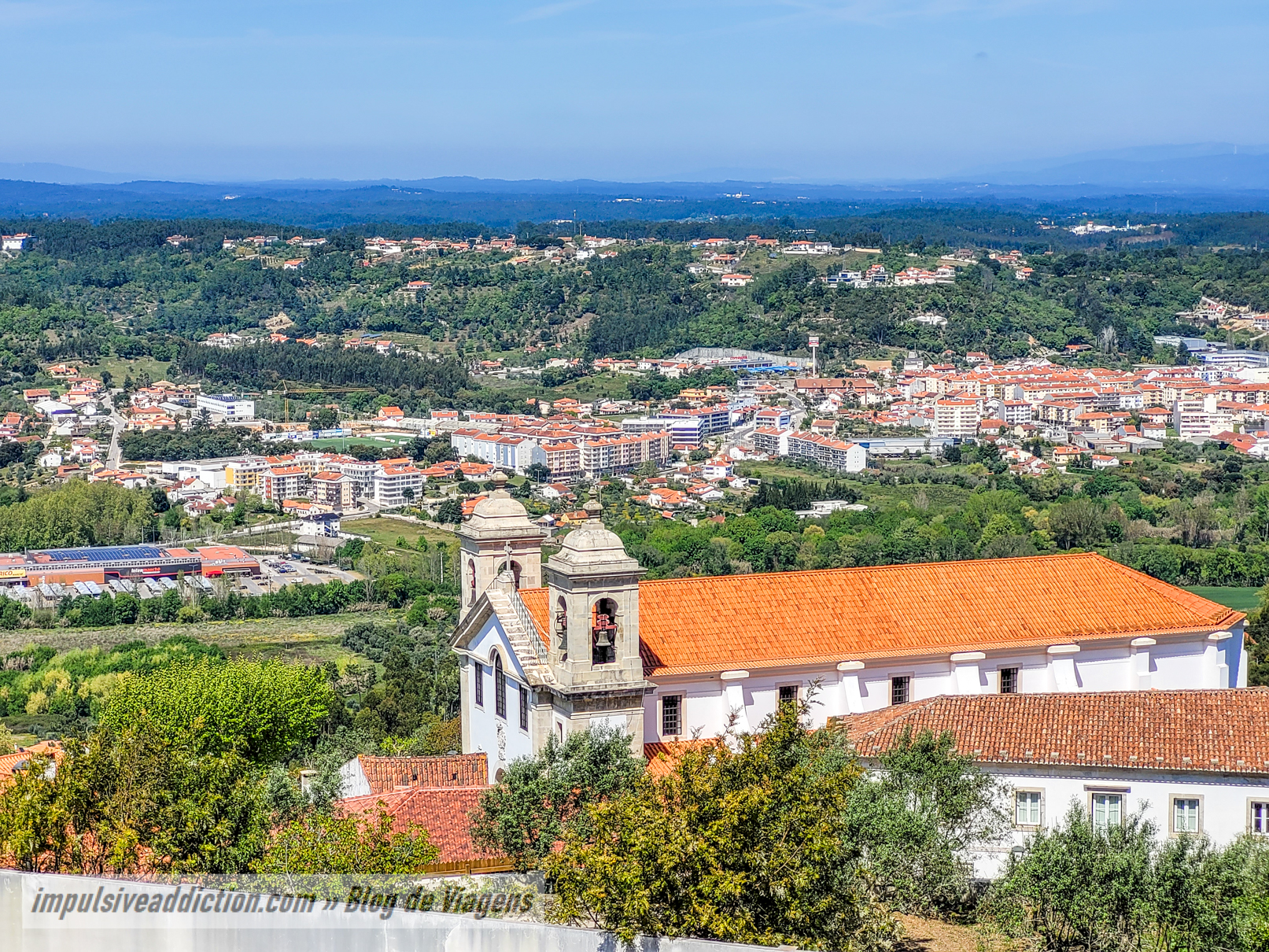
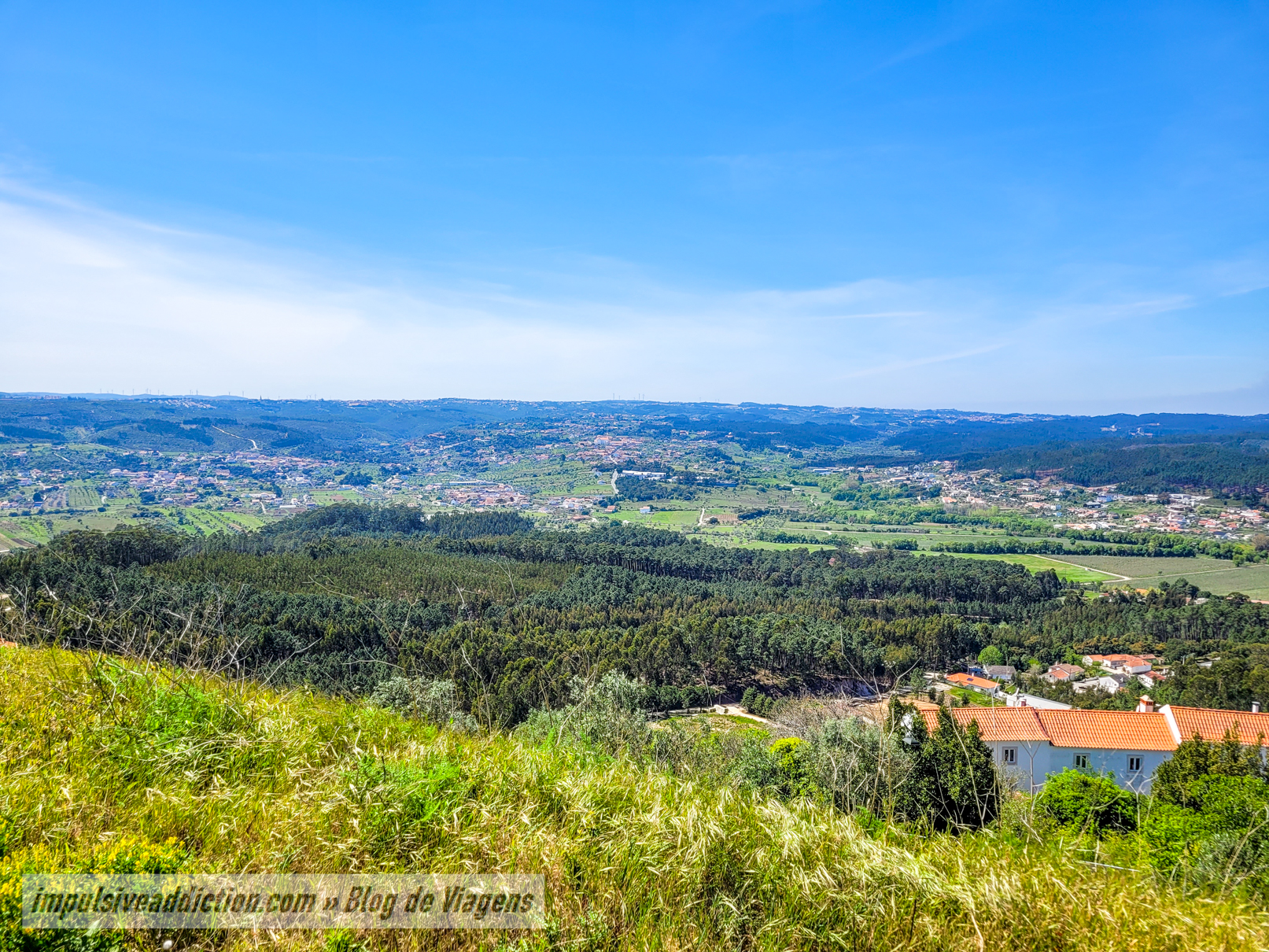
9. Old Jail of the Medieval Town of Ourém
On your way back to town, from the castle, be sure to pass by the old jail, from the 17th century. It is easily identifiable by the bars in the windows, and today it has a shop called Ucharia do Conde, which promotes local products.
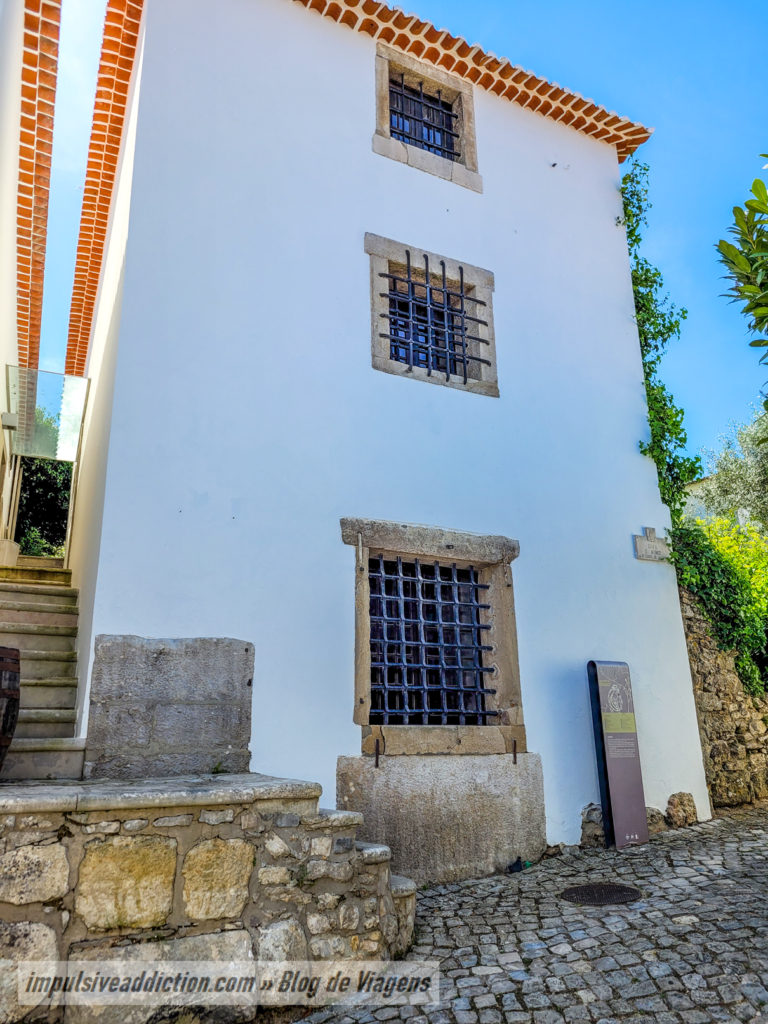
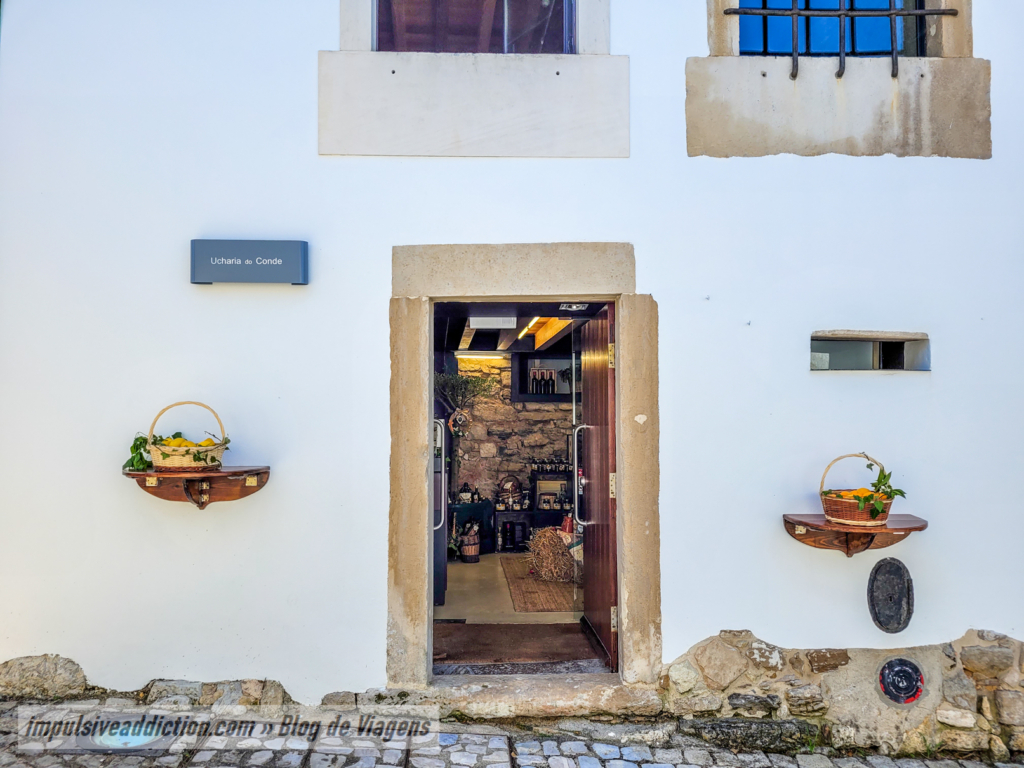
10. Old Town Hall and Pillory
The former Town Hall stands out for hosting temporary exhibitions today. During my visit, for example, I found an exhibition with photos of the live representation of Via Sacra, which takes place annually at Easter. The building dates back to the 15th century, and the Town Hall operated there until 1841.
In front of the Town Hall you will find a small garden with an awesome viewpoint over the city of Ourém. The Pillory is located in this garden, and dates from 1620.
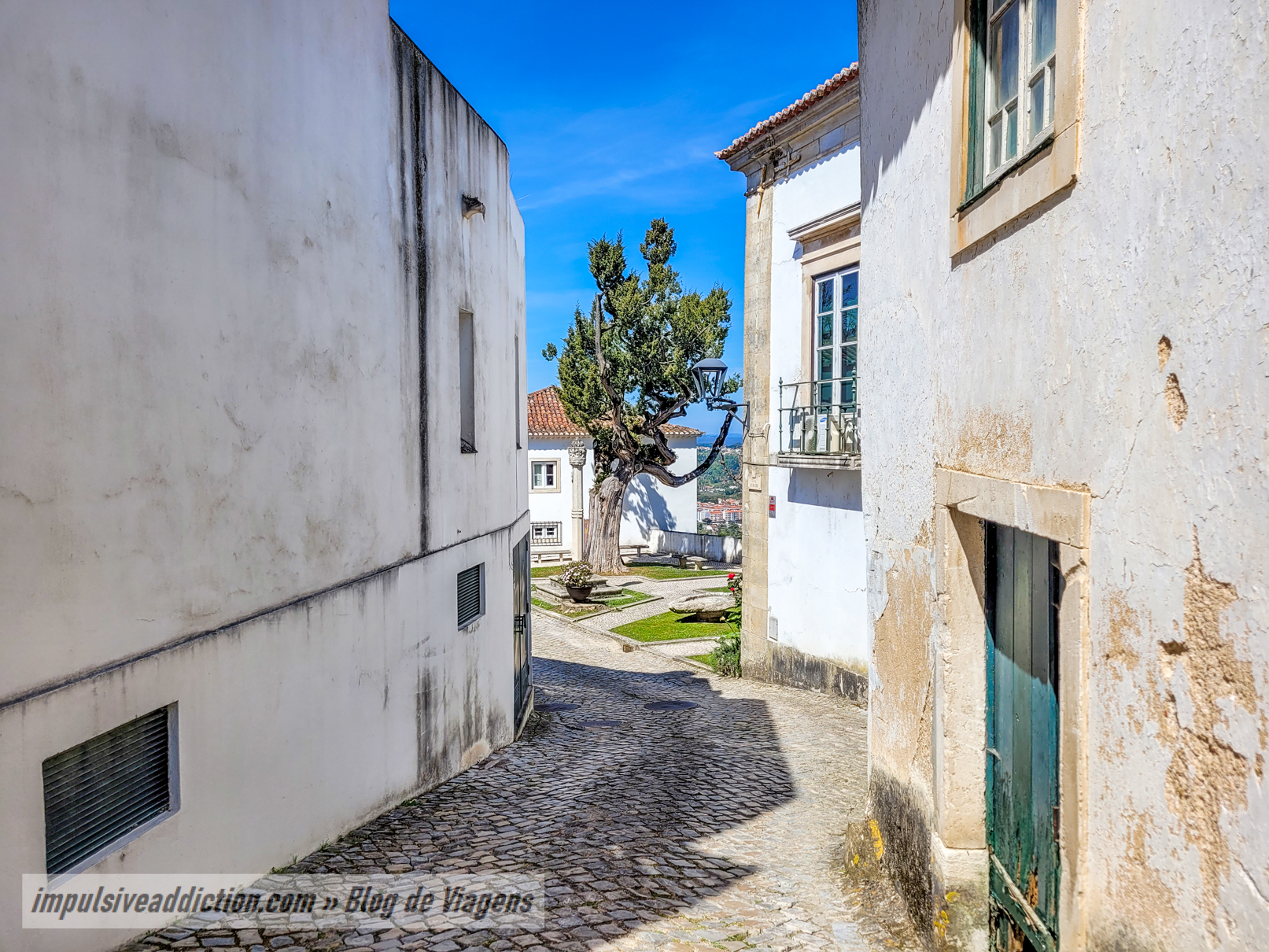
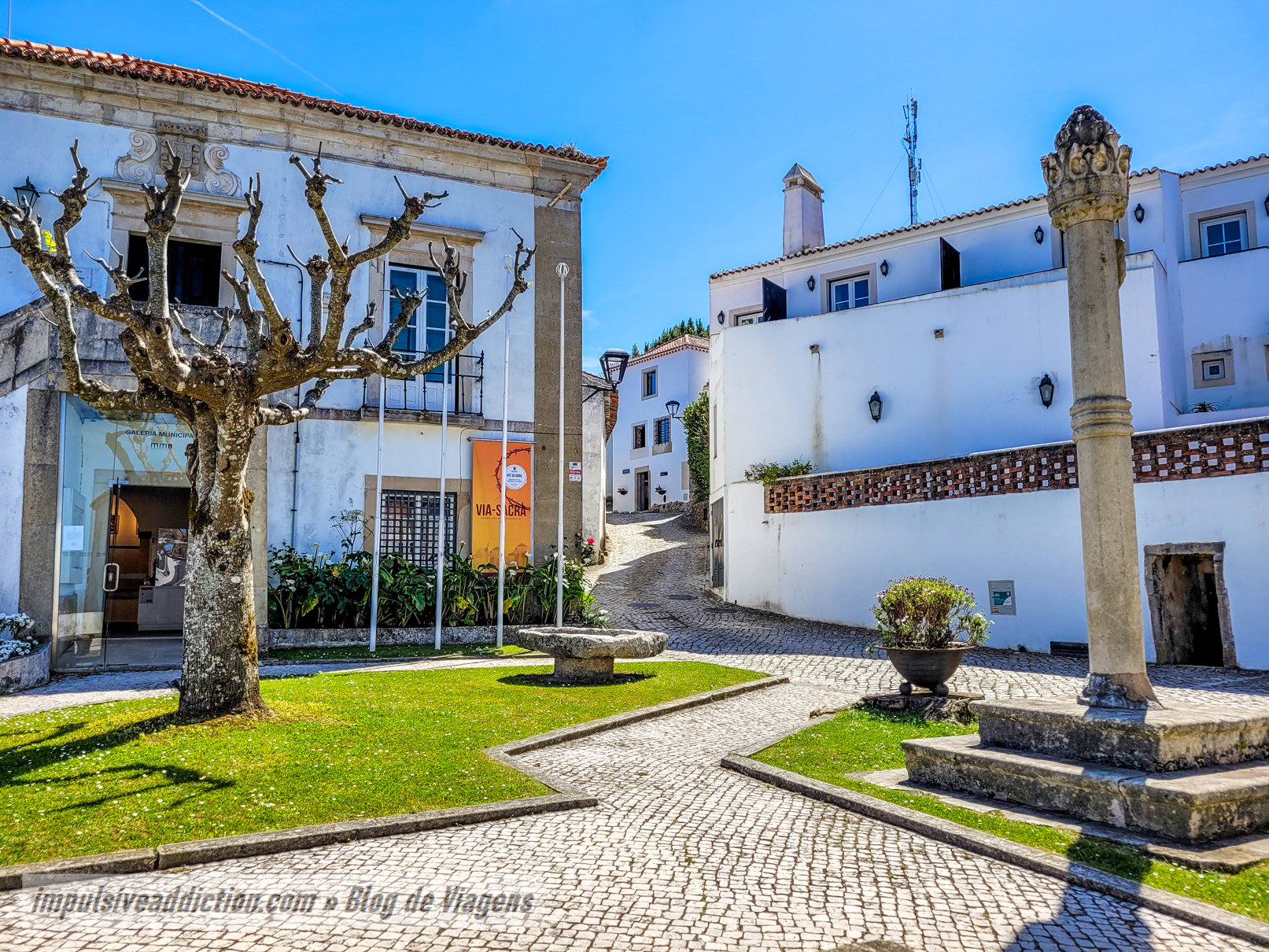
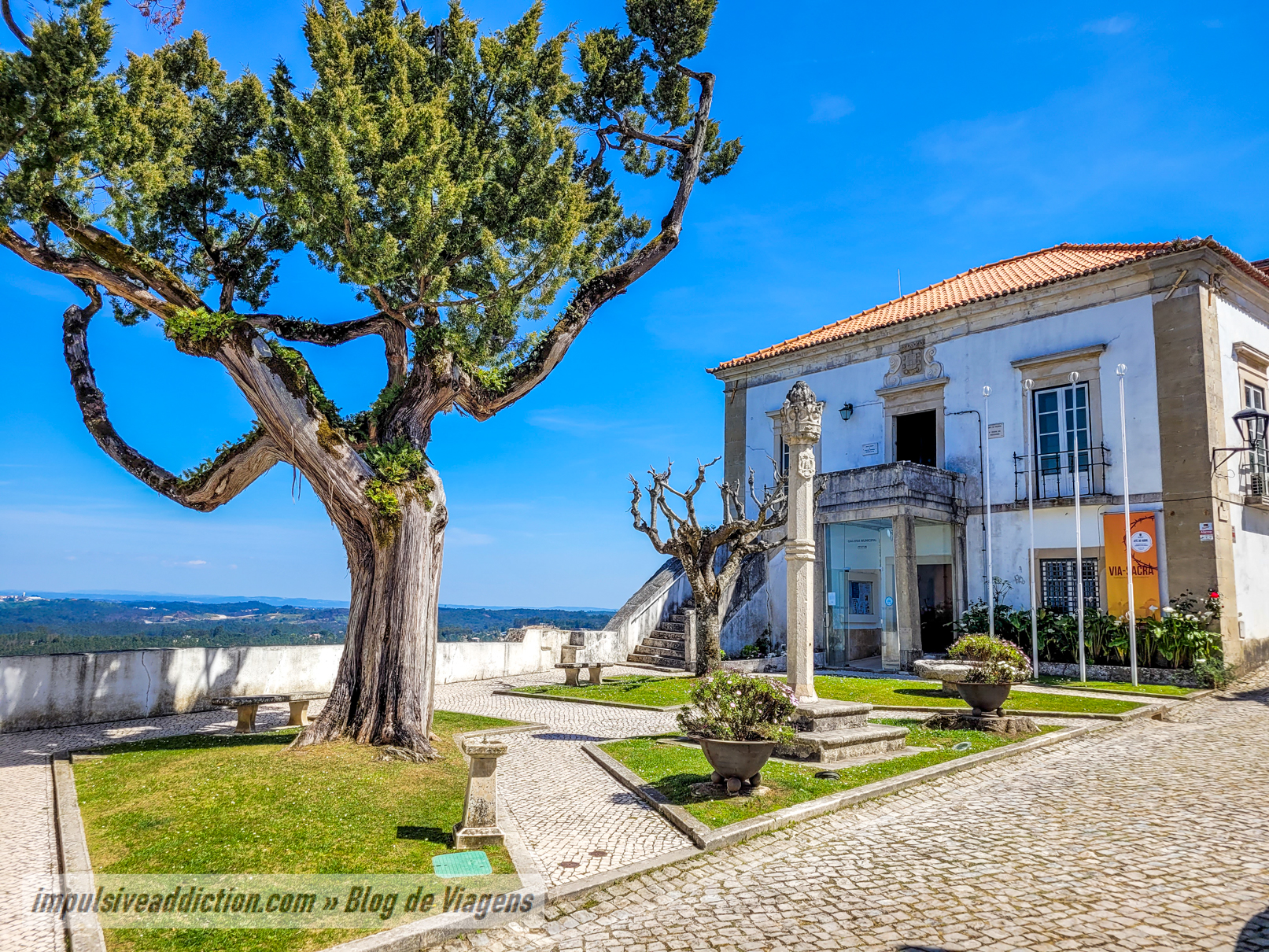
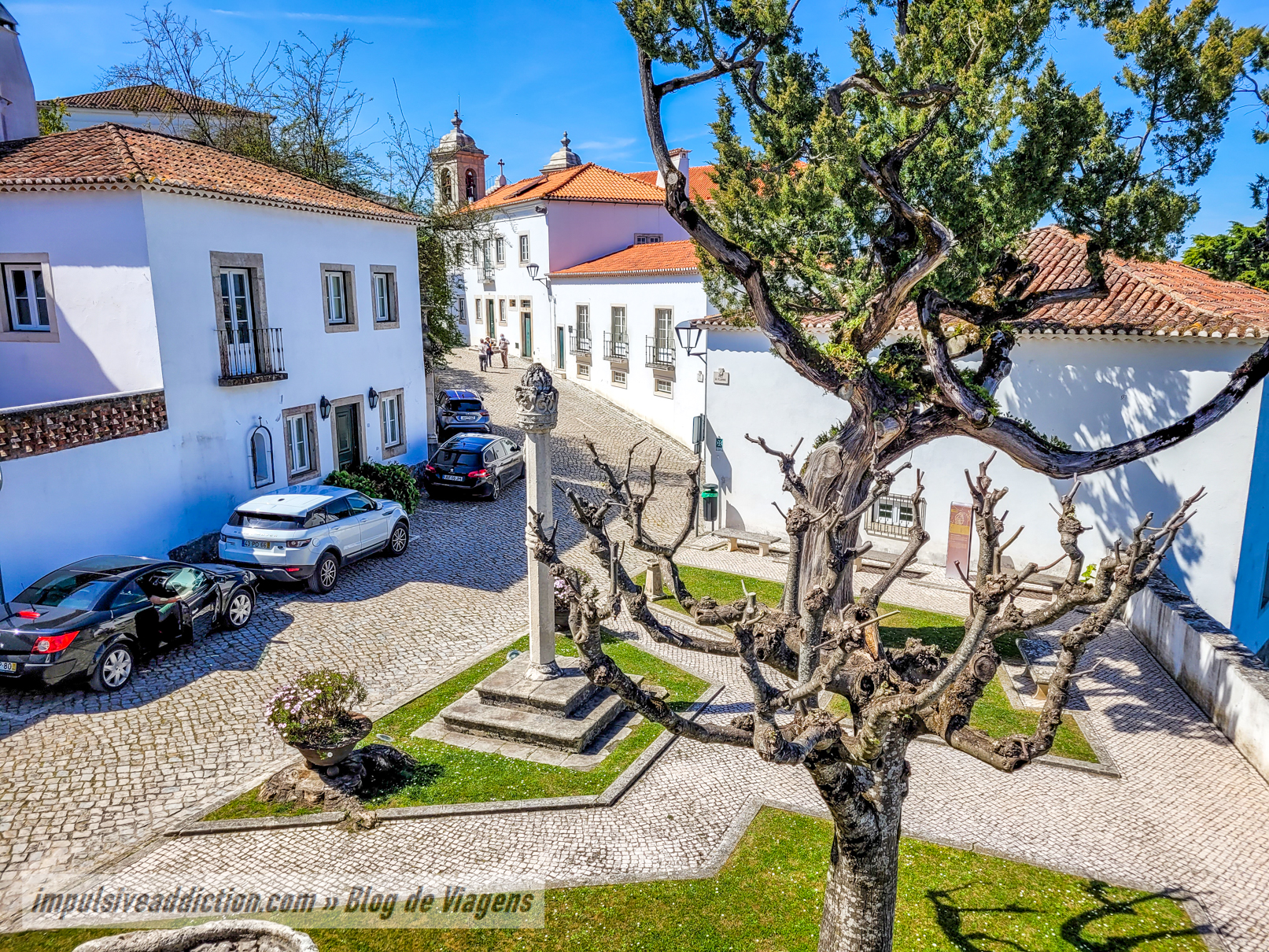
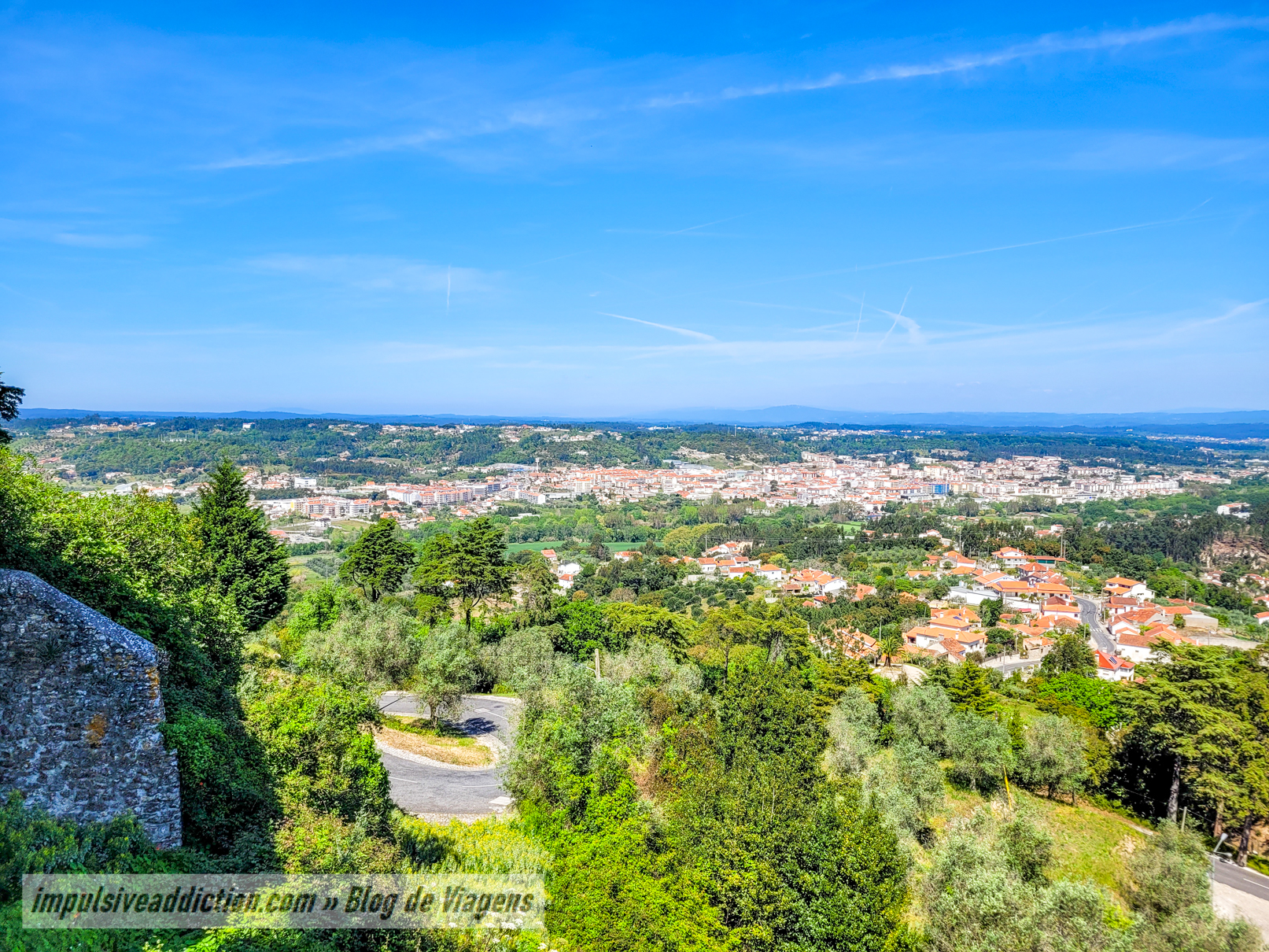
11. Pousada Conde de Ourém
Nearby is also the inn of Ourém (pousada, in portuguese), installed in the building of the former Hospital of Misericórdia, from the 17th century.
12. Old Jewry of the Medieval Town of Ourém
Also pass by the old Jewish quarter, where the Jews lived until their expulsion in the 15th century. I highlight the staircase that connects to this street, which is an authentic tunnel of flowers. I visited the city in spring and found a wonderful smell there. 😀
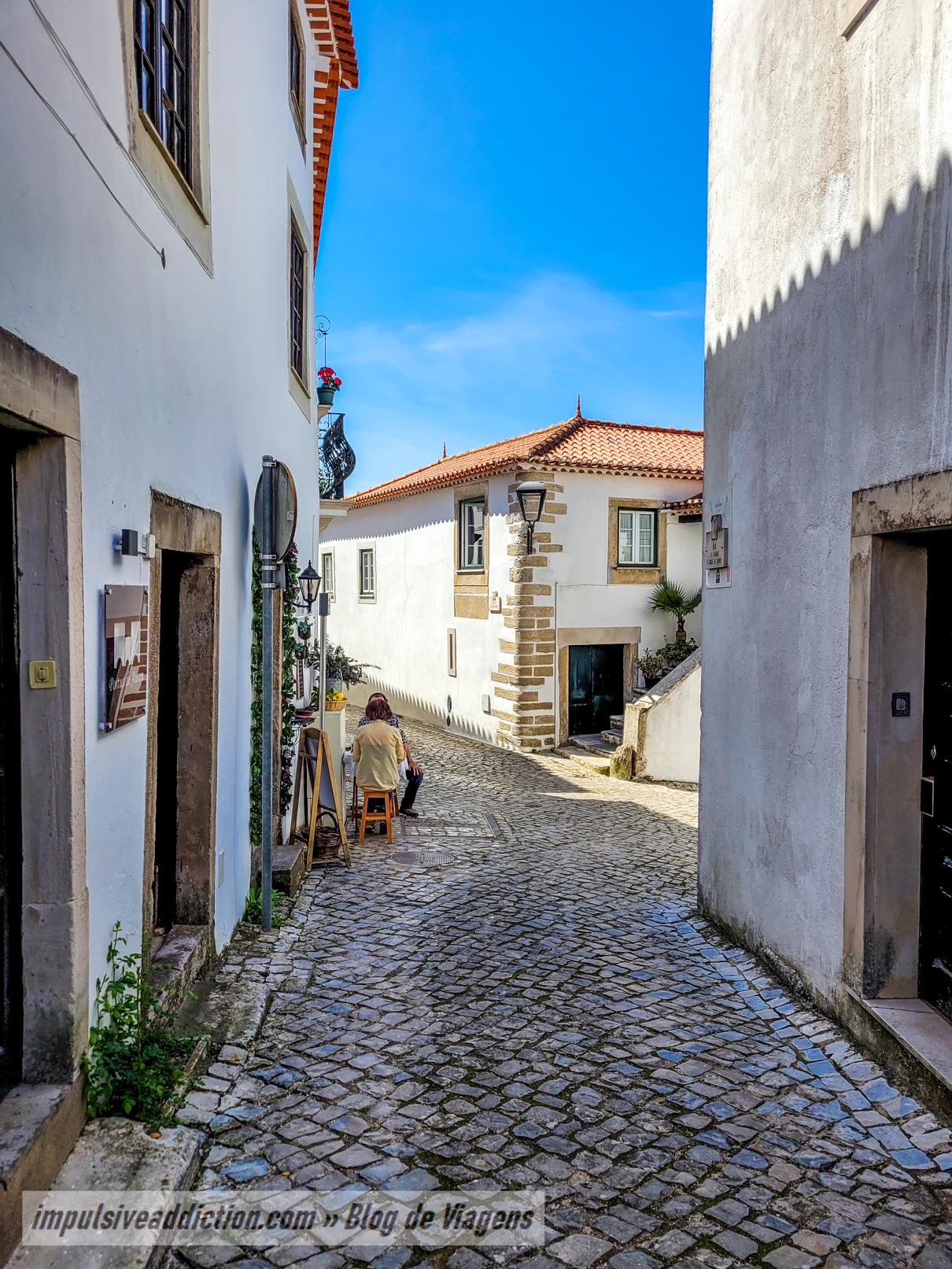
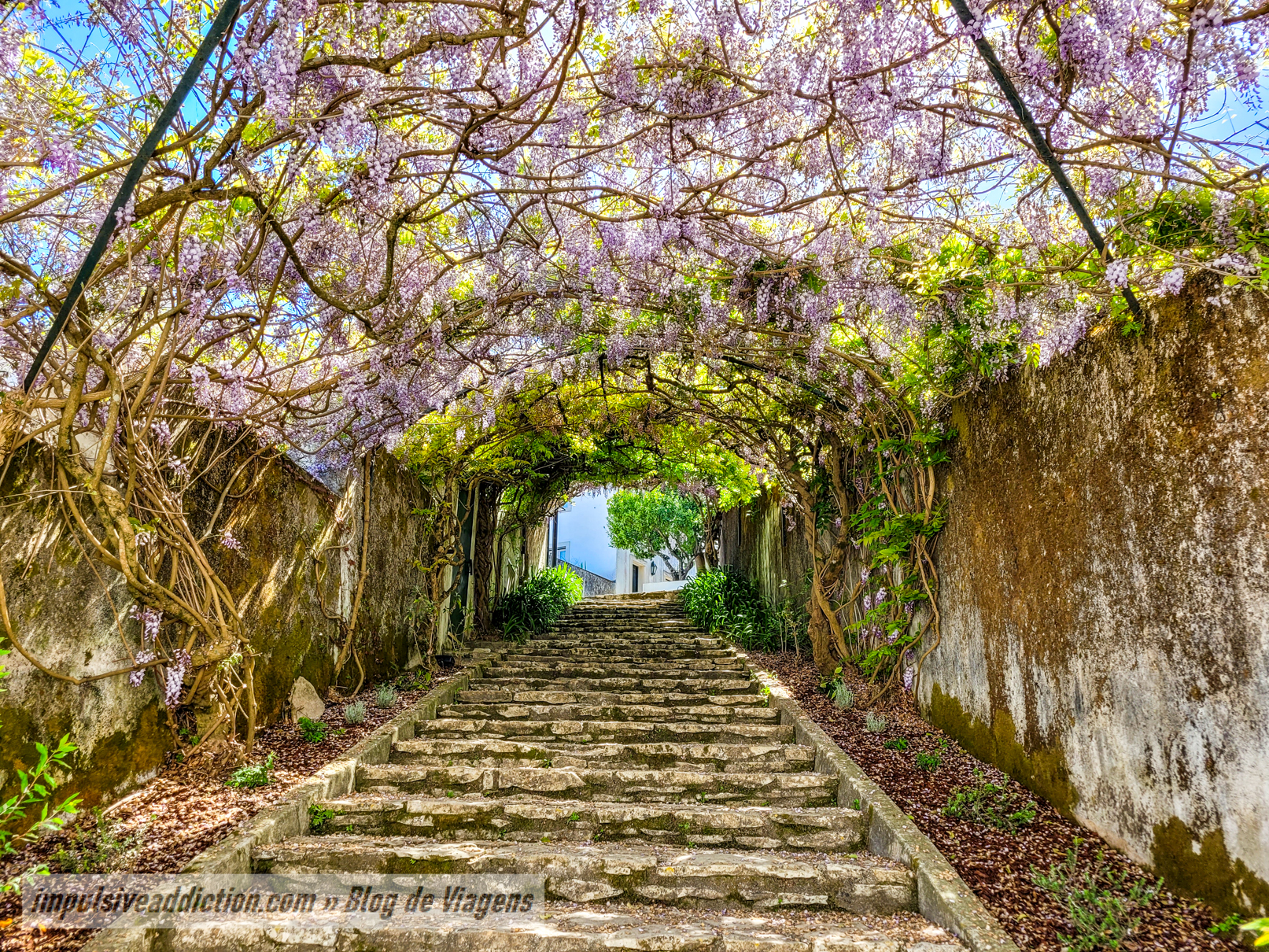
Visit the best Caves in Central Portugal
The best and most beautiful Caves in Central Portugal are located in the Natural Park of Serras de Aire e Candeeiros, in Estremadura Limestone Massif, where the waters dissolved the limestone over millions of years, and excavated networks of underground galleries with hundreds of meters long, or even kilometers.
Some of these caves are not available for visit, despite having already been discovered by caving teams. Others are open to the public, through guided tours underground, and are true treasures, with rich and impressive rock formations.
There are 4 caves in this natural park that you shouldn’t miss, and they are just a few kilometers from Fátima, and a short distance from each other. My favorites are the less touristy Caves of Santo António, but you can also visit the Caves of Mira de Aire (the largest and which was voted a Wonder of Nature in Portugal), the Caves of Alvados and the Coin Caves.
1. Caves of Mira de Aire
The Mira de Aire Caves were discovered in 1947. It is believed that their formation dates back to around 150 million years ago, and that they are part of a network of galleries over 11 km long, of which only 600 meters have been open to the public since 1974. These are the largest known caves in Portugal.
They are open 365 days a year, however opening times vary throughout the different seasons. As prices may change, I leave you a link to the official website of the Mira de Aire Caves, where you can always access the most up-to-date information.
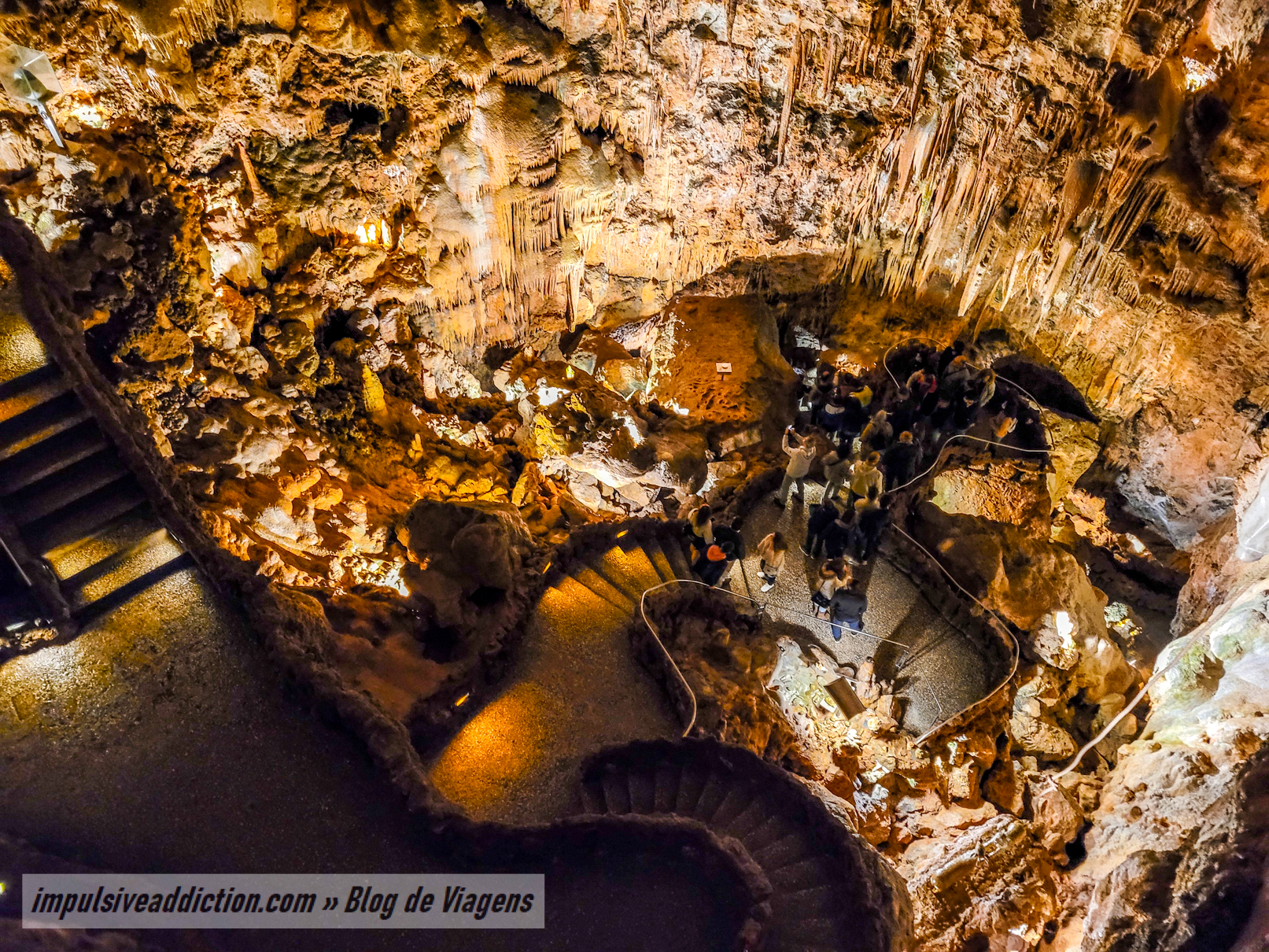
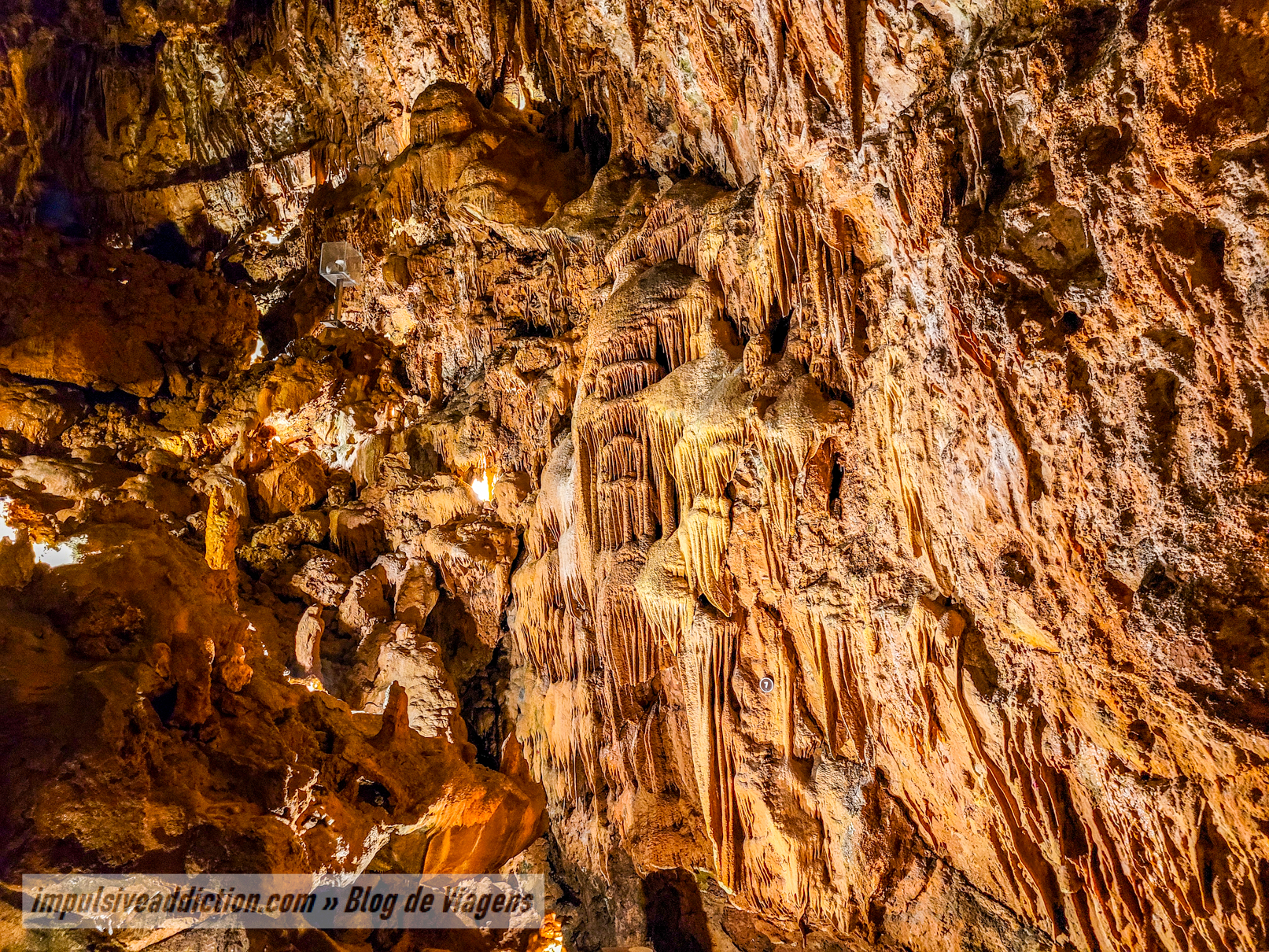
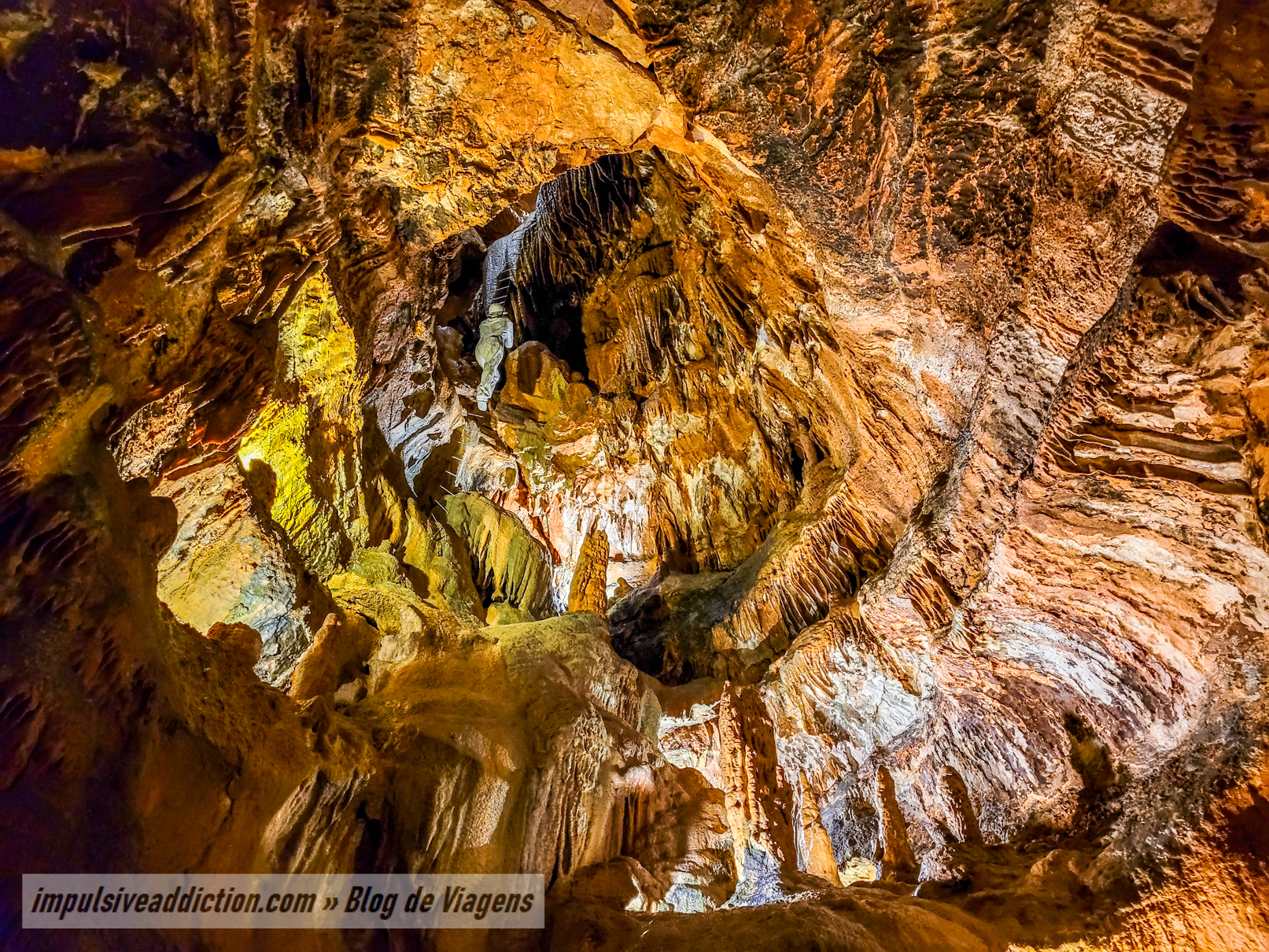
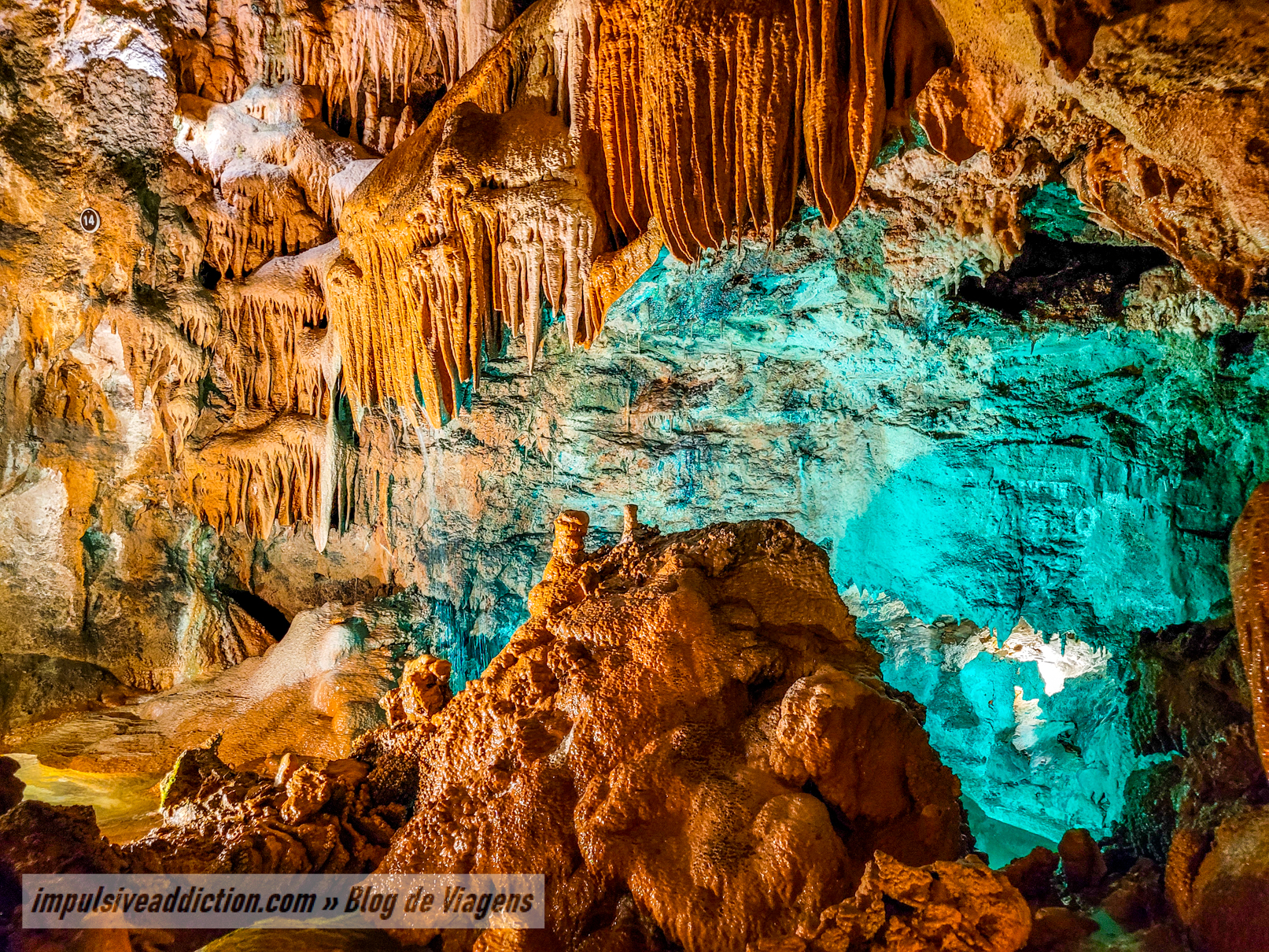
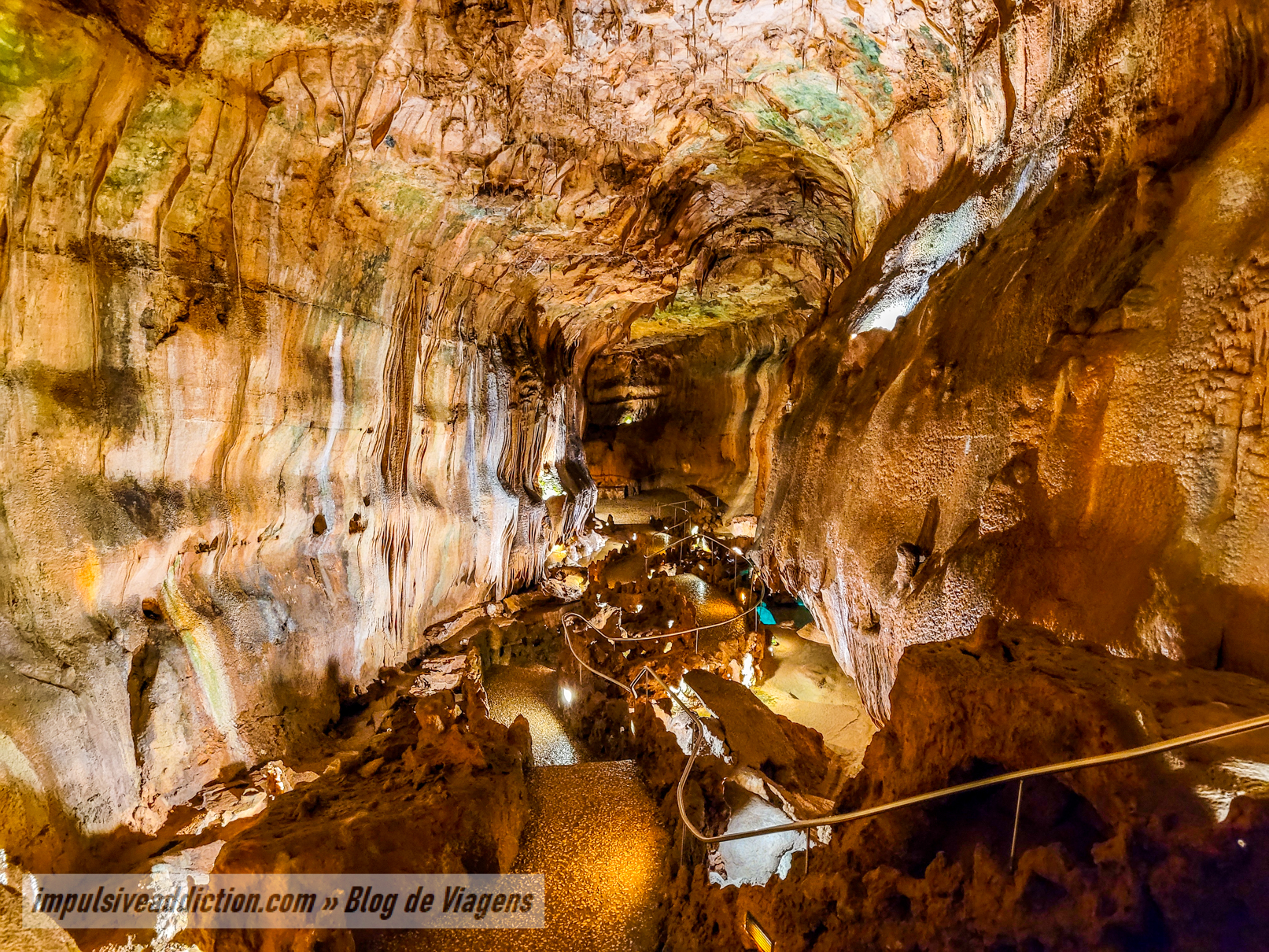
2. Caves of Alvados
The Caves of Alvados were discovered by chance, in 1964, by a group of workers from the region’s quarries. In the following years there was an intensive exploration of that place, finally opening to the public in 1973, before the previous caves of Mira de Aire.
As a curiosity, there is the fact that animal skeletons were found inside the caves, which can be observed during your visit. Some of the tunnels in the Alvados caves are artificial, opened by man to connect the different galleries for tourist exploitation.
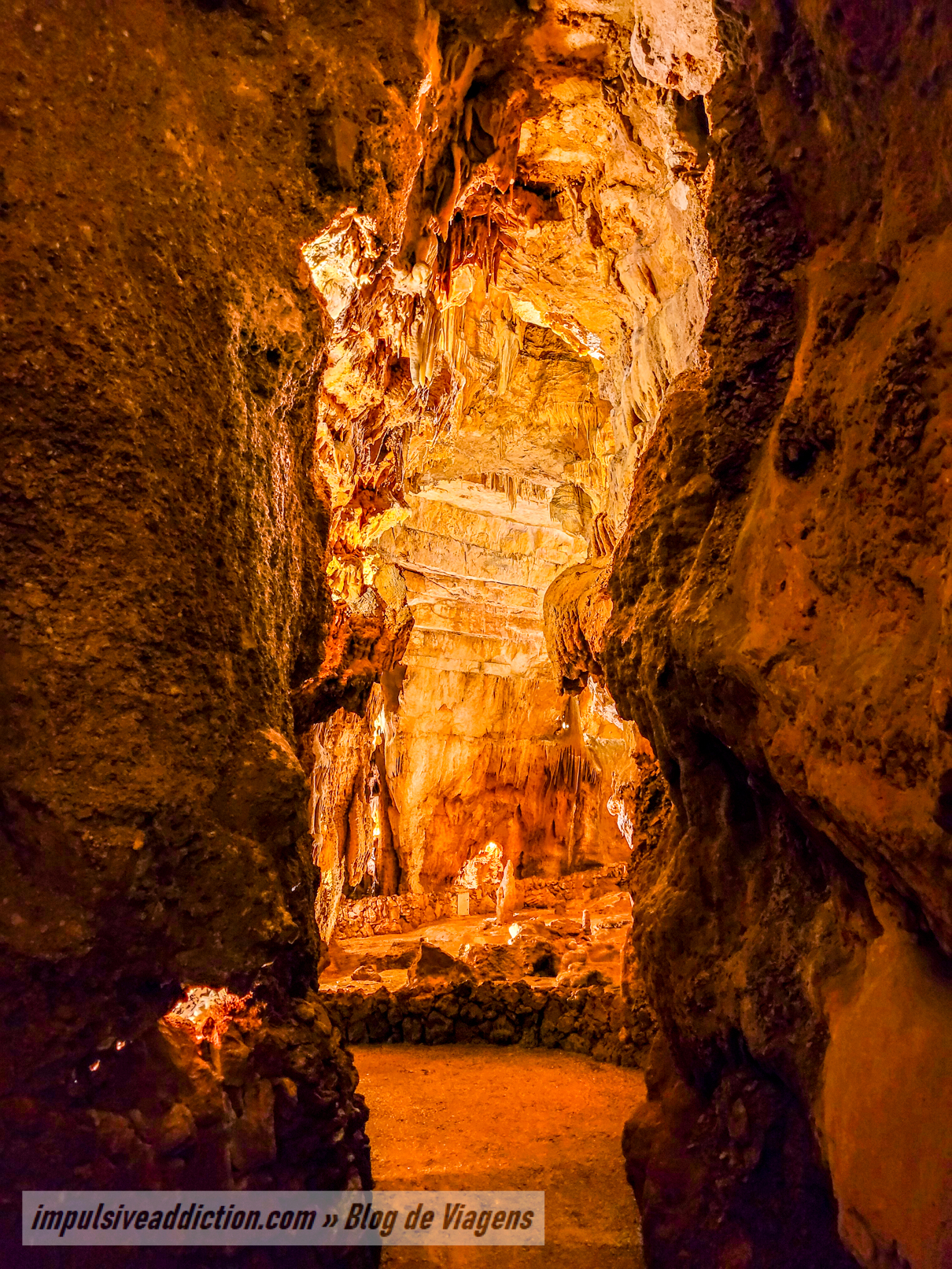
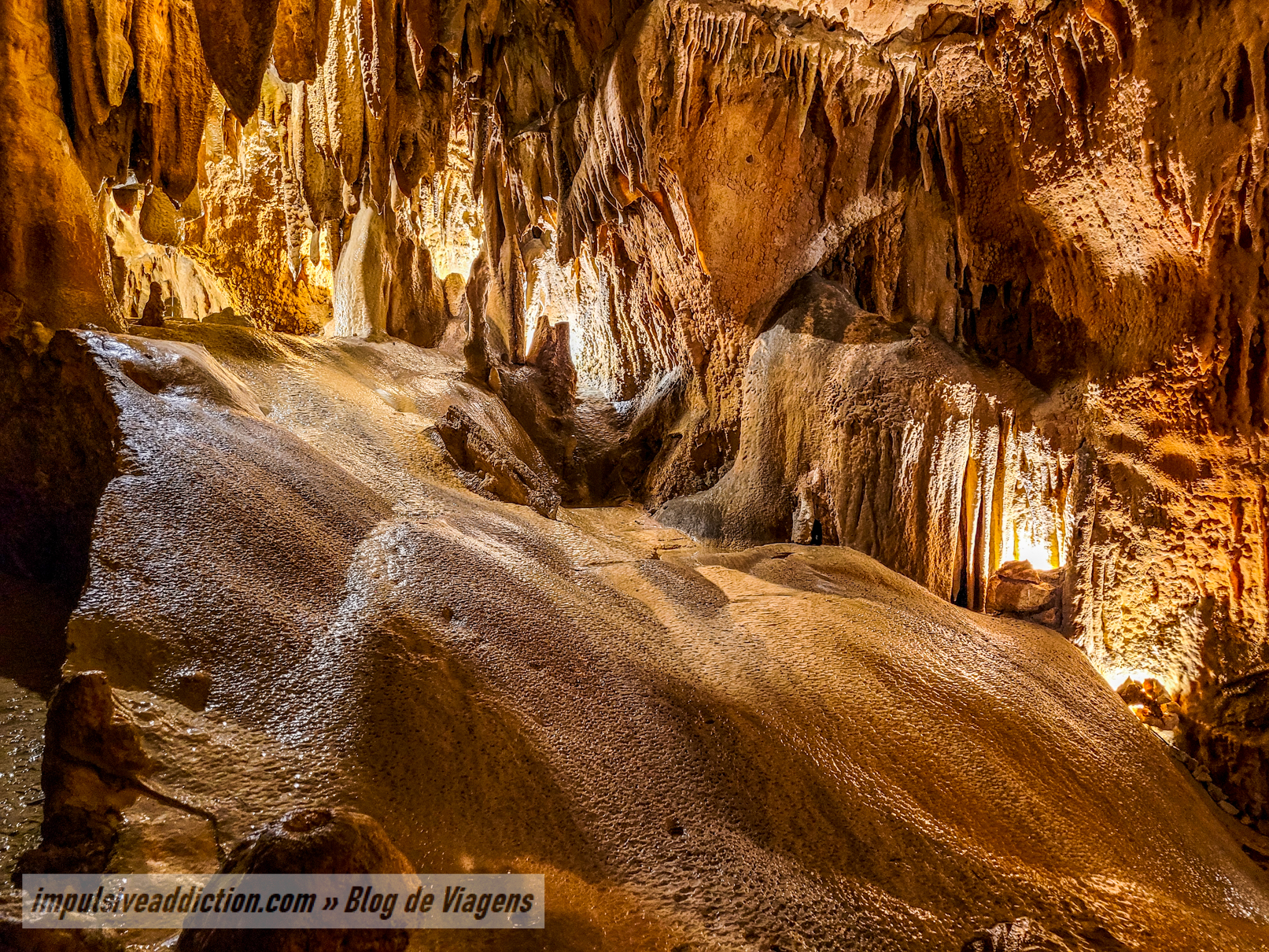
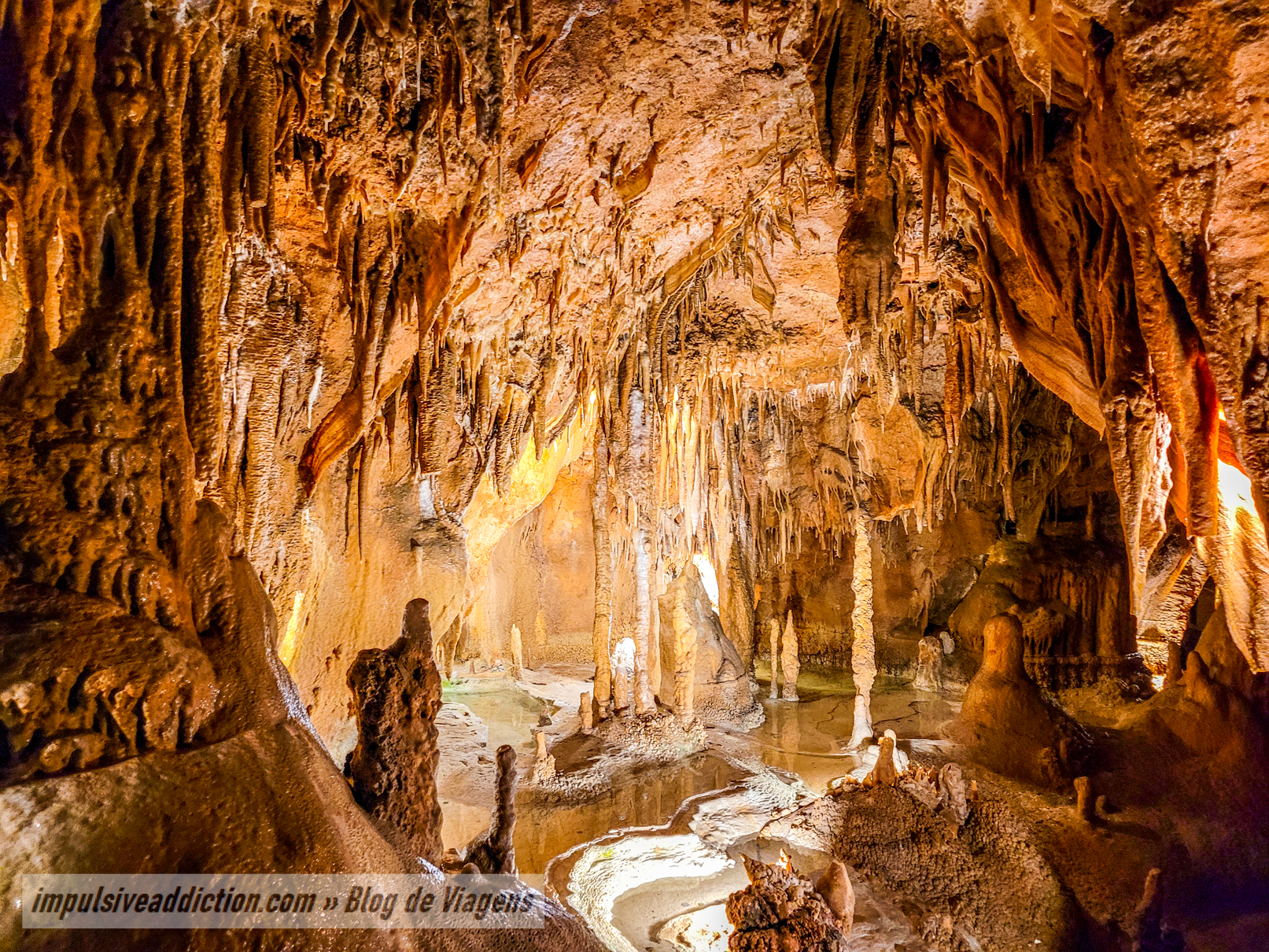
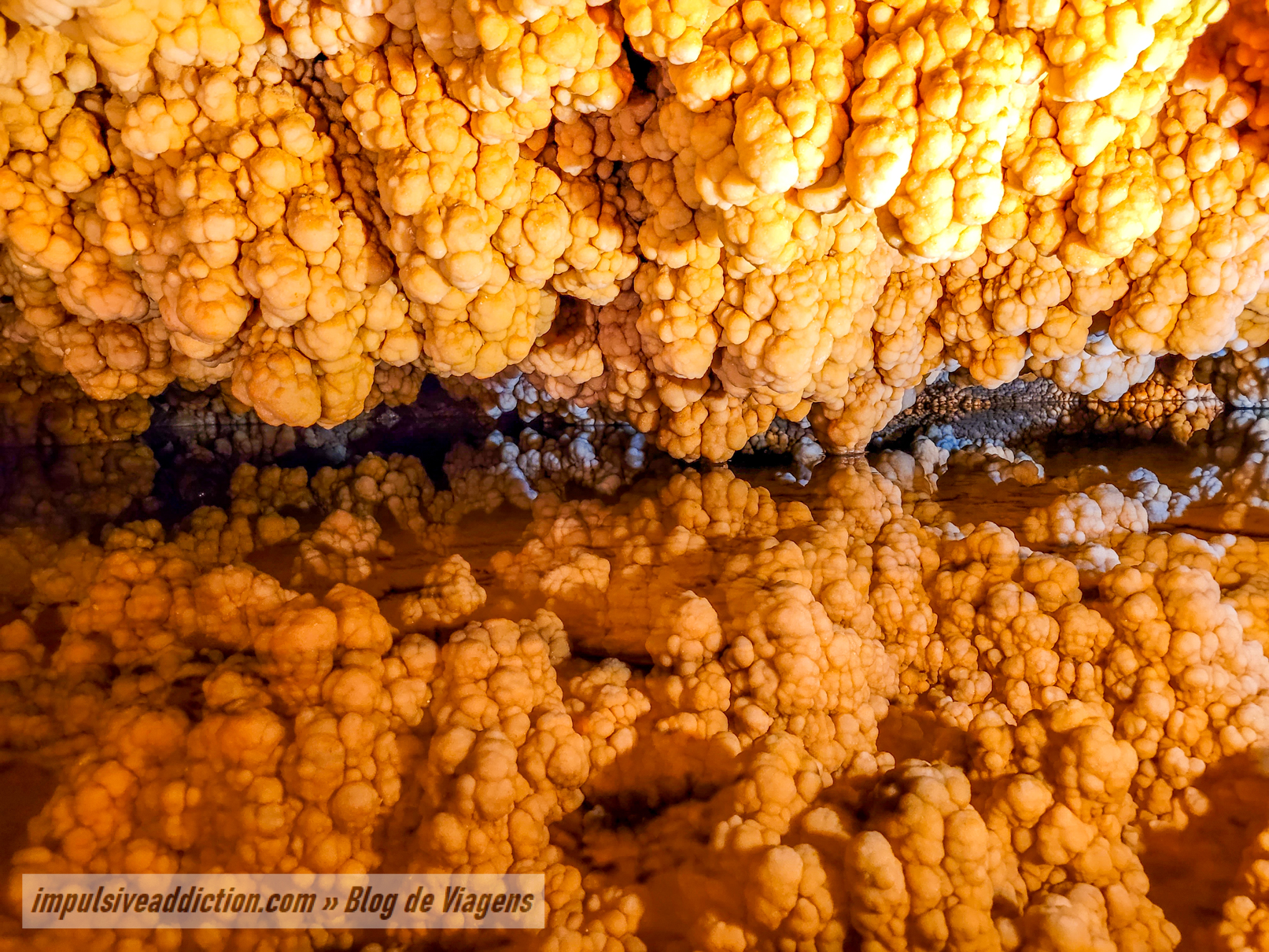
3. Caves of Santo António
The Caves of Santo António were my favourites, as I already mentioned. They are the ones with the most extraordinary rock formations, and the ones I consider to be the best preserved. As far as their history is concerned, they were discovered in 1955 by a young boy from the countryside, who saw a bird sneaking through an opening in the mountain.
The visit route is circular, starting and ending at the same point, and having as its most beautiful element the monumental room with about 4000m2 and 45 meters in height. There are walkways around it, which allow you to see its countless limestone formations from different angles. For many experts, this is one of the most beautiful and rich rooms in all of Europe, and also one of the most authentic.
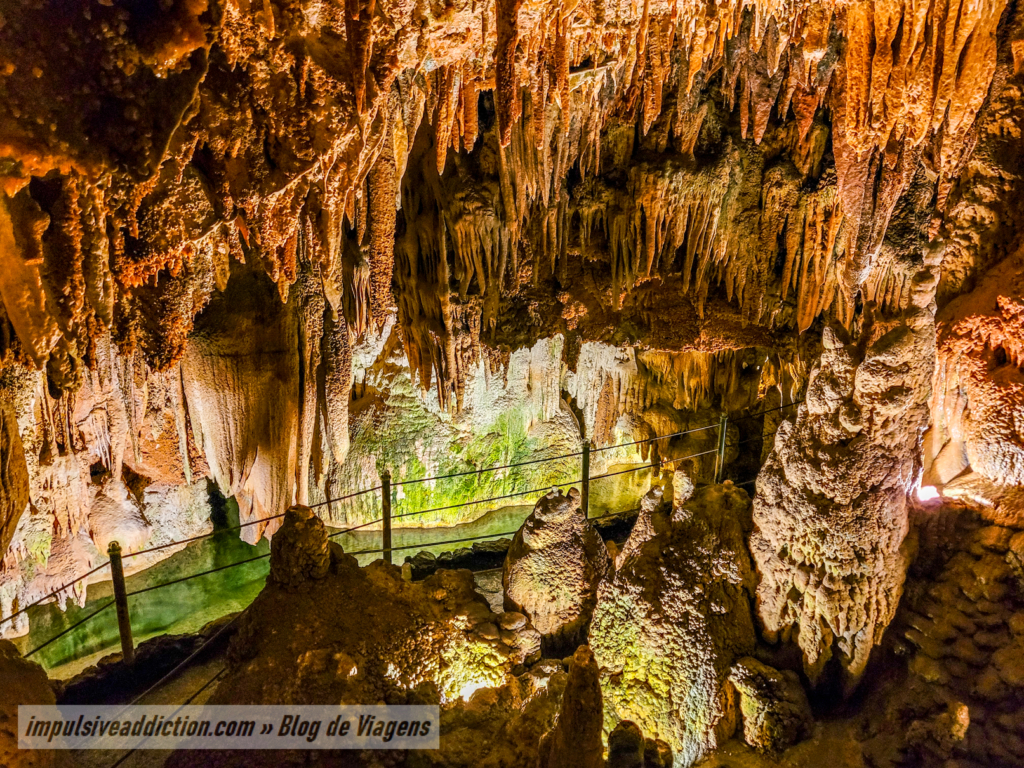
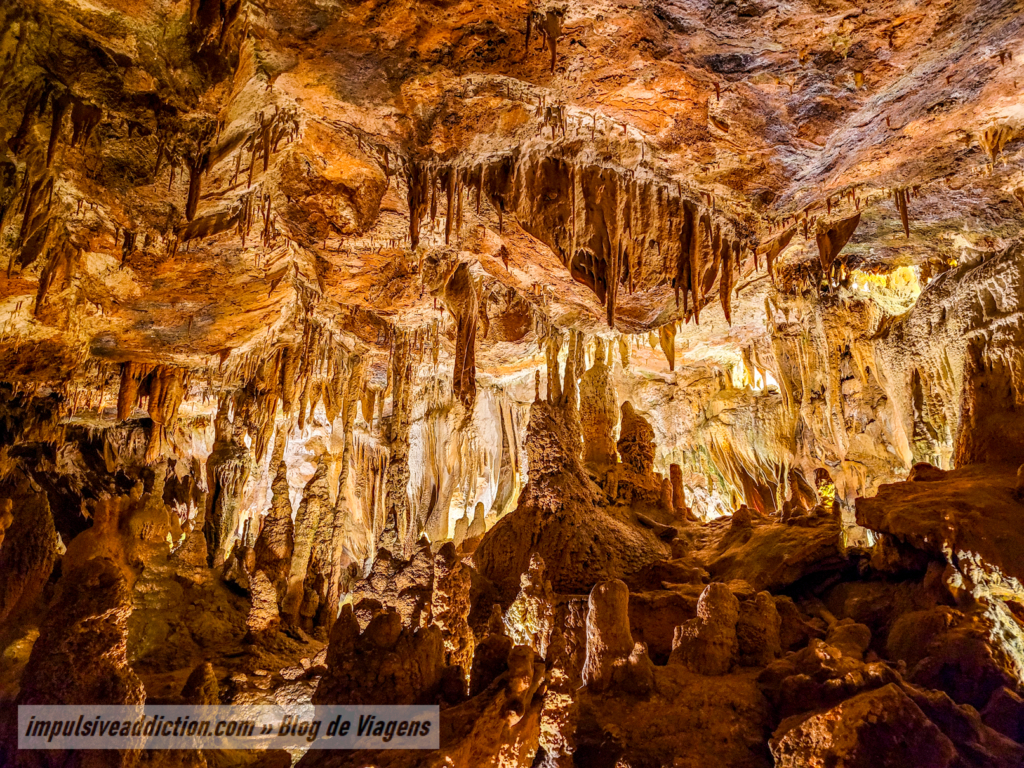
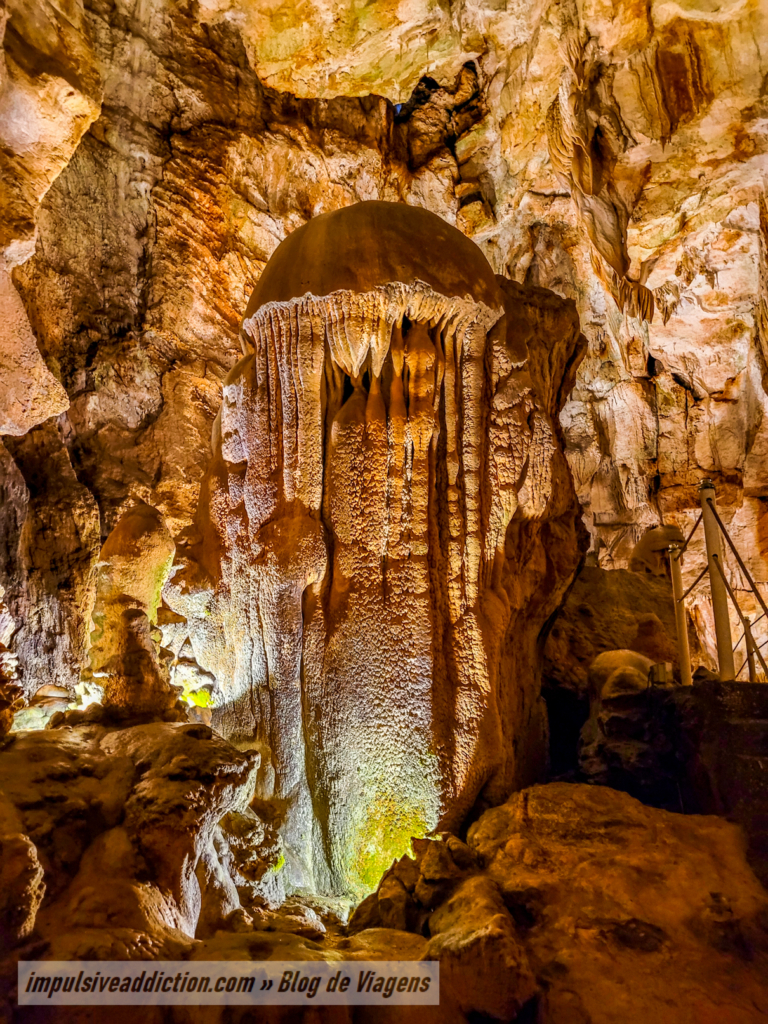
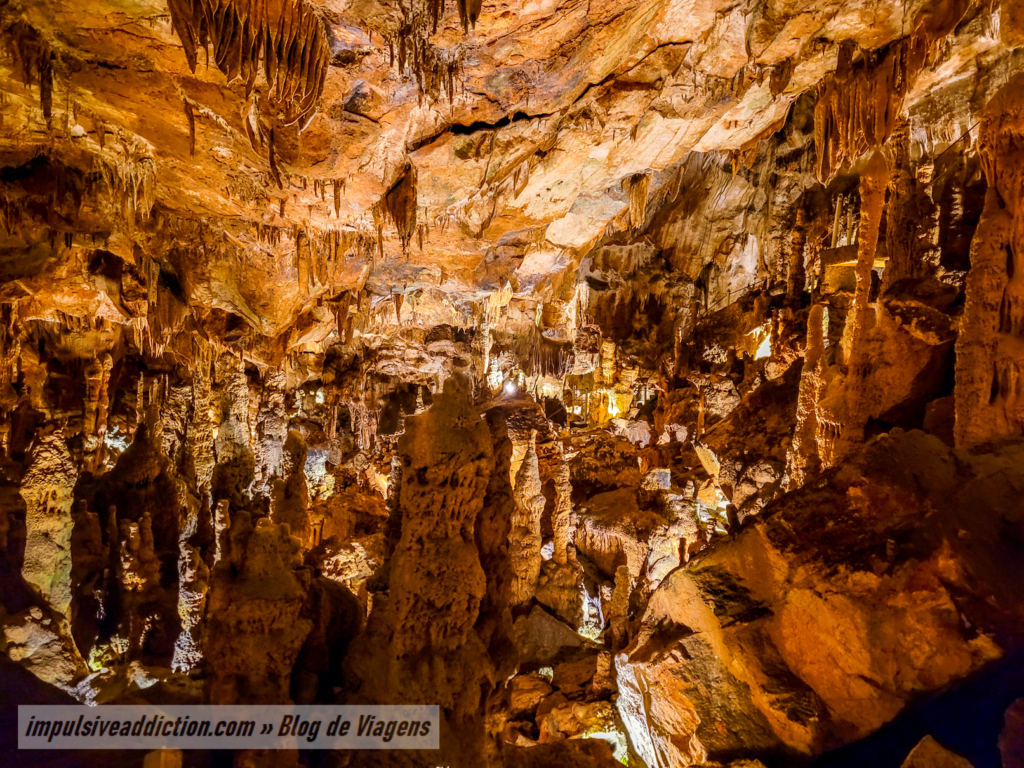
4. Coin Caves
Finally, the Coin Caves, the ones that are closer to the sanctuary of Fatima. They were discovered in 1971 by two hunters chasing a fox.
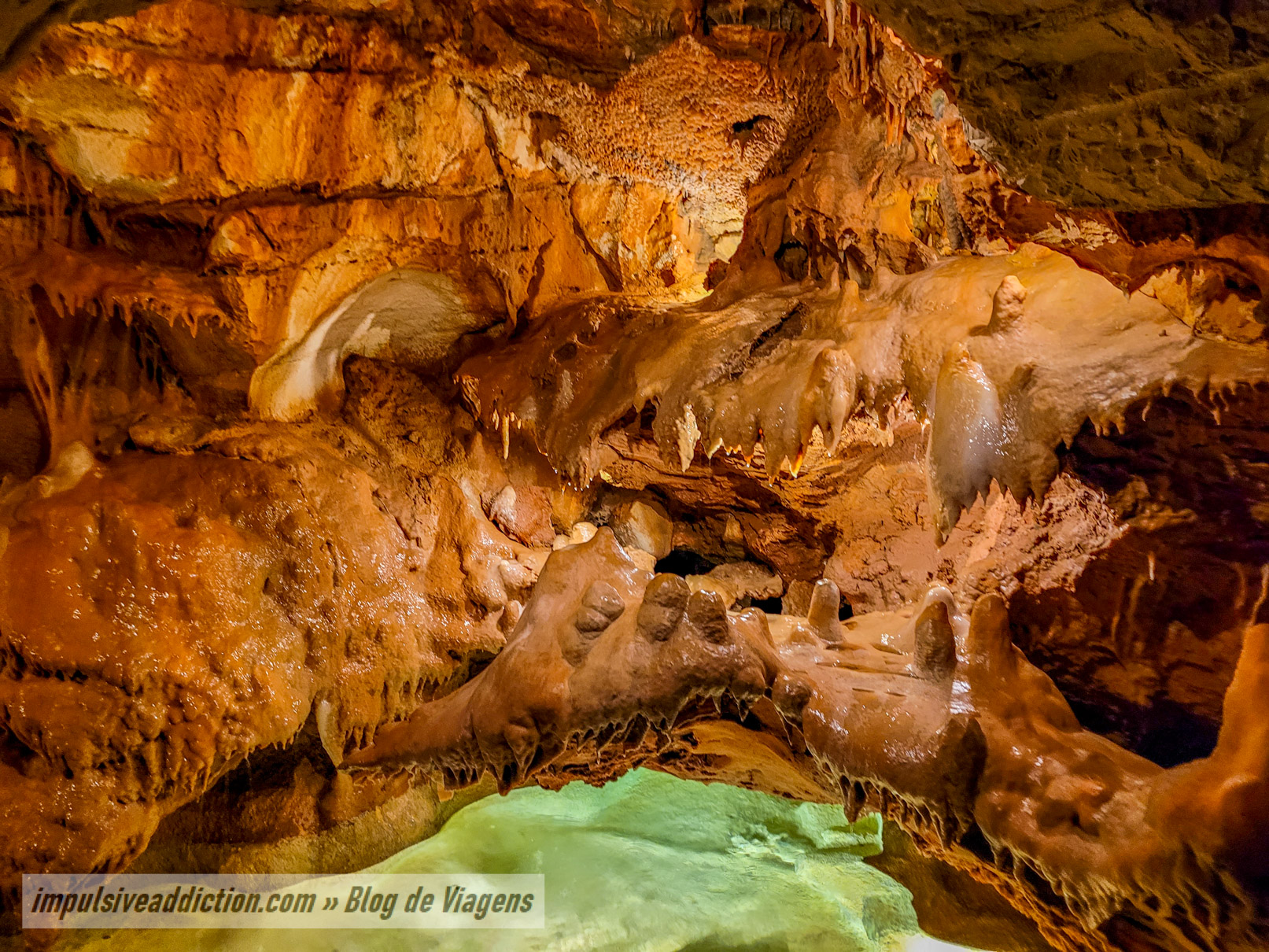
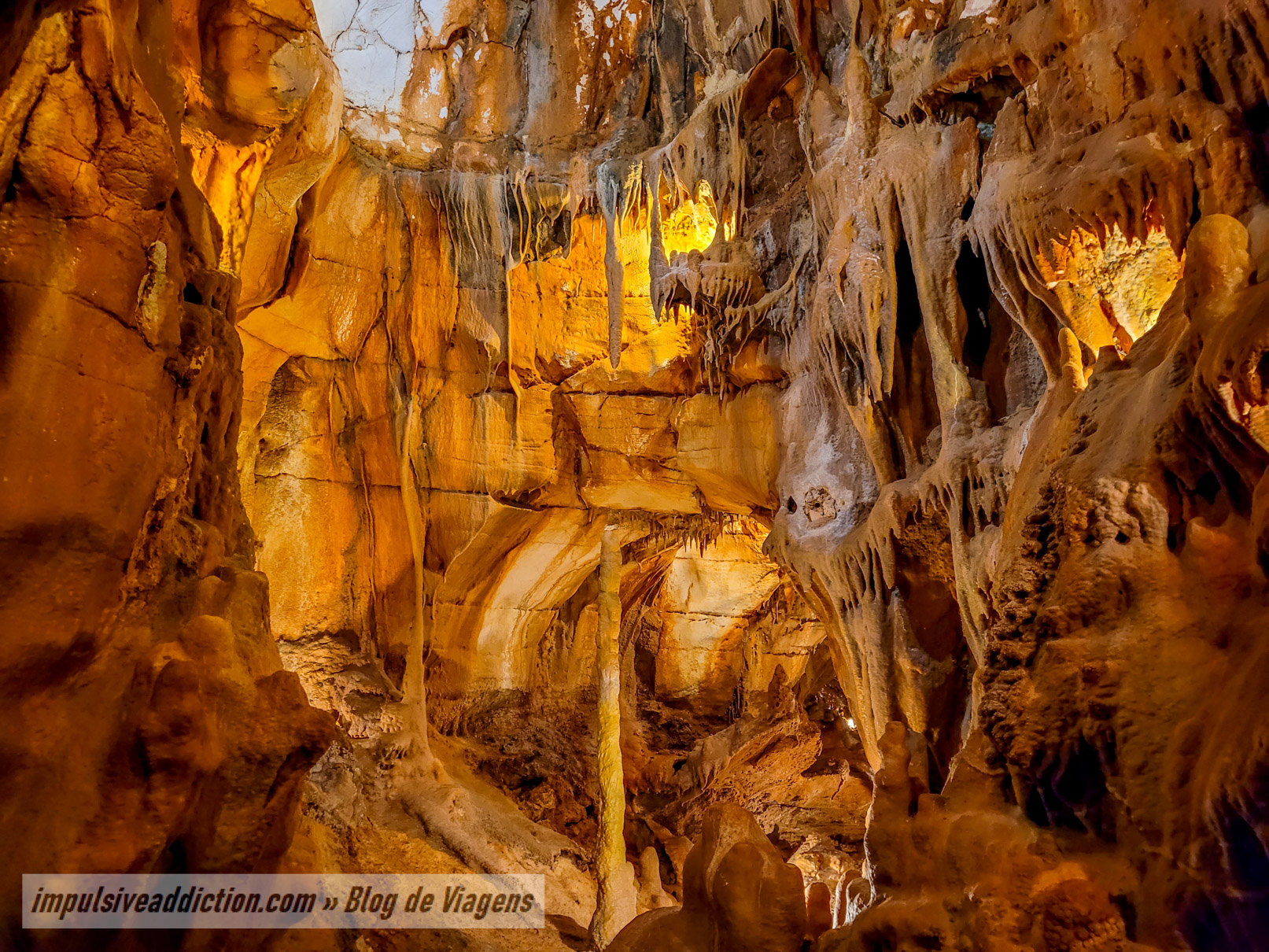
Other things to do in Fátima surroundings
To end this article and list of things to do in Fátima, I also mention extra places that you cannot miss visiting in the vicinity of the sanctuary. At least, try to follow some of the tips below. 😉 I’m sure you will not be disappointed.
1. Visit the Dinosaur Footprints Natural Monument
The Dinosaur Footprints Natural Monument is a site that dates back to the Middle Jurassic, that is, there you will find footprints dating back to around 175 million years ago, engraved in limestone. Ever heard of sauropods, those gigantic herbivorous dinosaurs? There you will find many of their footprints to admire, on 147-meter-long trail, which is the longest known trail in the world for this type of dinosaur.
The visit includes an explanatory video of the monument and the footprints, which can be seen at the beginning or at the end. Then you have to go hiking, making a route of less than 3km, but which has a brief steep climb at the beginning. There are information panels along the route, excellent viewpoints of this region at the entrance to Serra de Aire and wooden walkways on the passage over the limestone rock, where the footprints are located.
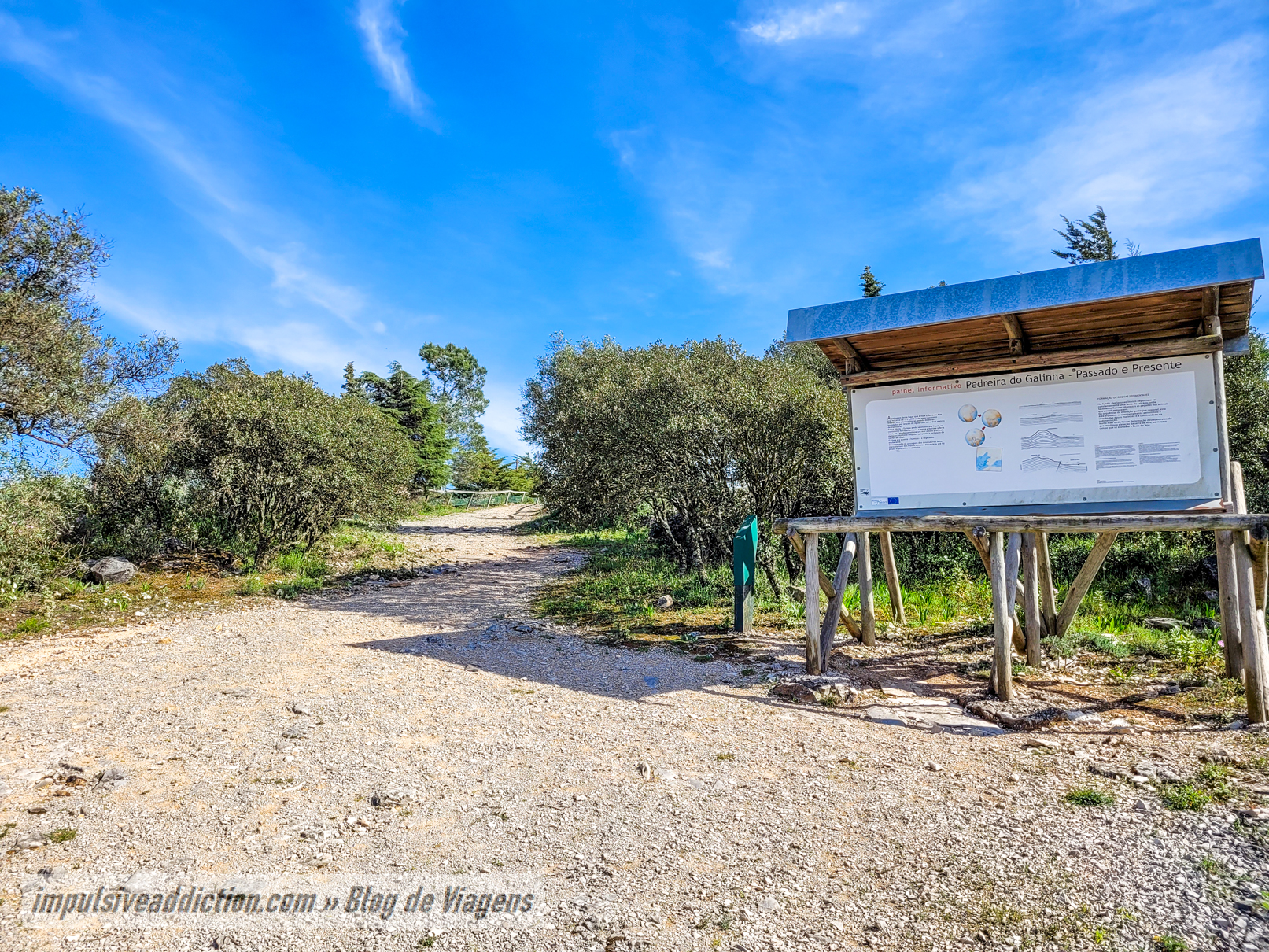
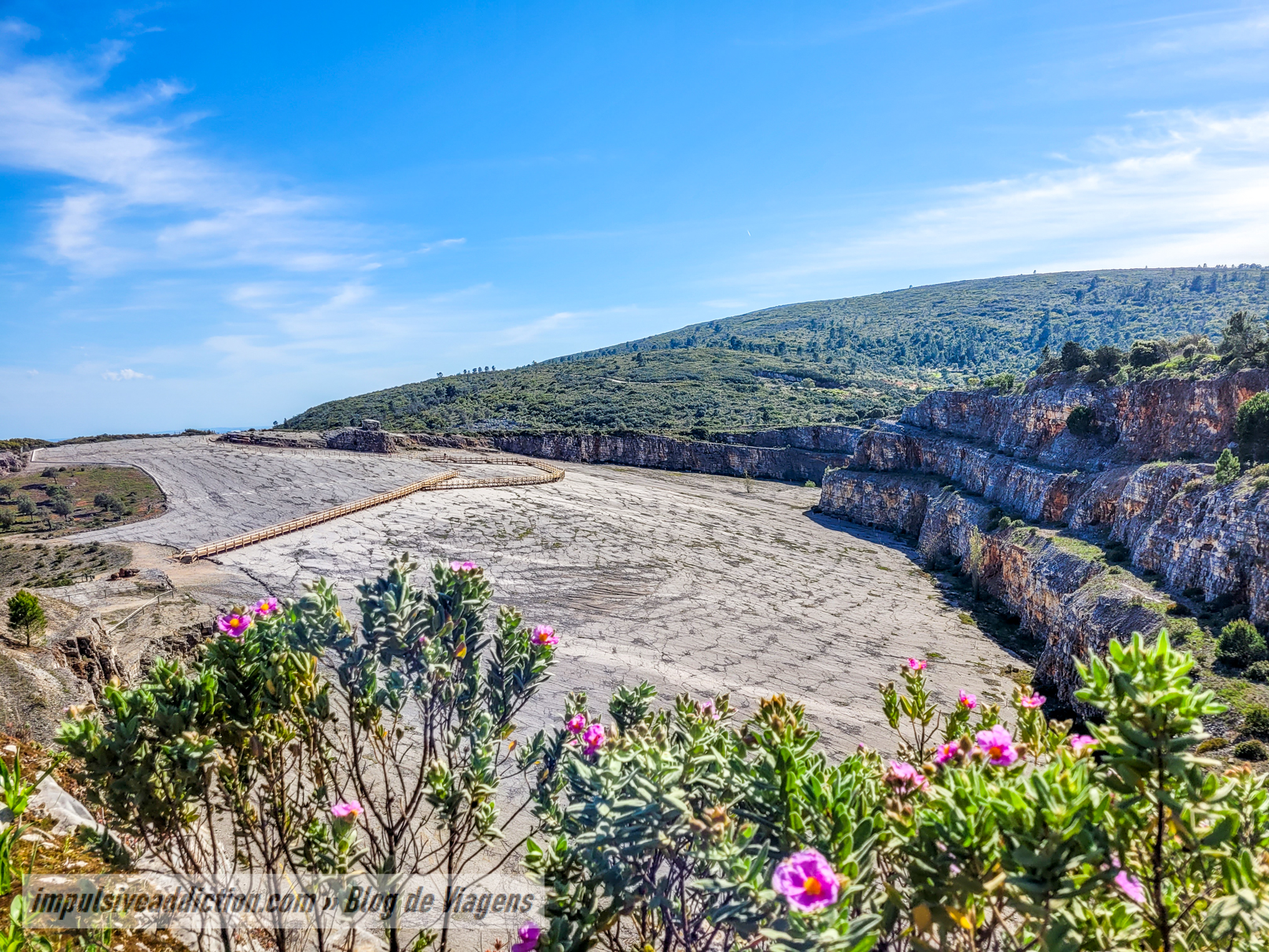
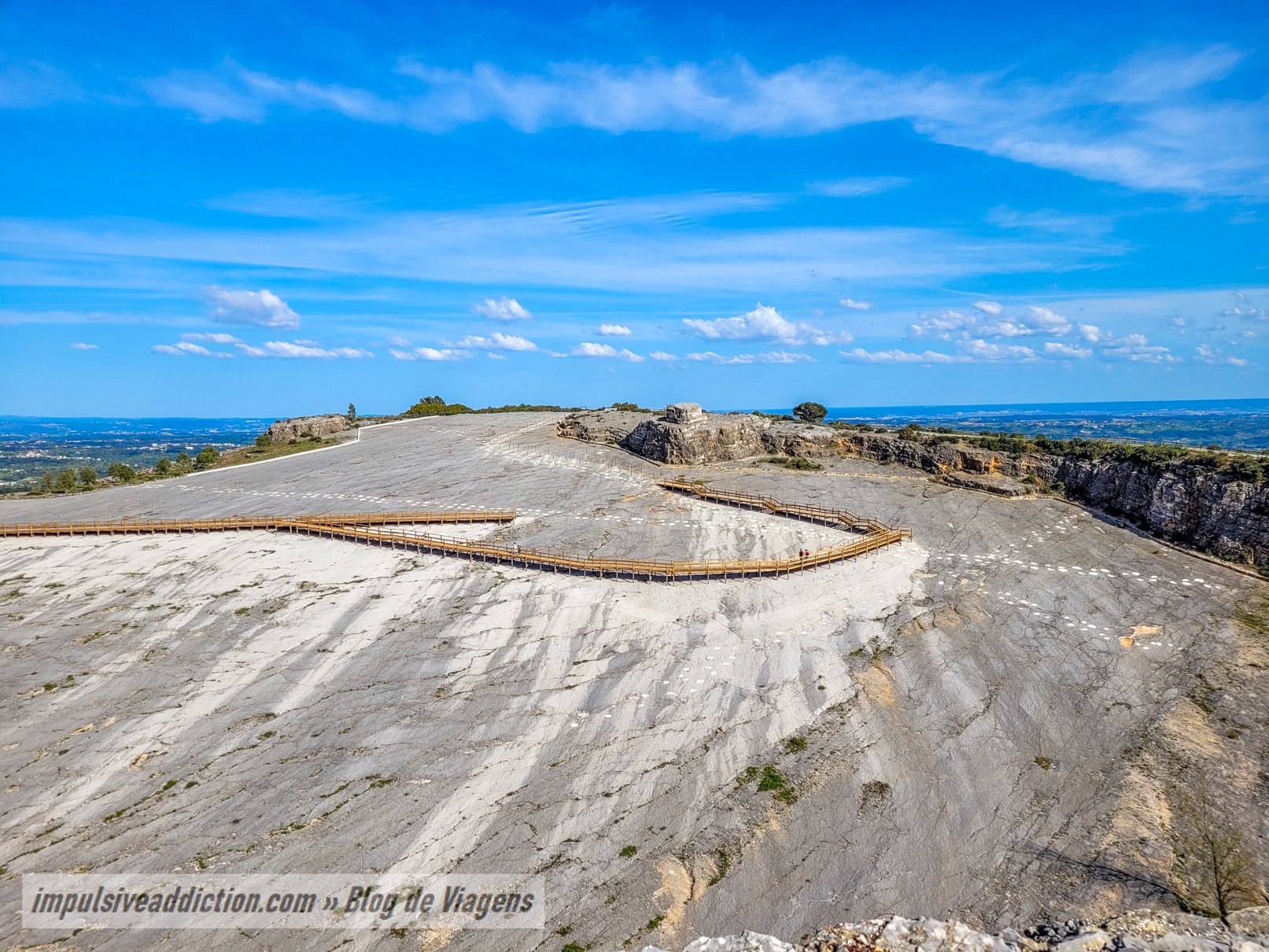
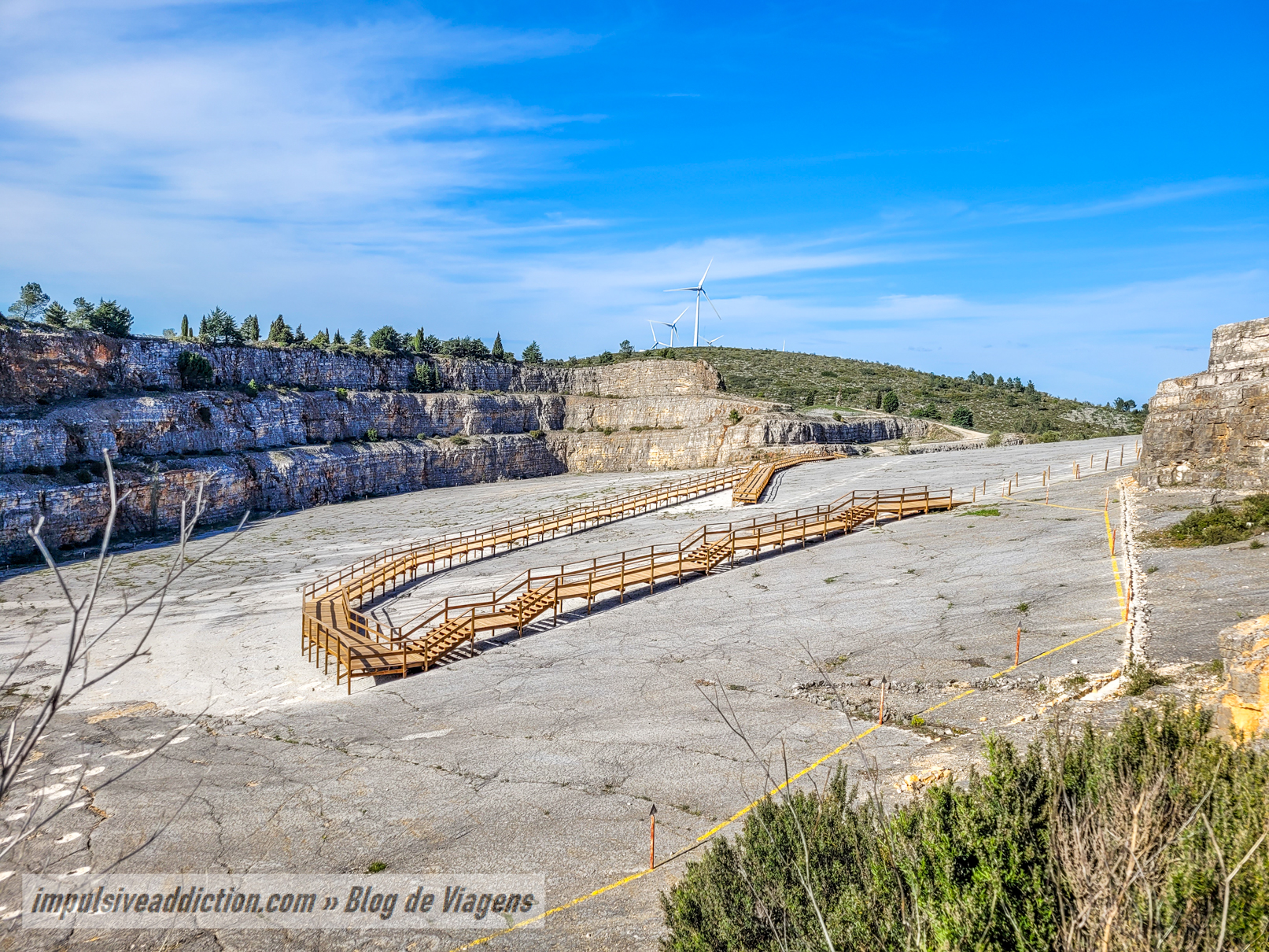
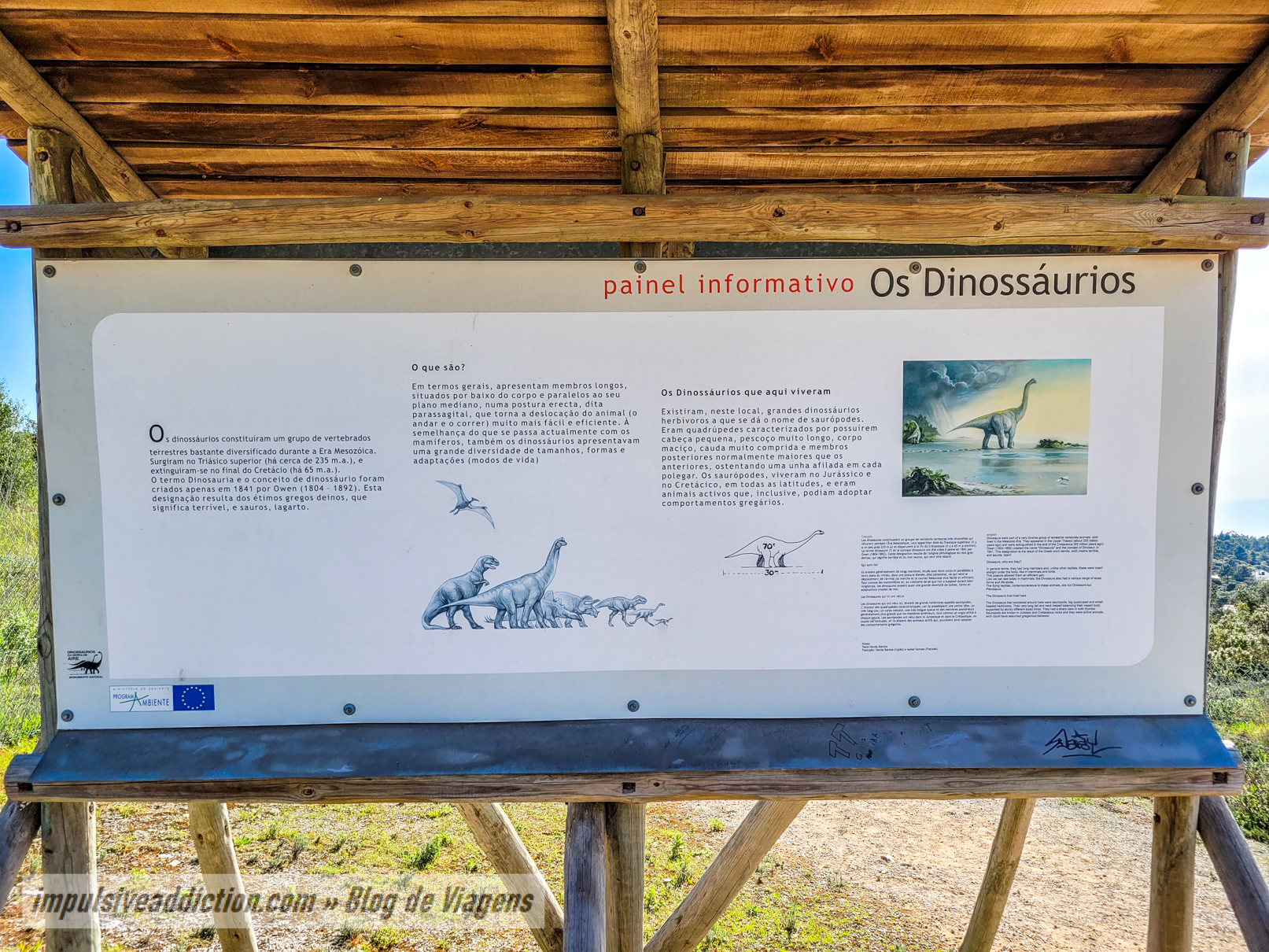
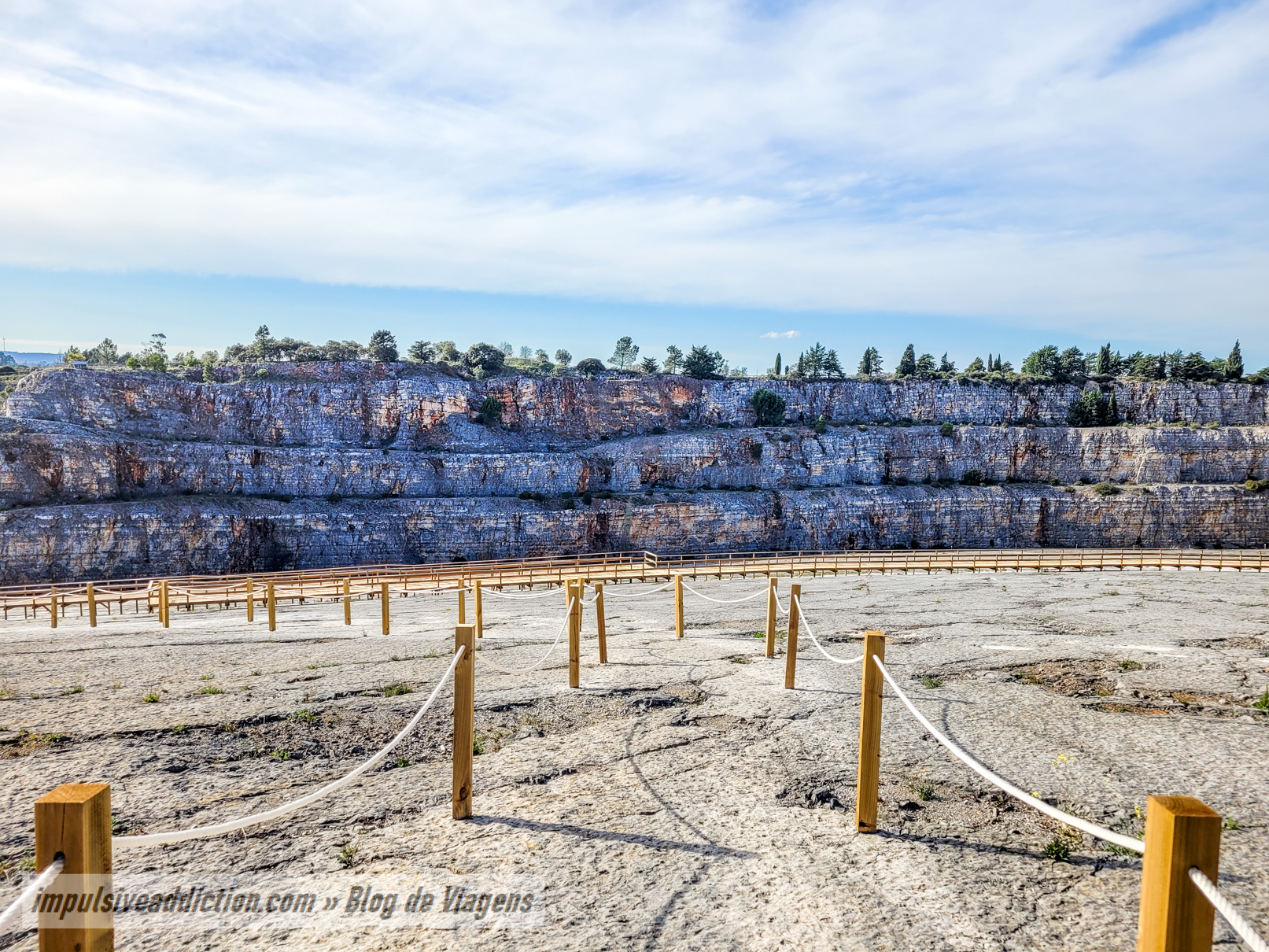
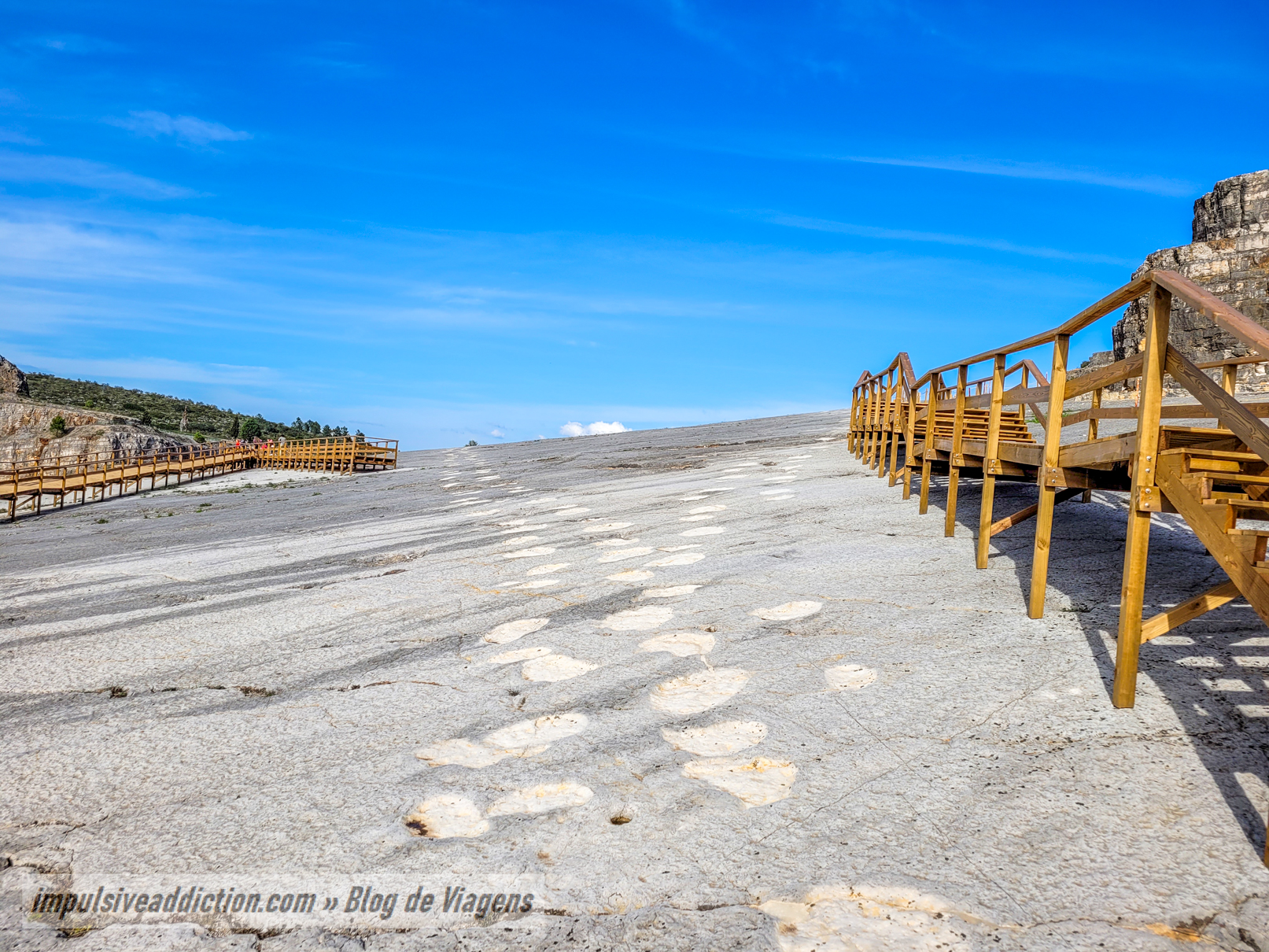
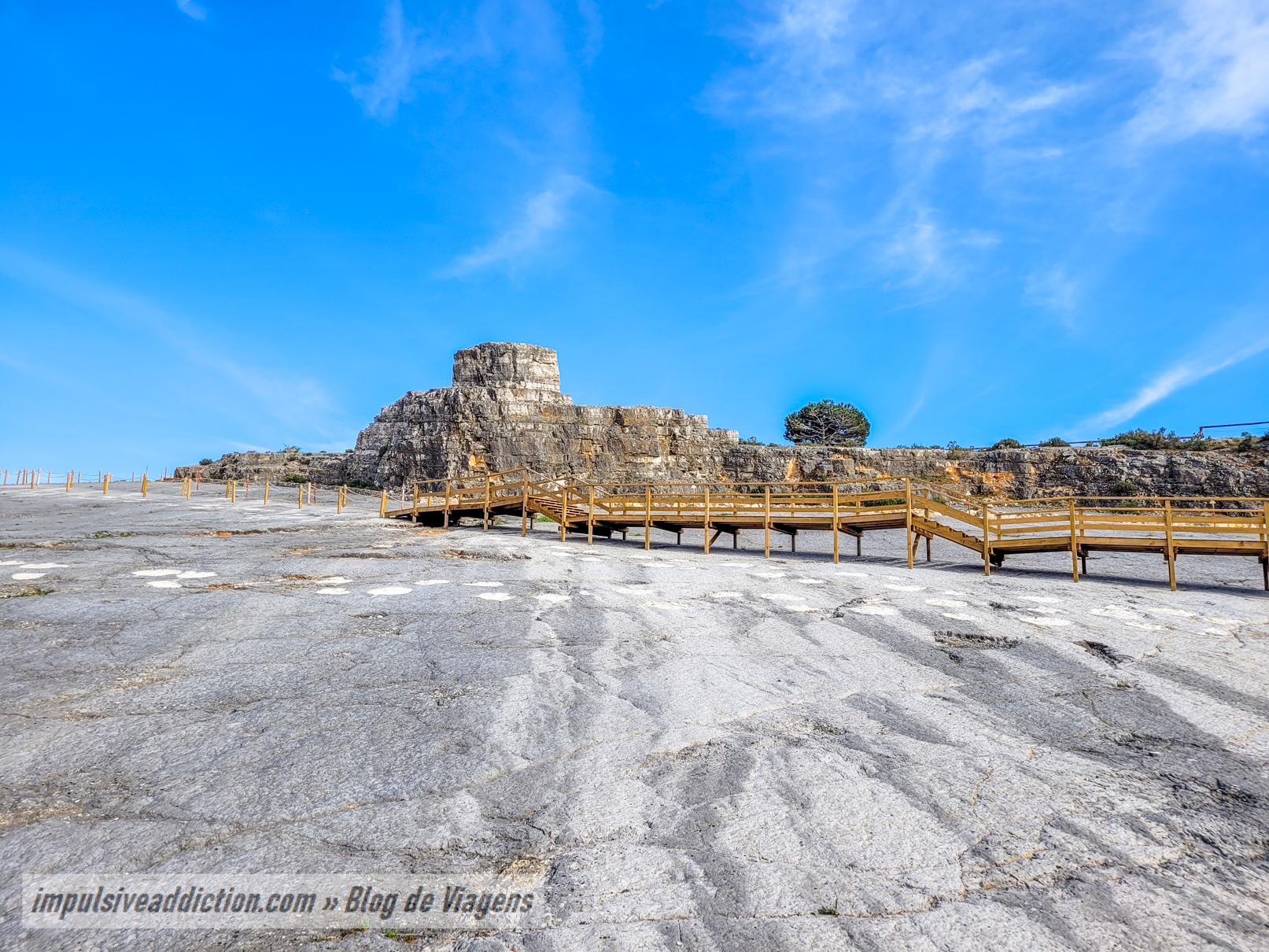
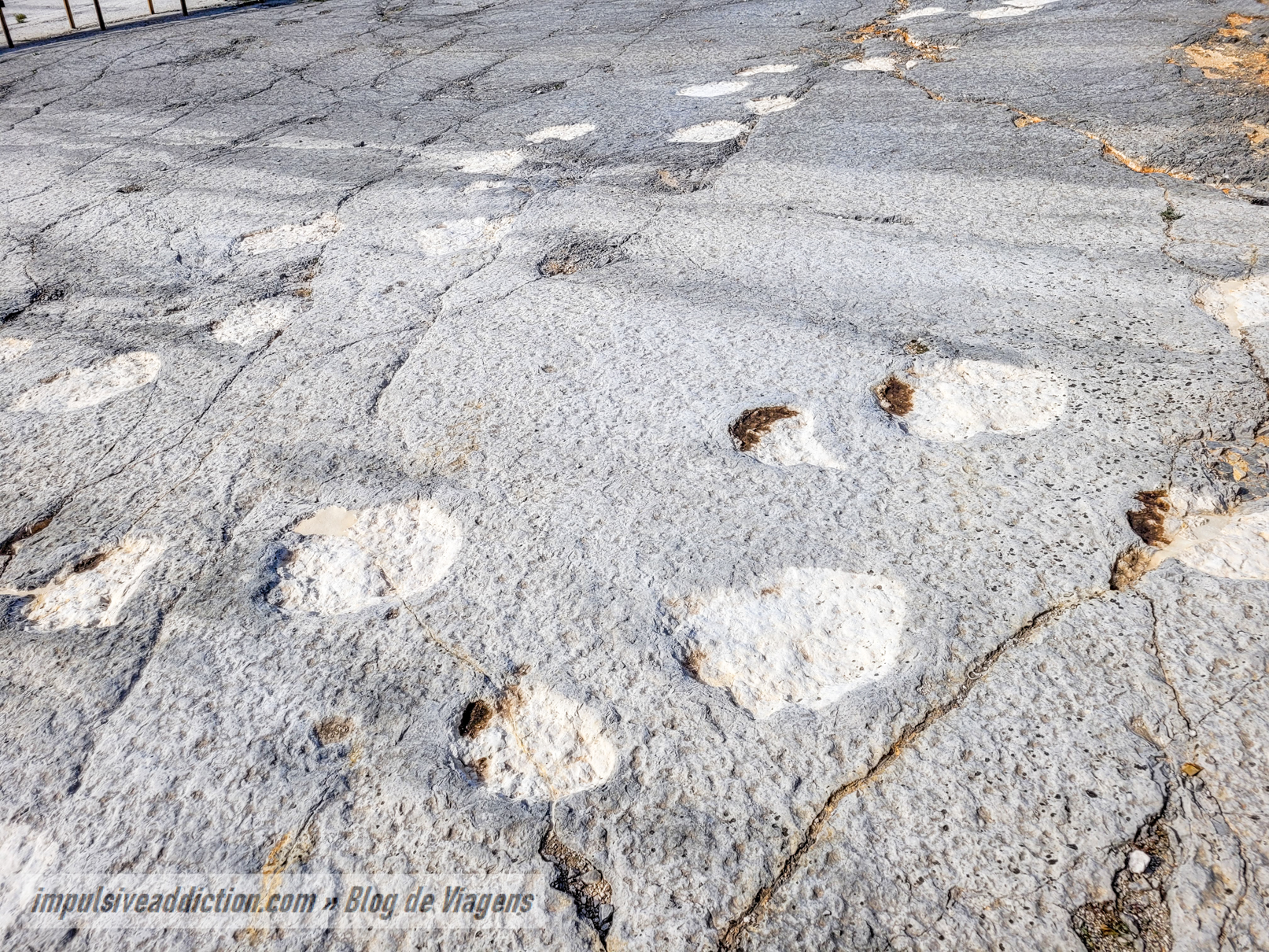
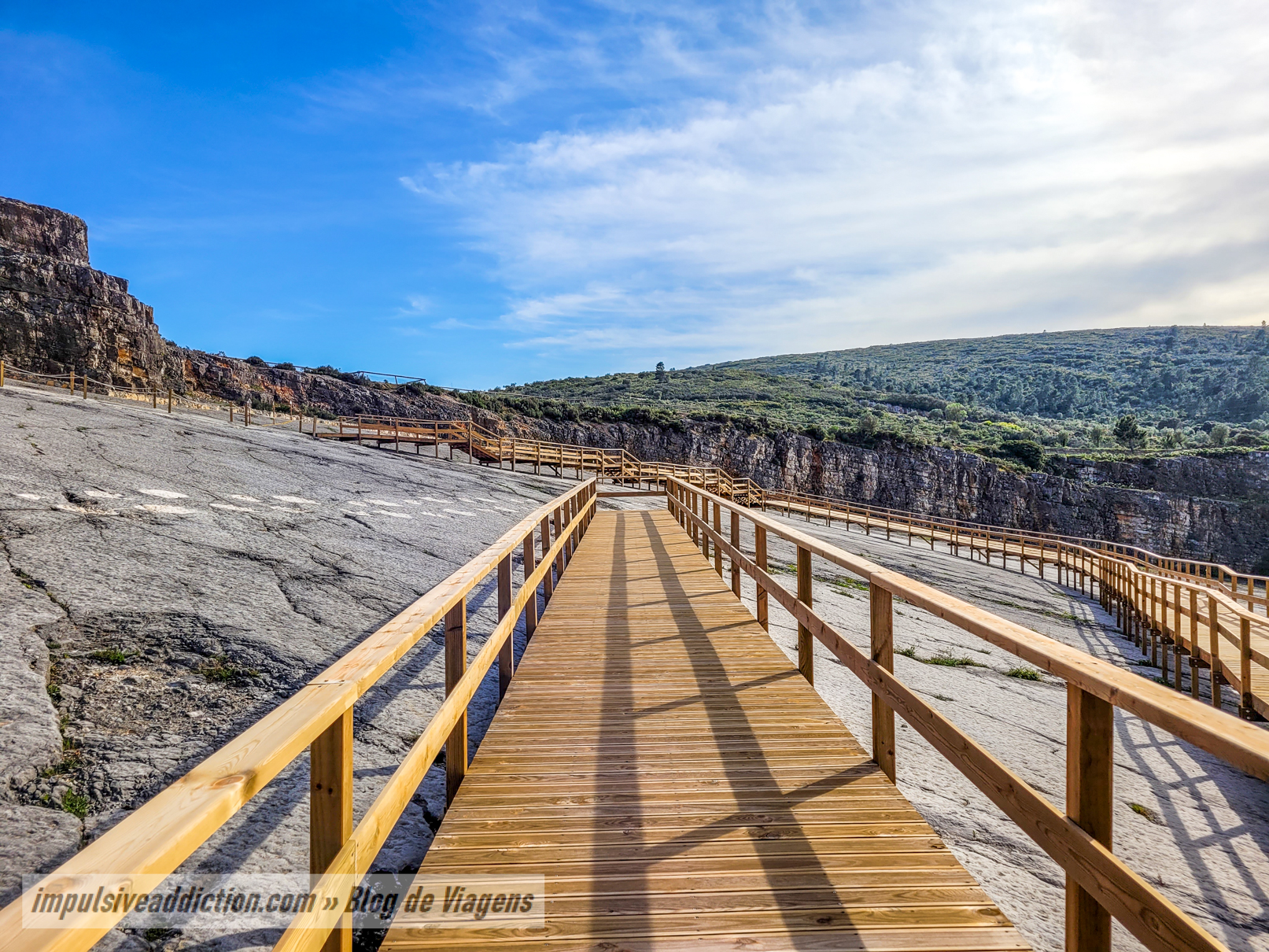
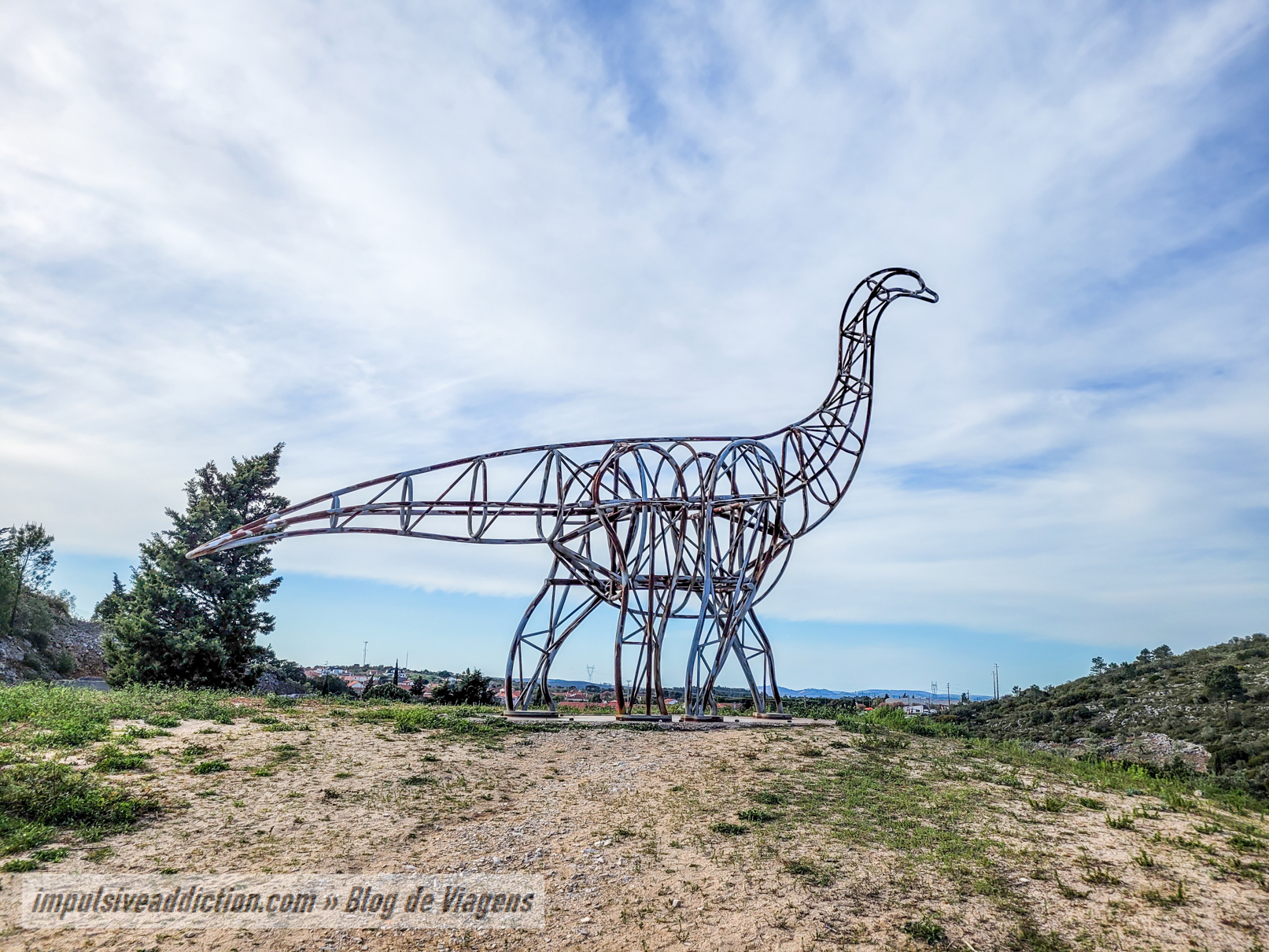
2. Visit the Sanctuary of Our Lady of Ortiga
The Sanctuary of Nossa Senhora da Ortiga is located in the place where Our Lady also appeared in 1758, to a mute shepherdess. Our Lady granted the girl the miracle of speech, and a chapel was later built in the place where she appeared. In addition to the Sanctuary, you will find a recovered windmill nearby.
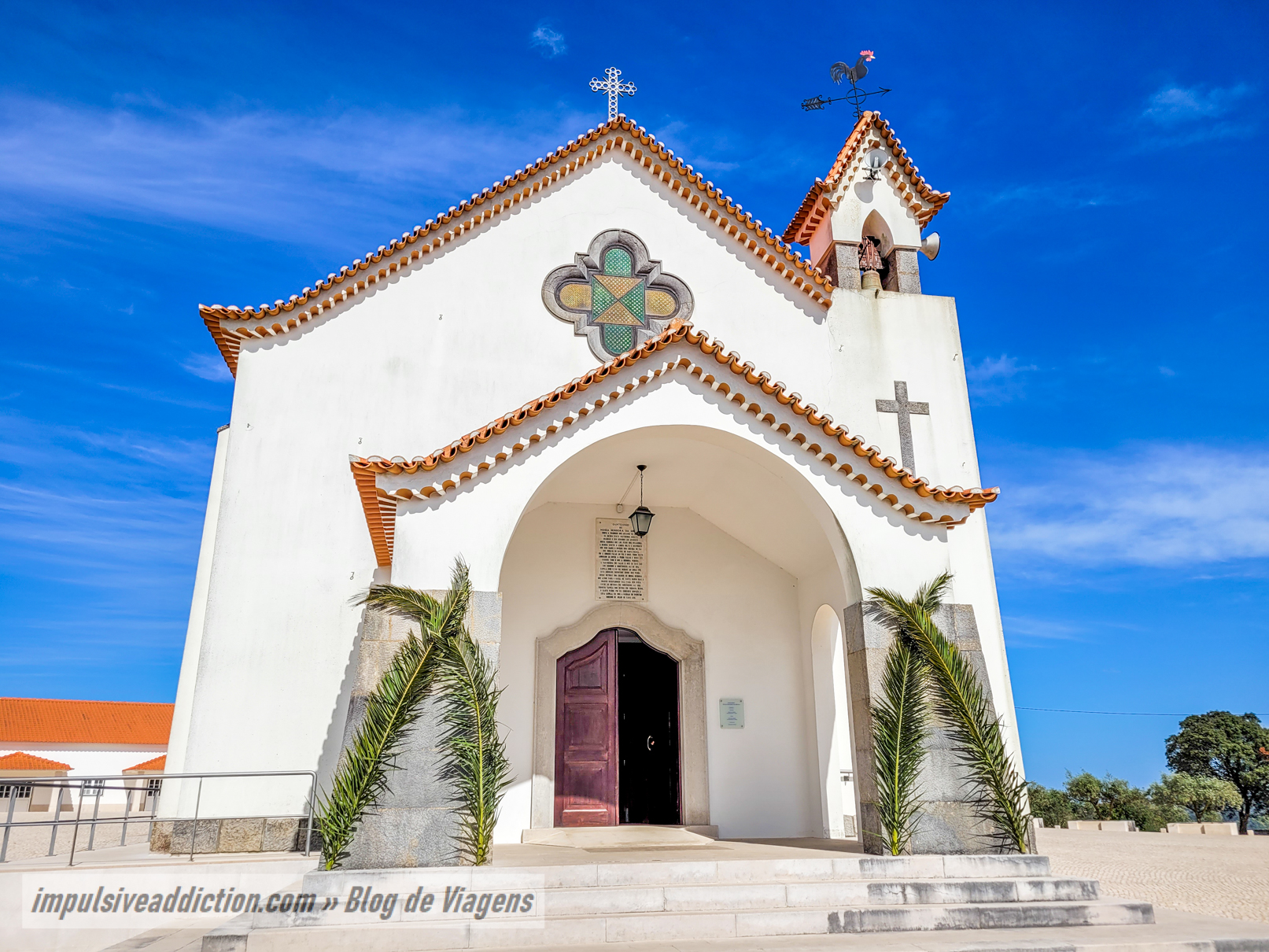
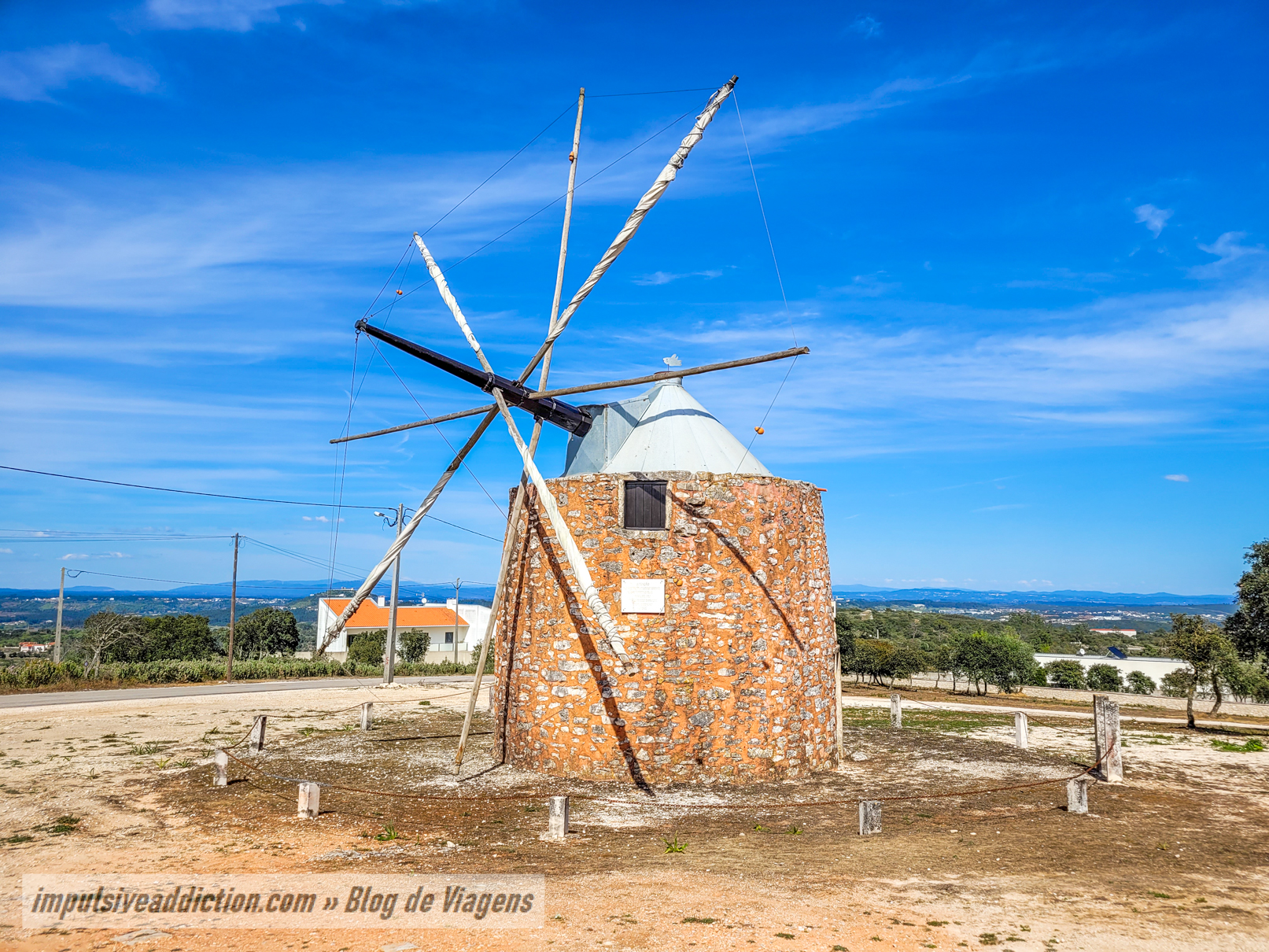
3. Visit the Mother Church of Fatima
Visiting the Mother Church of Fátima is only optional, but it was there that the 3 little shepherds were baptized: Lúcia, Francisco and Jacinta.
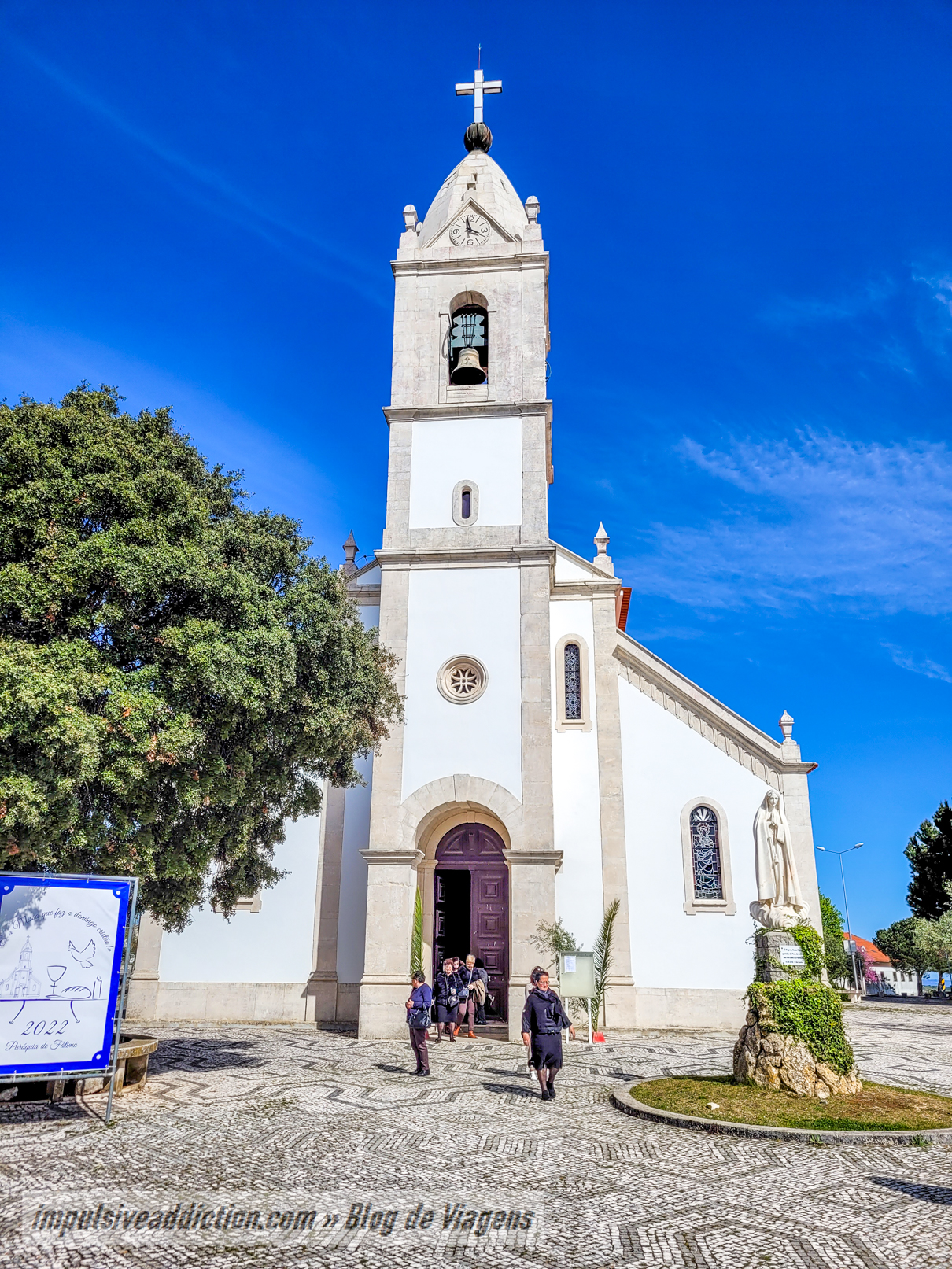
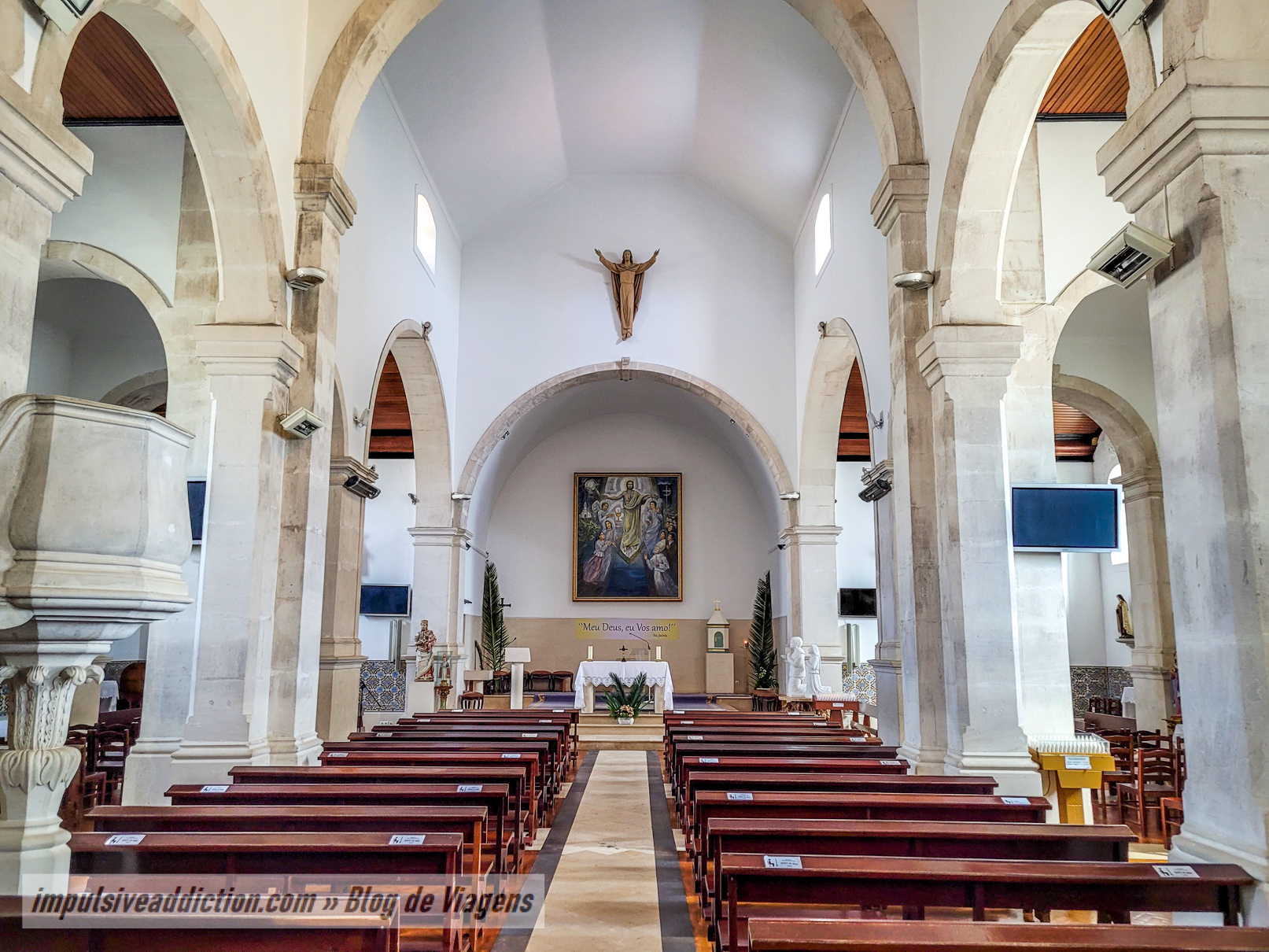
4. Visit the Windmills of Fátima
From the Windmills of Fátima, marked on the interactive map of this article, you will reach a fabulous viewpoint for the region, and also for the hill where the Medieval Town of Ourém is located, in the distance.
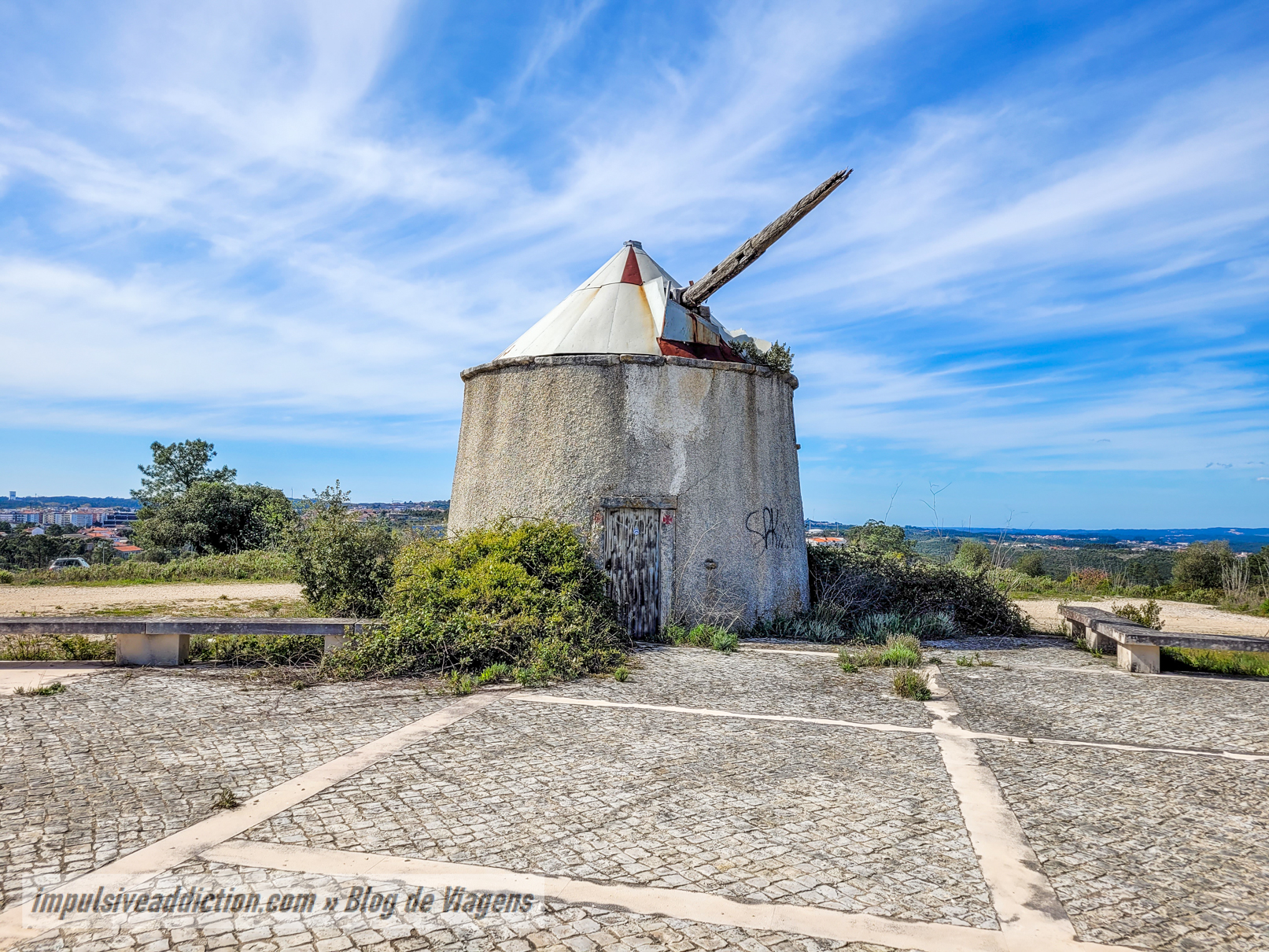
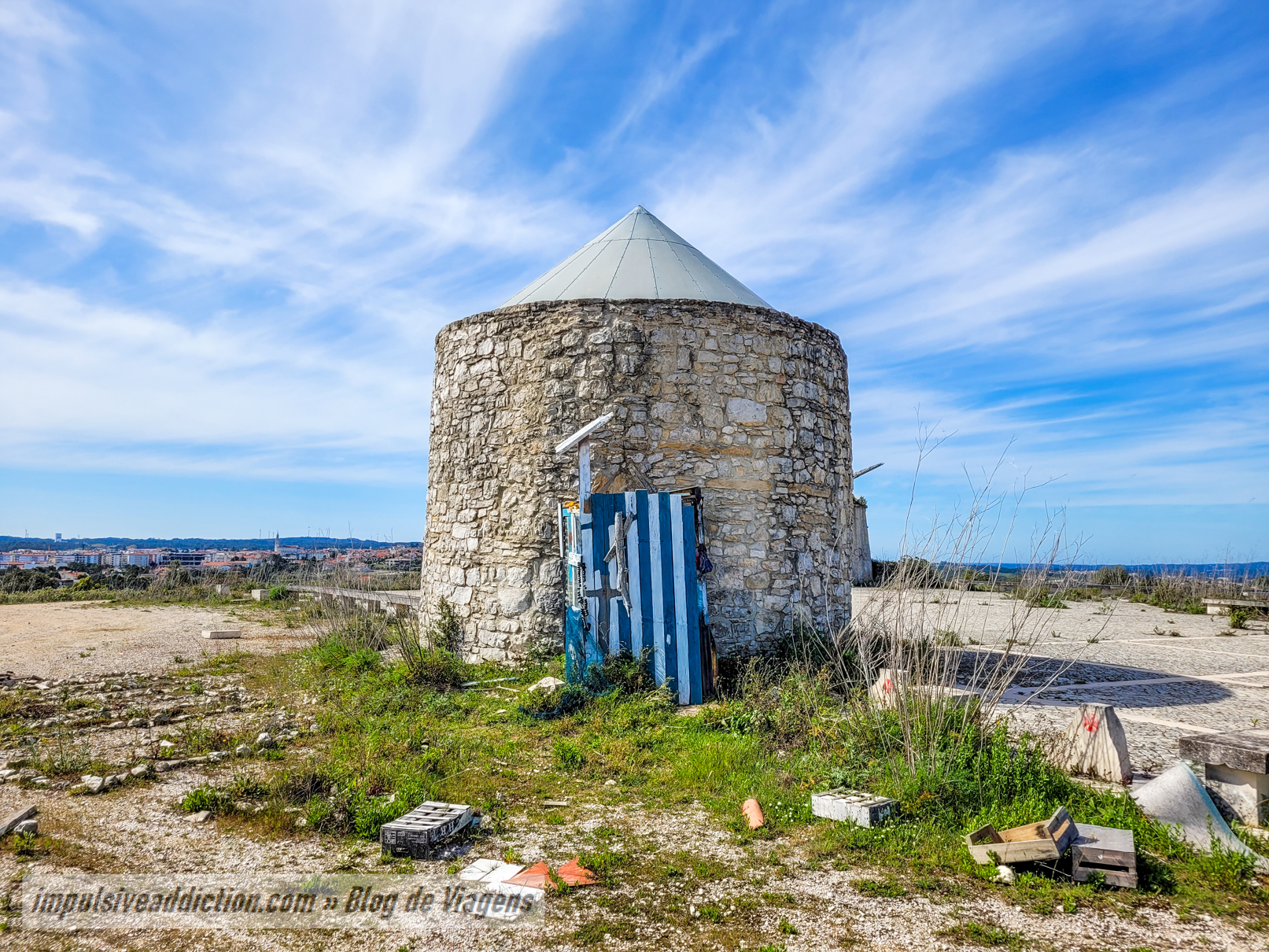
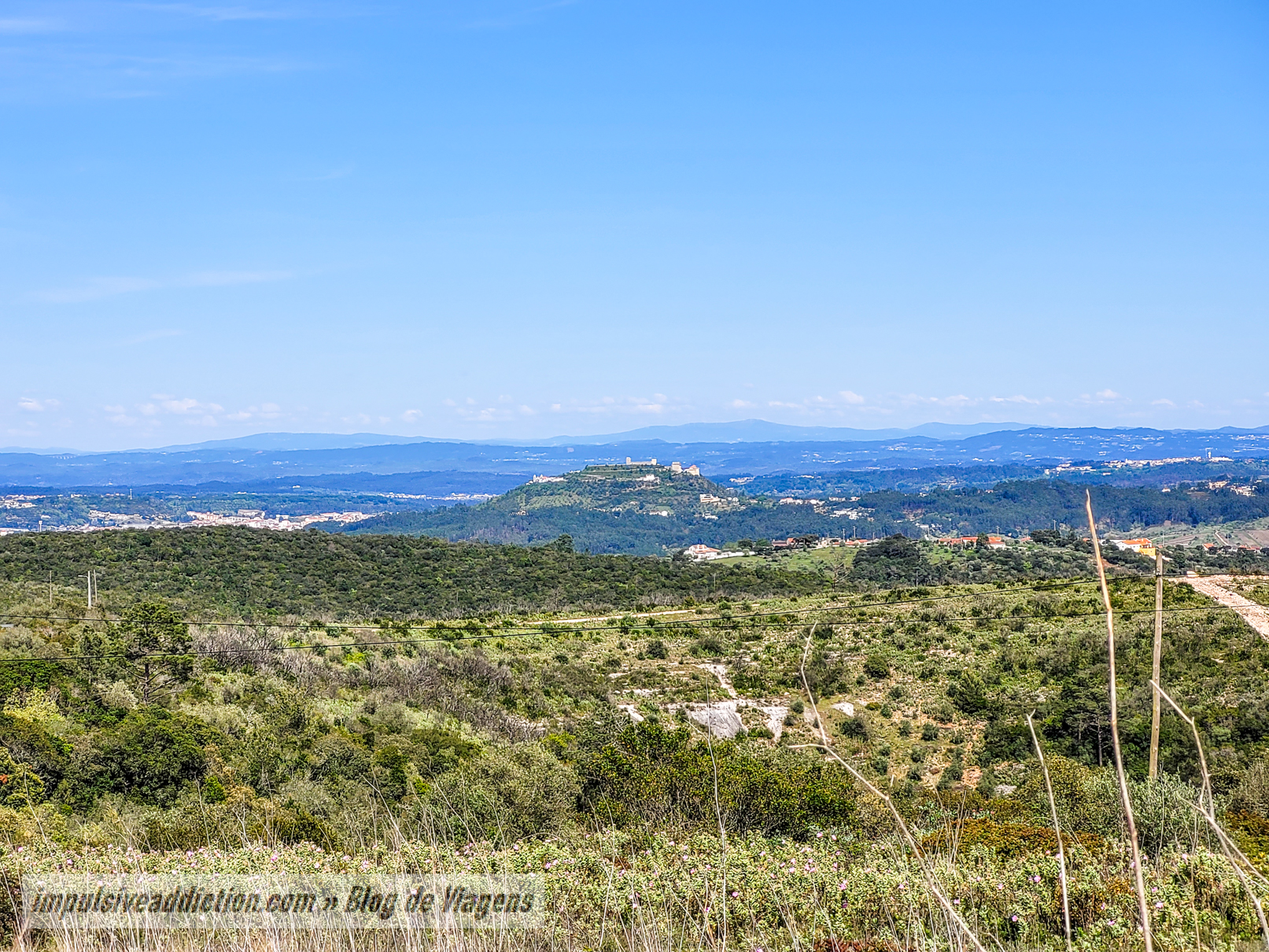
5. Visit the Chapel of São Sebastião
The Chapel of São Sebastião is completely optional, but has historical importance, as it was built near the place where King D. João I and Nuno Álvares Pereira camped on their way to the Battle of Aljubarrota (14th century).
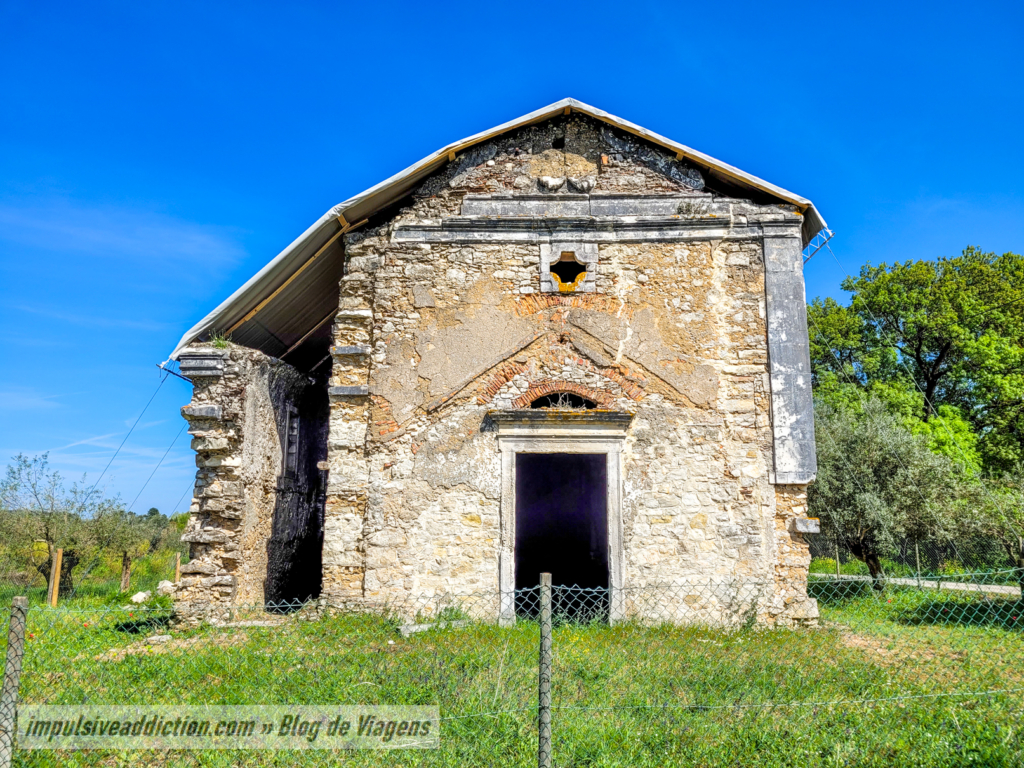
6. Visit the Swing of Alburitel
The Alburitel Swing, also known as Talegre Swing, is located in an isolated spot, close to a geodesic landmark in the region. The surrounding landscape and vegetation are incredible. An excellent spot for a sunset, for example.
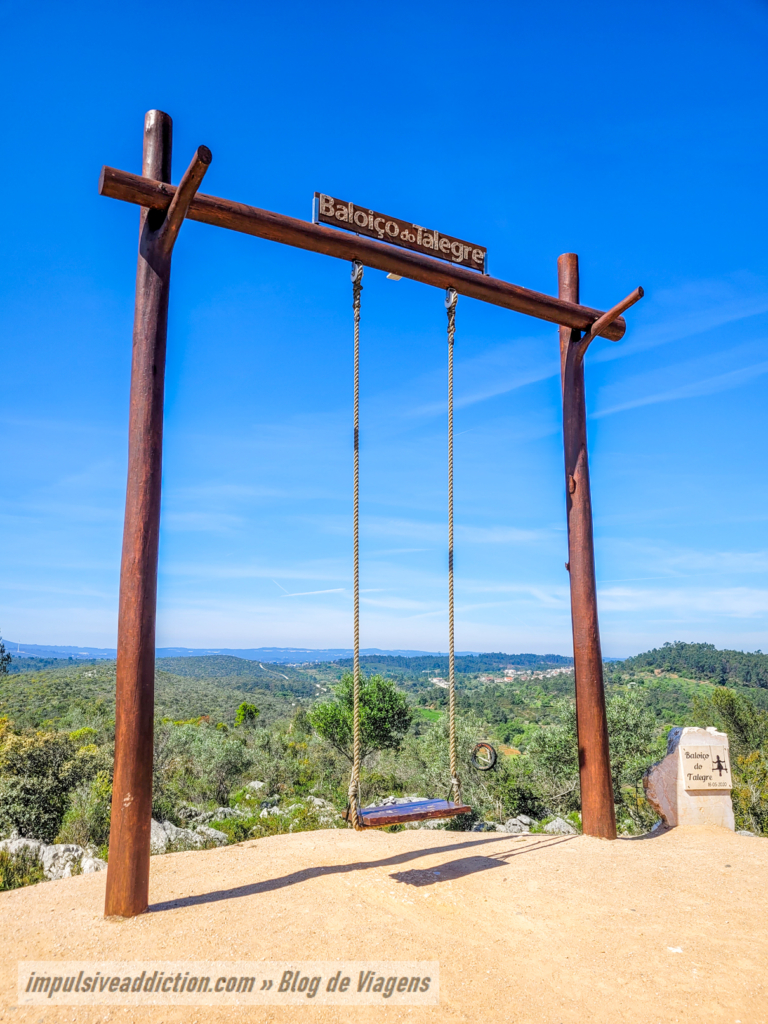
7. Visit the River Beach of Agroal
The River beach of Agroal is undoubtedly one of the best river beaches in central Portugal, having evolved a lot over the years. I got to know Agroal as a child, as it is approximately 40km from my hometown, and I always went there several times in the summer, to bathe in the icy waters of its pool.
In the region, the waters of Agroal are known as being medicinal, mainly for skin treatment. Recently, wooden walkways were installed along Nabão river, which makes a visit even more desirable.
I’ll say it again: the water is really cold, but it’s completely worth it! 😀
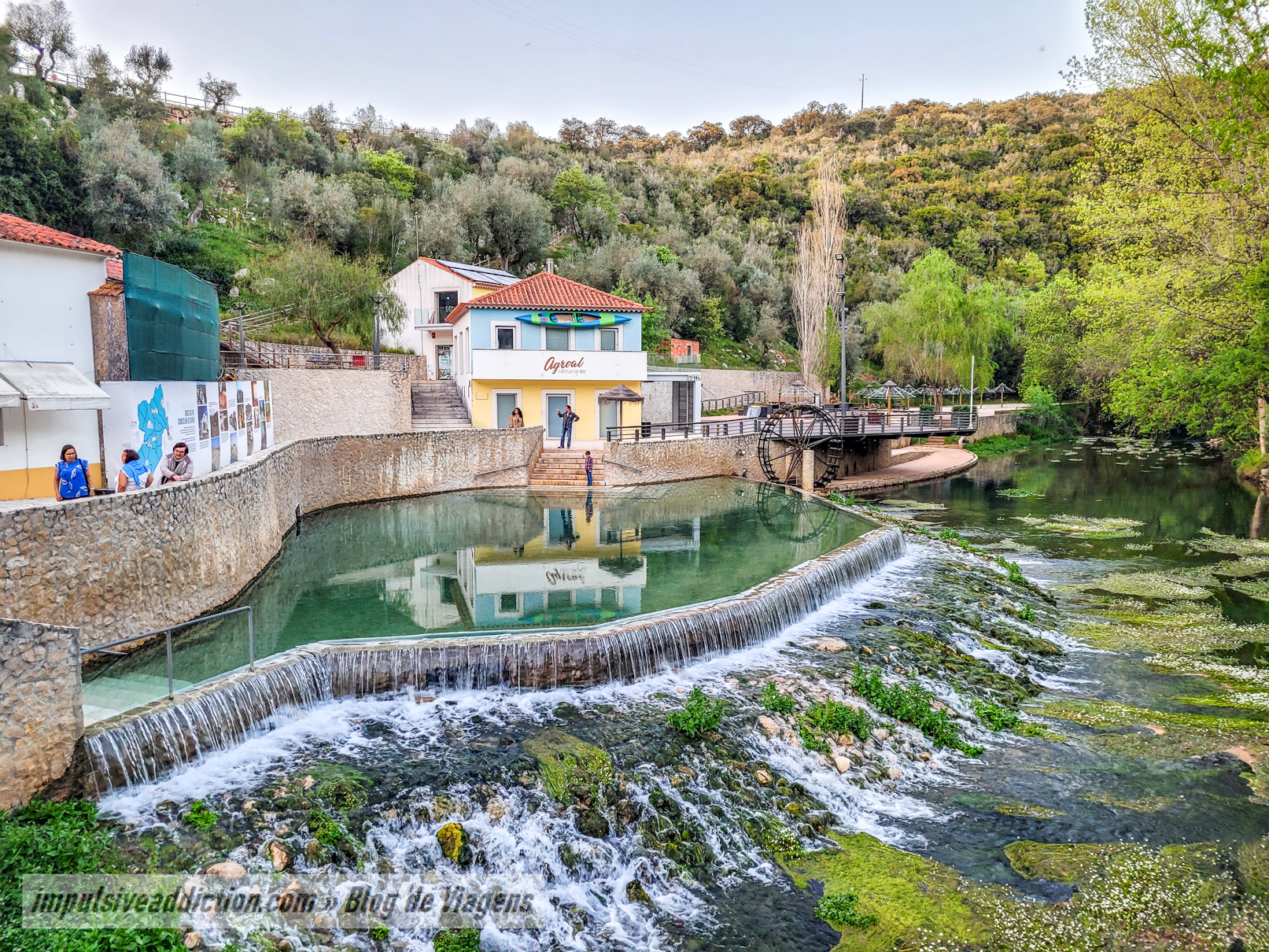
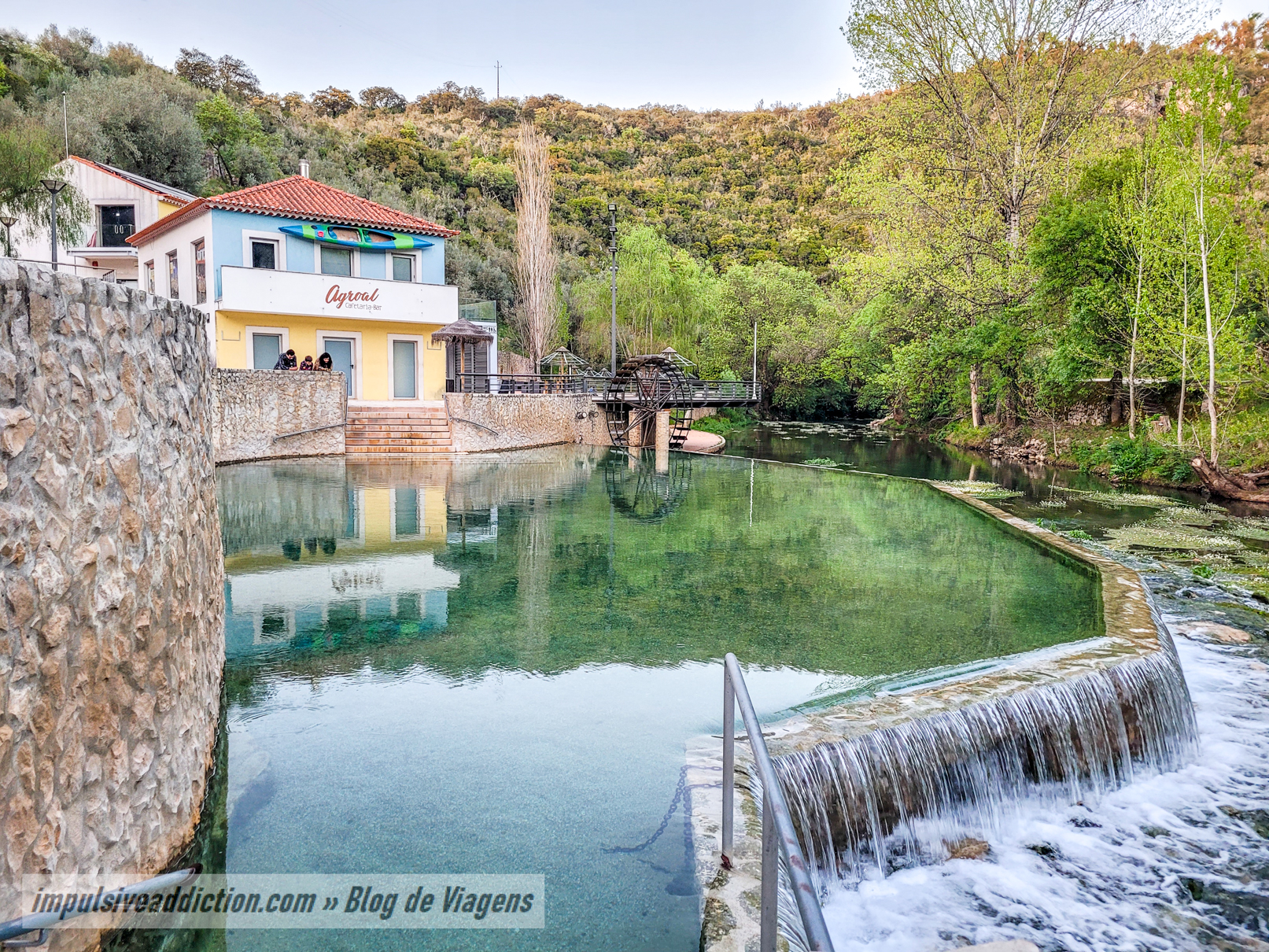
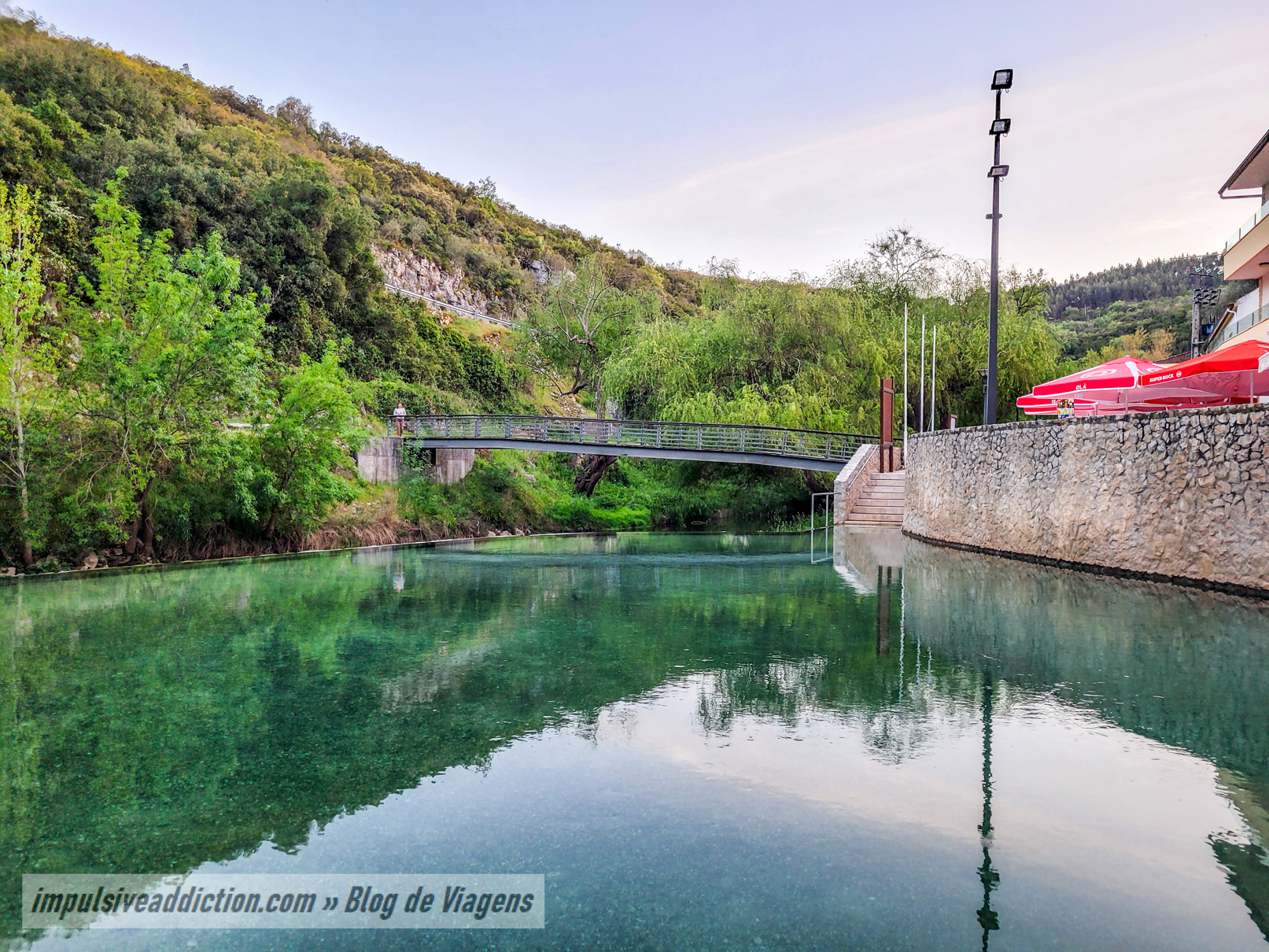
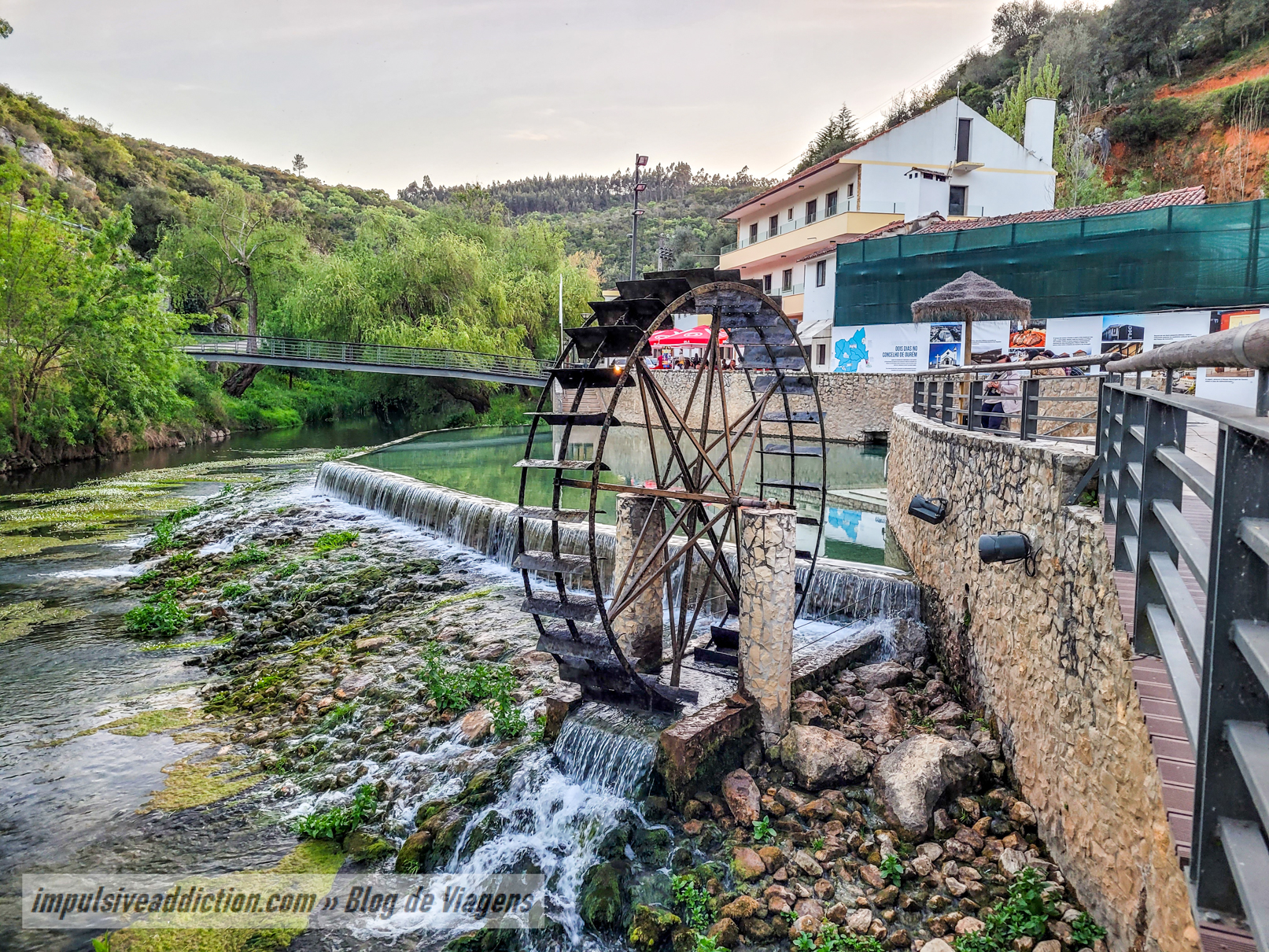
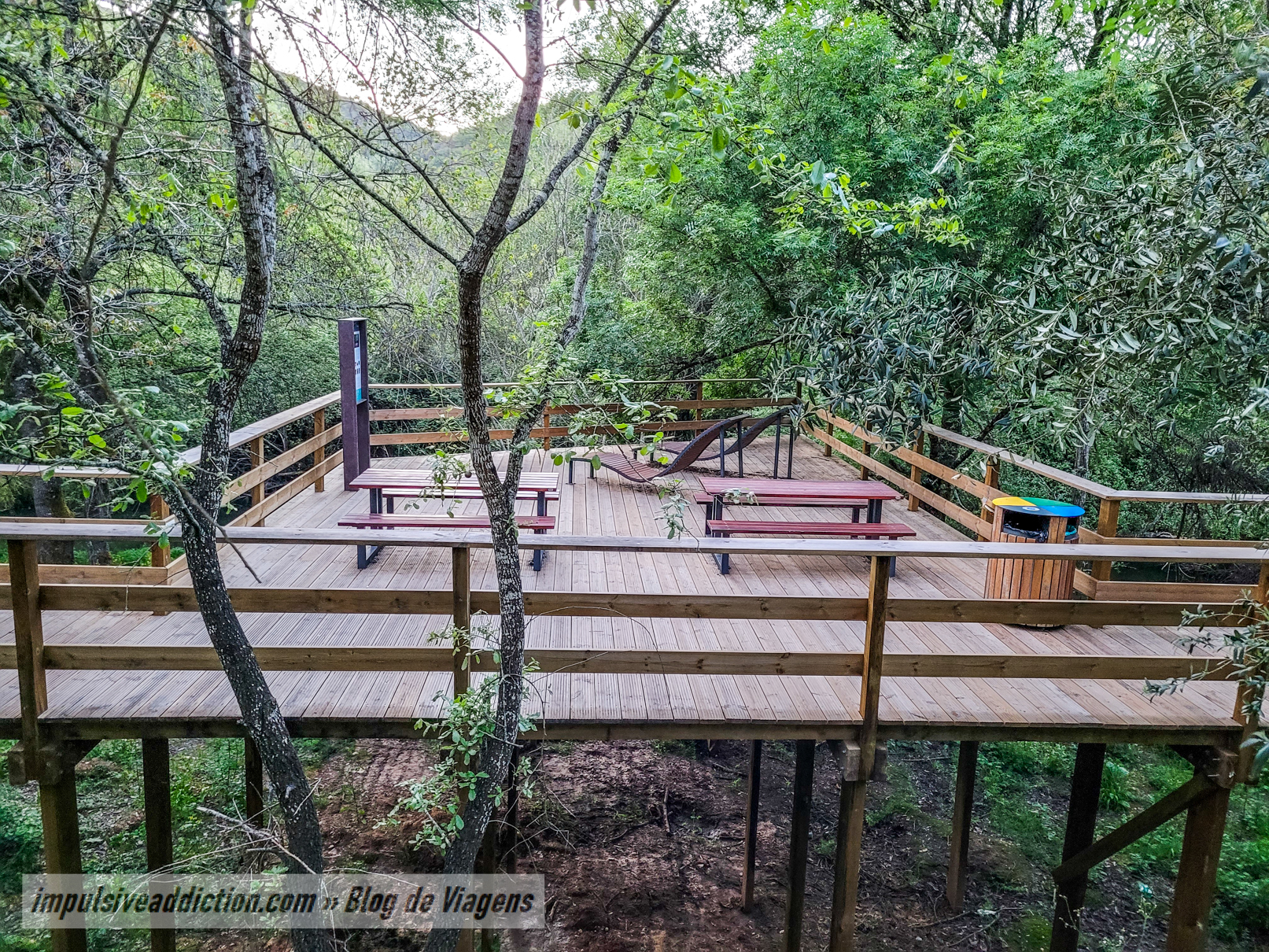
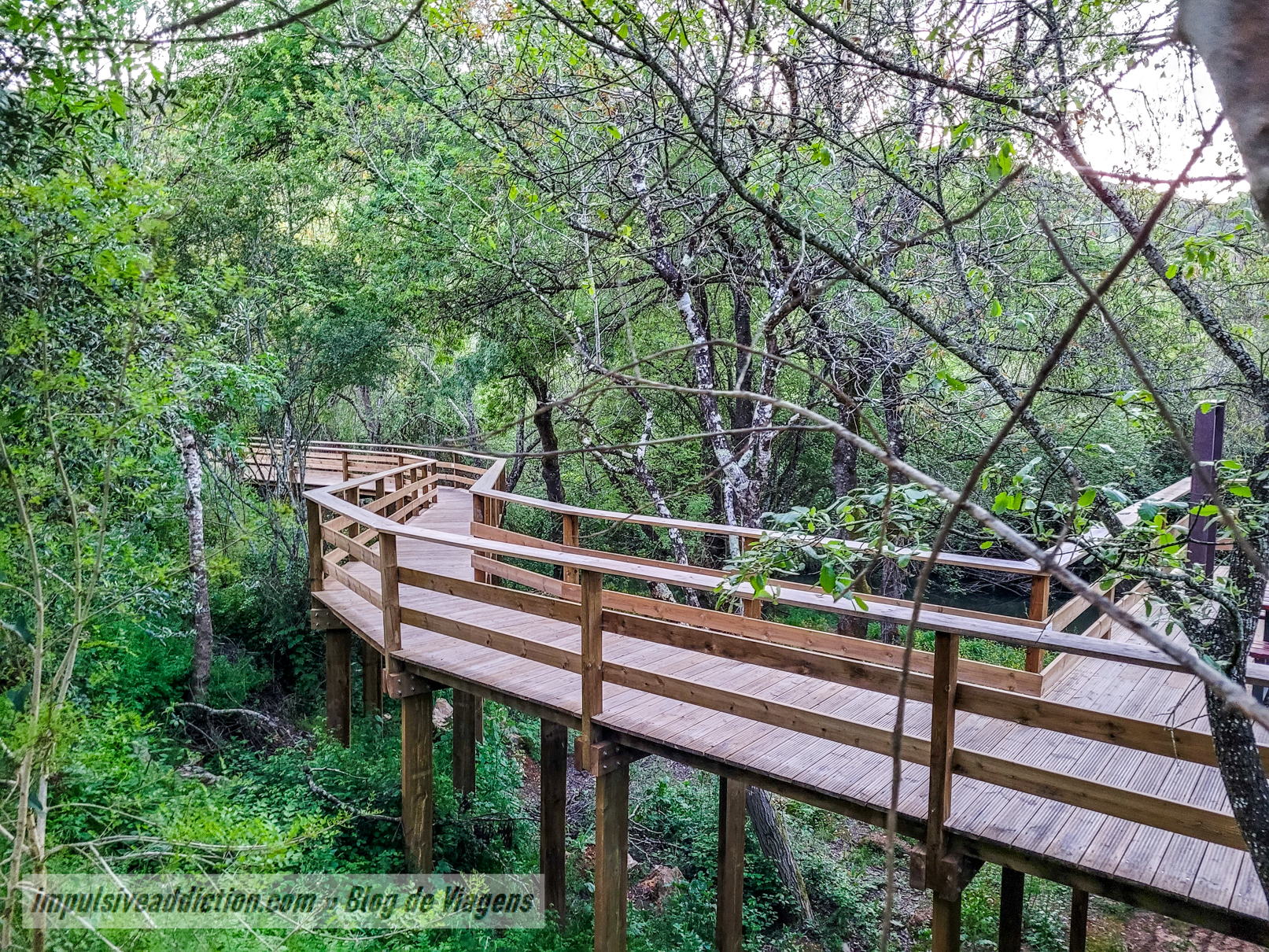
8. Visit Pia do Urso and its Sensory Ecopark
If you enjoyed visiting the Medieval Town of Ourém, I’m sure you’ll also love visiting Pia do Urso, another picturesque town not far from Fátima. If you like hiking, there is a fantastic trail to do there, with many recovered windmills along the way. It is the Windmills Route, about 7km long, and with easy to moderate difficulty.
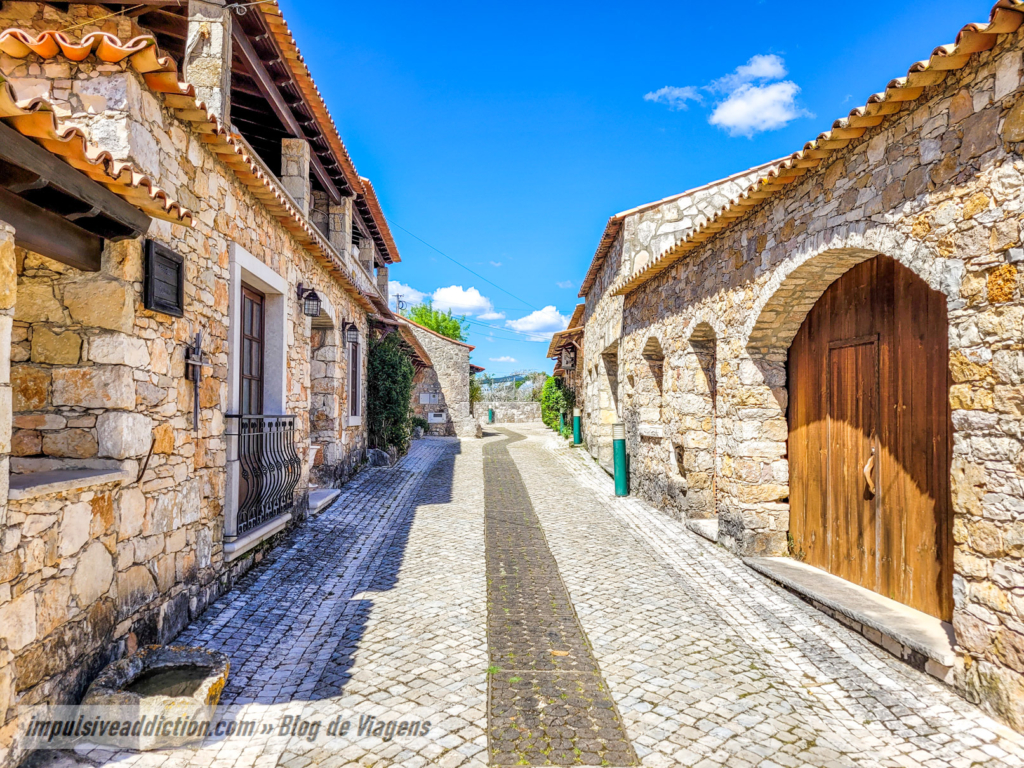
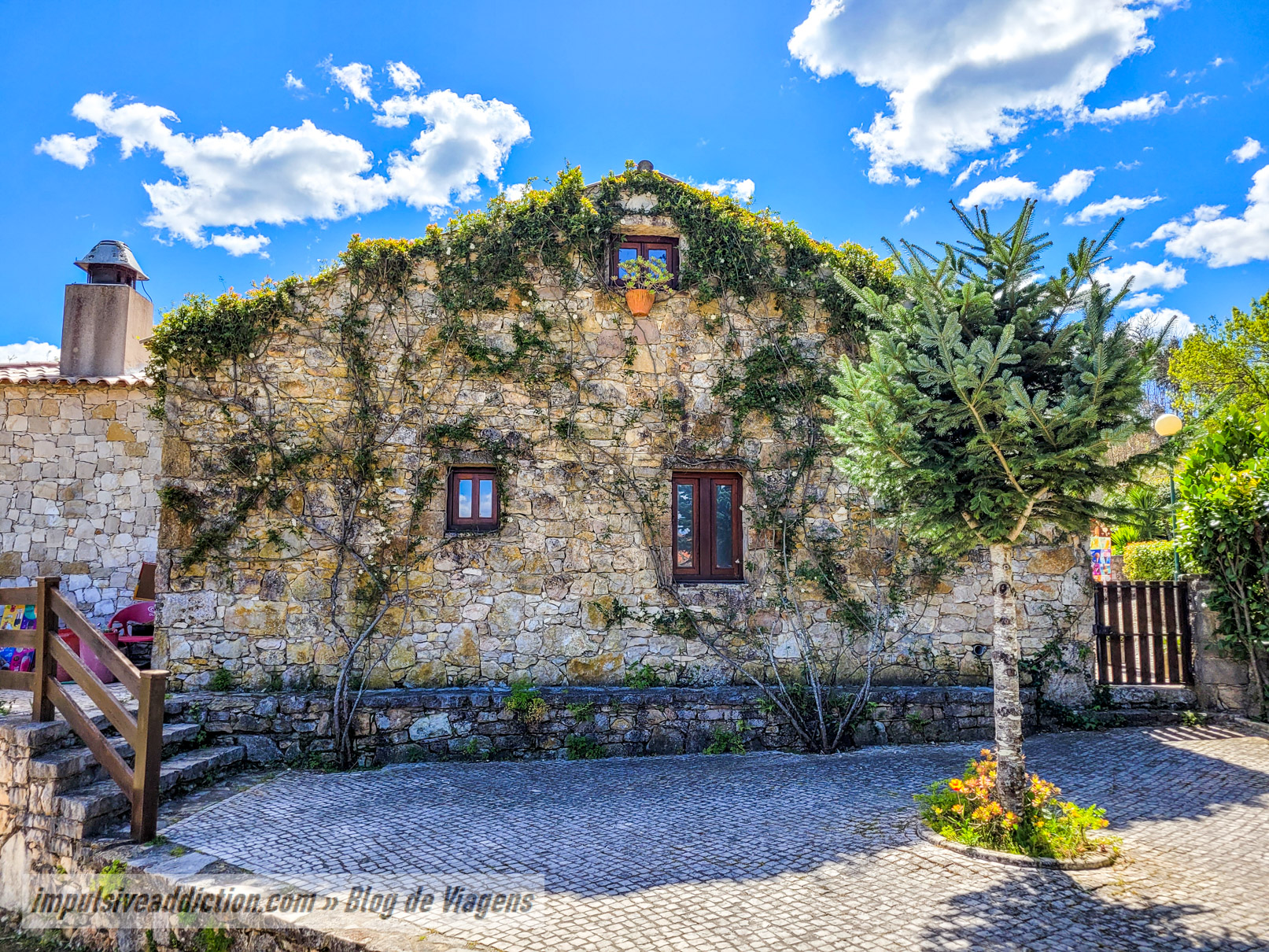
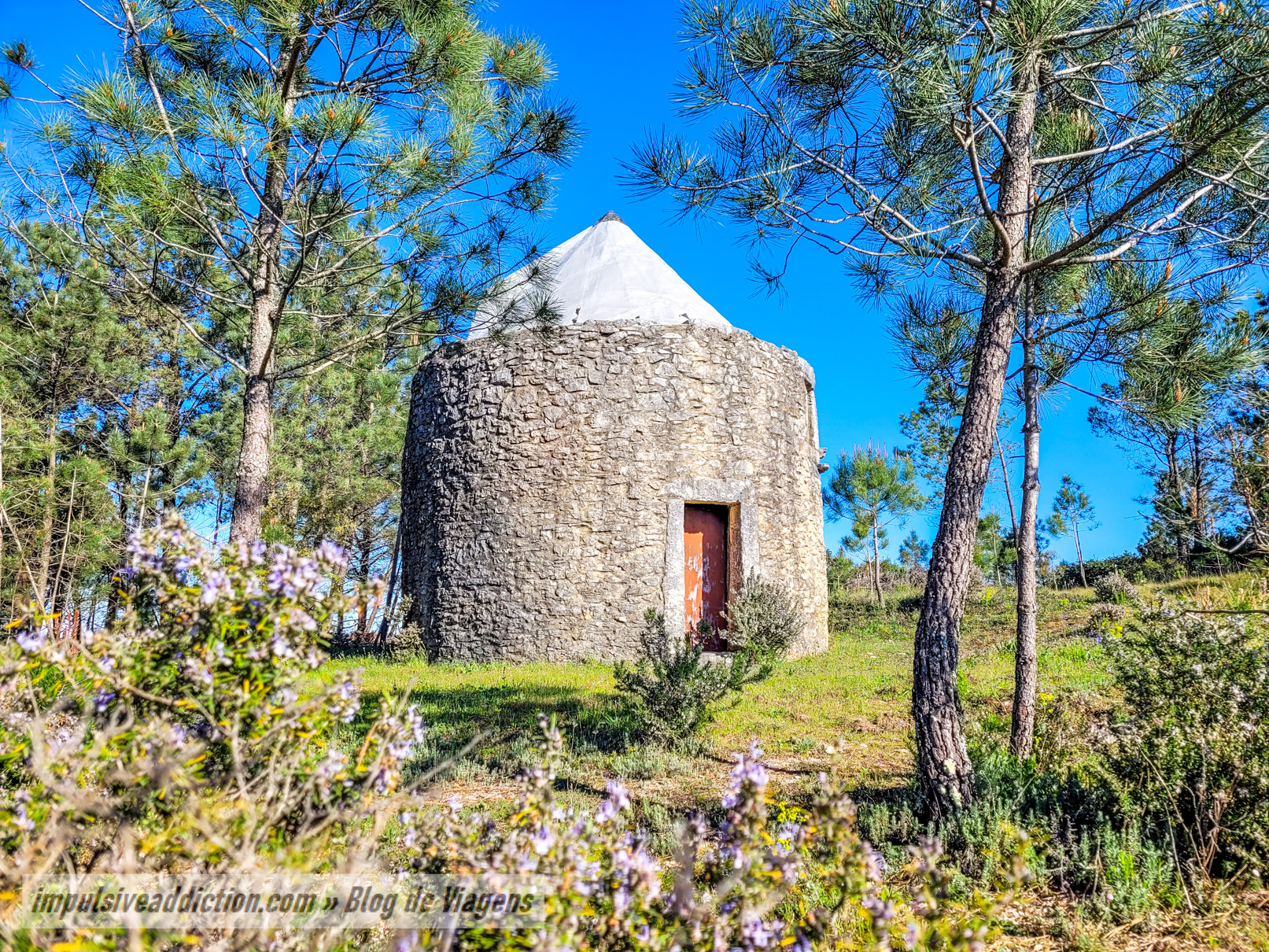
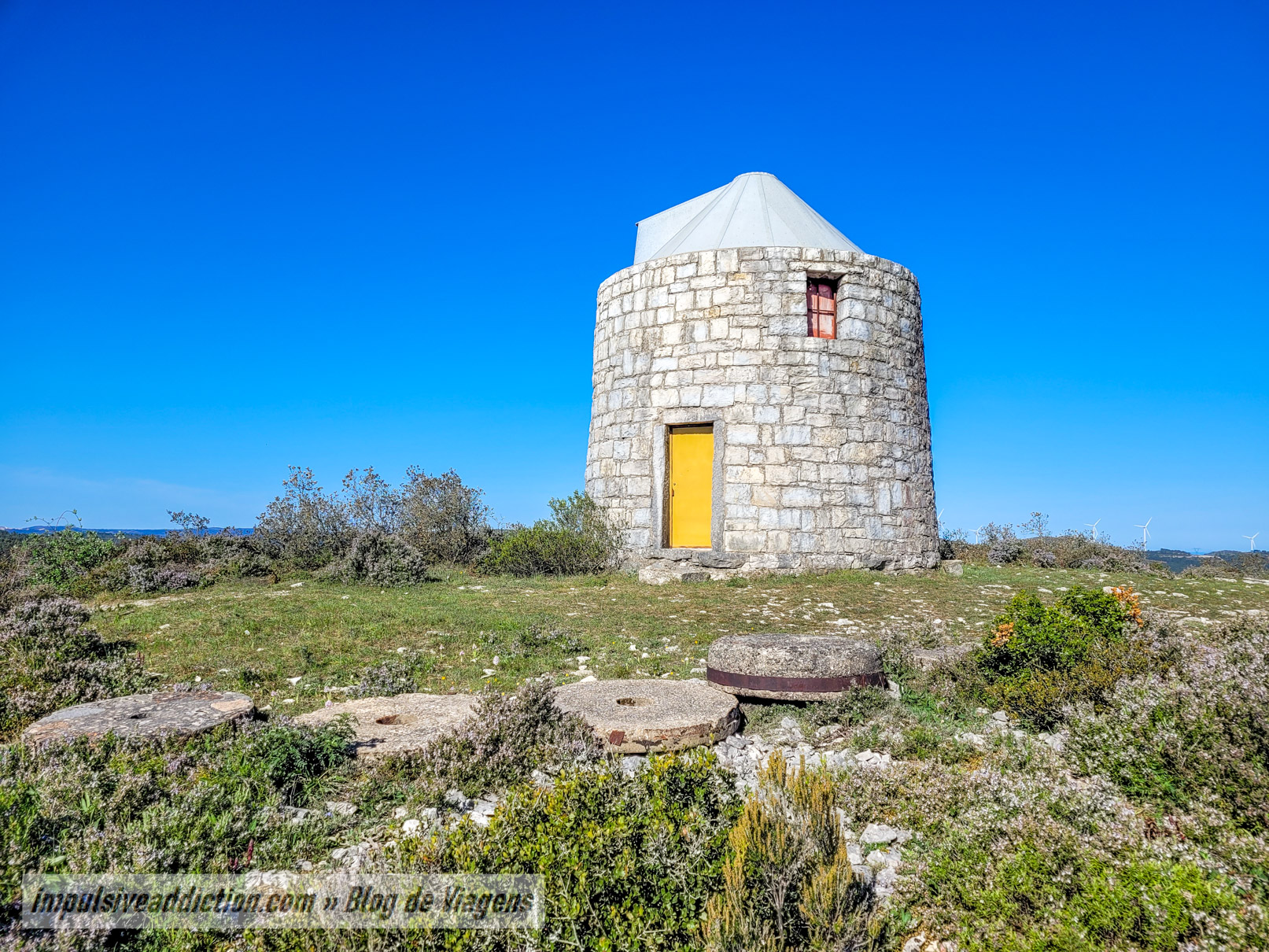
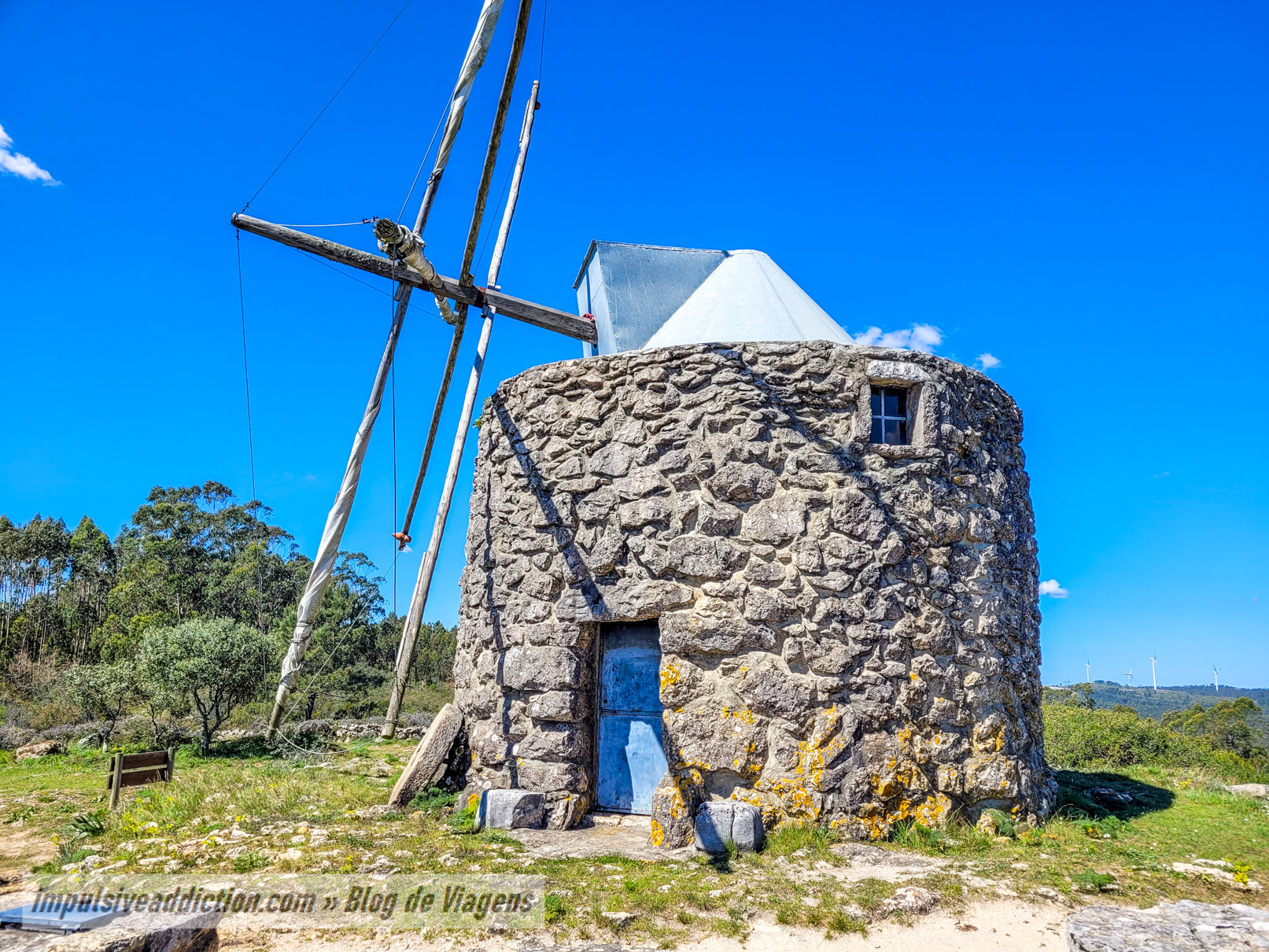
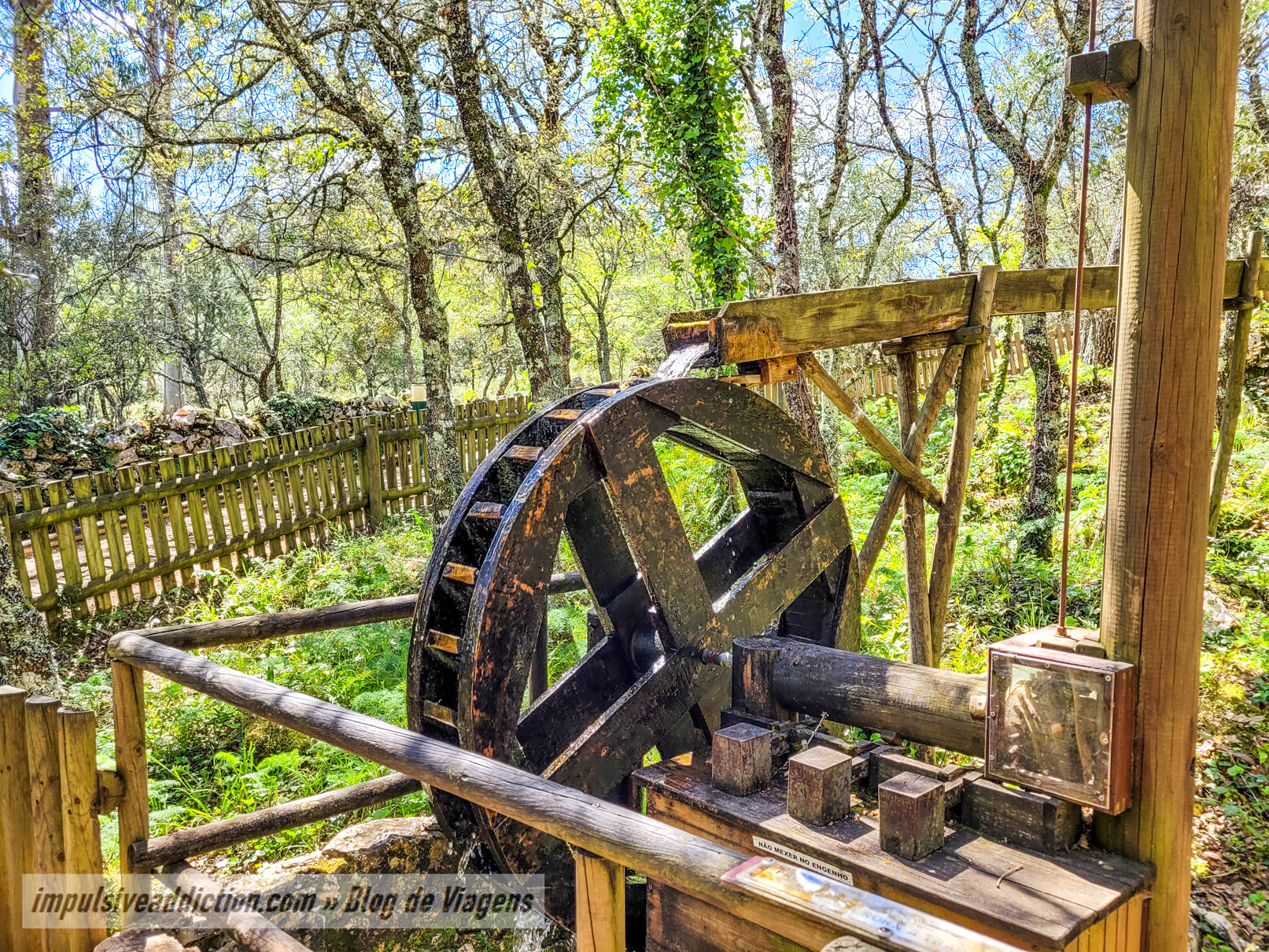
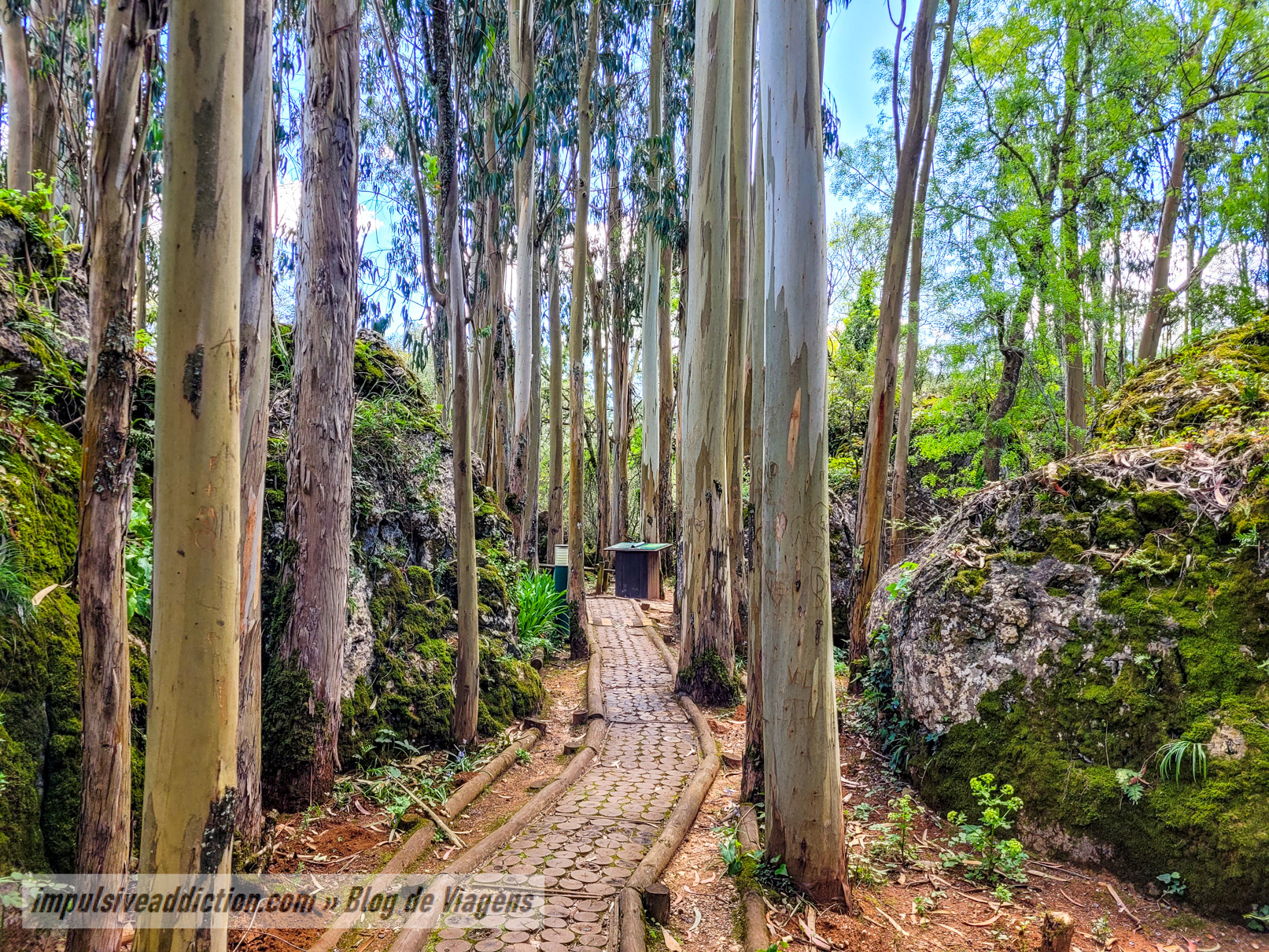
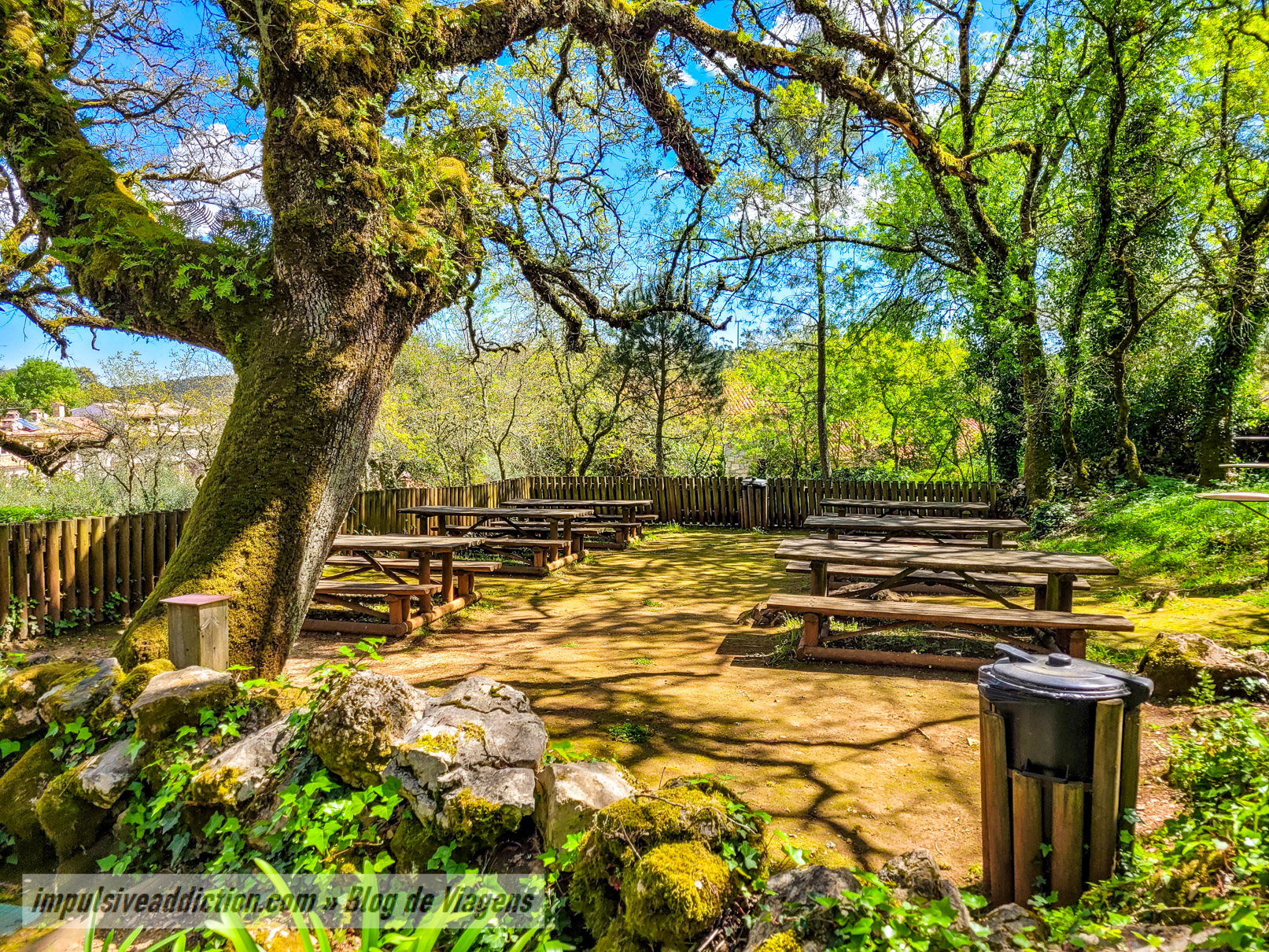
9. Hiking in the Natural Park of Serras de Aire e Candeeiros
Are you looking for more hikes to do? Fátima is very close to the Natural Park of Serras de Aire e Candeeiros, so it is very easy to point out pleasant trails to do in the region, such as the following:
- Fórnea Trail – allows you to visit the most impressive natural monument in the region after the aforementioned limestone caves. It has a waterfall, but it only has water in the days after raining. 😉
- Ecopista da Corredoura – nice place to walk or cycle in Porto de Mós. Also visit the Castle of Porto de Mós, very different from the others in Portugal.
- The Friars Route in Alcanena – with beautiful views from the top of the mountains. This is one of my favorite trails in the natural park, allowing you to pass through magnificent limestone fields.
- Polje de Minde Trail – in the right season (April/May), it allows you to walk through beautiful flowery fields near Mira de Aire. There are also several lakes to discover.
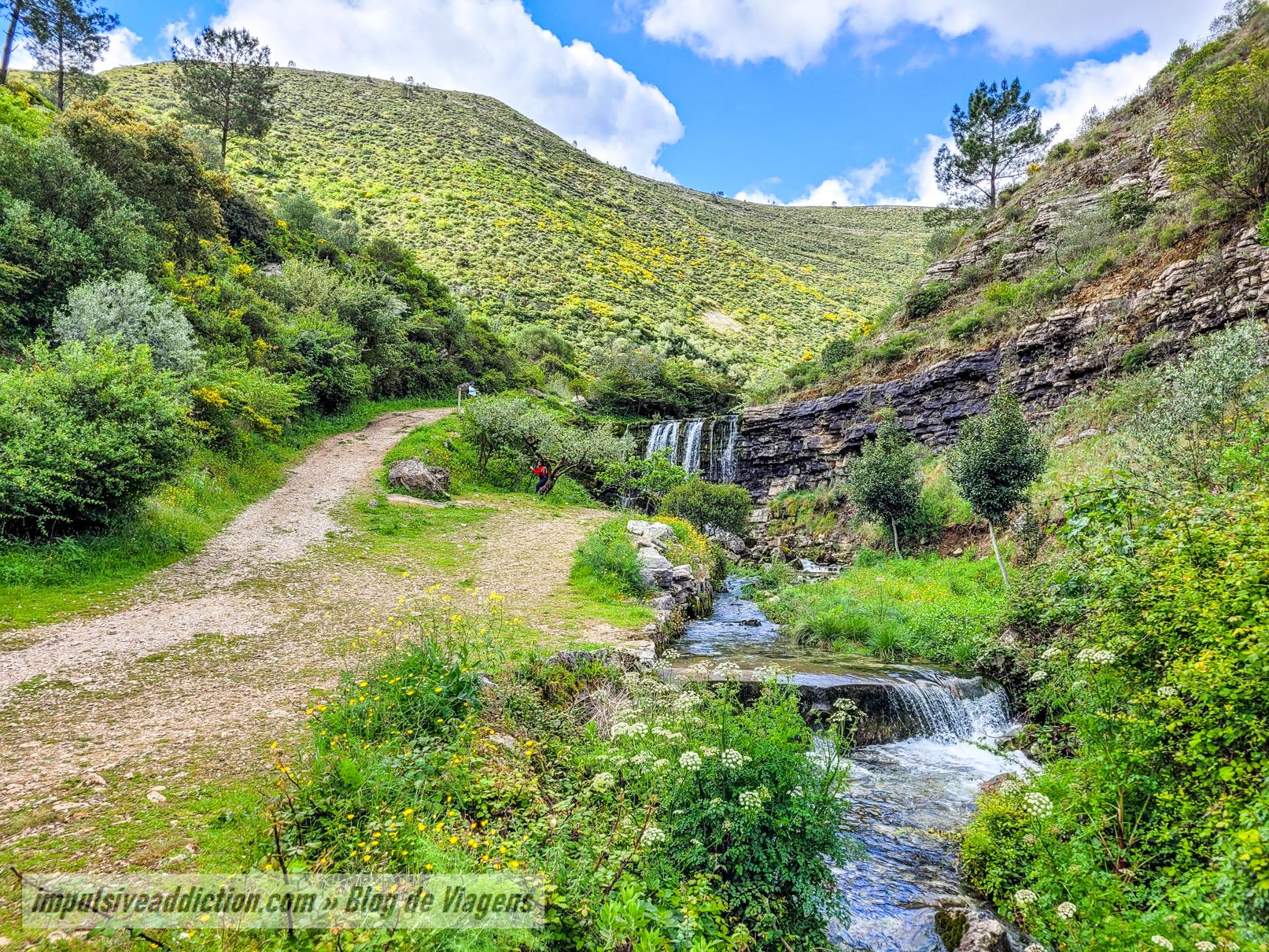
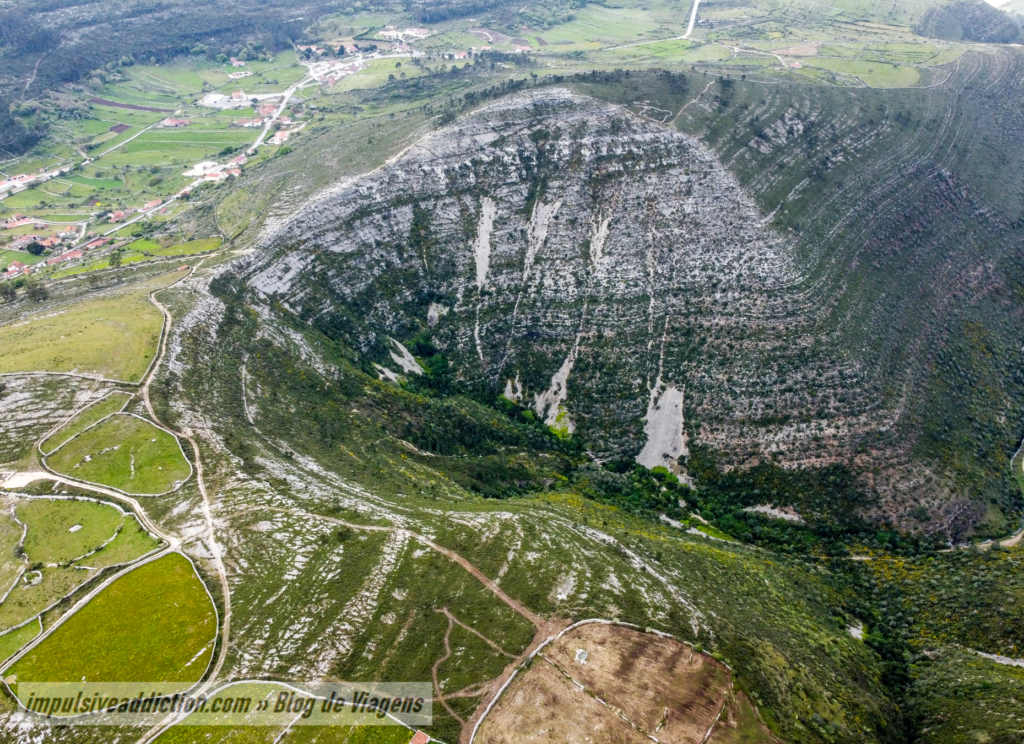
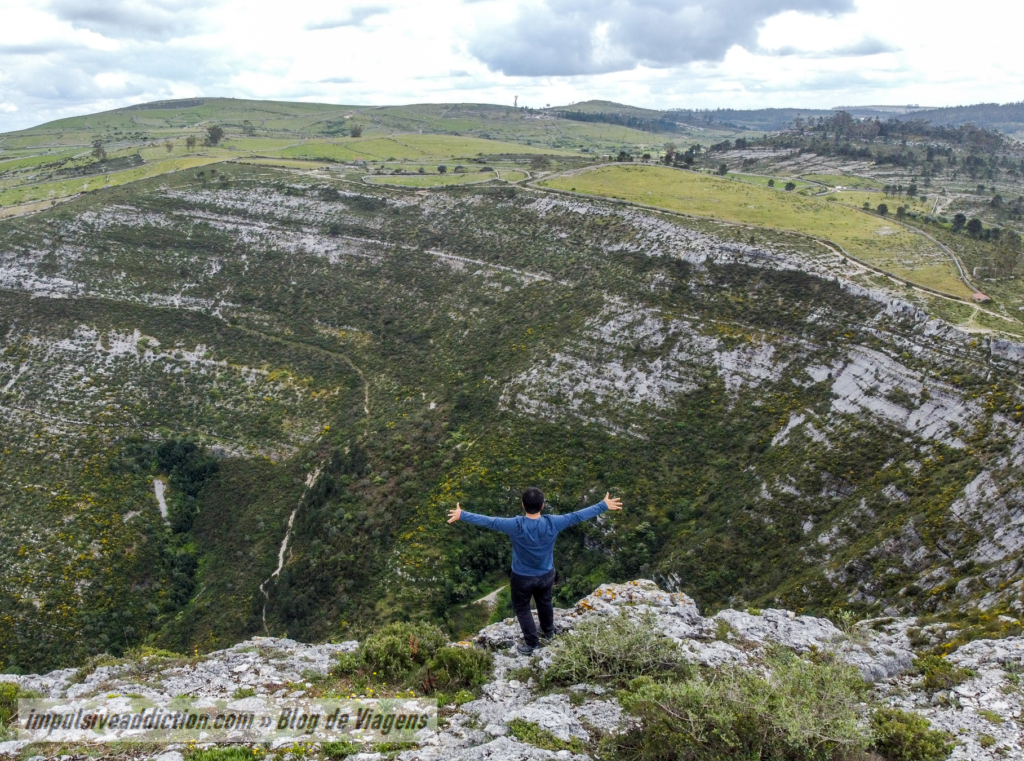
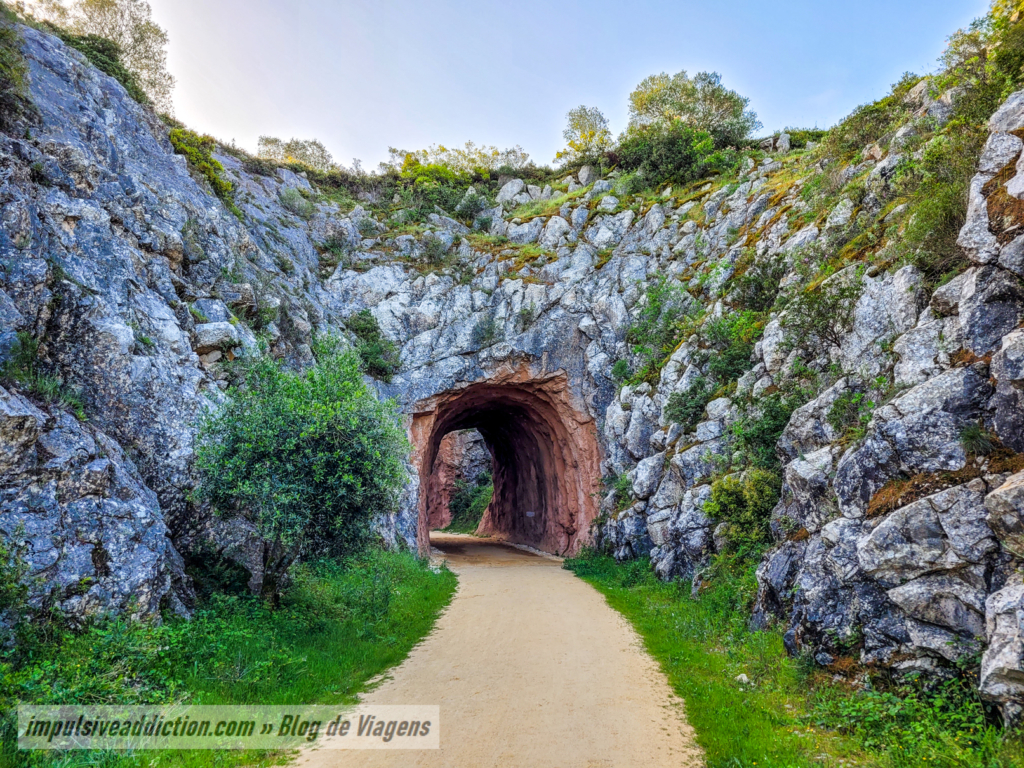
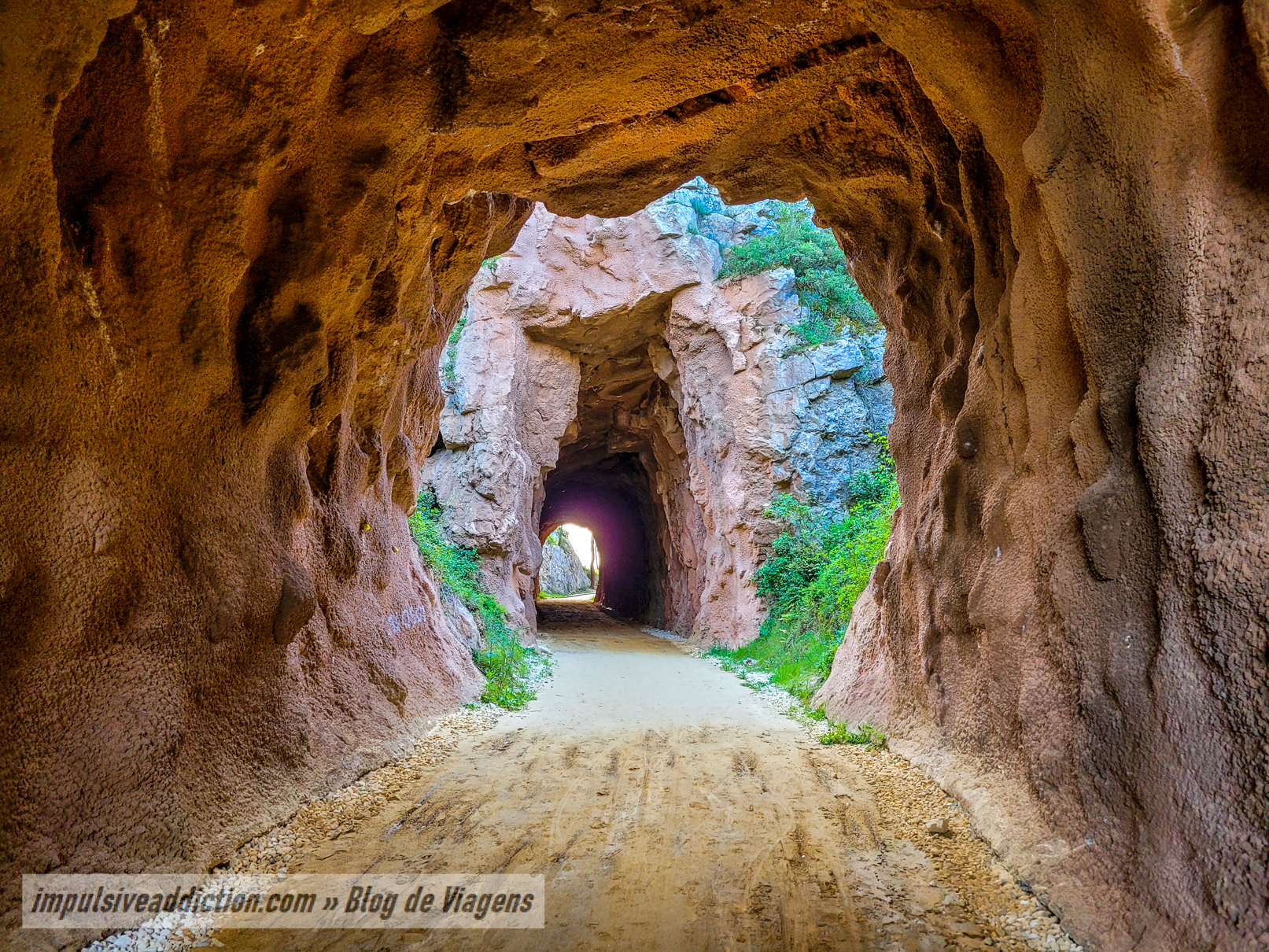
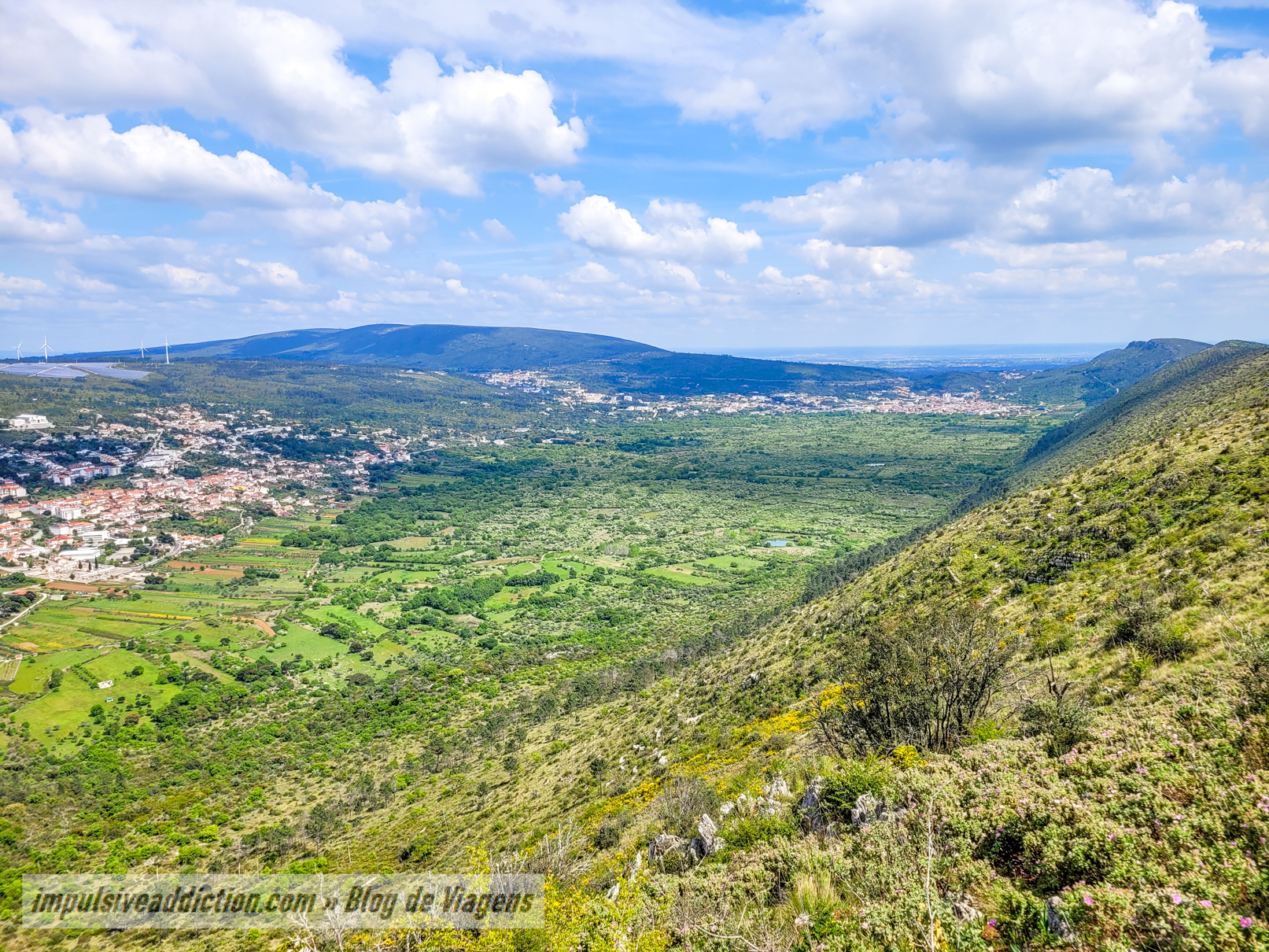
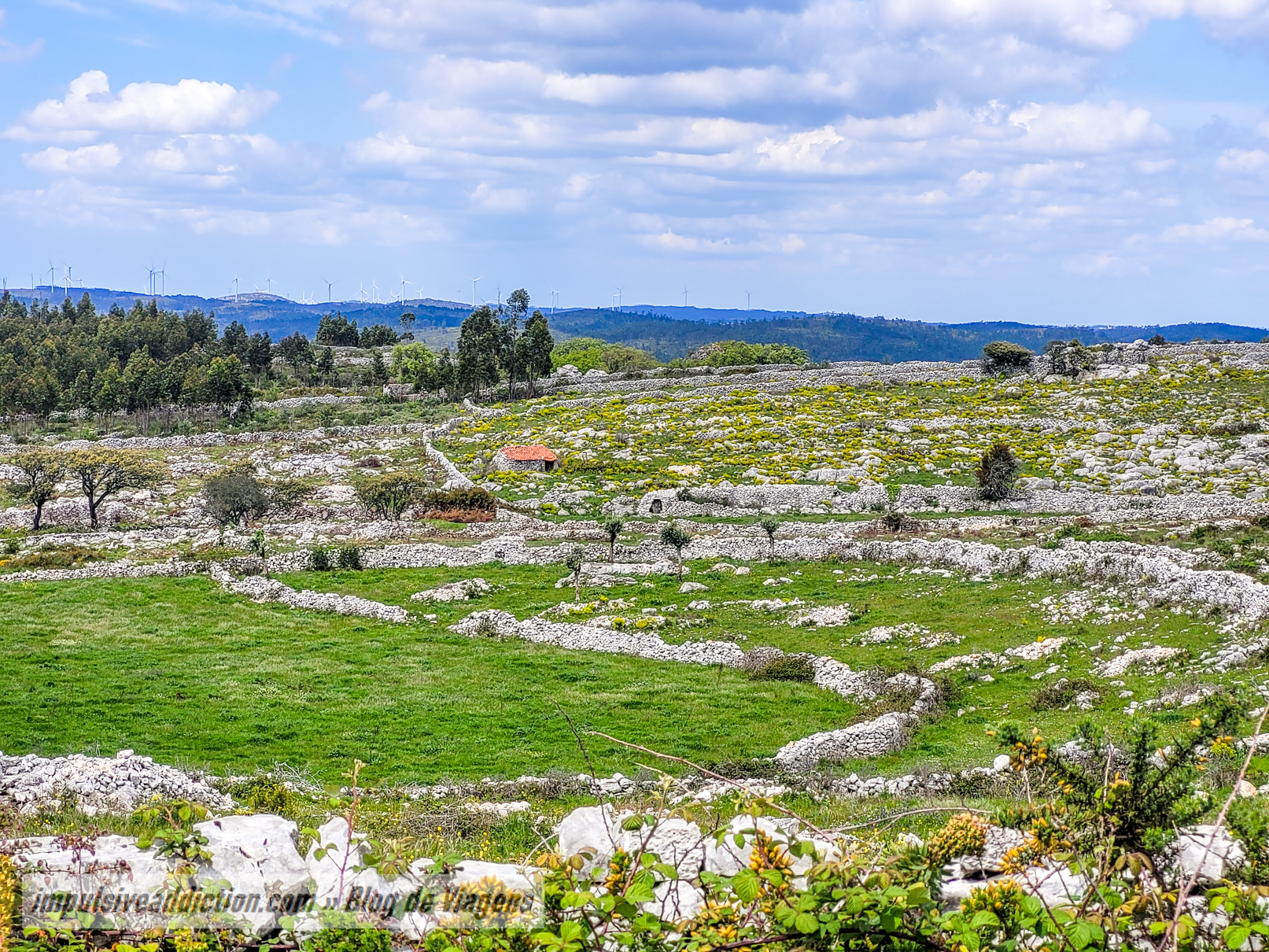
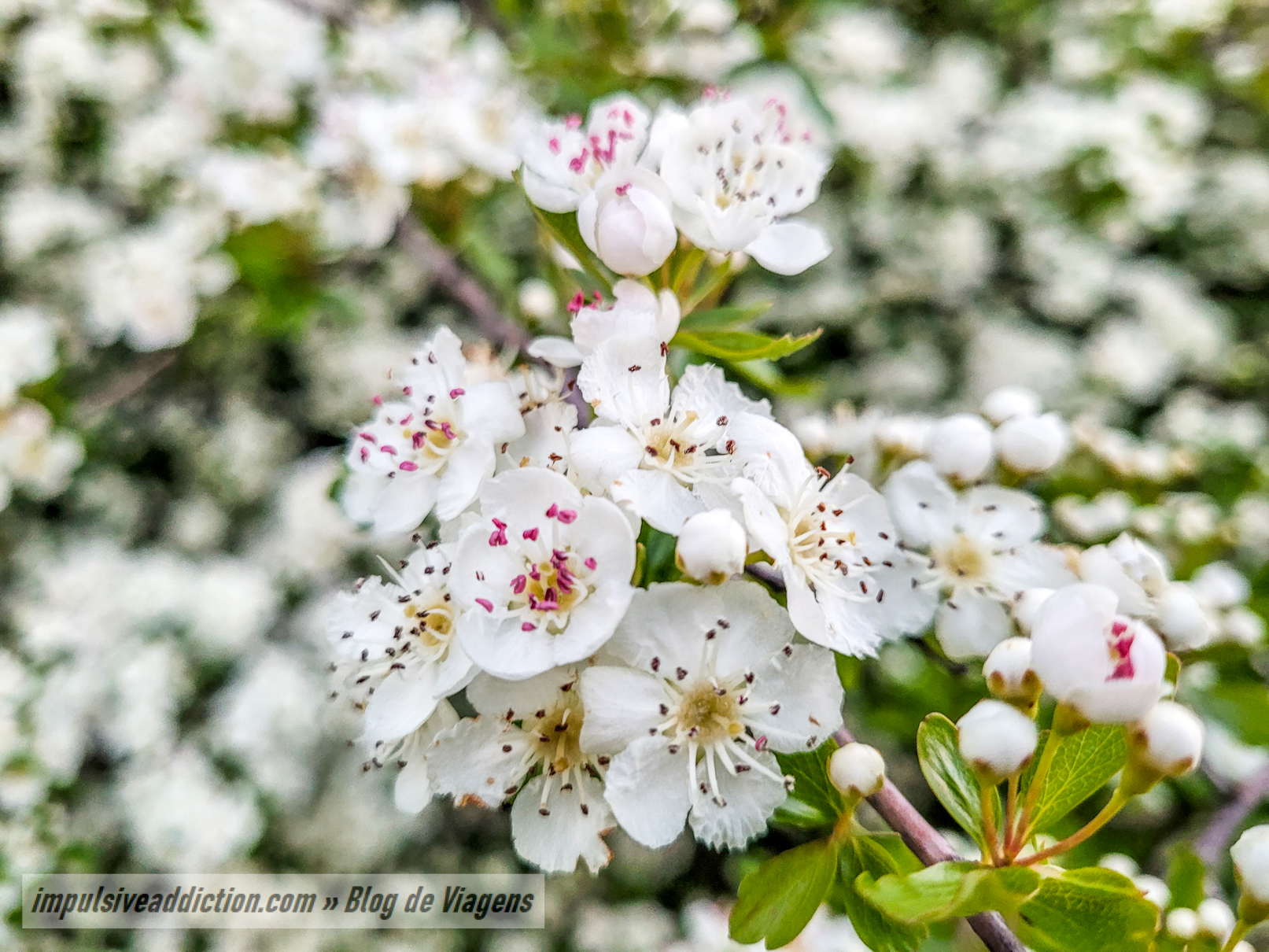
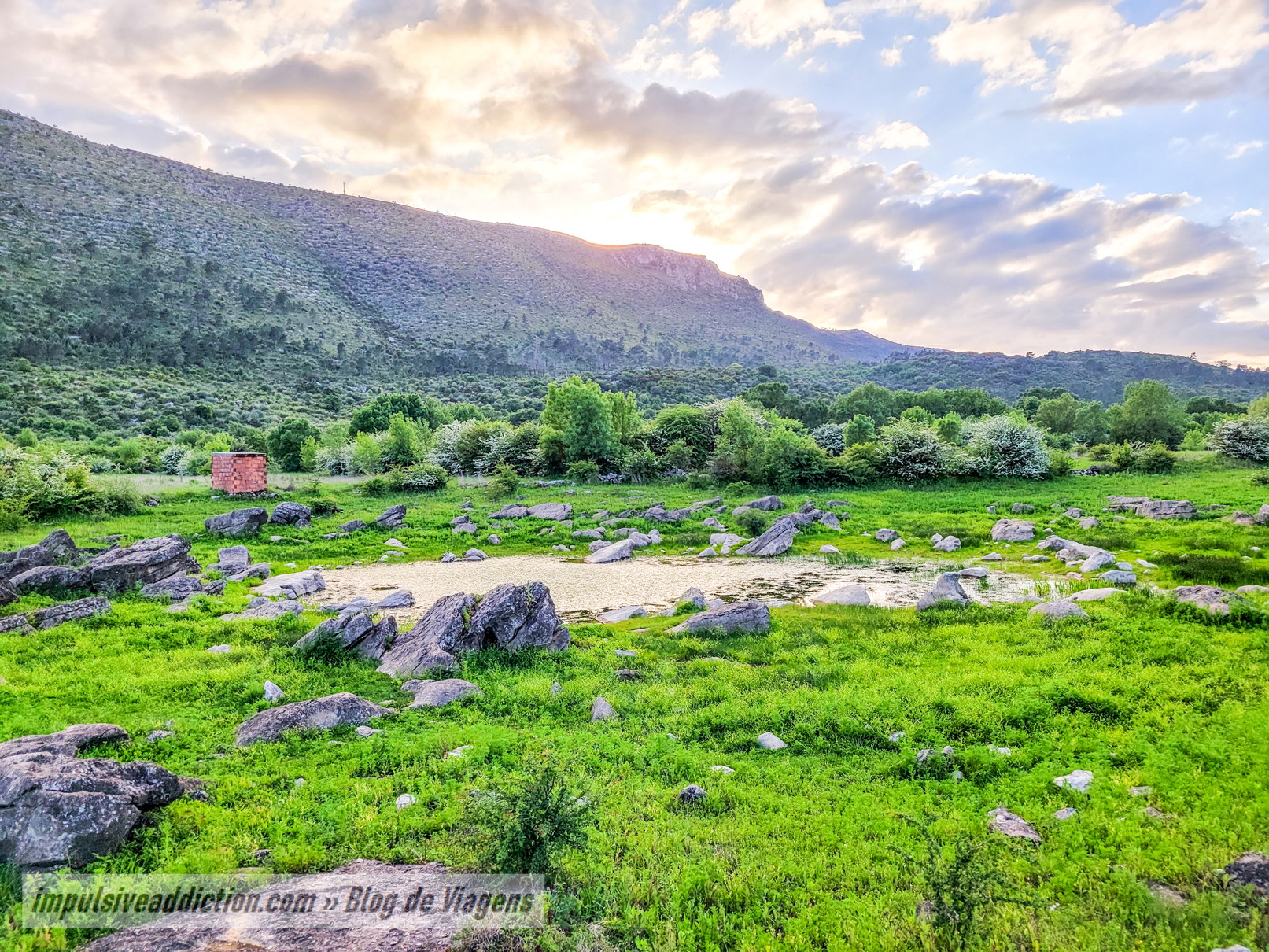
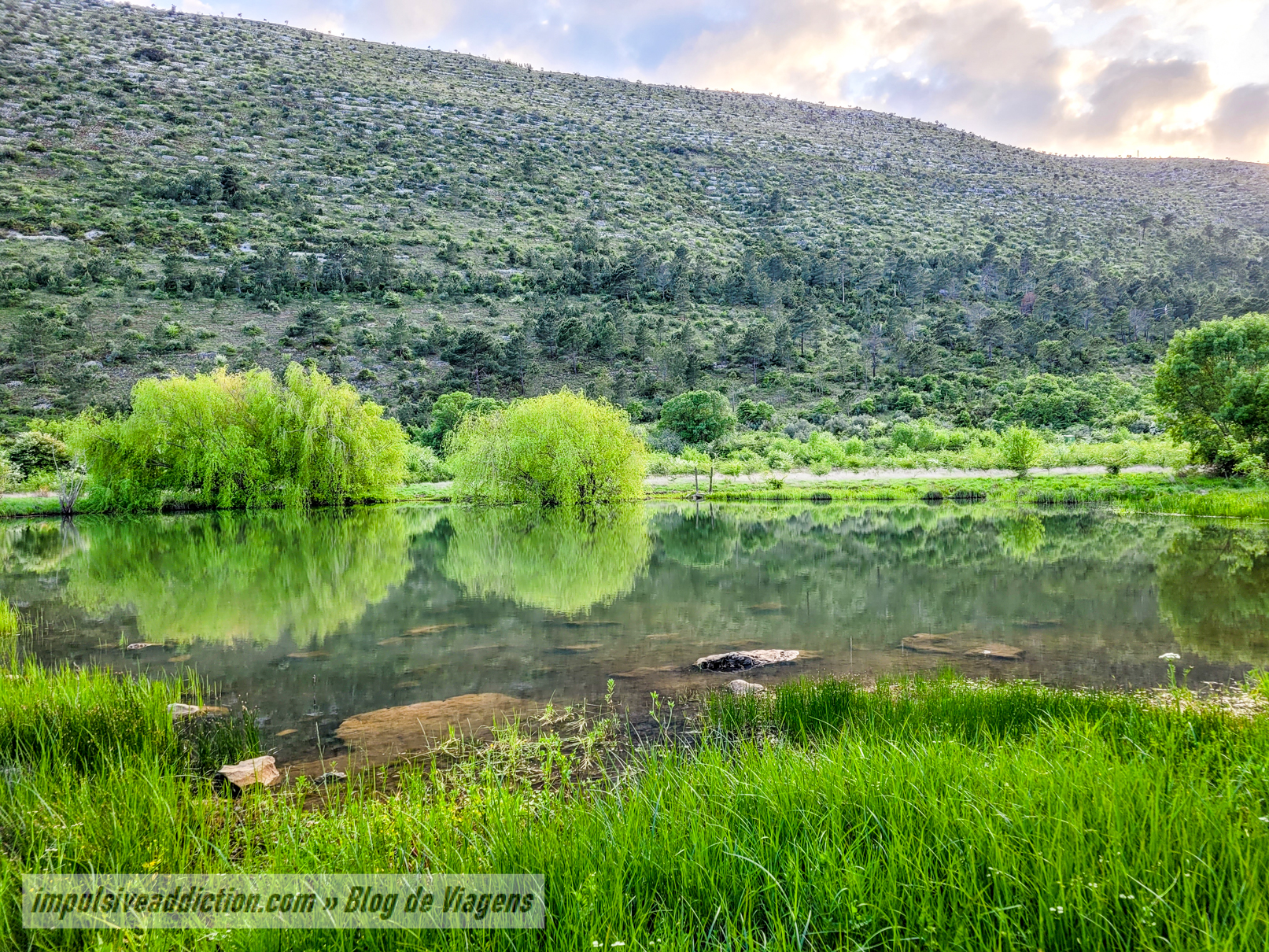
Other Itineraries and Travel Guides in Portugal
Of course there is much more to visit in Central Portugal and also on the rest of the country. Check my tips below for itineraries in Portugal, and just go explore. 😉
- N2 Portugal Road Trip Itinerary
- Madeira Itinerary and Travel Guide
- São Miguel Itinerary and Travel Guide (Azores)
- Terceira Itinerary and Travel Guide (Azores)
- Pico Itinerary in Azores
- Faial Itinerary in Azores
- Minho | Northern Portugal Itinerary
- Porto Itinerary and Travel Guide
- Things to do In Braga (Minho)
- Things to do in Guimarães (Minho)
- Things to do in Viana do Castelo (Minho)
- Peneda Gerês National Park Itinerary
- Douro Valley Itinerary
- Trás-os-Montes Itinerary
- Things to do in Bragança
- Montesinho Natural Park Itinerary
- Douro International Natural Park Itinerary
- Things to do in Aveiro
- Things to do in Coimbra
- Things to do in Leiria
- Things to do in Nazaré
- Things to do in Peniche
- Things to do in Évora (Alentejo)
- Things to do in Beja (Alentejo)
- Algarve Road Trip Itinerary
- Things to do in Lagos (Algarve)
- Things to do in Portimão (Algarve)
- Things to do in Faro (Algarve)
- Things to do in Tavira (Algarve)
I hope this list of things to do in Fátima was useful to you, and I hope it has helped you plan your trip to Portugal. Please leave your comments in the section below, or just share with me your own experience, okay? 😉
